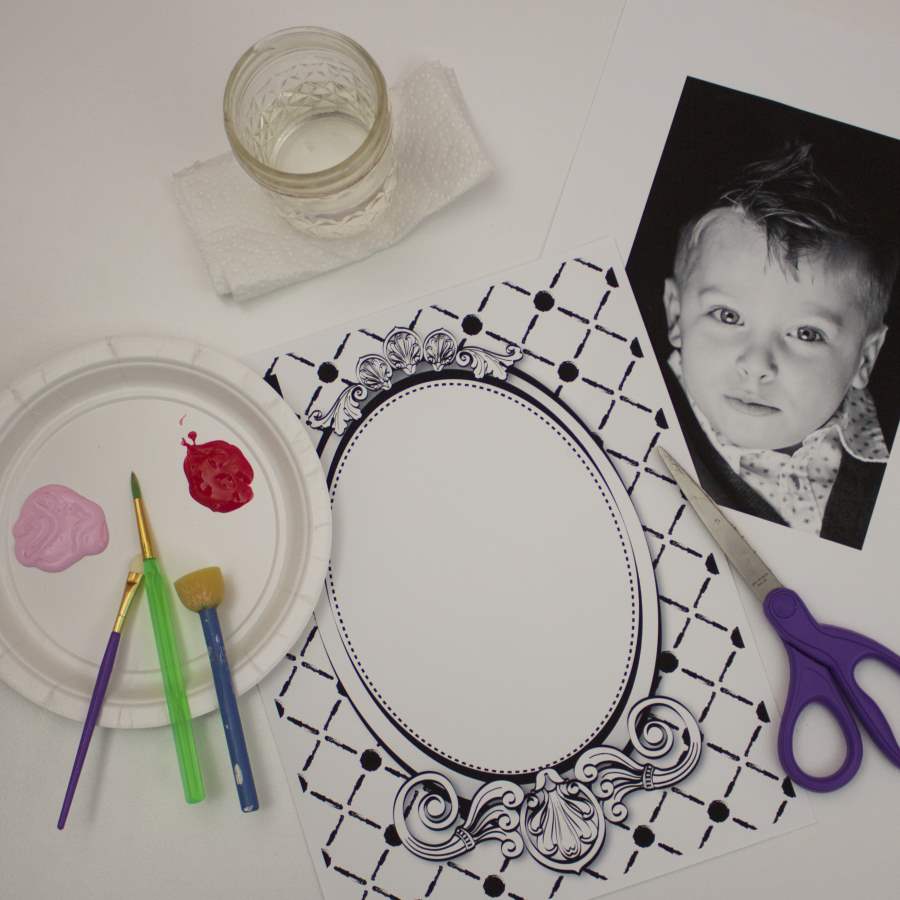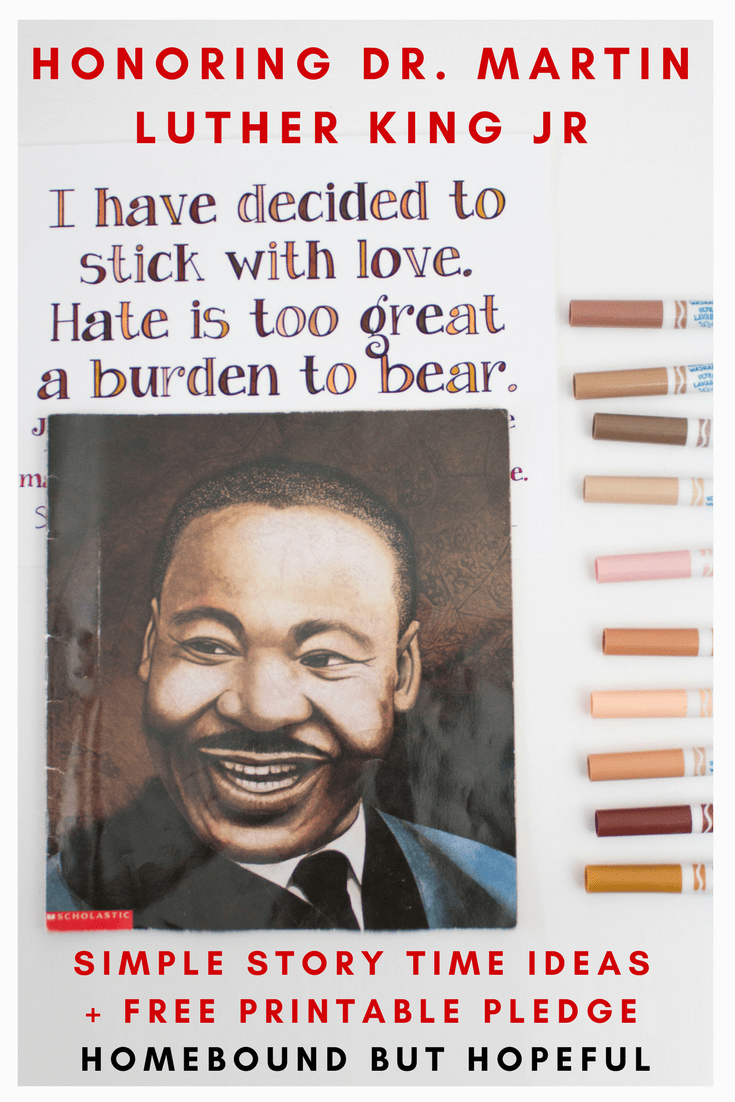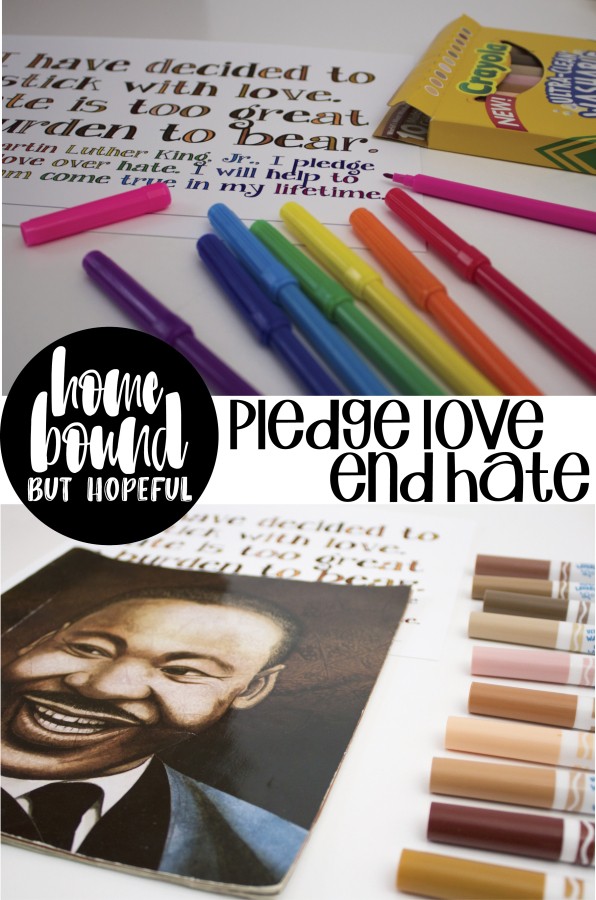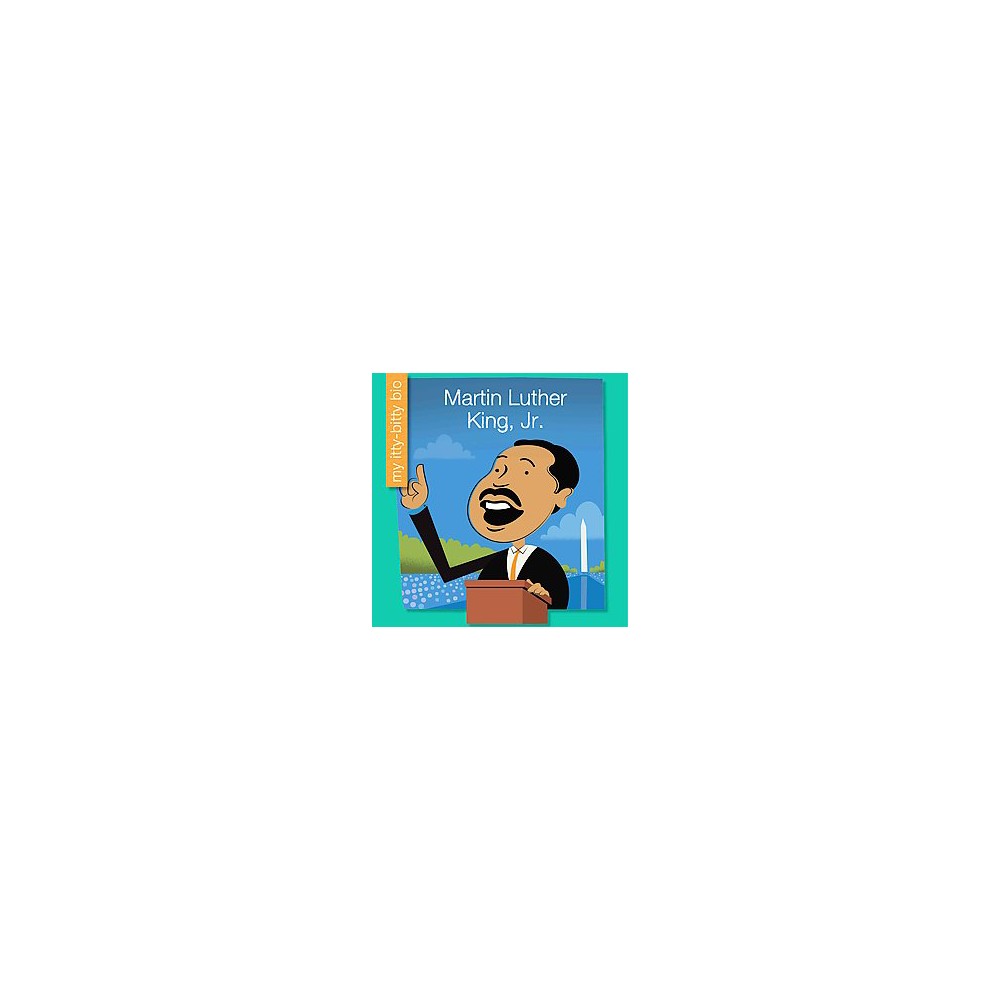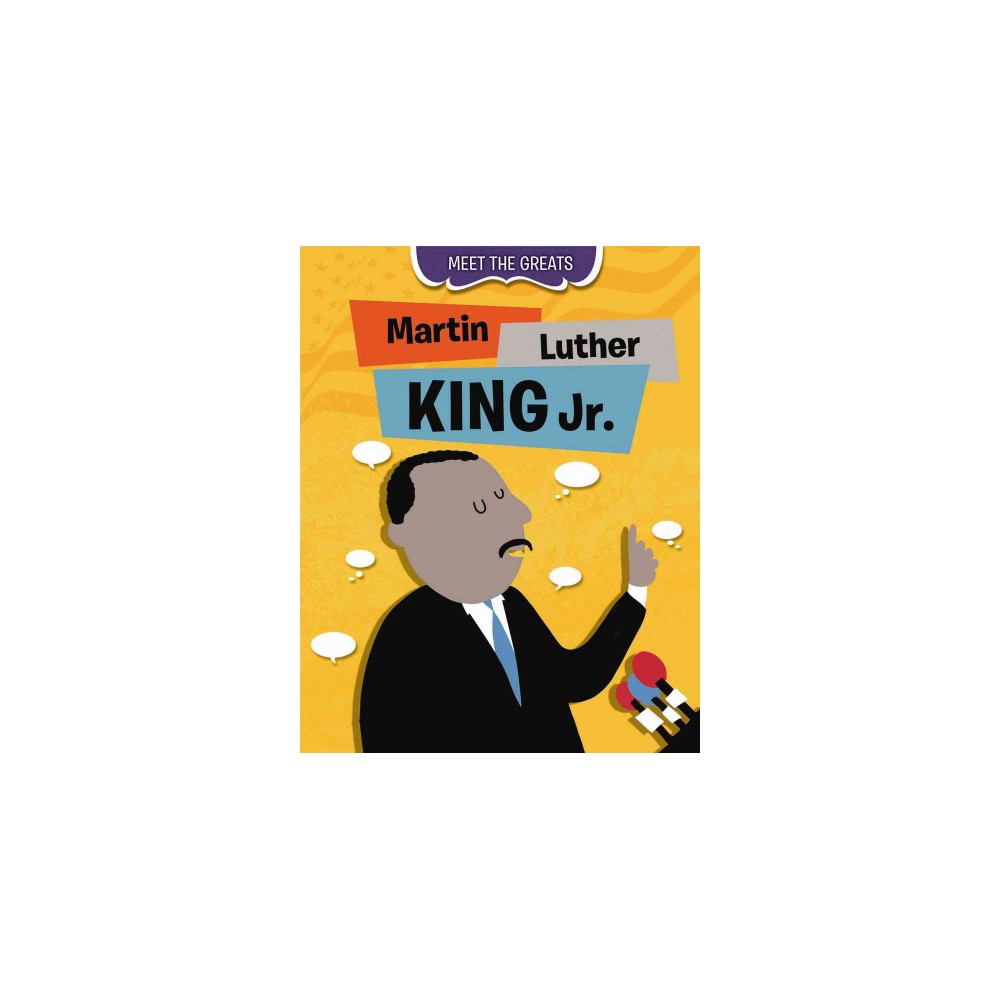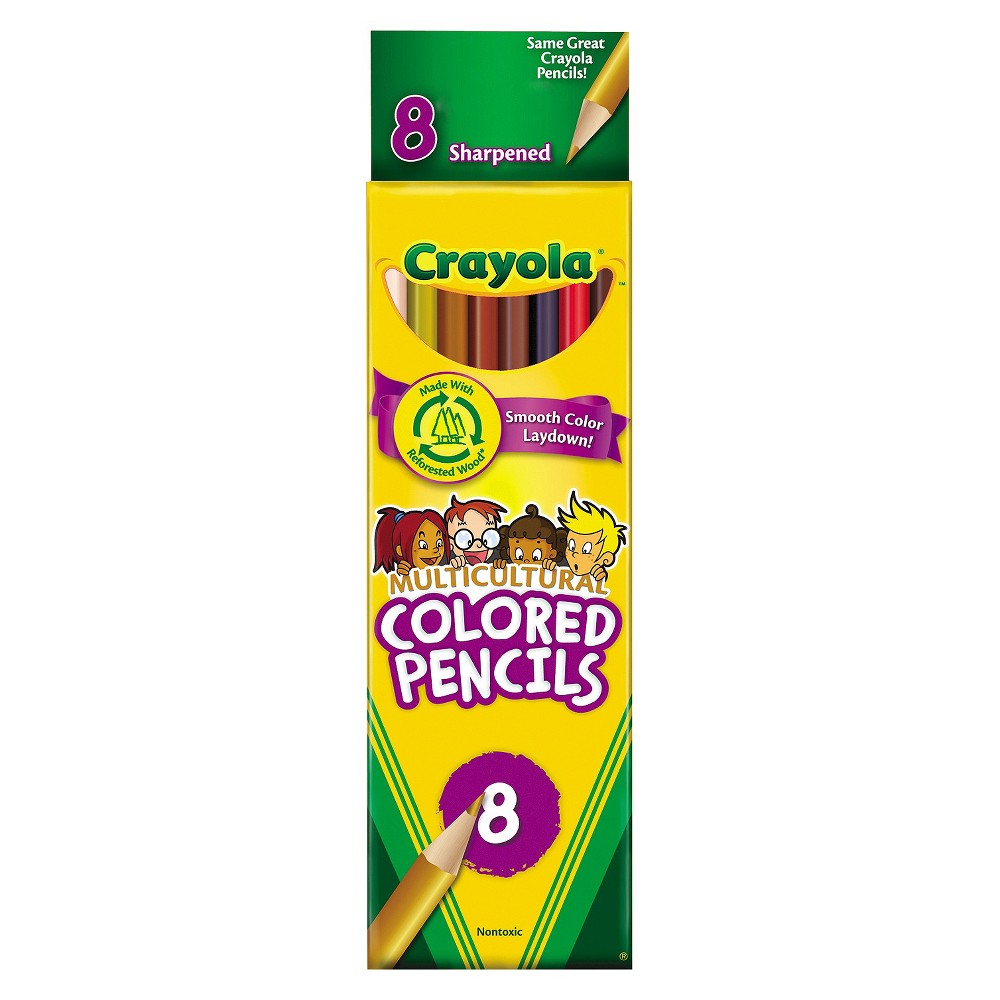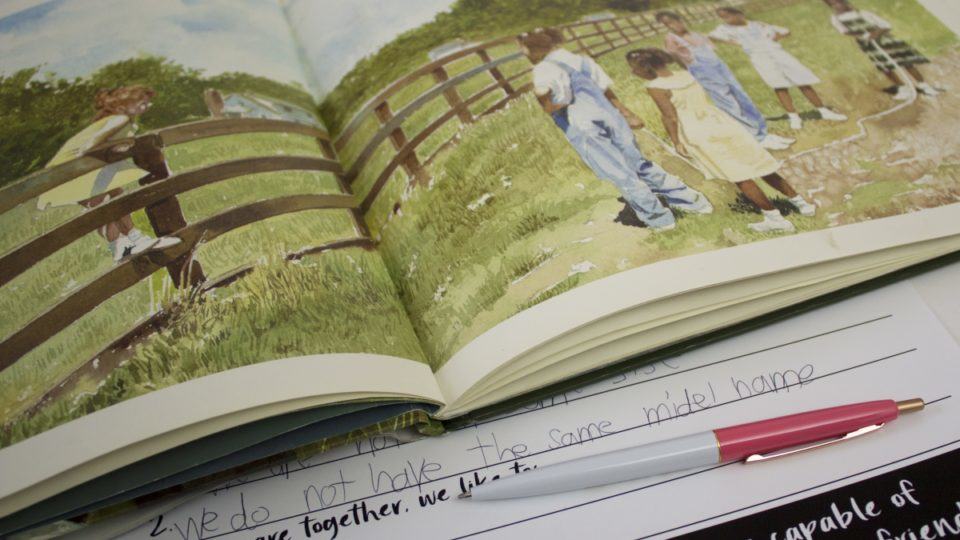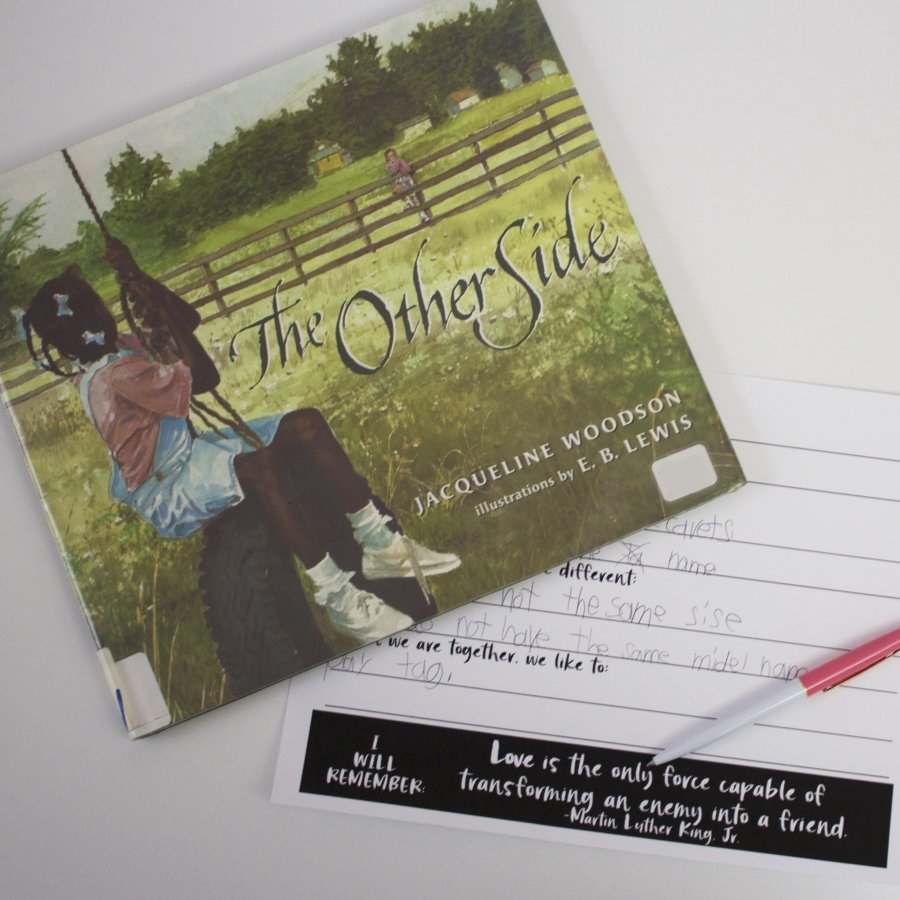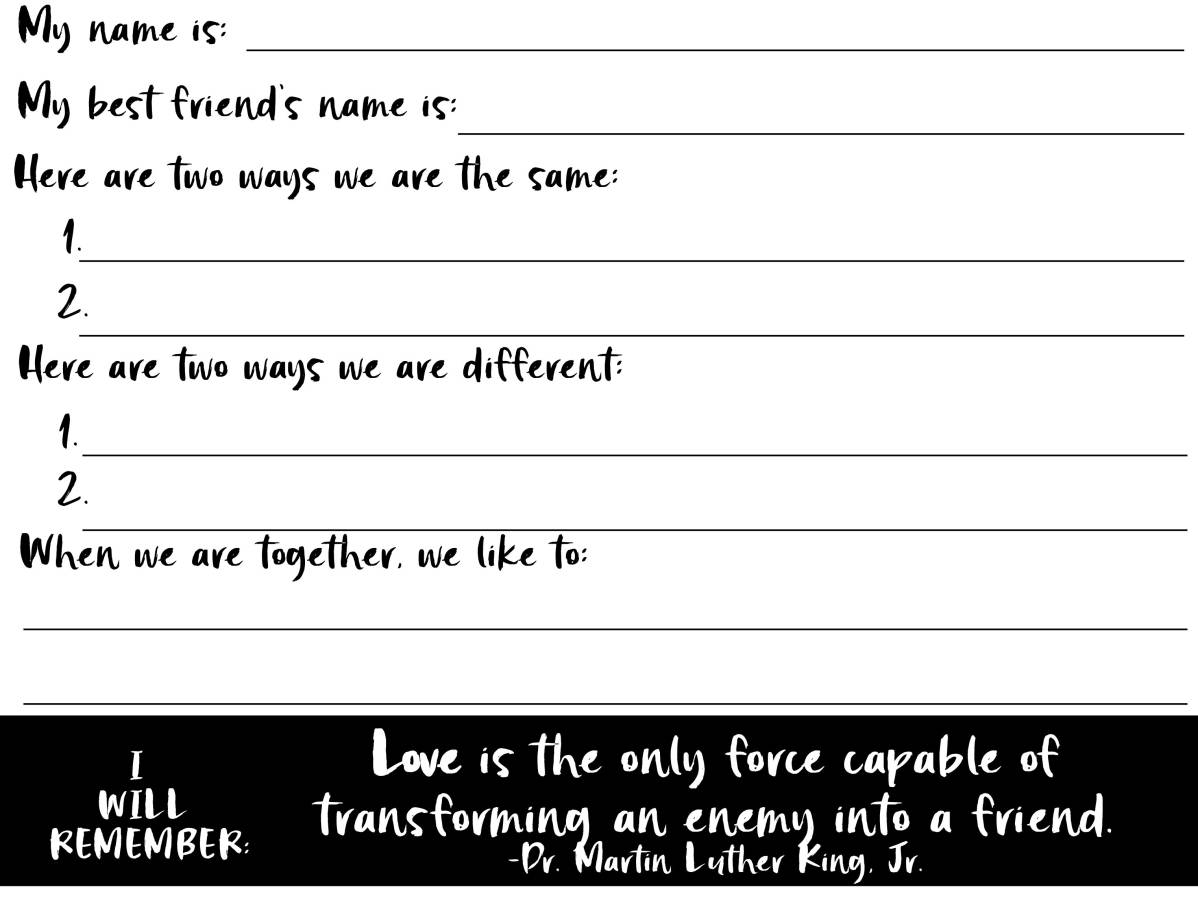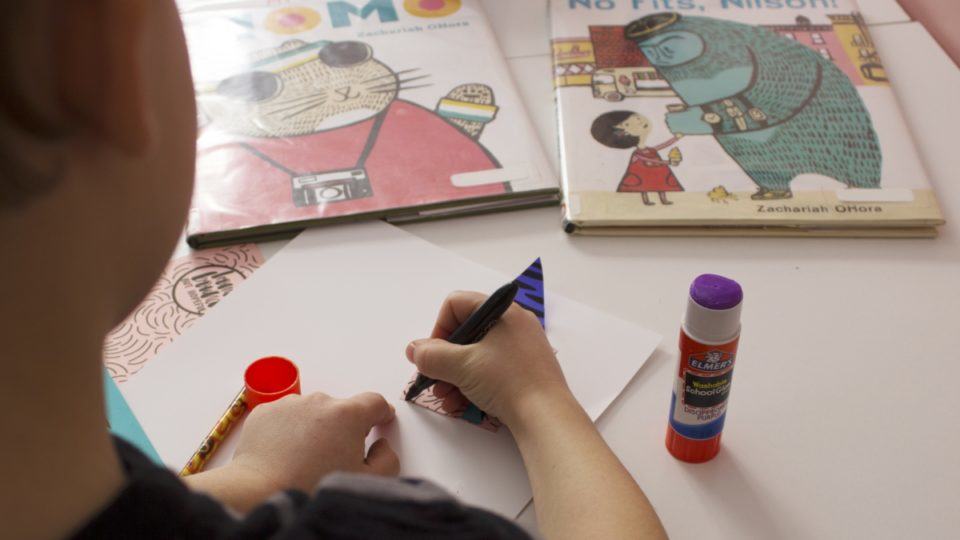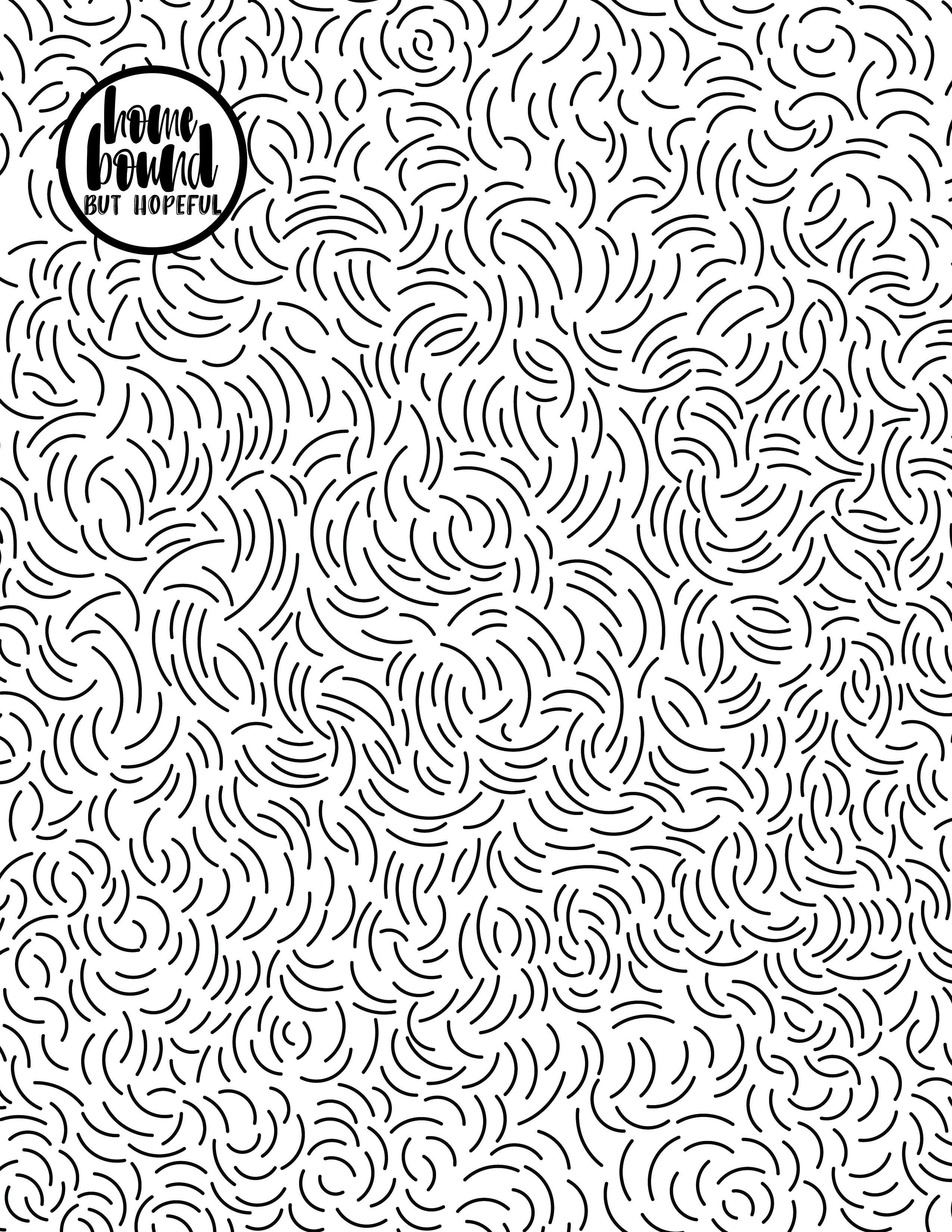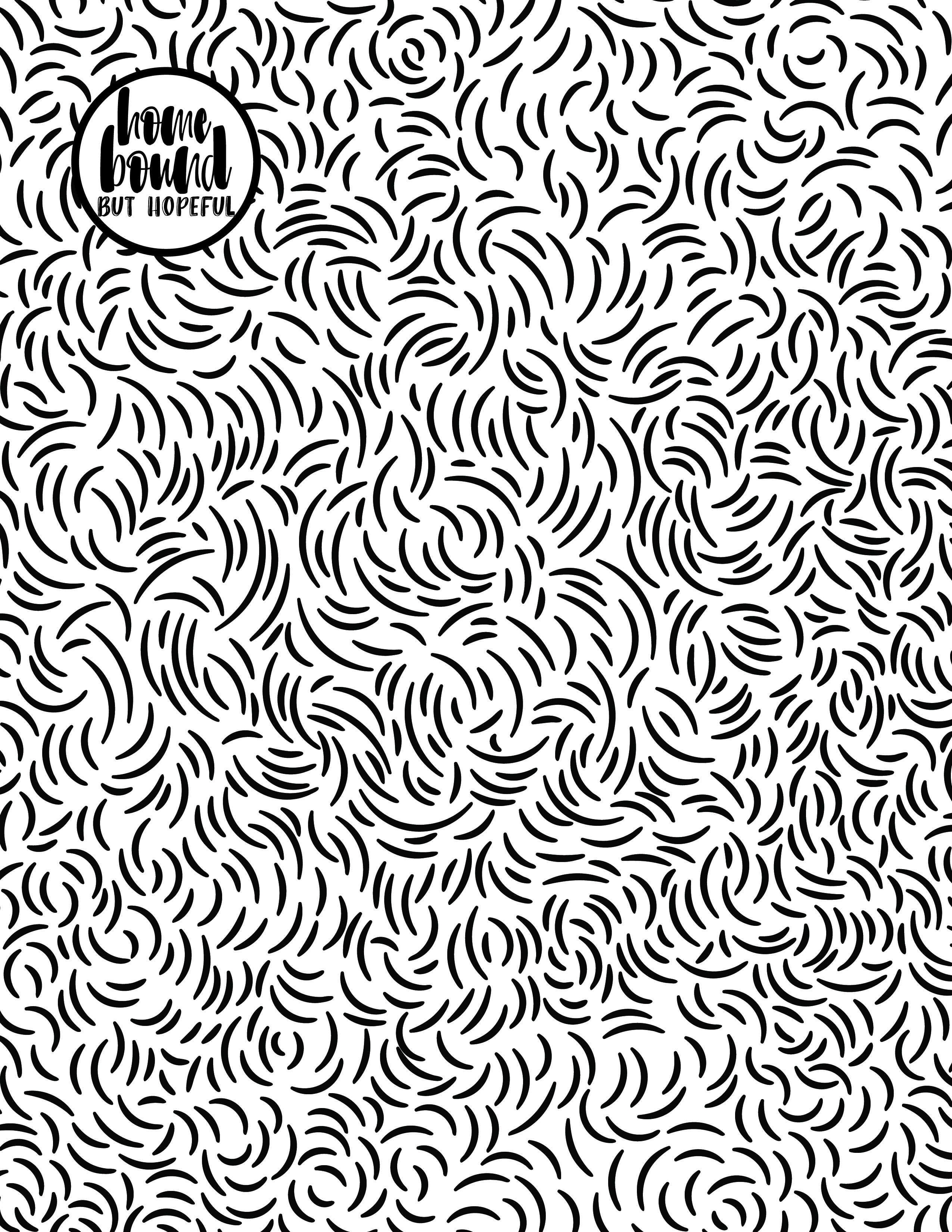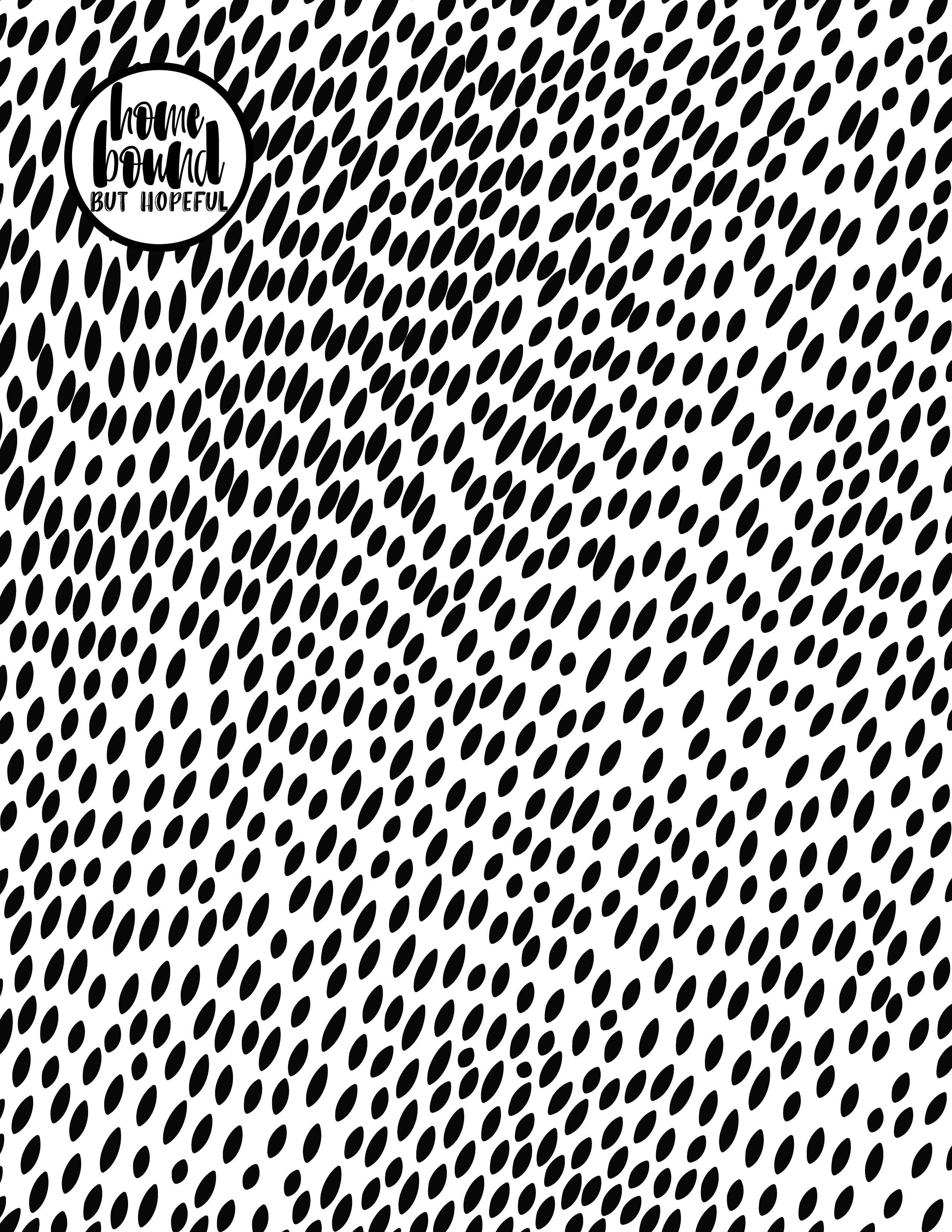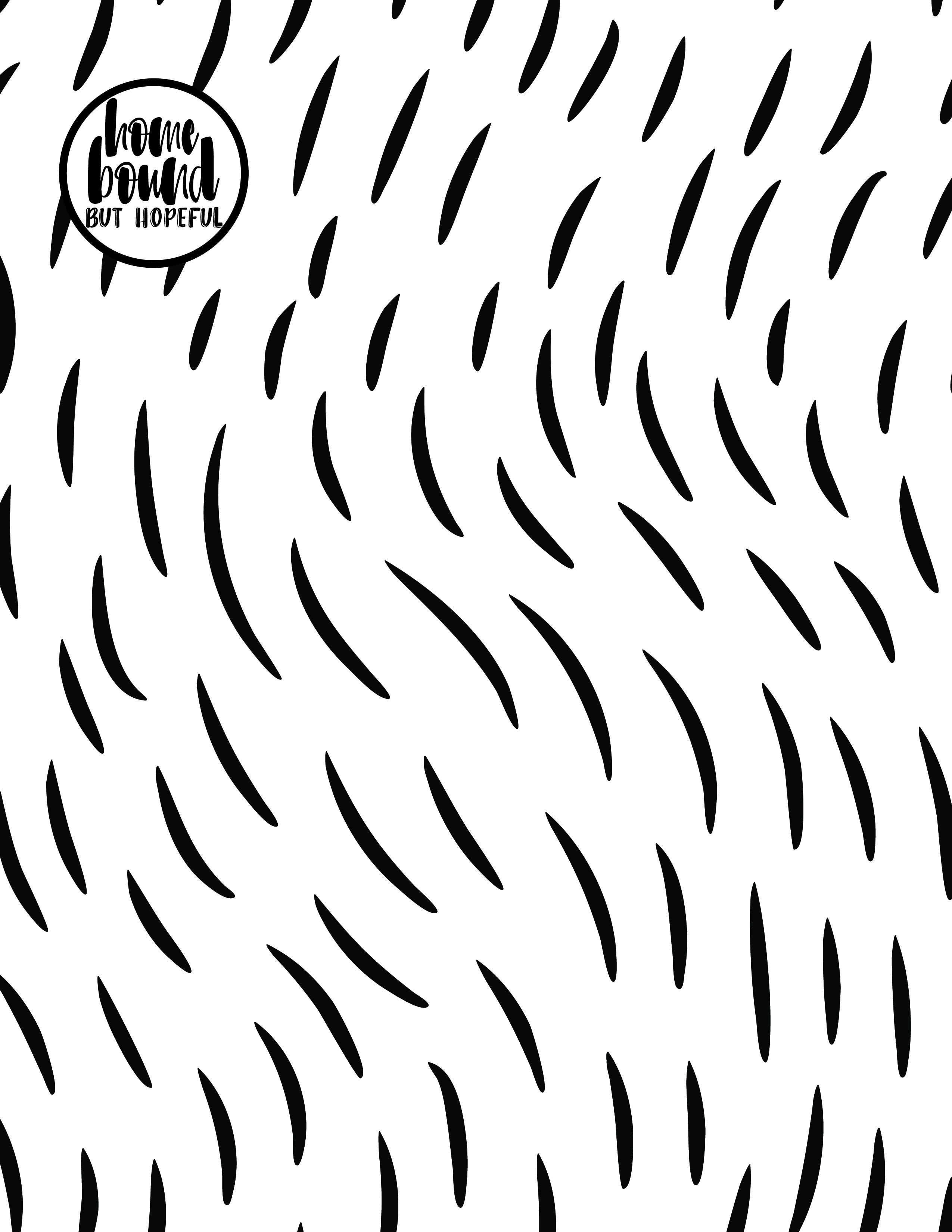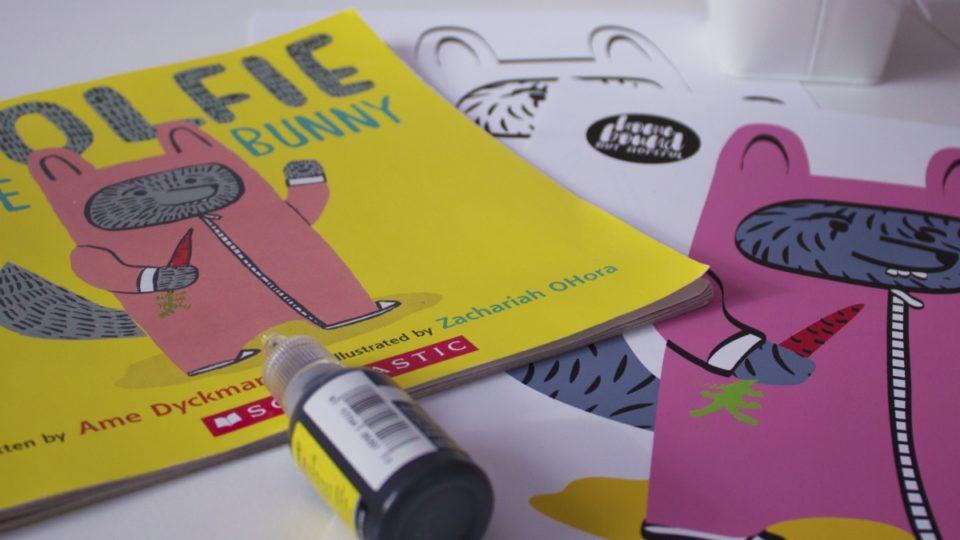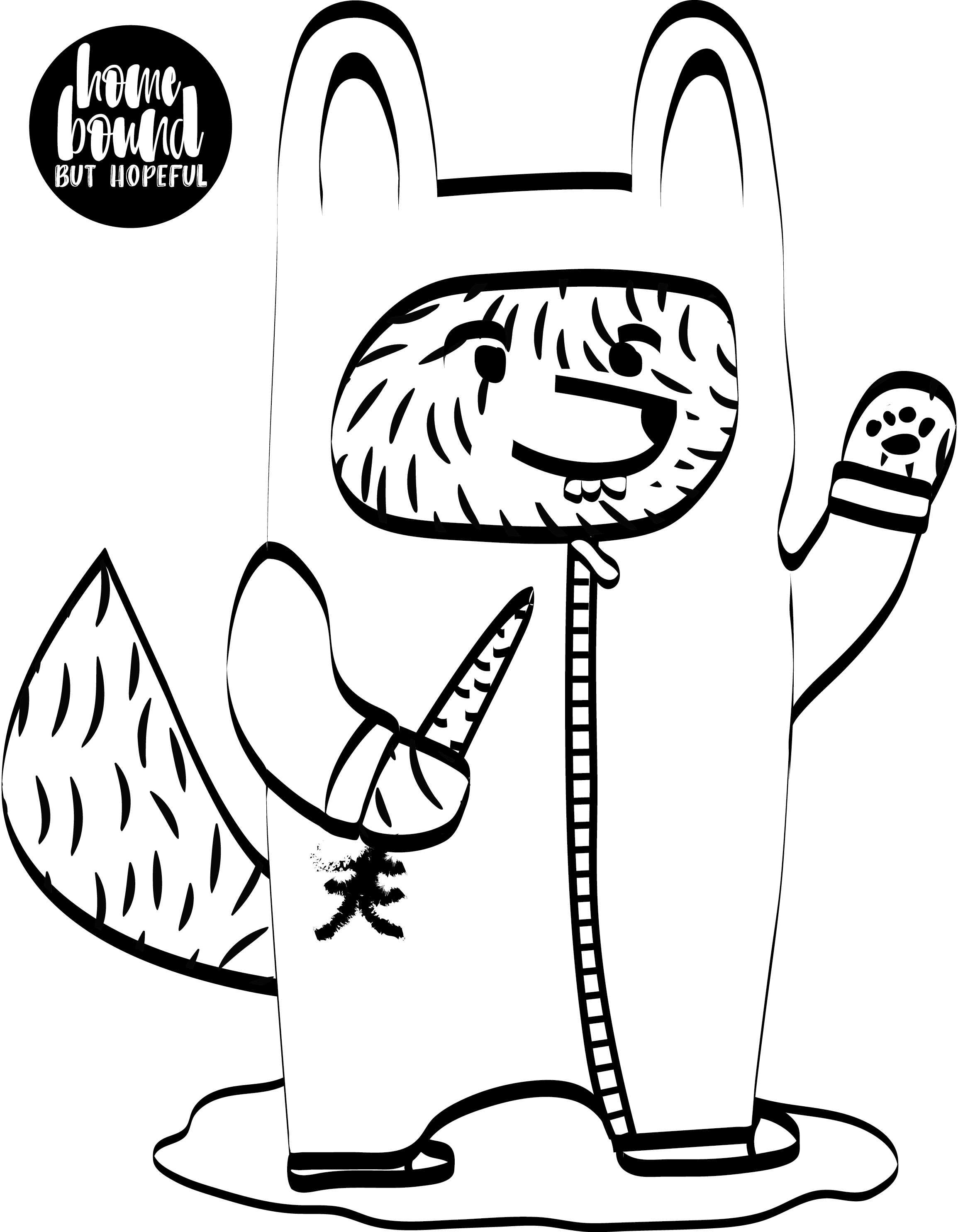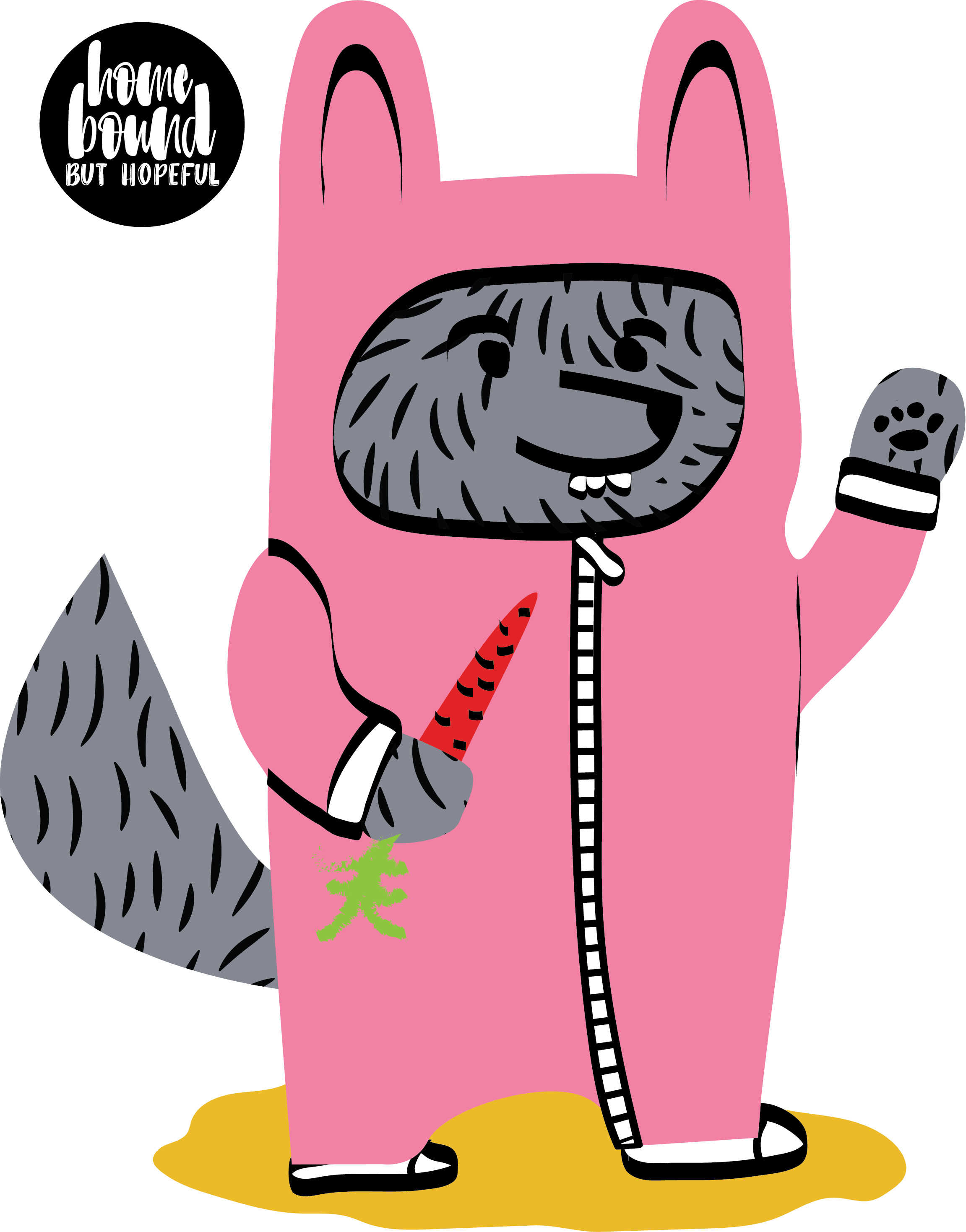-
Where’s The Love? A Mad Lib Valentine
Are your children not exactly feeling the love as Valentine’s Day approaches? #thebigone isn’t always a big fan of the holiday either (mushy stuff and six year old boys aren’t always a winning combination), so we’ve taken to mixing some not-so-sentimental books in with the more lovey-dovey Valentines books we read each year. I thought I would share two of our favorites with you, just in case Cupid’s arrows haven’t quite hit the mark for your kiddos this year.
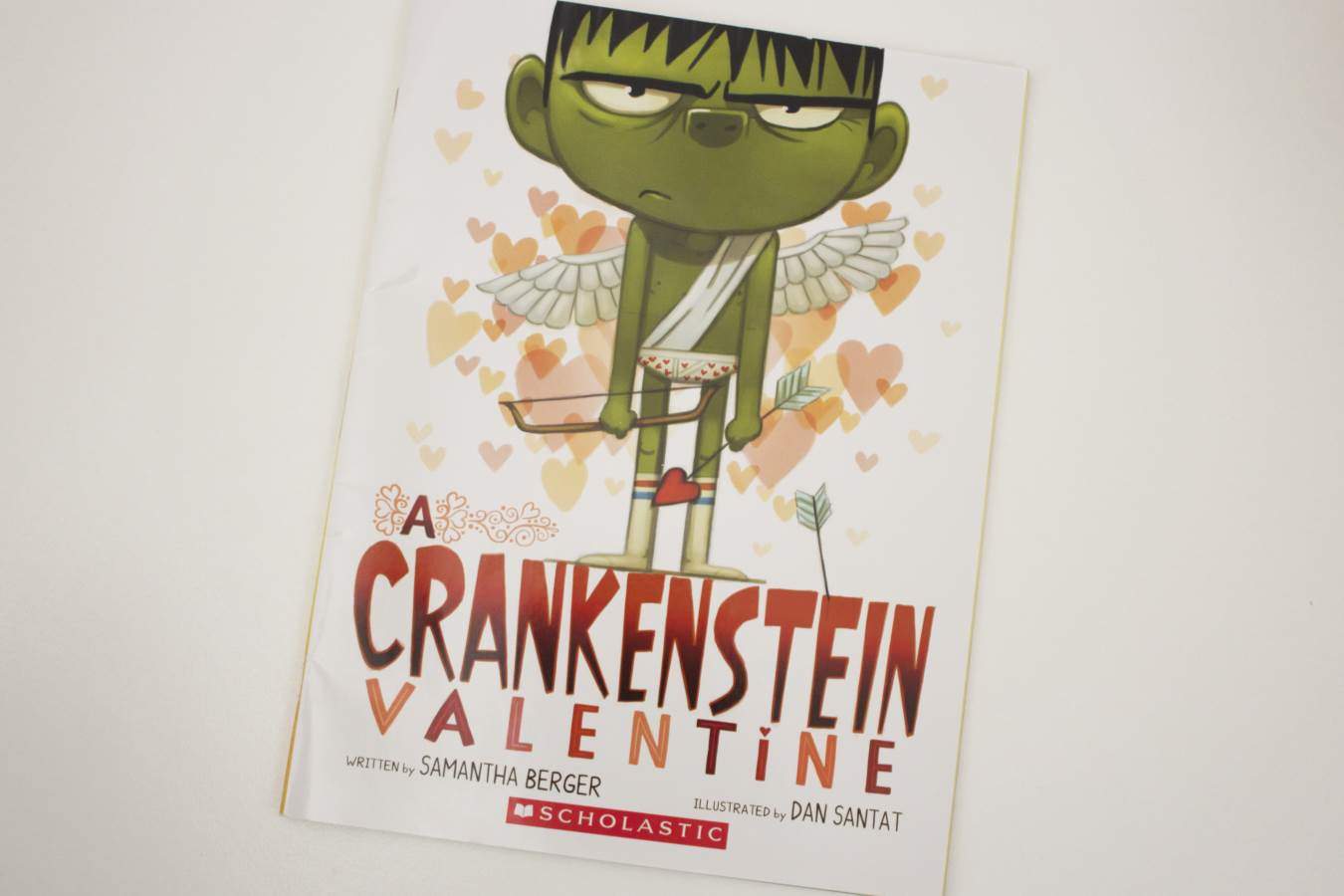
A Crankenstein Valentine, written by Samantha Berger, is absolutely one of our favorites. We first met the main character, Crankenstein in the book Crankenstein, and our family immediately fell in love with him. #thehubs and I can see a lot of our sassy first grader in the character, which is probably why we find both books so amusing. #thebigone loves the sound effects we use when reading them out loud to him… “YECHHHH!” and “GAAAK.” are pretty great words for read-alouds with little boys. Dan Santat’s illustrations are mesmerizing for all ages. He presents so much personality and life in the faces of the characters. The facial expressions Crankenstein makes during his day are so expressive, and incredibly amusing – they inevitably cause giggles at several points in the book. In A Crankenstein Valentine, we follow a crabby kiddo through his Valentine’s Day at school, as he endures the torturous school play, yucky candy, and heart shaped lunch. In the end (spoiler alert) Crankenstein bucks up a bit, as he realizes sometimes all you need to celebrate is a friend who really understands you.
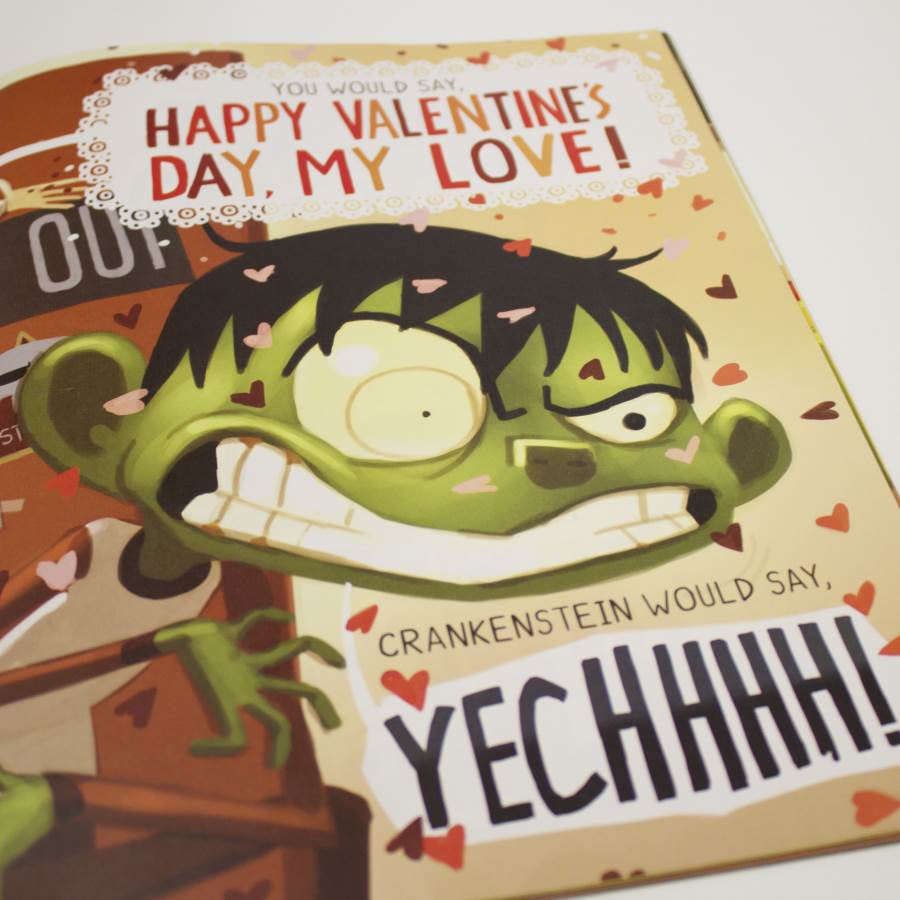
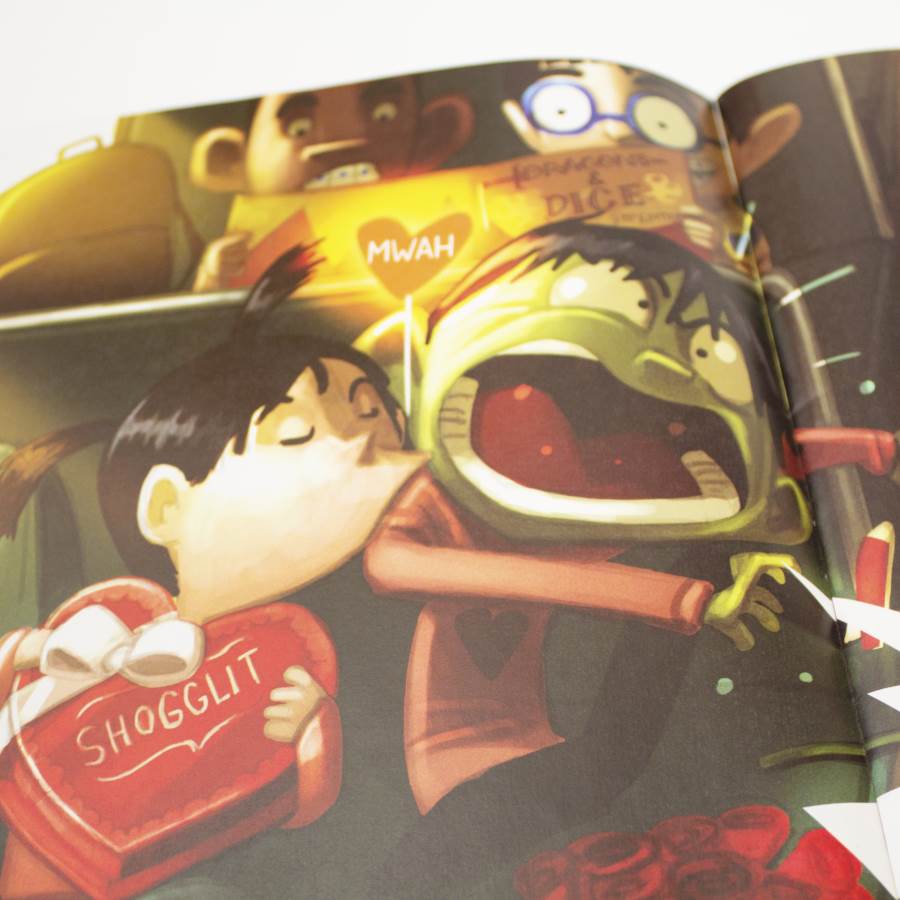
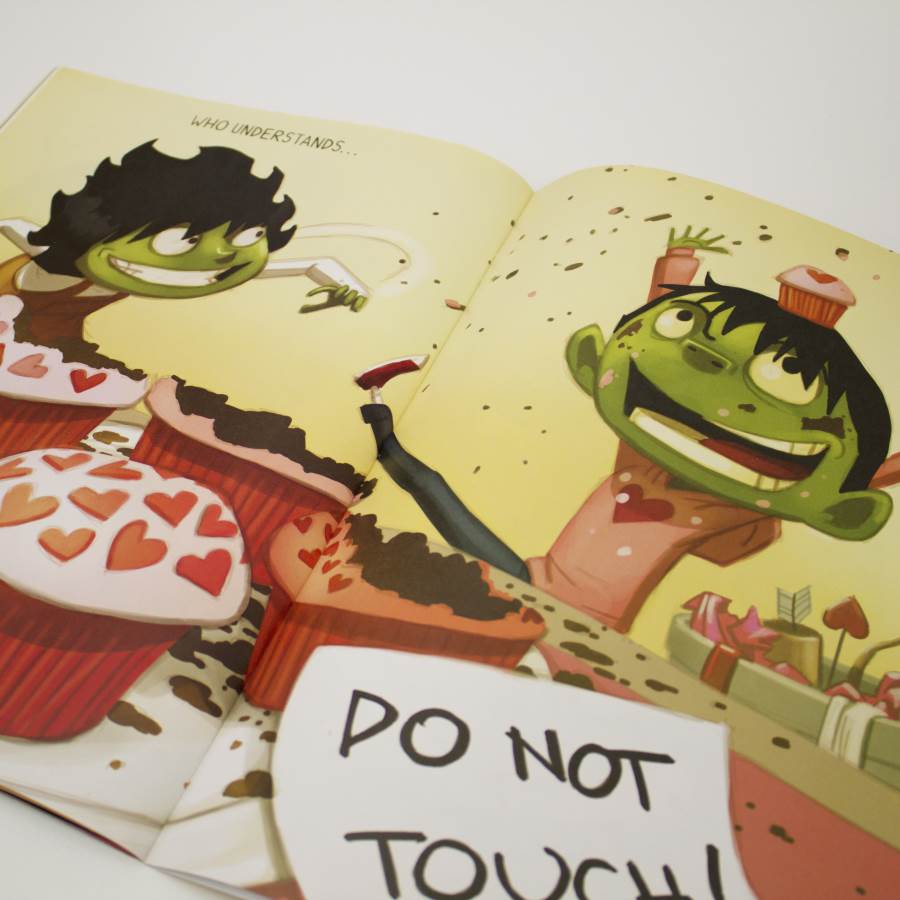
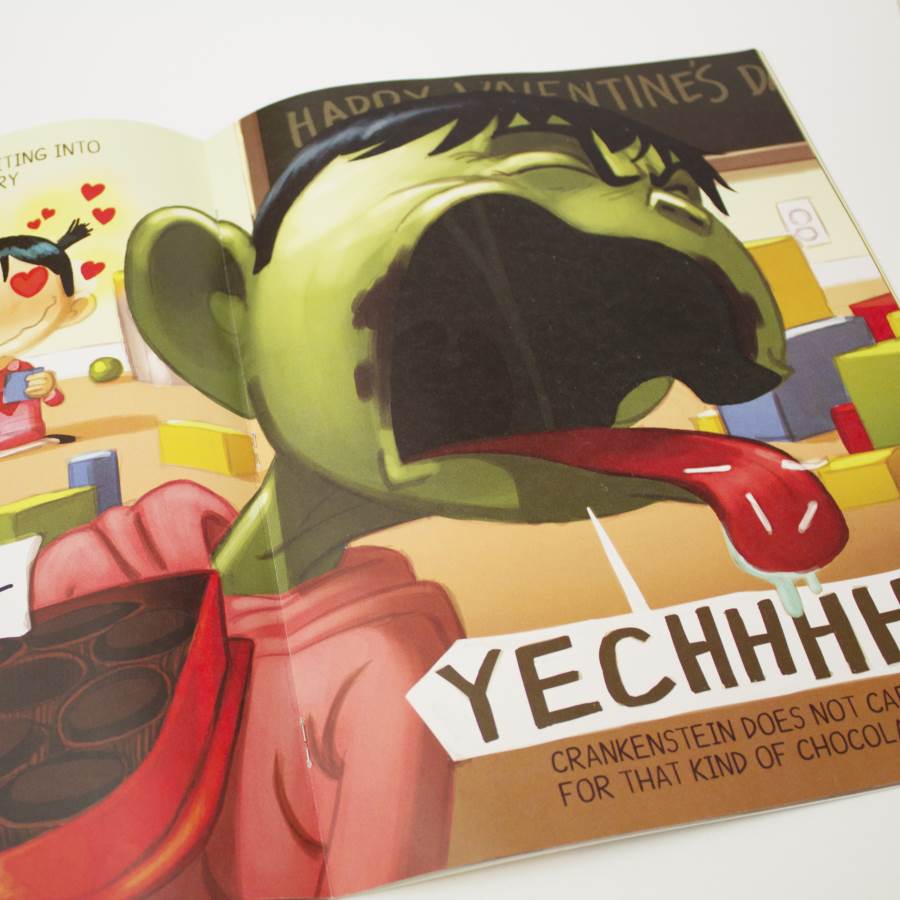
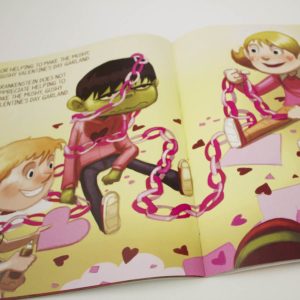
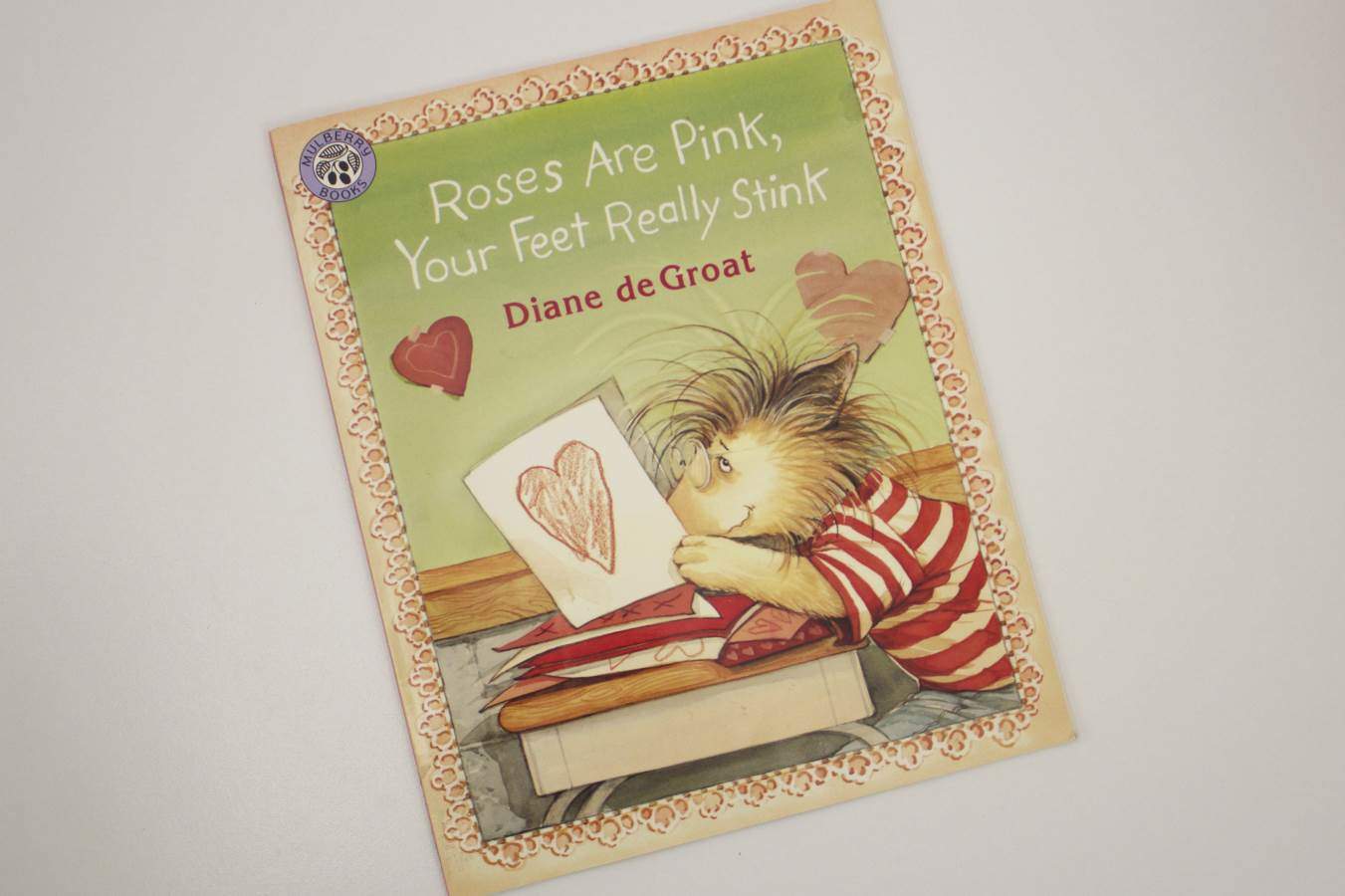
One of the books in the popular ‘Gilbert’ series from Diane de Groat, Roses Are Pink, Your Feet Really Stink is the story of young Gilbert, who writes some not-so-nice Valentines to some of his classmates, and even makes a little mischief by signing them with incorrect names. As he sees his classmates read and react to the cards, Gilbert learns the importance of being kind, as well as offering apologies when you have made a poor choice that hurt someone. de Groat’s characters are likeable and sweetly drawn. Children will easily identify with the varying personalities found among Gilbert’s classmates, as well as Gilbert’s own struggles to make the right choices, and make amends when he has not.
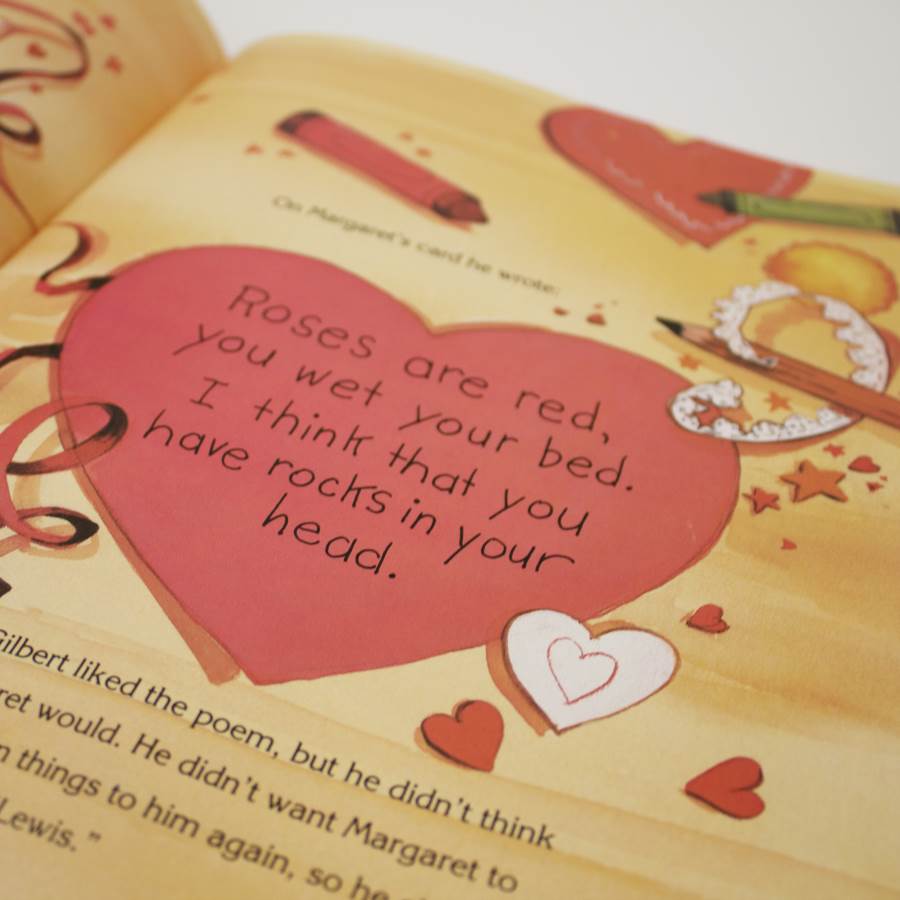
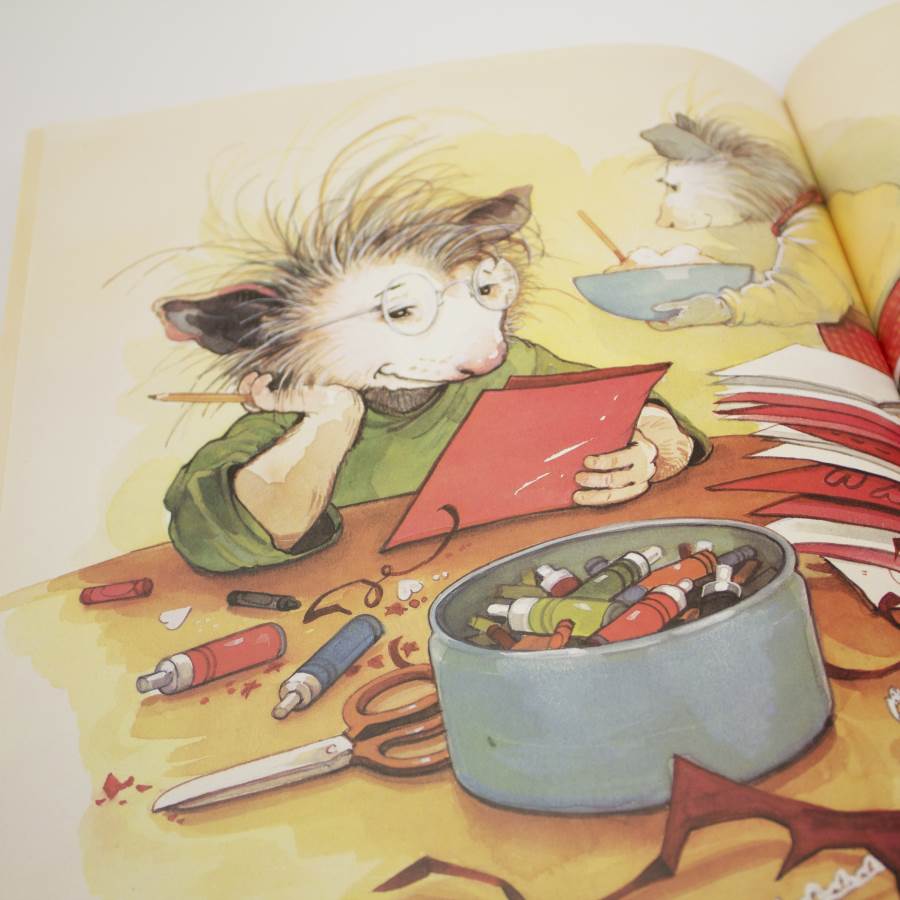
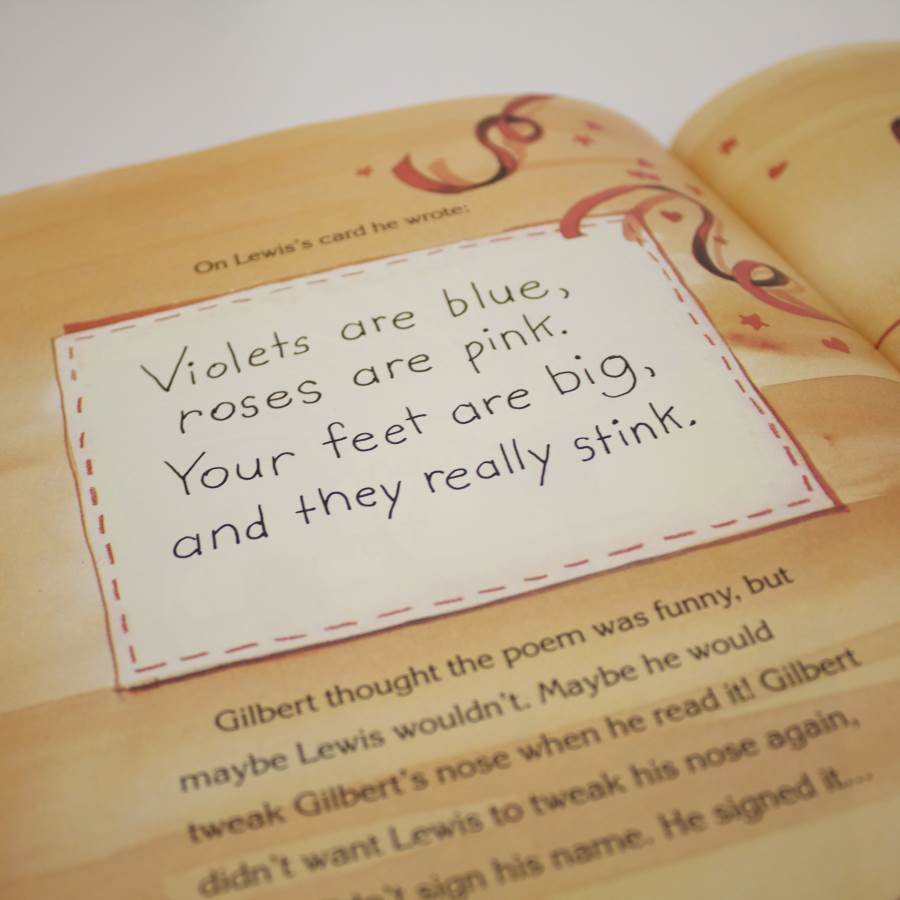
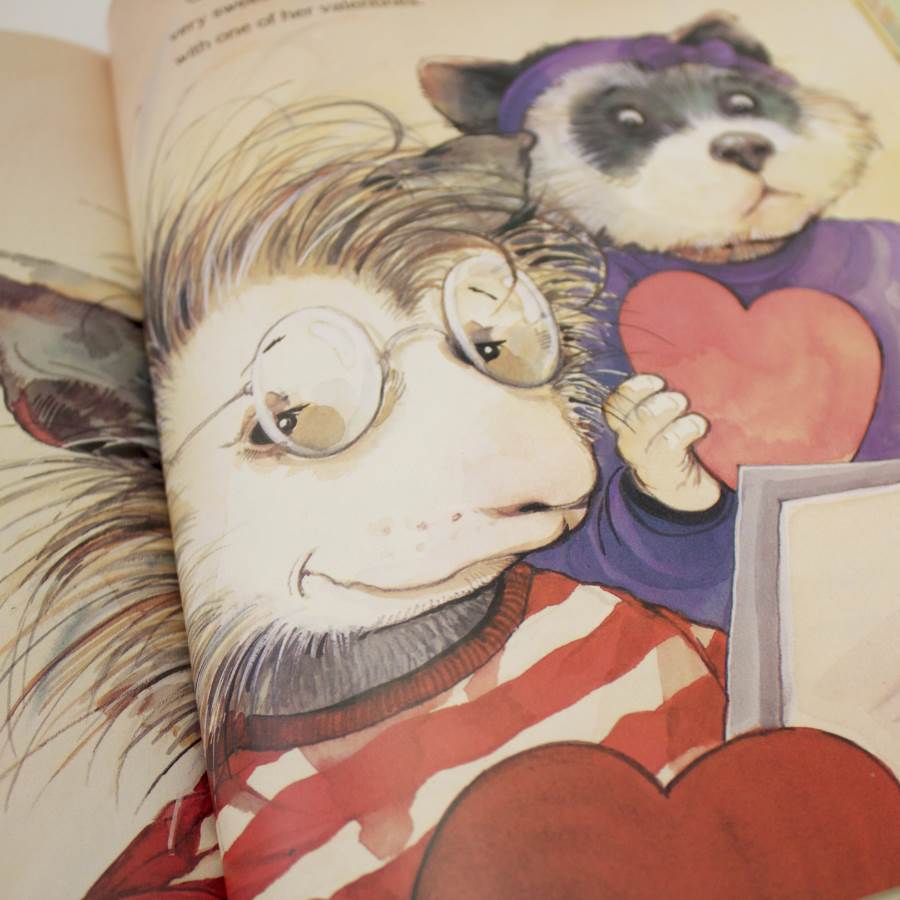
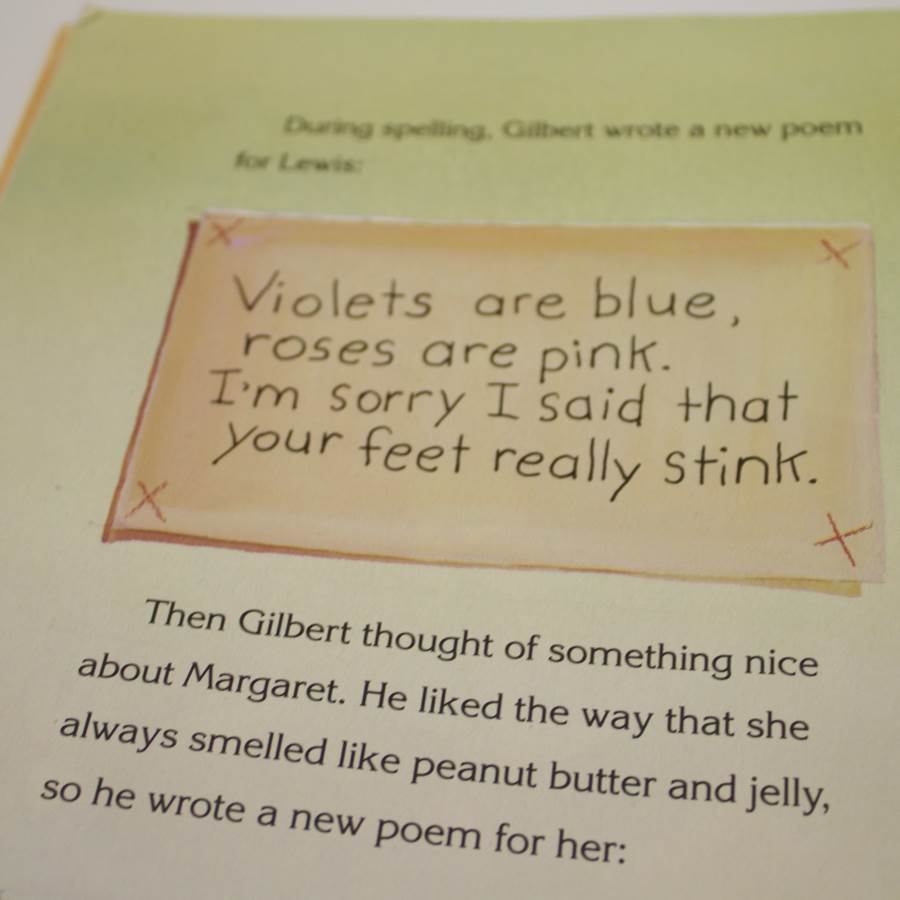
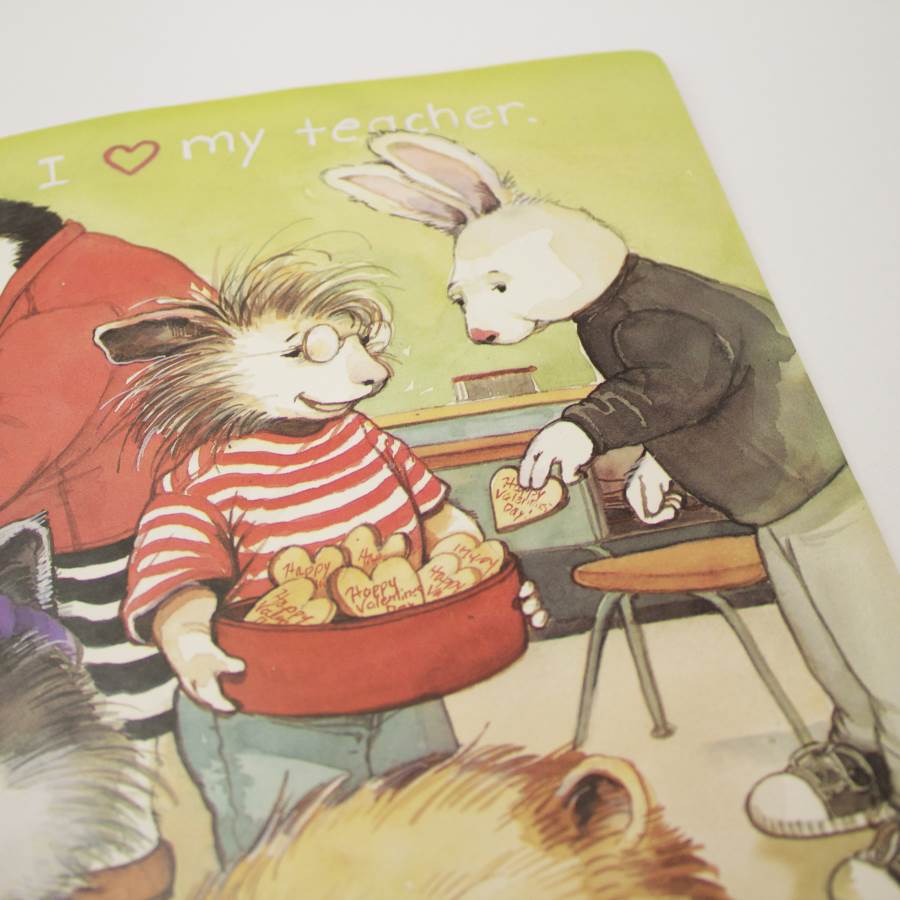
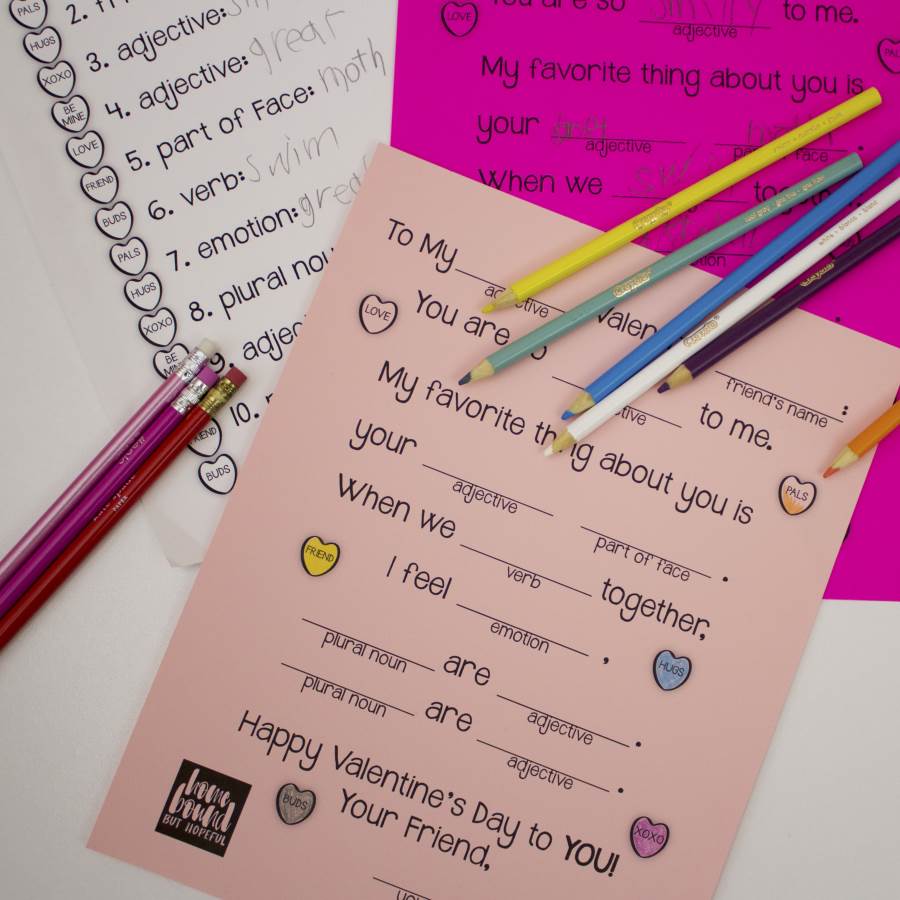
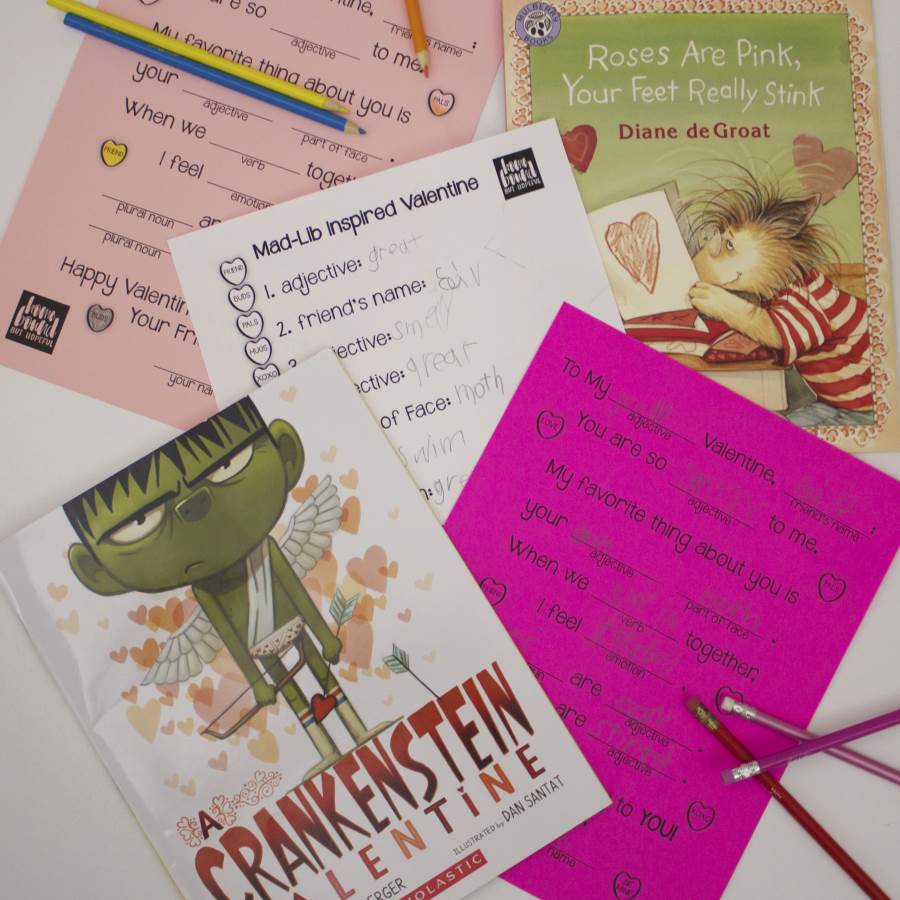
Inspired by the unconventional Valentines in both of these great picture books, I created a silly printable for #thebigone to make some wacky Valentines of his own. He’s become a big fan of Mad Libs lately, so I decided to build on that enthusiasm with a silly Valentine Mad Lib. Kids can benefit from the practice this activity provides for handwriting, spelling, and identifying parts of speech. We broke out some colored pencils to add a little coloring in as well, because life could use a little more color somedays. The printable can be printed on plain white paper, or on colored paper if you’re feeling extra festive. (We chose pink, because, Valentine’s Day!)
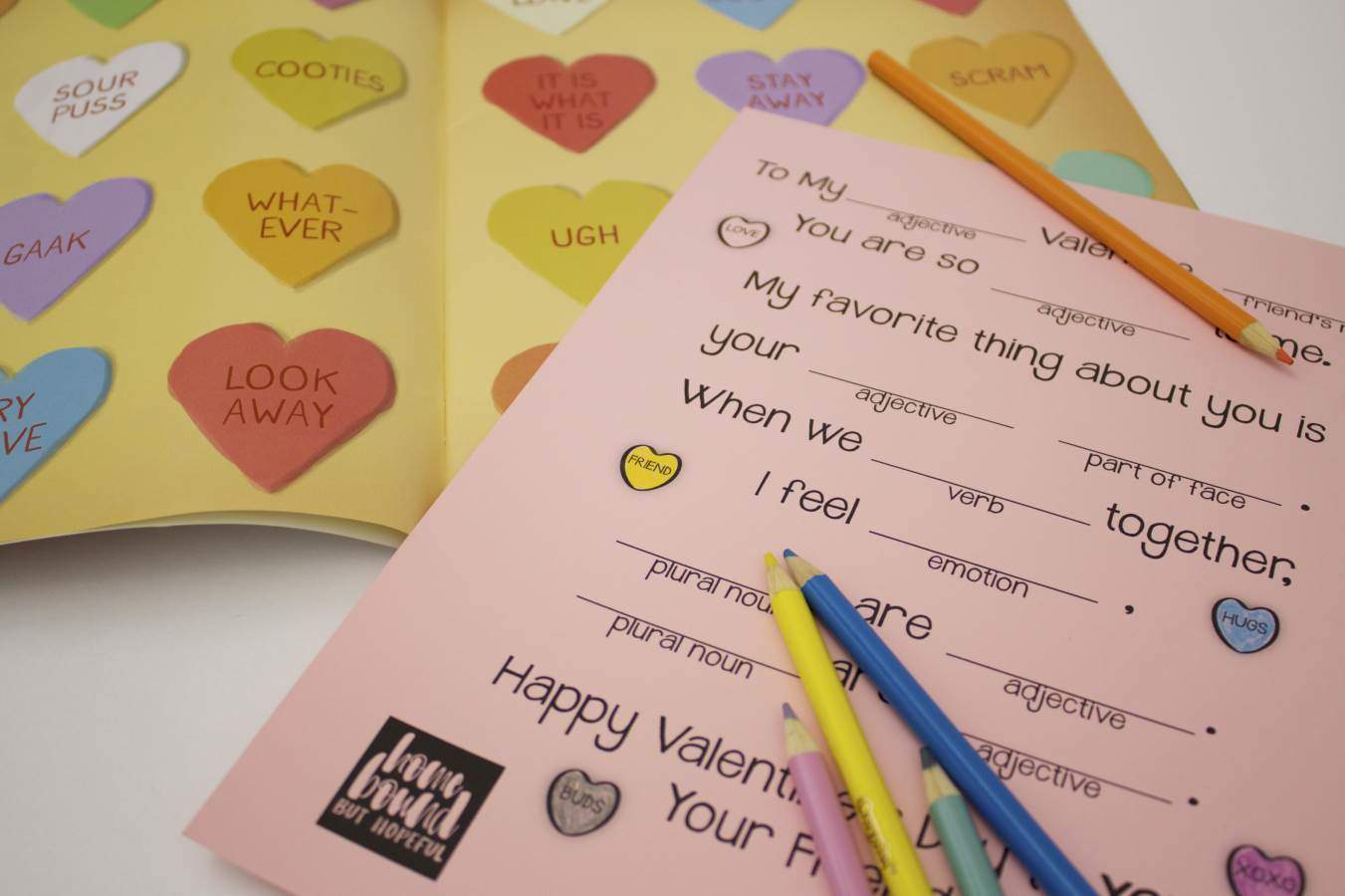
Do your kids like Valentine’s Day, or does it make them turn into little Crankensteins? Let me know in the comments!
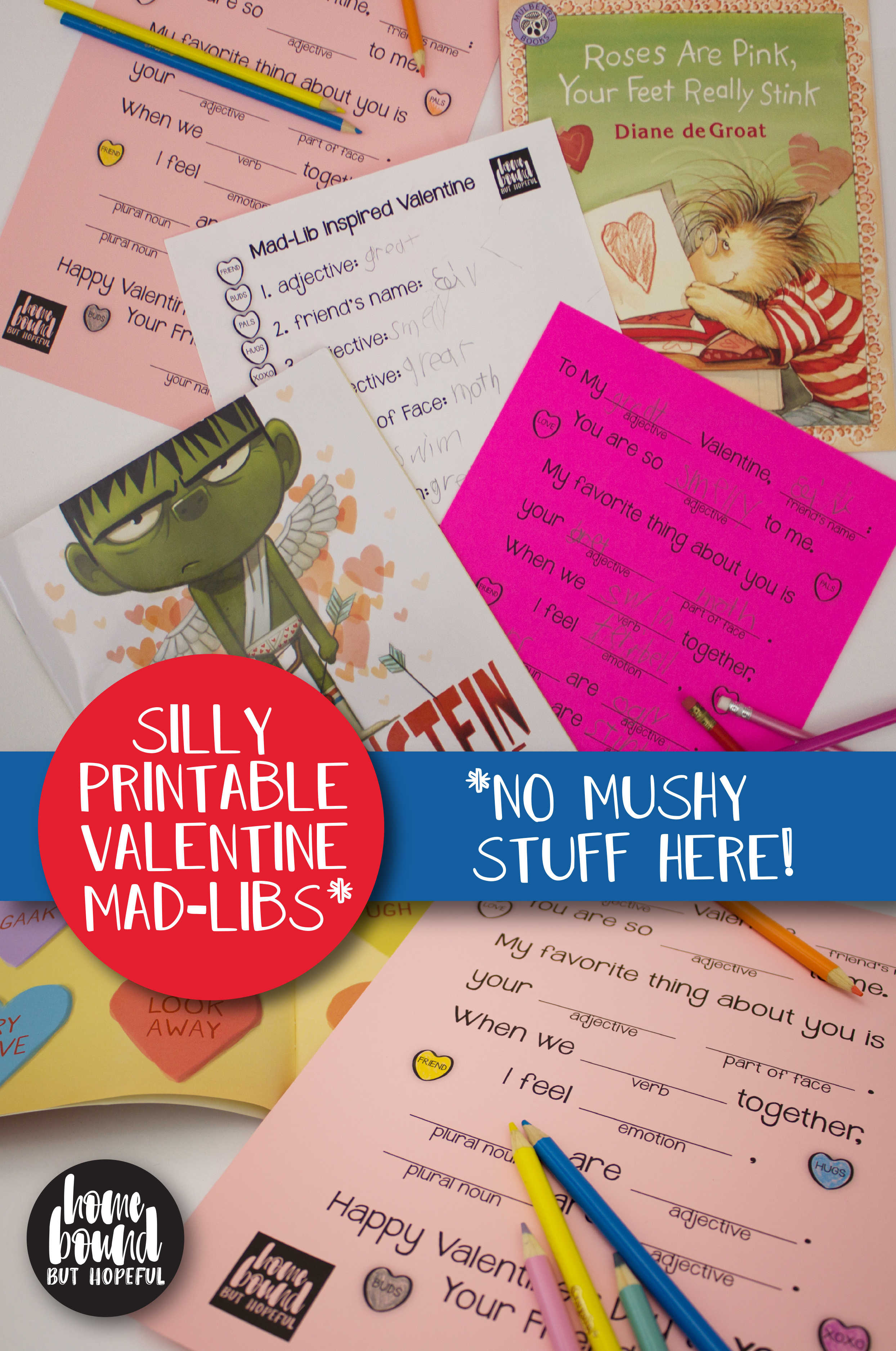
Does Cupid need a little help this year? Help him out with some of these ideas…
Love doing activities inspired by popular children’s literature? Those ideas are waiting for you here!
-
Celebrating Diversity with Fathers Incorporated On Multicultural Children’s Book Day
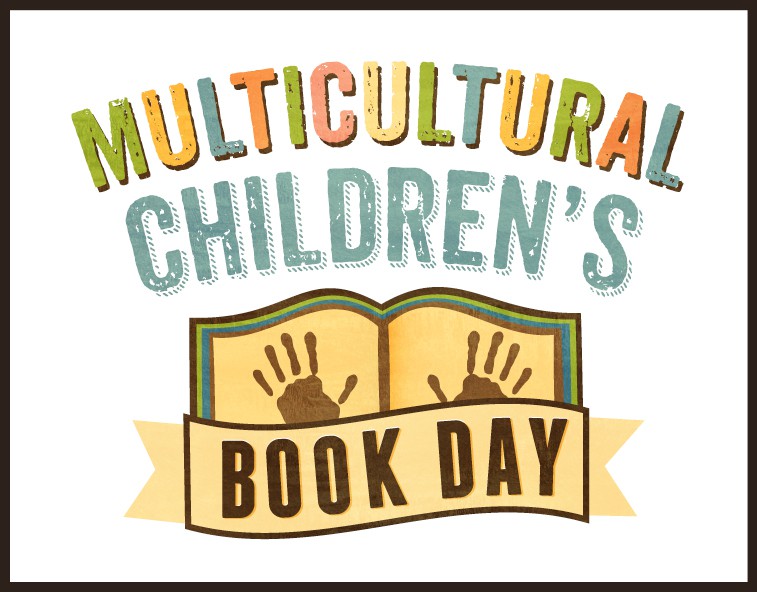
Happy Multicultural Children’s Book Day everyone! I was so excited to learn that there is an entire day devoted to celebrating diversity in children’s literature. I’ve said before that we very intentionally stocked our home library with as much diversity as possible, and I love the opportunity to share and explore other titles. I am thrilled to be taking part during it’s fourth year. As part of the festivities, I was lucky enough to receive two books from Fathers Incorporated to review. Both are authored by Kenneth Braswell, the Executive Director of Fathers Incorporated. Daddy Is Feeling Blue was illustrated by Merve Terzi, while Joe Dent and Julie Andersen illustrated Daddy, There’s A Noise Outside.
Both books have a very similar illustrative style- contemporary, sketchy images that are modern, bright, and appealing to kids. The text is written in short, conversational sections, reminiscent of comic books, which will also draw children to the books. Both stories center around a young family – mom (Kim), dad (Brandon), daughter (Samantha), and son (Cory) – which allows the reader to follow along with some of the obstacles the family faces together.
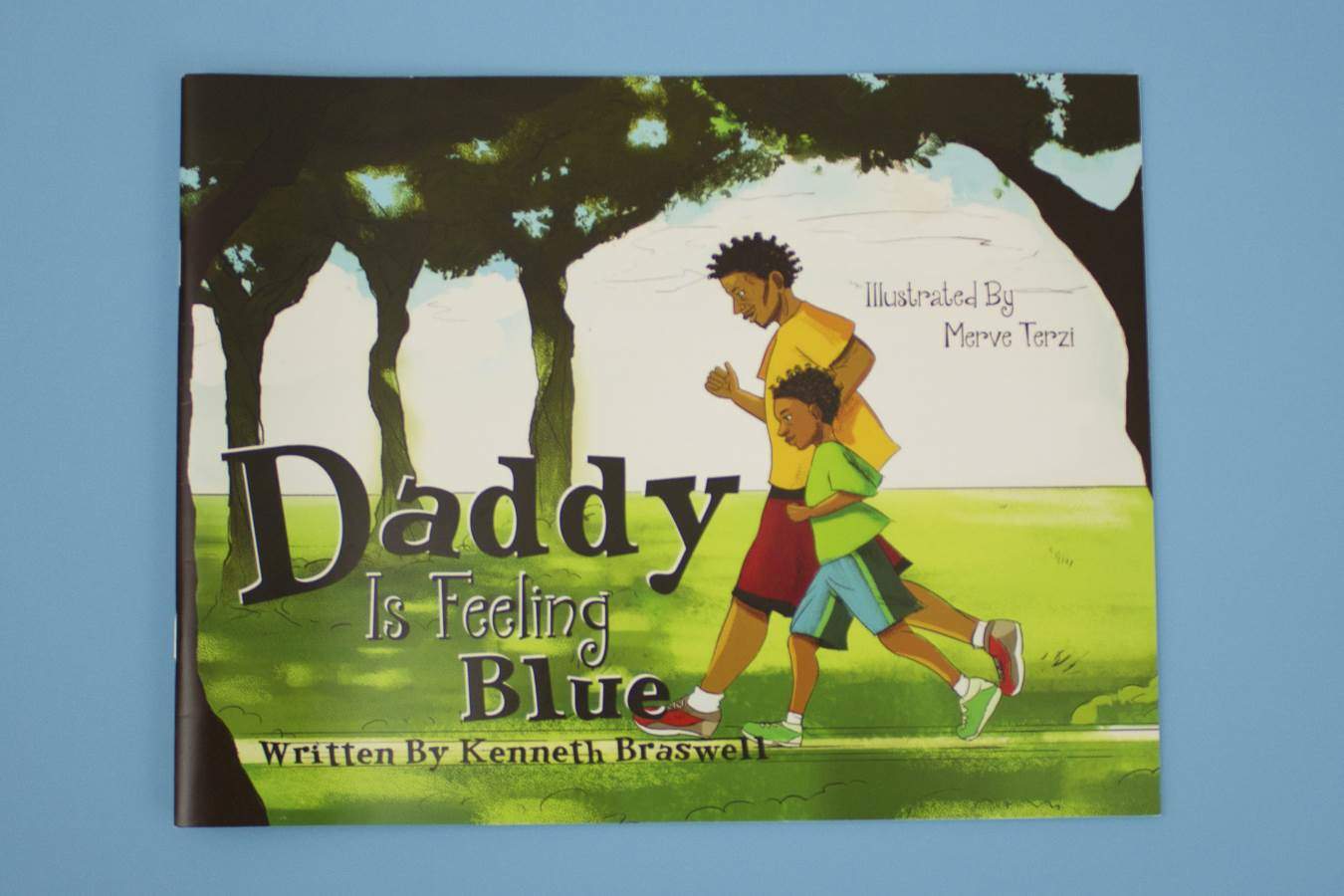
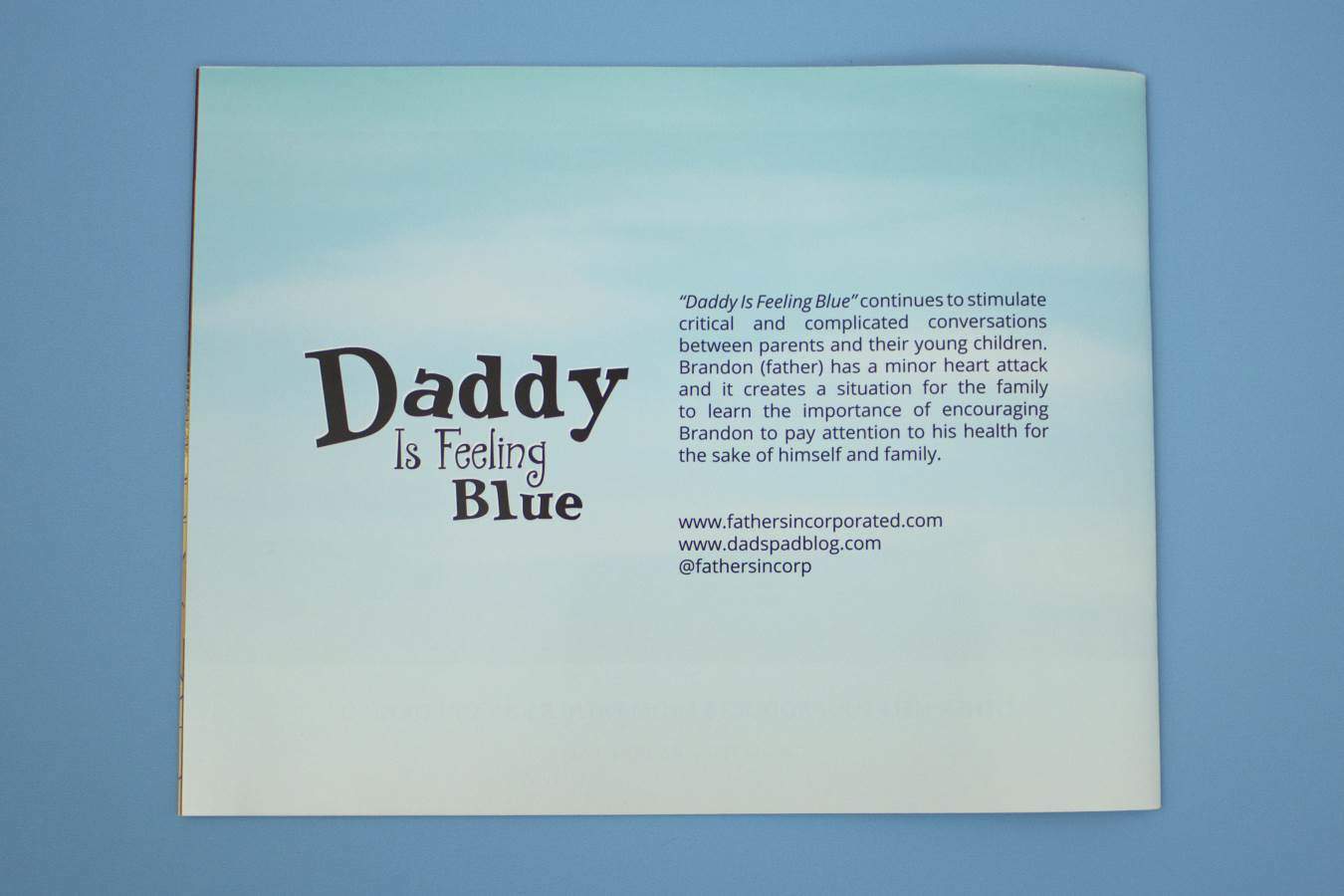
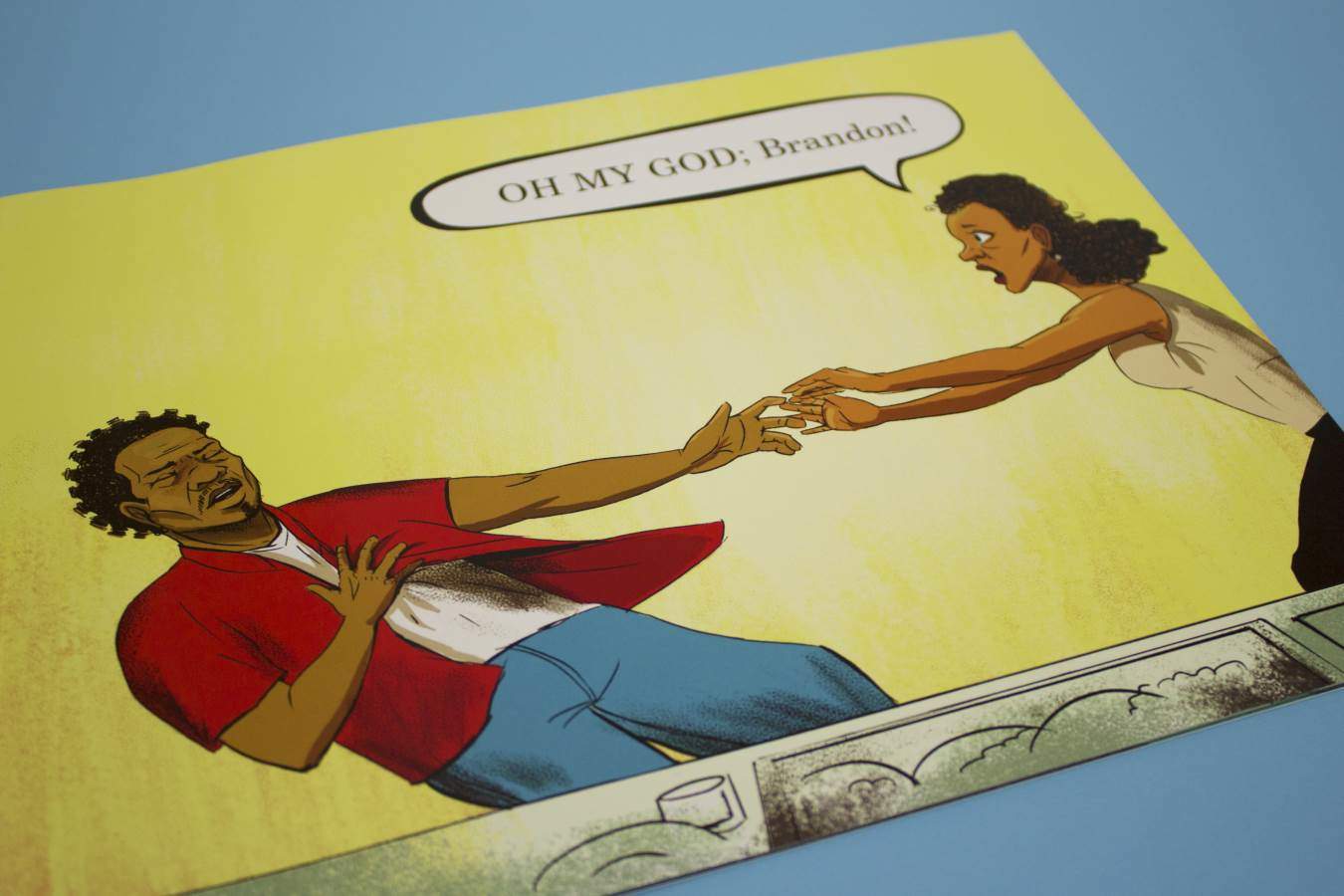
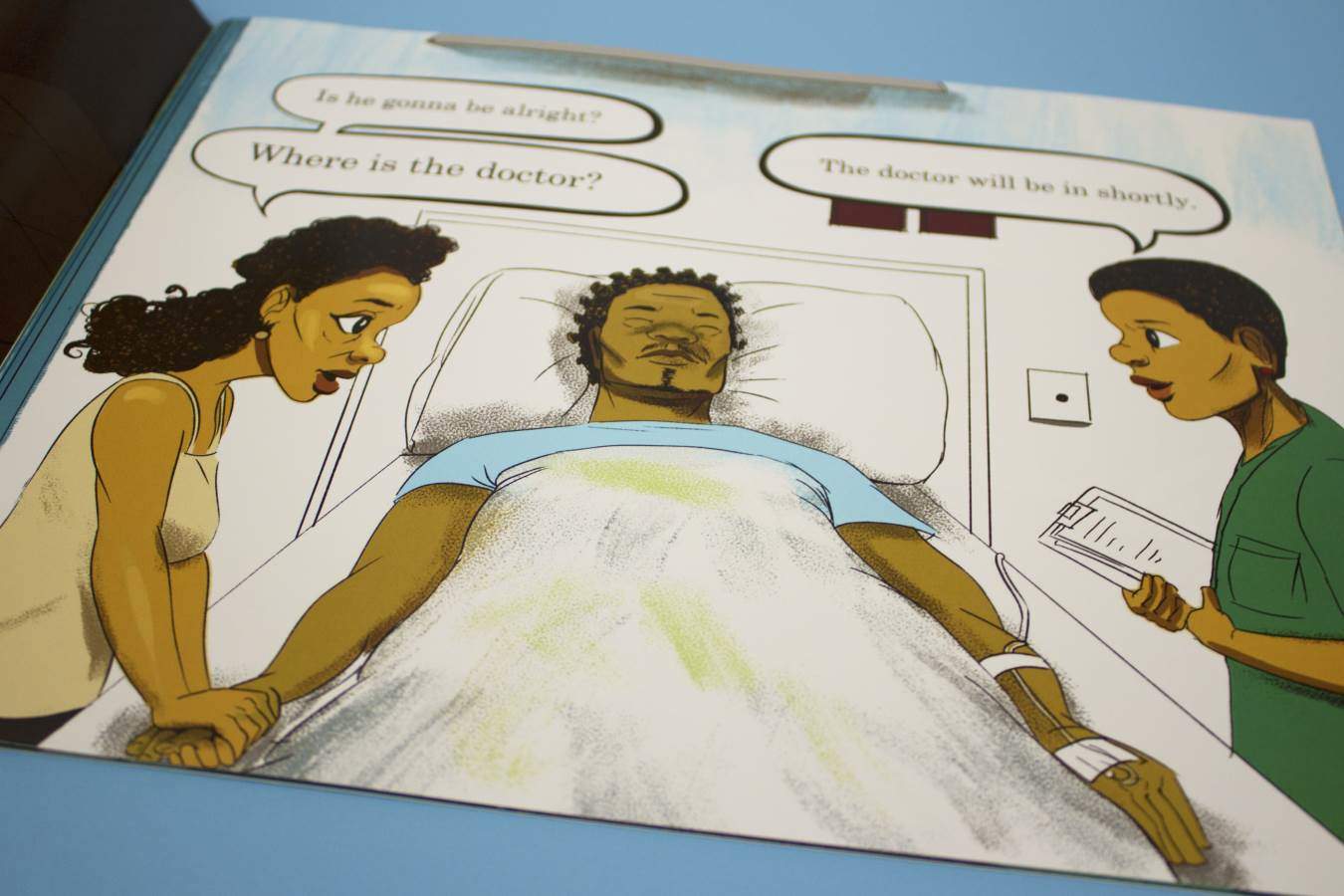
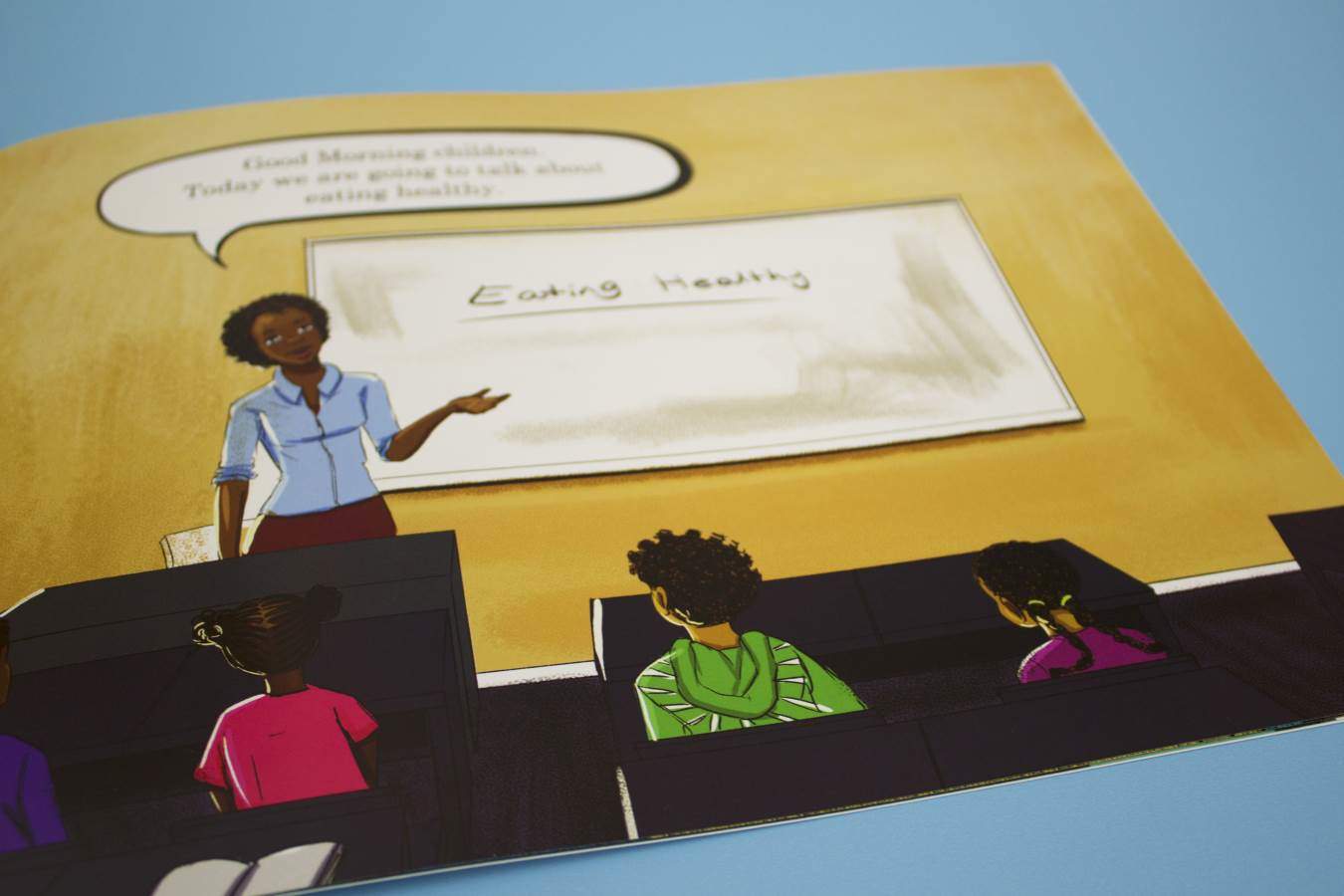
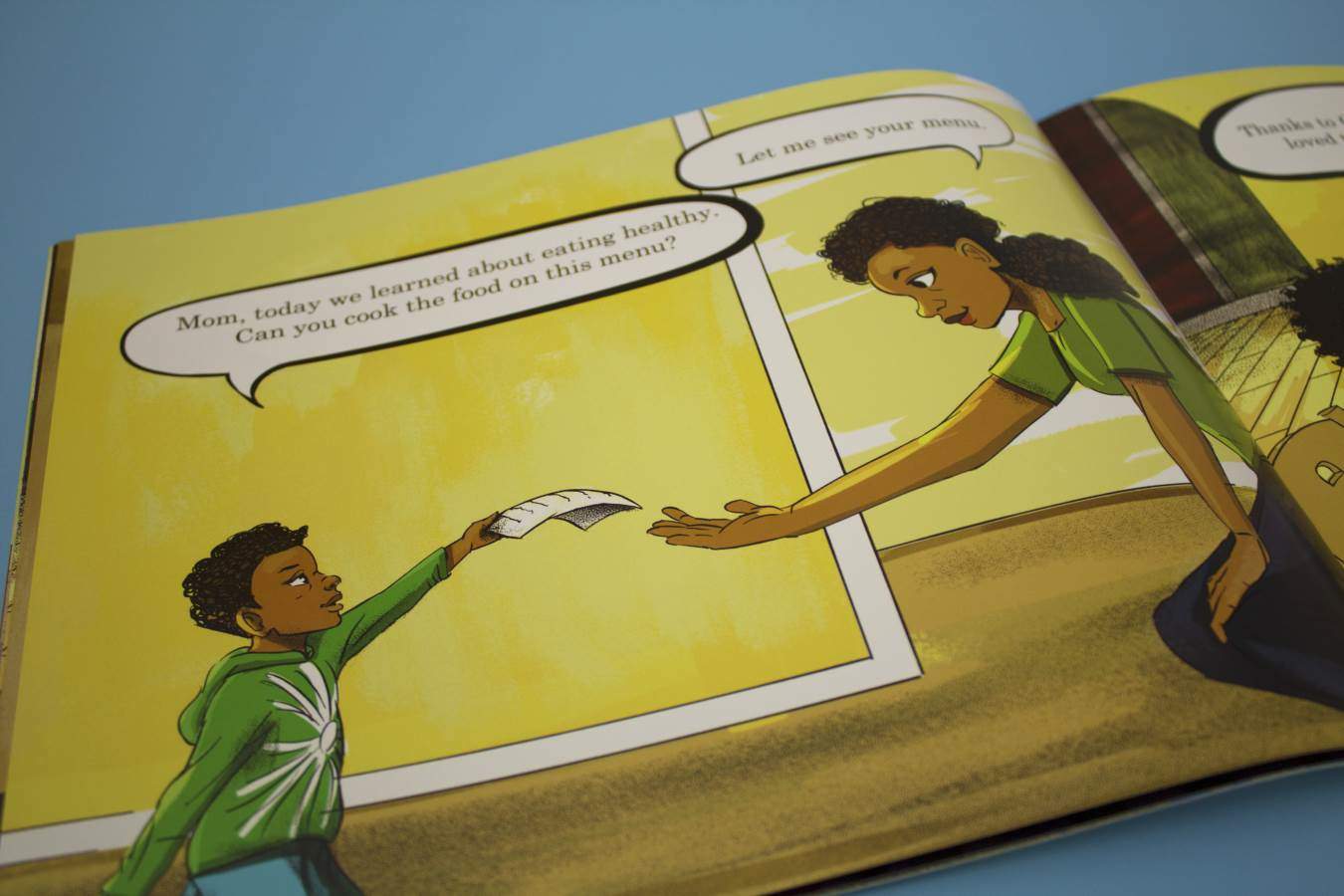
Daddy Is Feeling Blue is the perfect jumping off point for a discussion about heart health, exercise, and healthy eating. Brandon suffers a minor heart attack, and though the family is understandably scared, they band together to make changes to improve their health. The dialog is reassuring and even, so that the topic of a heart attack can be addressed with kids in a non-frightening way. The book offers concrete tips for improving overall health, such as regular physical activity, eating plenty of fruits and vegetables, etc. Those key points will help to reinforce what children are likely already learning in daily life.
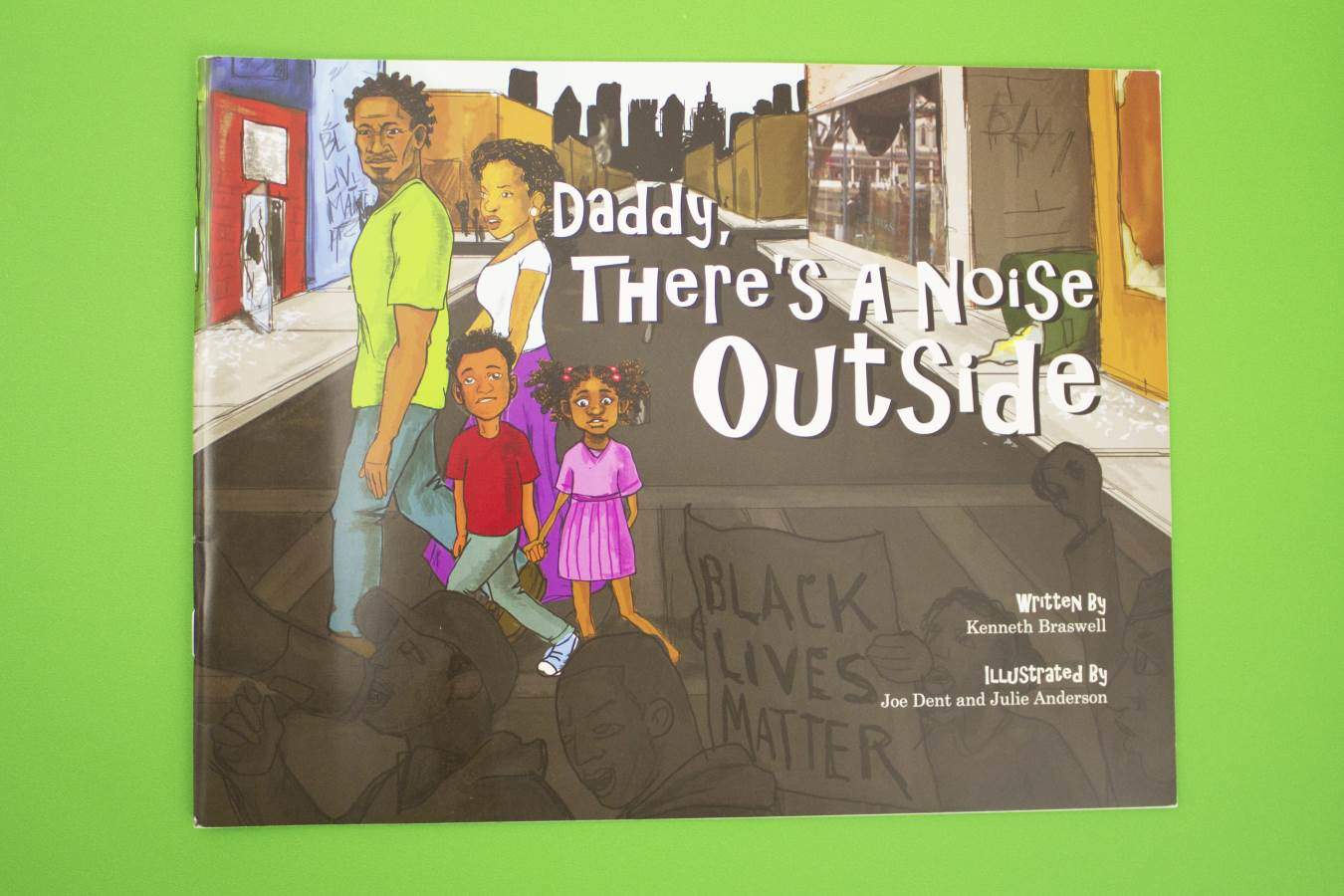
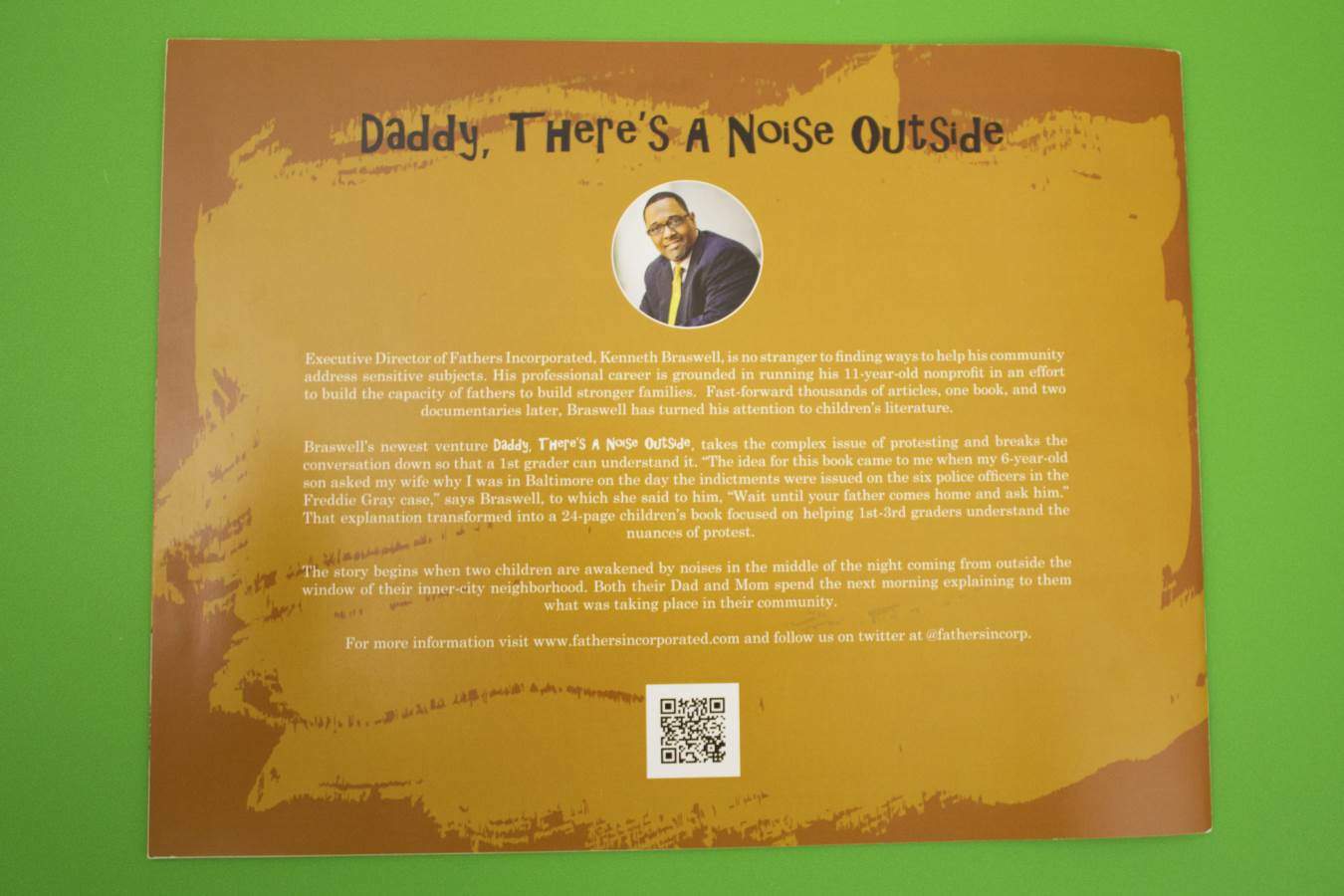
While I have made a conscious decision to avoid talk of politics on my blog, it is very likely that after the last few weeks of political discord and demonstrations, your children may have some questions. Perhaps you have tried to shield them from some of the current happenings – even so, it’s very likely they’ve picked up snippets of information secondhand from friends, or overheard from snippets of news programs. Maybe you make a point to speak openly and often about the political landscape – it can still be a tricky topic to tackle at times. Daddy, There’s A Noise Outside is the ideal choice to start a dialog about the protests and marches that have been taking place recently.
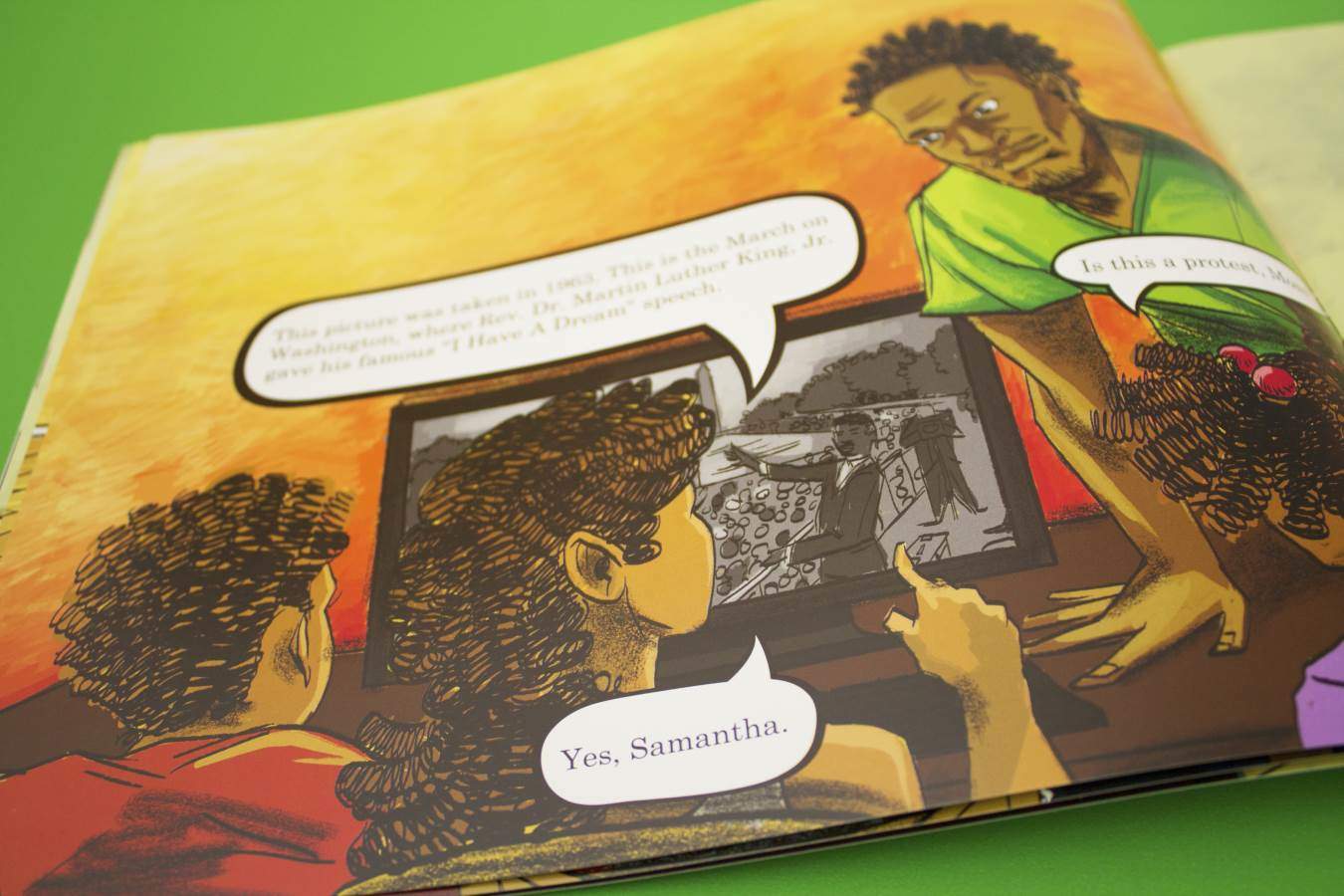
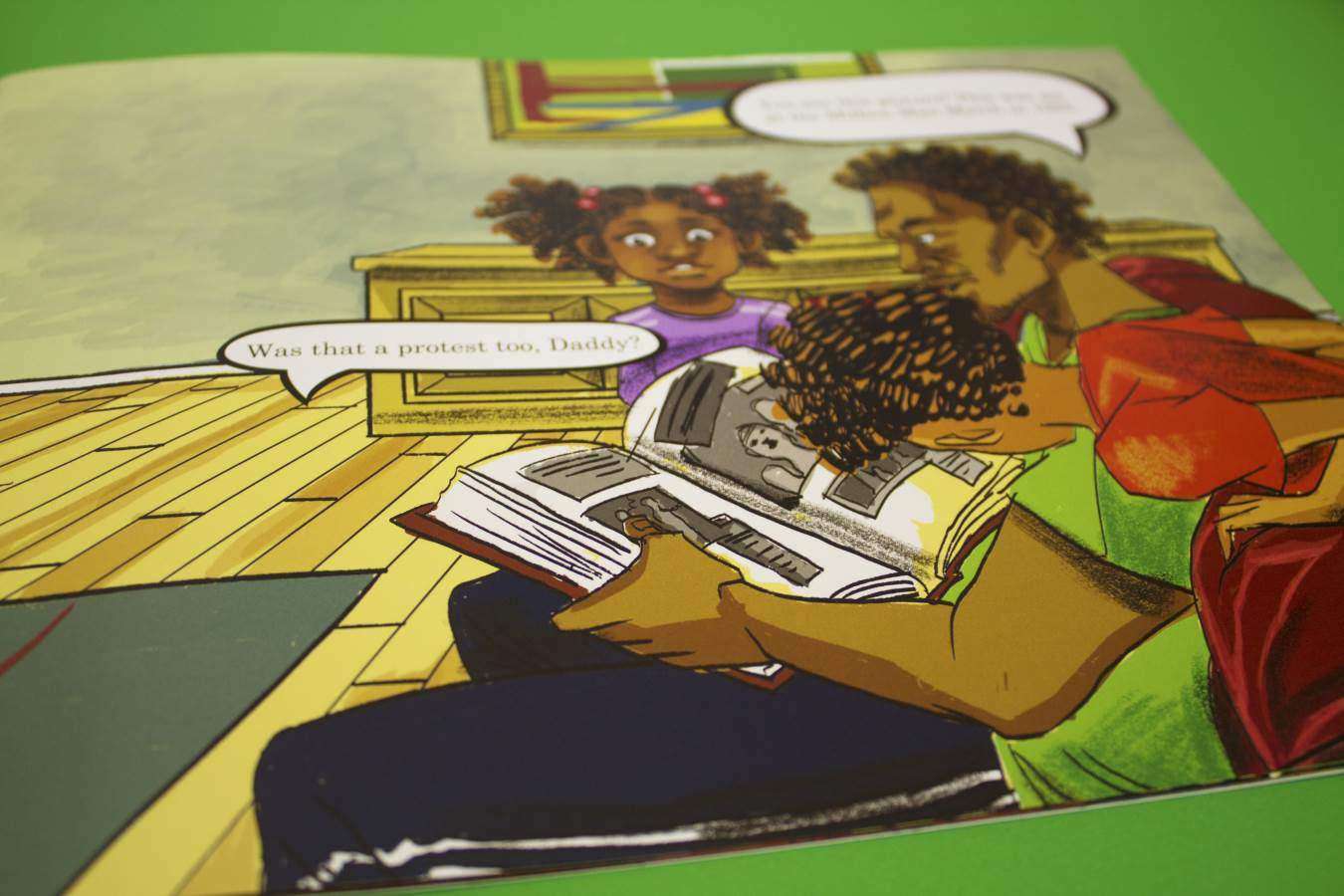
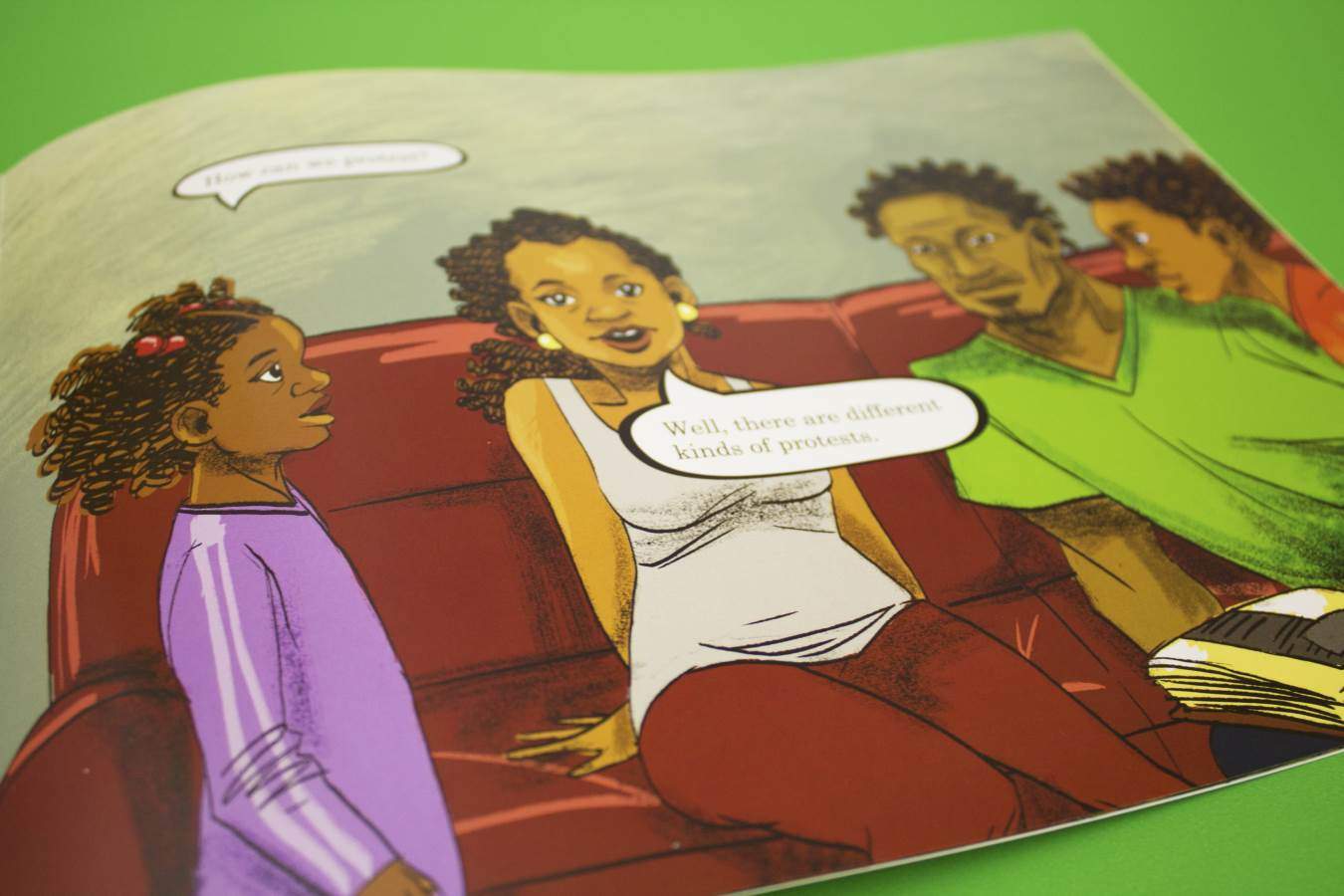
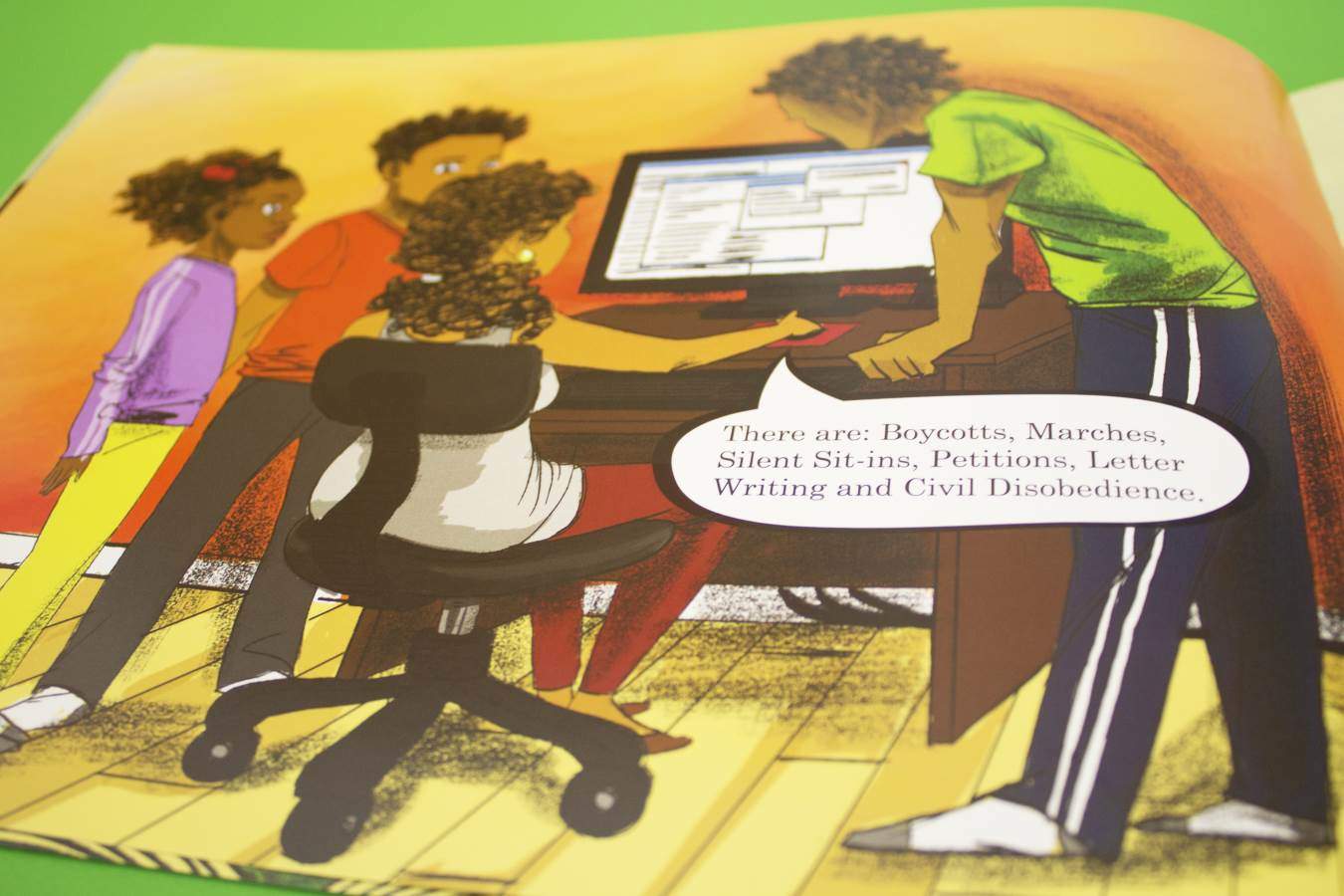
Although it is centered around a Black Lives Matter protest, the main ideas and take home points can be applied to any protest. If you’ve been looking for a way to talk with your children about the women’s march this past week, this book could be a great conversation starter. It references historical examples of protests, such as the 1963 March on Washington, and the Million Man March in 1995, which will likely spark some Google sessions looking for pictures and learning about the events, if your kiddos are anything like mine! The book emphasizes peaceful forms of protest, citing boycotts, marches, sit-ins, petitions, letter writing, and civil disobedience. It also discusses the role children can play in protests, making it a great way to discuss involving your children in affecting change within your community.
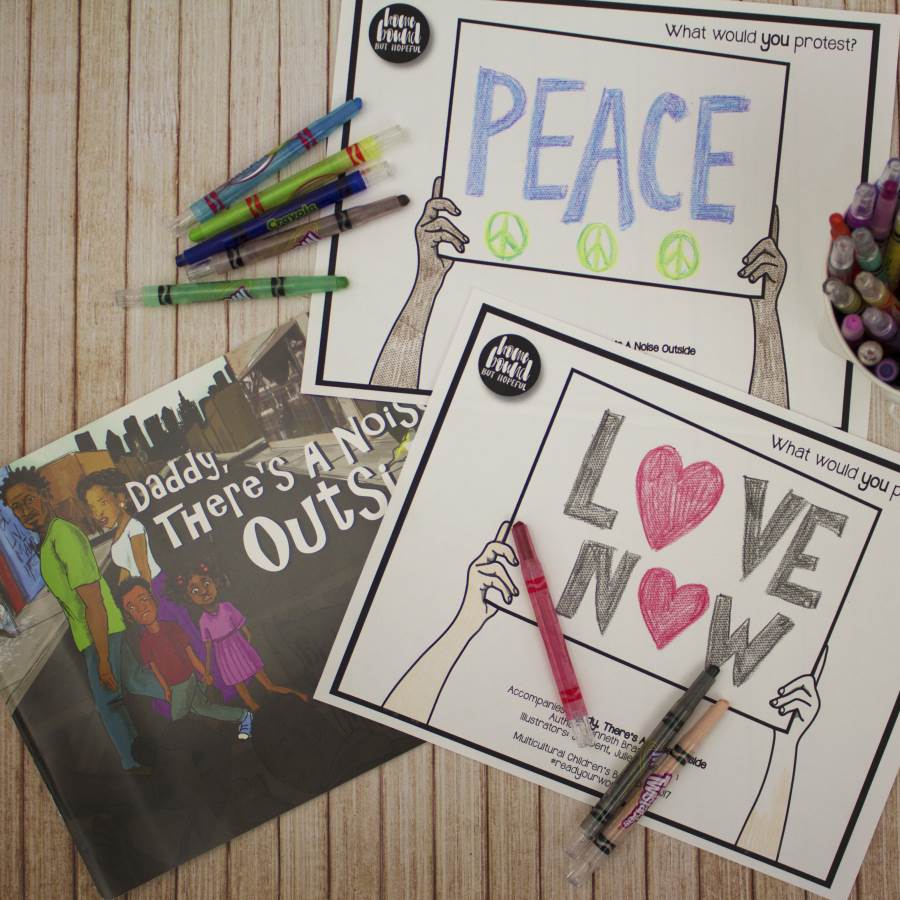
Inspired by Daddy, There’s A Noise Outside, I created a printable drawing and coloring sheet for your children to design their own protest posters. This is a great opportunity for further discussion of the current political state here in the United States, as well as the issues that are being debated world wide. It can also help you gain insight into what issues, big or small, are on your child’s mind. Grab your free printable, and take some time to talk with your children about the posters they design.
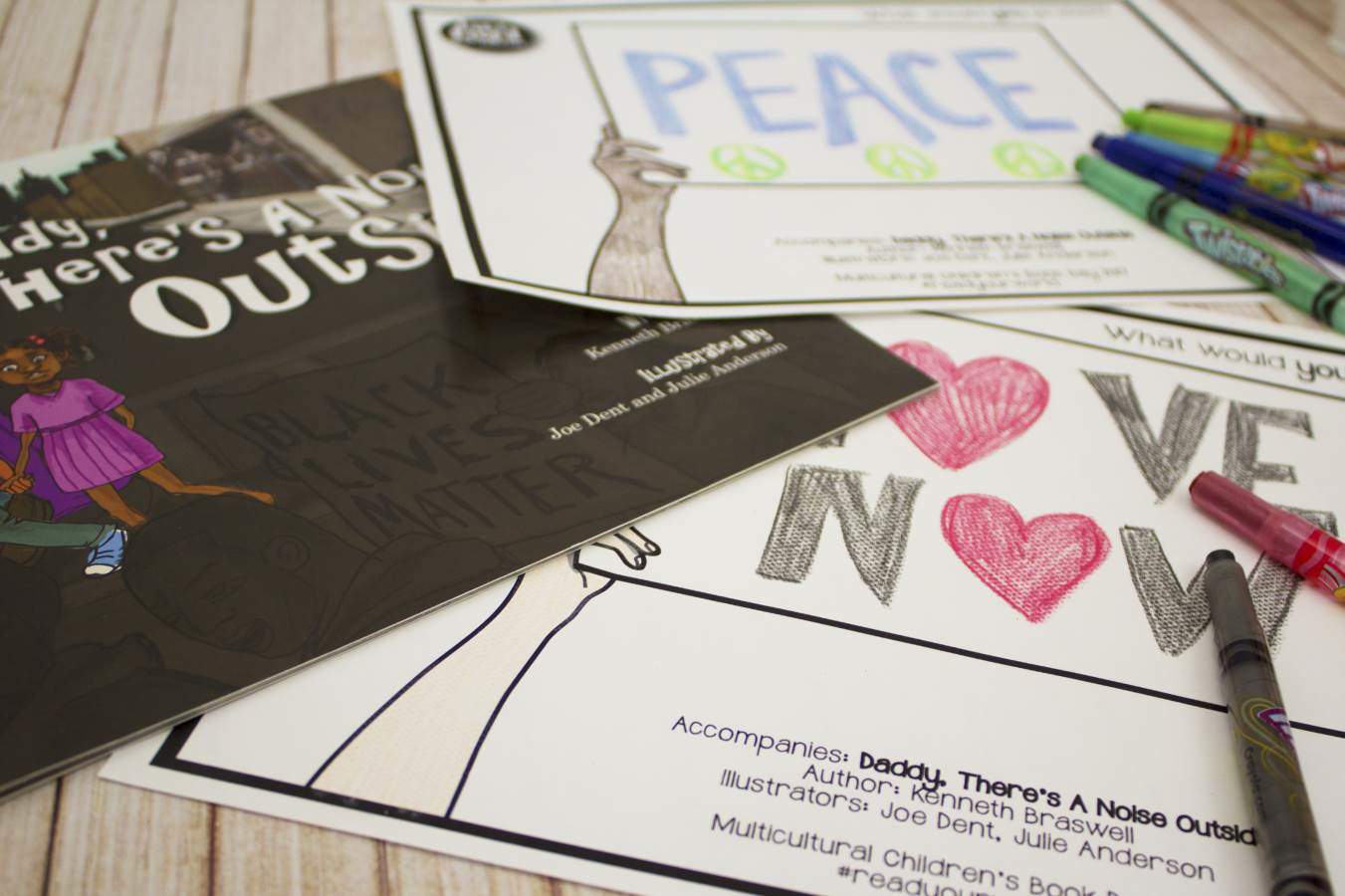
printable:
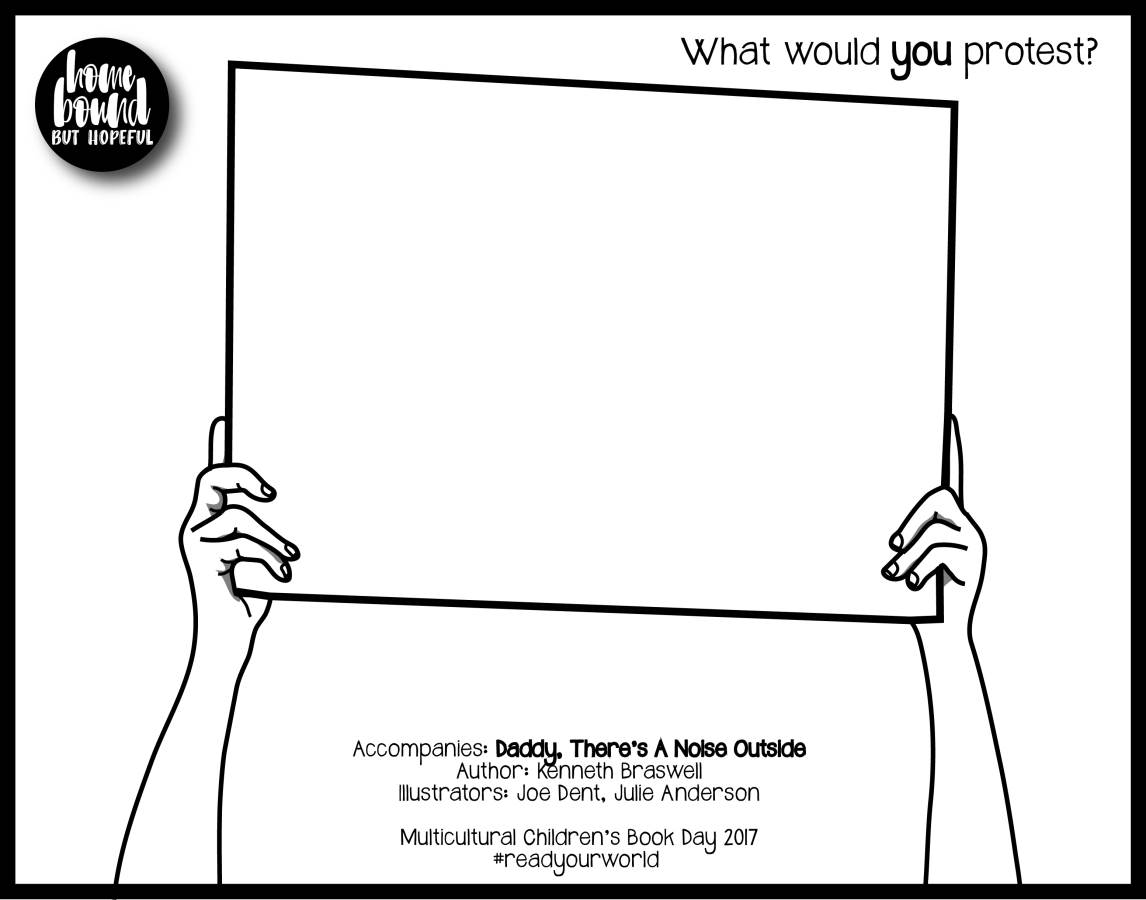
I was so honored to be included in this special event, and am grateful to Fathers Incorporated for sharing their books with me. I encourage anyone reading to check out their mission. Please be sure to take a look through the sponsors and hosts, and click through to their sites for more information about how they can help you to build a diverse home or classroom library. It’s a crucial part of raising a more tolerant generation than our own.
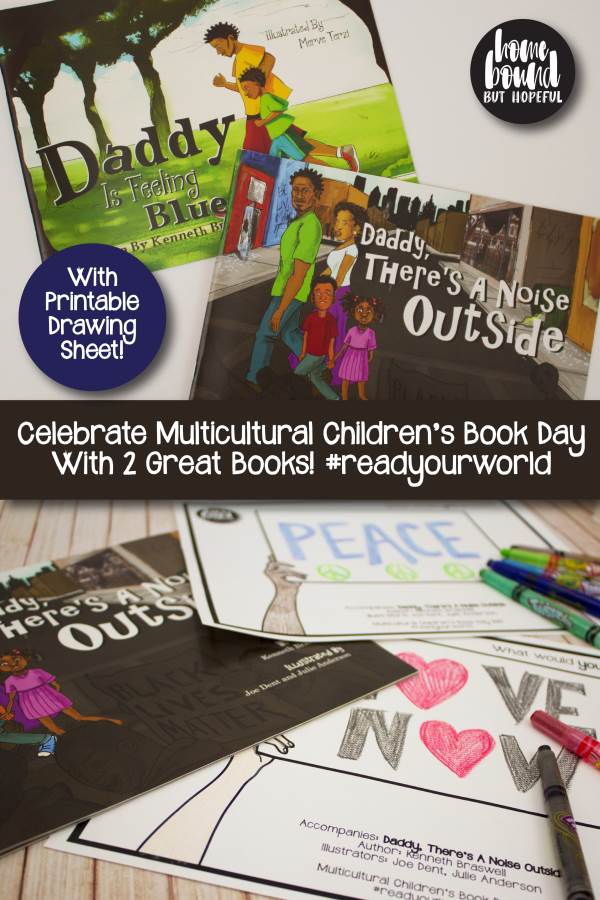
More excellent book suggestions for your kids can be found here.
Check out other great ideas for arts & activities inspired by children’s literature!Both books are available directly from the Fathers Incorporated Official Store, or via the Amazon links below.
Disclosure: Although I received a free copy of each book for review, all opinions are my own.
Standard Disclosure: This post contains affiliate links. I may receive a commission from purchases you make through the links in this post (at no additional cost to you), which allows me to continue providing free content on the blog.
Learn More & Connect With Our sponsors
Multicultural Children’s Book Day 2017 (1/27/17) is its fourth year and was founded by Valarie Budayr from Jump Into A Book and Mia Wenjen from PragmaticMom. Our mission is to raise awareness on the ongoing need to include kid’s books that celebrate diversity in home and school bookshelves while also working diligently to get more of these types of books into the hands of young readers, parents and educators.
Despite census data that shows 37% of the US population consists of people of color, only 10% of children’s books published have diversity content. Using the Multicultural Children’s Book Day holiday, the MCBD Team are on a mission to change all of that.
Current Sponsors: MCBD 2017 is honored to have some amazing Sponsors on board.
Platinum Sponsors include Scholastic, Barefoot Books and Broccoli.
Other Medallion Level Sponsors include heavy-hitters like Author Carole P. Roman, Audrey Press, Candlewick Press, Fathers Incorporated, KidLitTV, Capstone Young Readers, ChildsPlayUsa, Author Gayle Swift, Wisdom Tales Press, Lee& Low Books, The Pack-n-Go Girls, Live Oak Media, Author Charlotte Riggle, Chronicle Books and Pomelo BooksAuthor Sponsors include: Karen Leggett Abouraya, Veronica Appleton, Susan Bernardo, Kathleen Burkinshaw, Delores Connors, Maria Dismondy, D.G. Driver, Geoff Griffin, Savannah Hendricks, Stephen Hodges, Carmen Bernier-Grand, Vahid Imani, Gwen Jackson, Hena, Kahn, David Kelly, Mariana Llanos, Natasha Moulton-Levy, Teddy O’Malley, Stacy McAnulty, Cerece Murphy, Miranda Paul, Annette Pimentel, Greg Ransom, Sandra Richards, Elsa Takaoka, Graciela Tiscareño-Sato, Sarah Stevenson, Monica Mathis-Stowe SmartChoiceNation, Andrea Y. Wang
We’d like to also give a shout-out to MCBD’s impressive CoHost Team who not only hosts the book review link-up on celebration day, but who also work tirelessly to spread the word of this event. View our CoHosts HERE.
MCBD Links to remember:
MCBD site: http://multiculturalchildrensbookday.com/
Free Multicultural Books for Teachers: http://bit.ly/1kGZrta
Free Kindness Classroom Kit for Homeschoolers, Organizations, Librarians and Educators: http://multiculturalchildrensbookday.com/teachers-classroom-kindness-kit/
Free Diversity Book Lists and Activities for Teachers and Parents: http://bit.ly/1sZ5s8i
Hashtag: Don’t forget to connect with is on social media and be sure and look for/use their official hashtag #ReadYourWorld.
-
Bumblebee Boy Flies Alone! (Sometimes)
Lately, it seems like my kids are all about superheroes. #thebigone has been pretty into them since he was about three, and has always been especially interested in Spider-Man. #thelittleone recently discovered his brother’s big Captain America action figure at my parent’s house, and has become very attached. He loves to run with it through the house chanting “dun dun duuuuuh” as his very own superhero soundtrack. So when I found out the group of moms I team up with some months for a themed picture book inspired craft link up was going to be focusing on the Ladybug Girl series, it was only logical that I would choose The Amazing Adventures of Bumblebee Boy for my kiddos.
In case you’re not familiar with it, David Soman and Jacky Davis’ Ladybug Girl series follows Lulu, an imaginative little girl who feels strongest when she is dressed as Ladybug Girl. In Ladybug Girl and Bumblebee Boy, we meet her friend Sam, whose superhero altar ego is Bumblebee Boy. The two heroes play together and successfully protect their playground. The book I chose, The Amazing Adventures of Bumblebee Boy, is centered around Sam and his little brother Owen. Owen is desperate for a chance to be included in Sam’s imaginative dramatic play scenarios, where he rescues his household from all sorts of threats. (Aliens and pirates and dragons, oh my!)
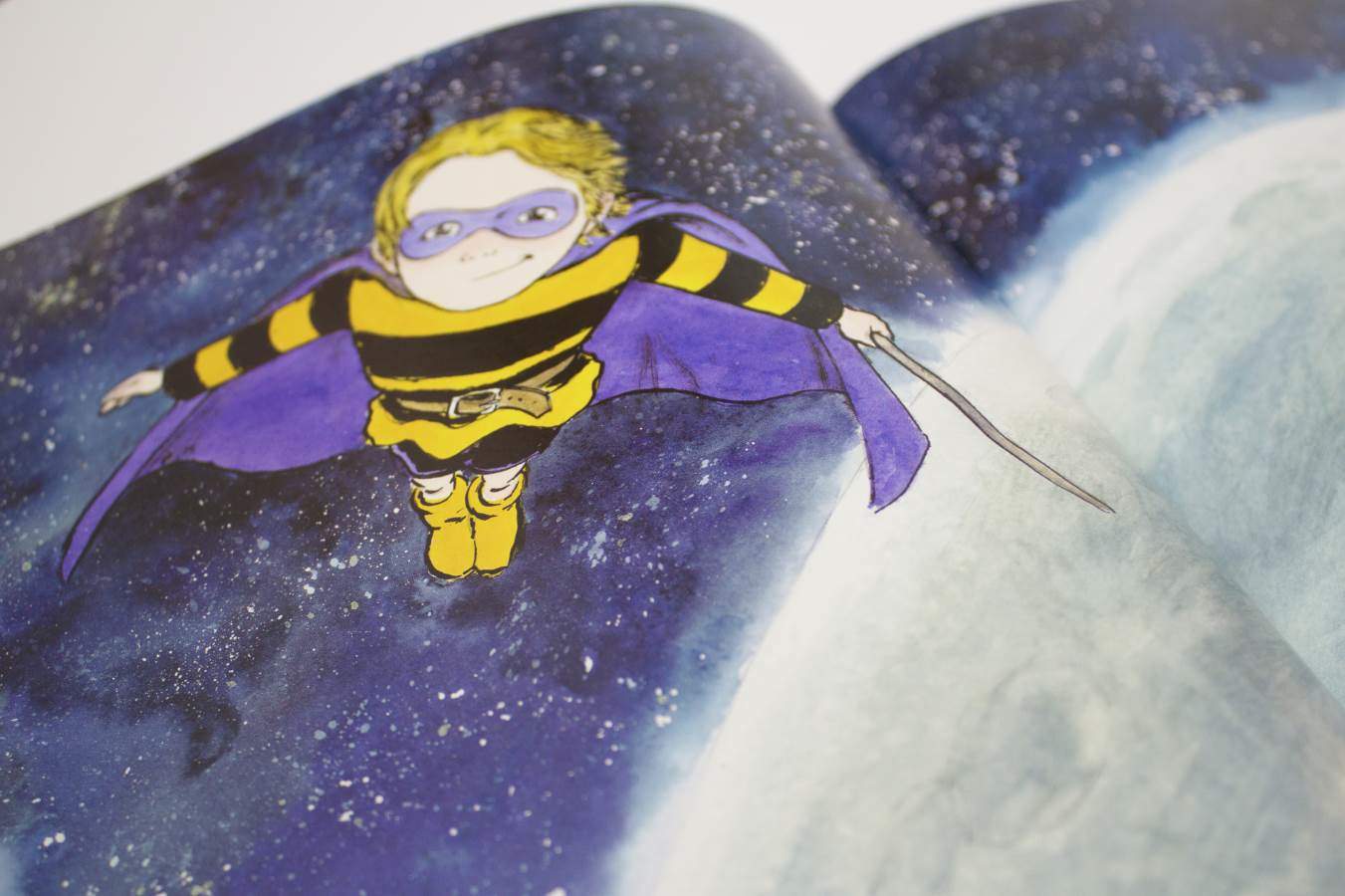
It’s a charming story about the classic older sibling-younger sibling dynamic of the desire for independence, and the little shadow that persistently tags along. I knew #thebigone would be able to see a bit of himself and his younger brother in the characters. Although he’s typically very patient and almost always wants to include his little brother in activities, he does have his moments of frustration – and understandably so. This book is a great read for kids struggling with that relationship – both the older sibling and the younger.
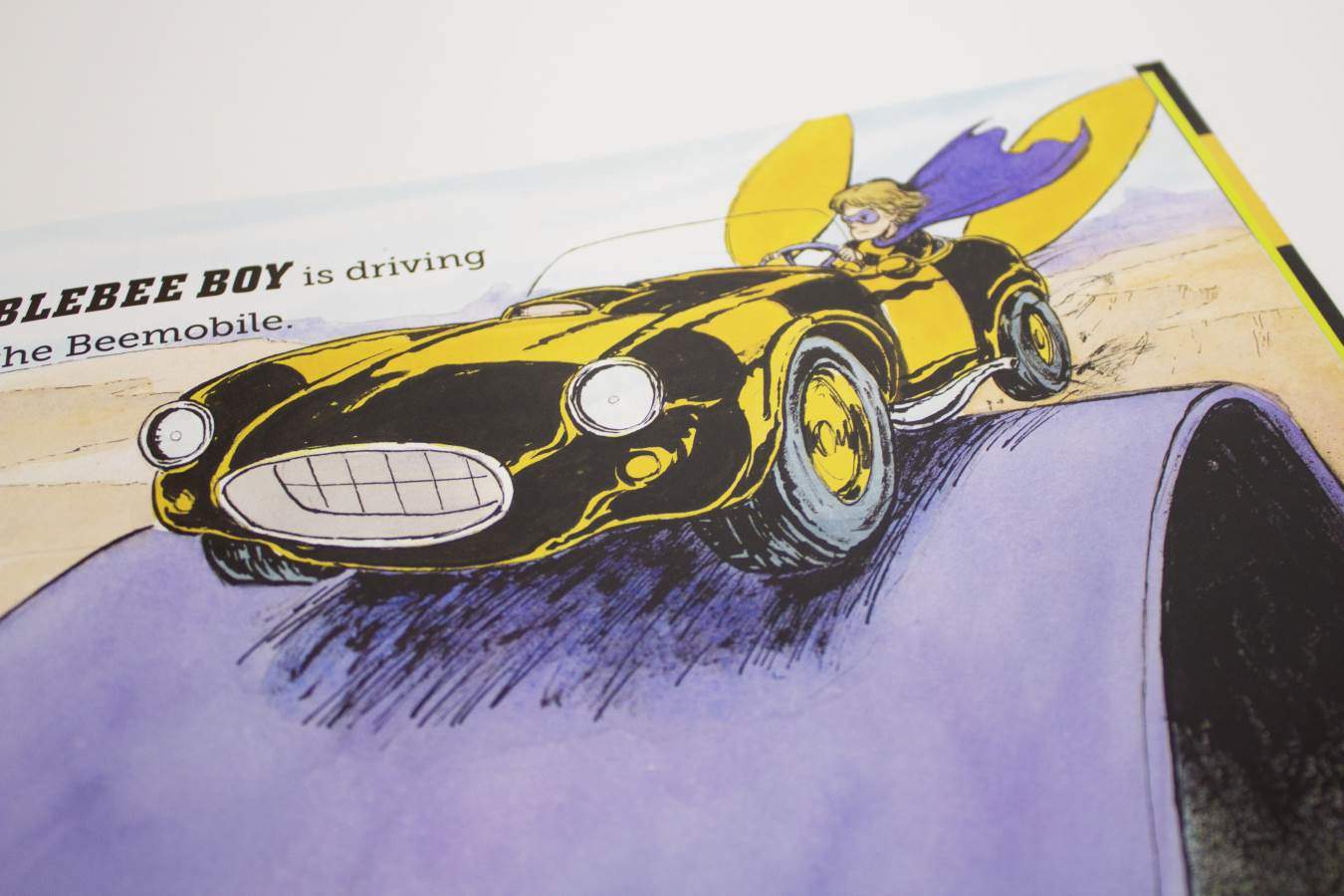
Kids will love the imaginative adventures of Bumblebee Boy and his young sidekick, which will spark all sorts of ideas for ‘bad guys’ they may need to battle themselves. The illustrations in the book are darling, with the characters given so much life. I am particularly smitten with Owen, seeing so much of #thelittleone’s toddler quirks in him. (Oh, and also, who can resists a kiddo in footie jammies?! Am I right?!)
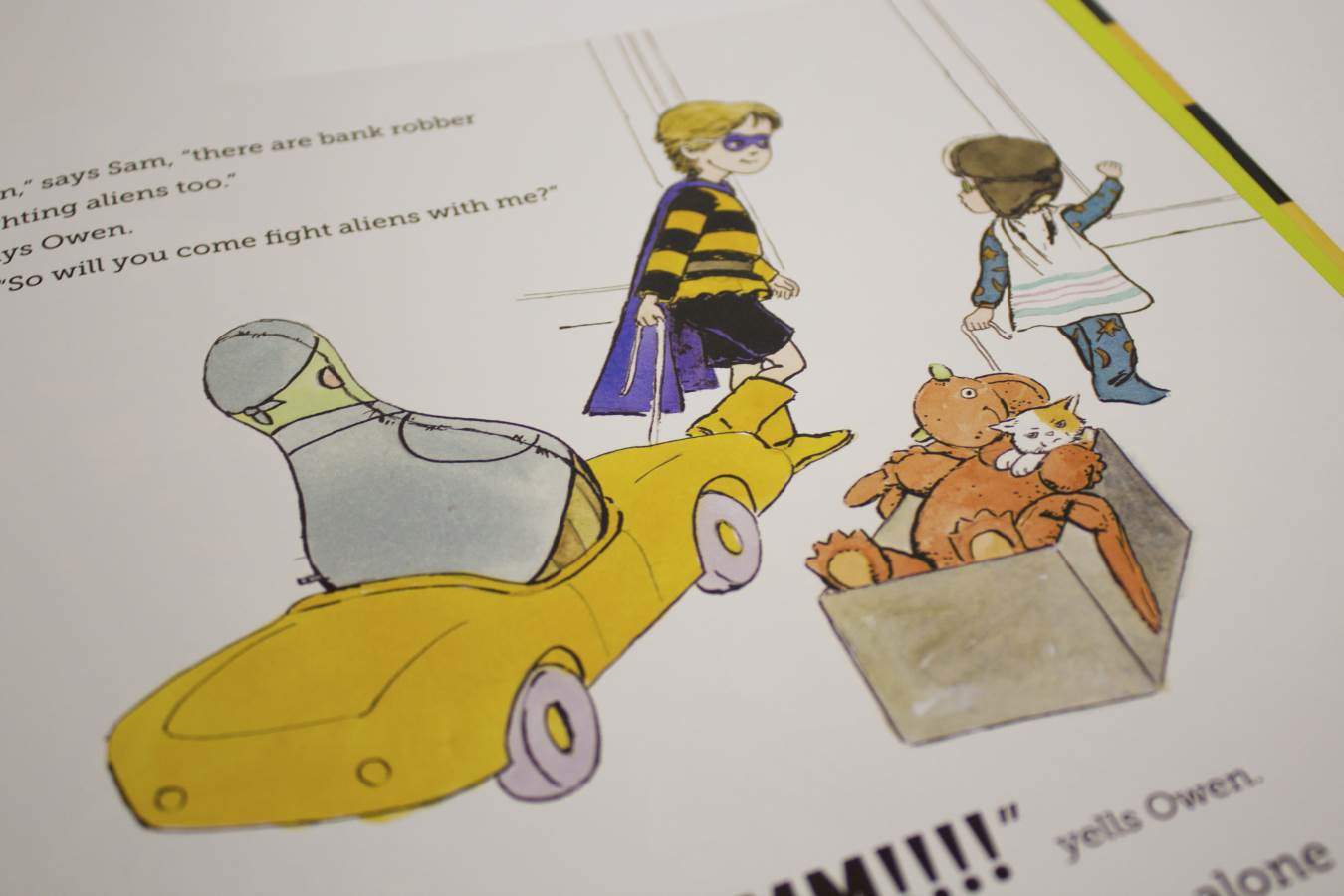
Inspired by the adorable costumes worn by both Ladybug Girl and Bumblebee Boy, we decided to create our own superhero personas and attire. These capes and masks are simple to create, and provide a great jumping off point for make believe play.
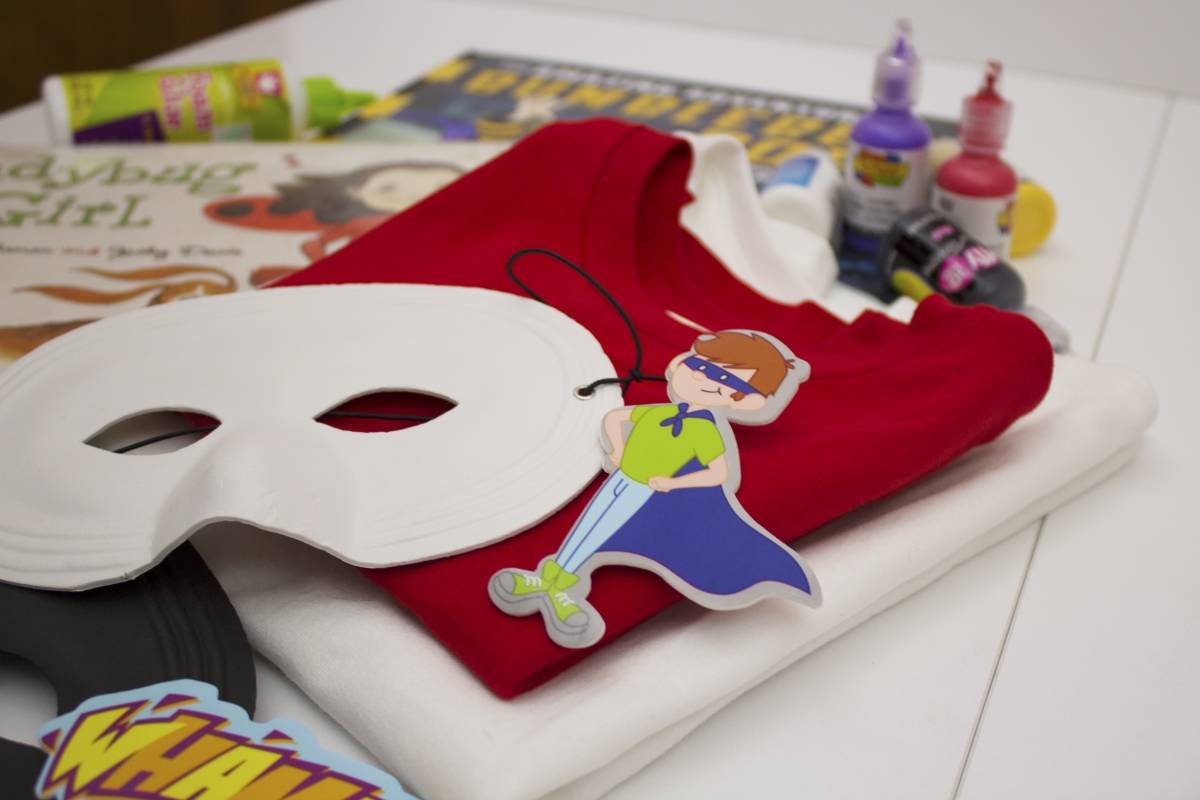
You Will Need:
T-shirt. I chose to do mine in the current size, or just slightly larger than my kids wear, because I didn’t want a lot of material hanging on the ground.
Fabric paints/markers. We used a combination of puff paint and brush on fabric paints, but use what you have on hand or feel most comfortable with.
Plain masks. These can be found inexpensively at most craft stores, and there are usually craft foam options as well as some fabric options available.
‘Extras’ for your masks. (Optional) We picked up some fun superhero themed foam shapes to add on to our masks, but there’s no reason this is a ‘must’. Other fun ideas for add-ons could be feathers, sequins, rhinestones, or ribbons, depending on what sort of superhero your child plans to be come.
Scissors. Fabric scissors are ideal, but not a requirement. Adults should take care of the cape cutting, at least for the younger crafters.Directions to make no-sew superhero capes from t-shirts are everywhere on Pinterest as well as on an overwhelming number of blogs across the web, so I won’t bore you with the specifics of that. I personally used these instructions from Kelleigh Ratzlaff Designs. The instructions are simple and straightforward with plenty of pictures, so it was simple to follow along and create our capes.
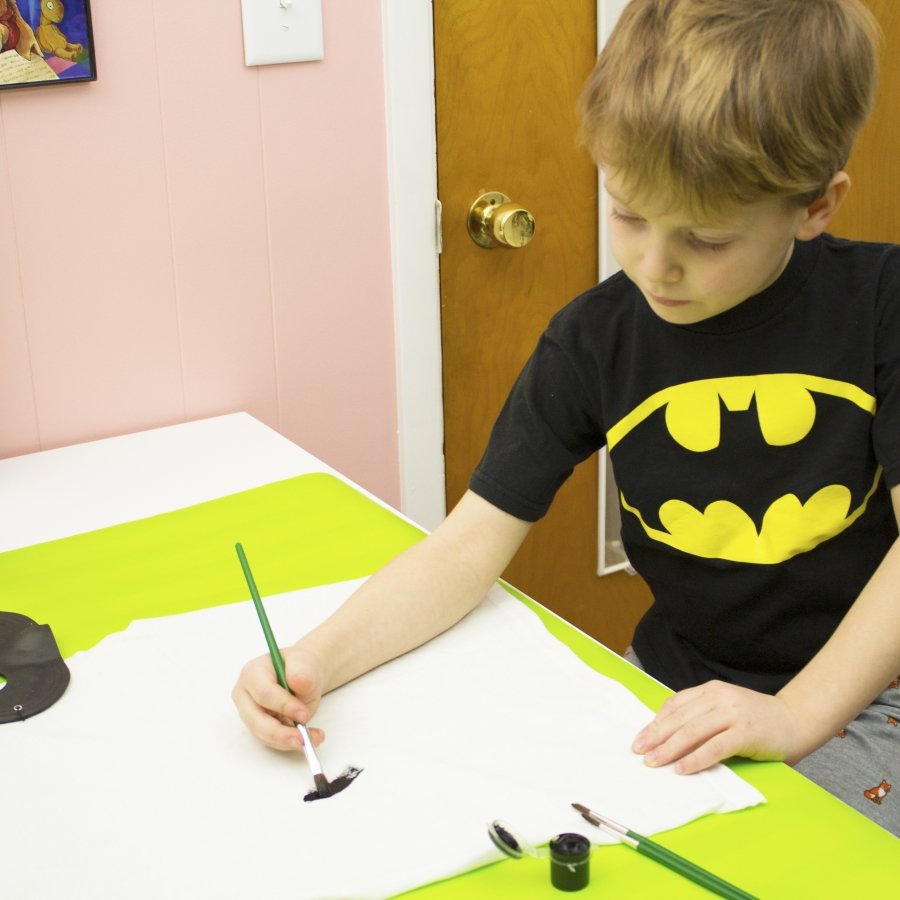
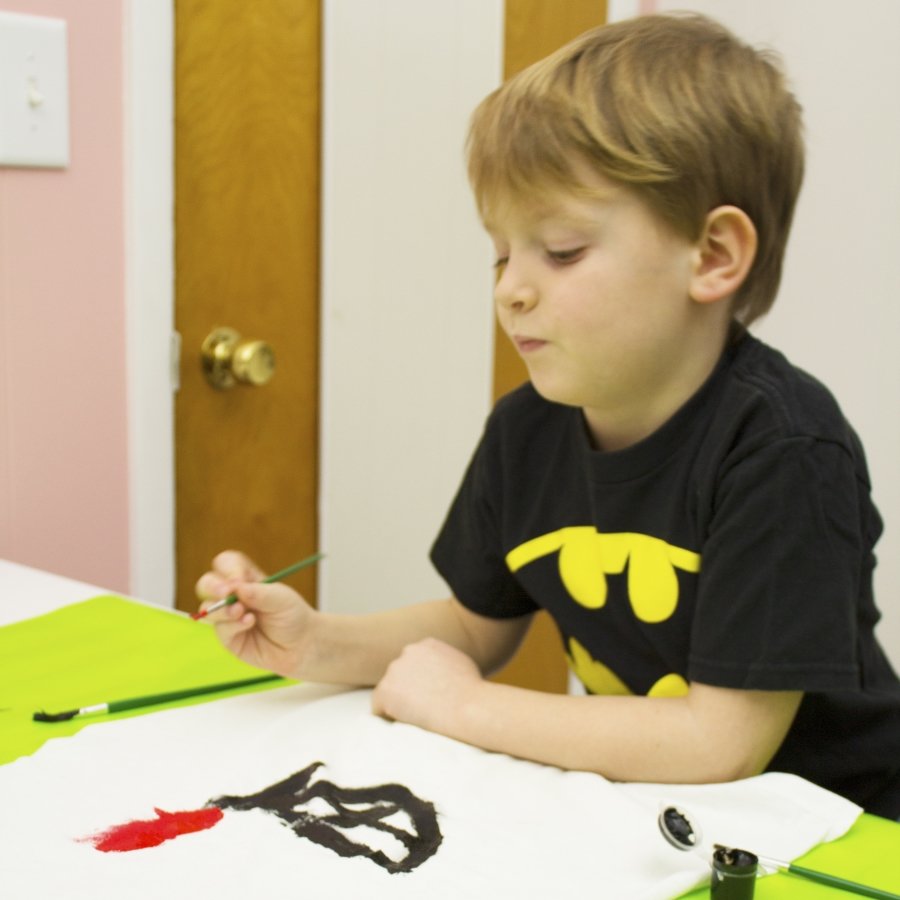
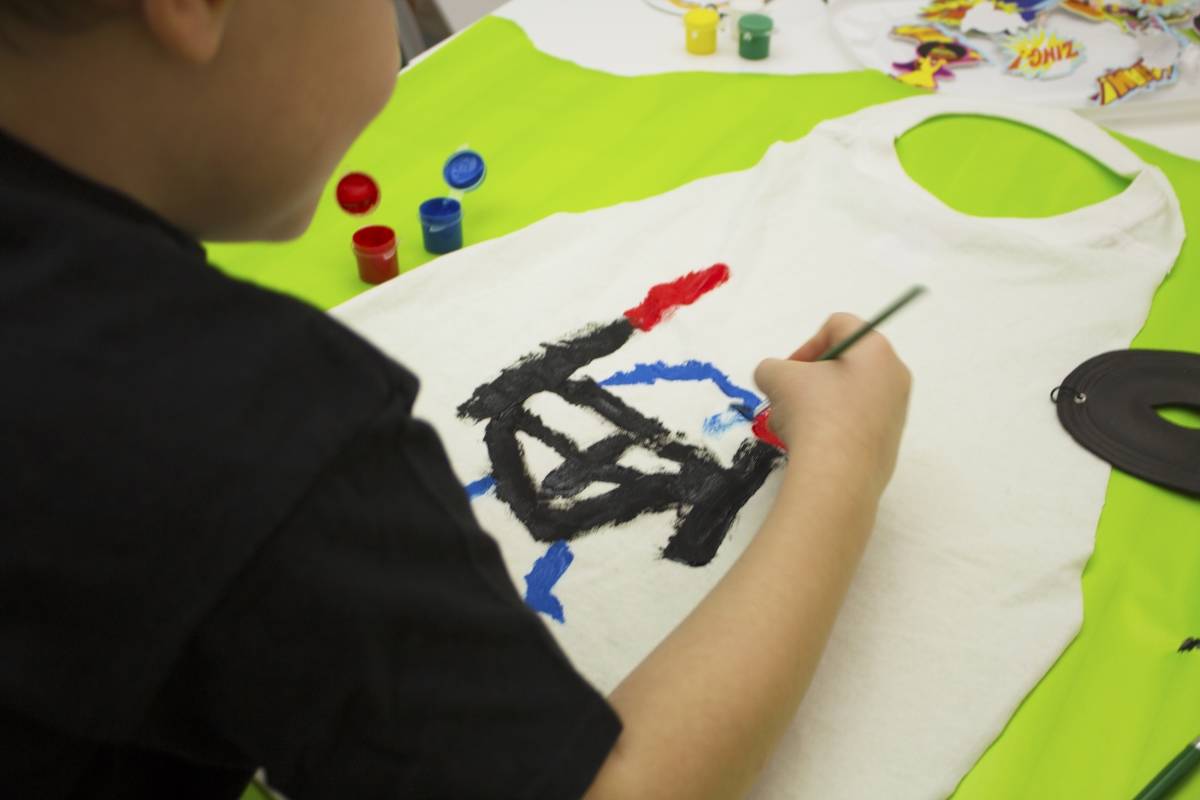
I created #thelittleone’s cape for him, obviously inspired by Ladybug Girl herself. #thebigone worked hard on his cape… In not-too-surprising six year old fashion, he chose to make himself ‘Underwear Man’. His cape shows a guy wearing underwear and holding two torches. (I’m guessing the torches are a Minecraft by-product, but I could be wrong). What can I say? Undies are a guaranteed giggle when you’re a kid, I guess!
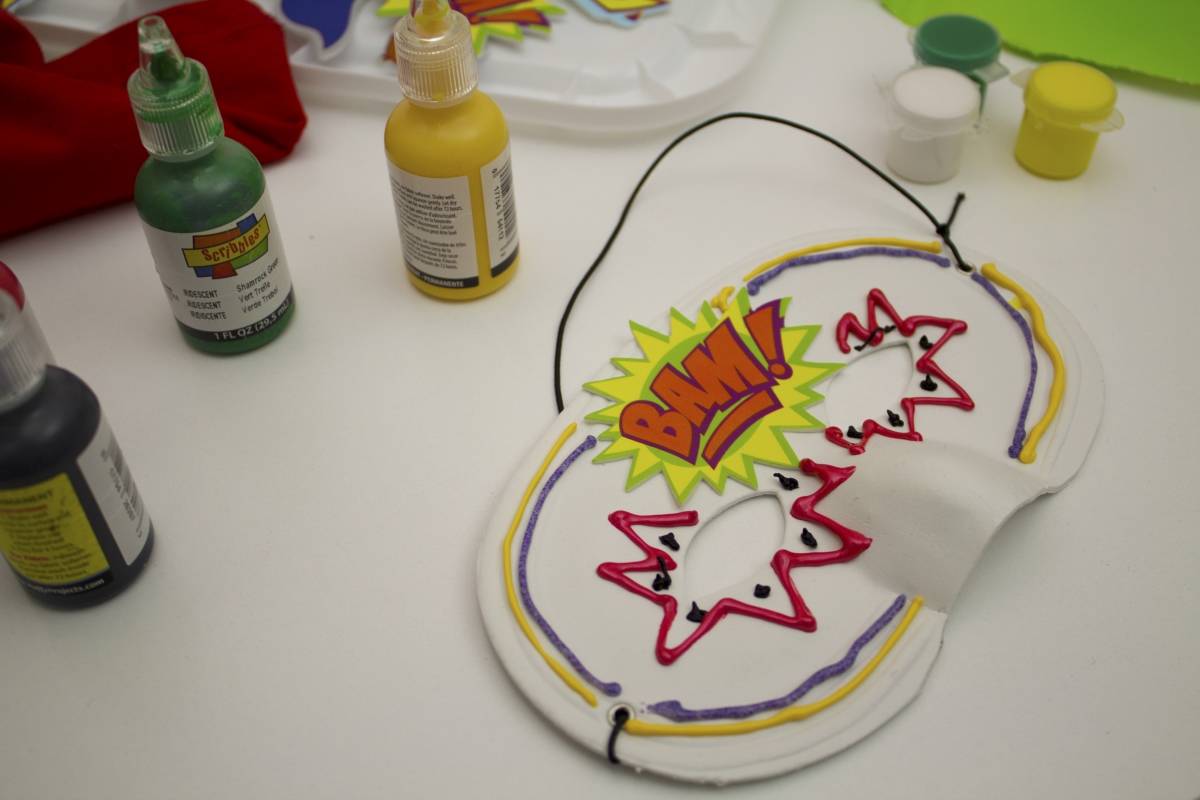
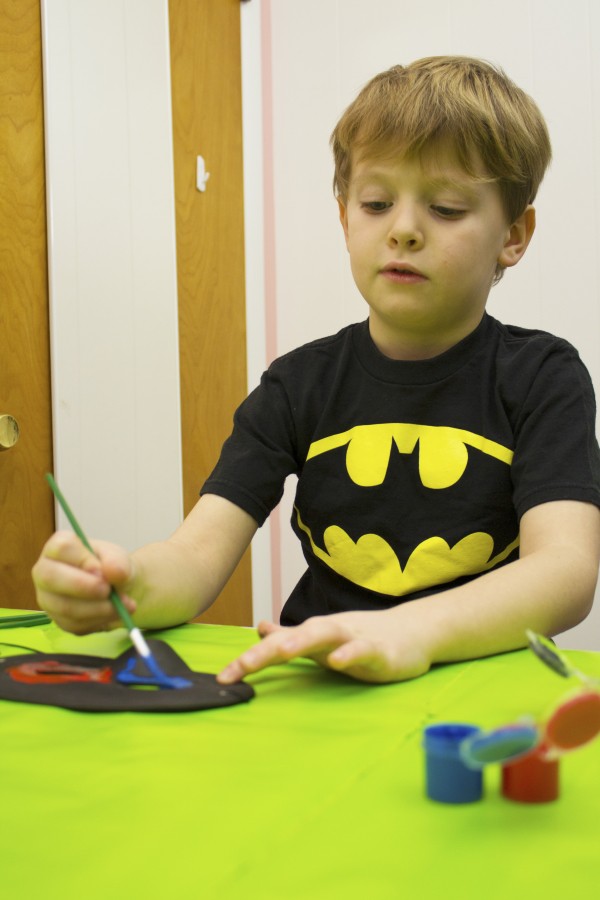
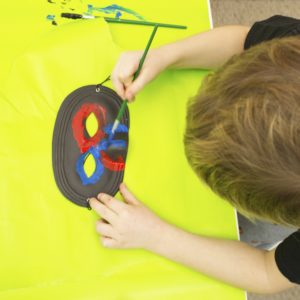
To decorate the masks, we used a combination of foam shapes with glue, puff paints (squeezing those little bottles is great for hand strength!) and some fabric paint with brushes. I did #thelittleone’s for him, and #thebigone took care of his own. He’s not a big fan of masks, so I knew he wasn’t likely to wear it a lot. I wasn’t too surprised when he rushed through the mask portion of our craft. Other kids will take more time with it, I’m sure.
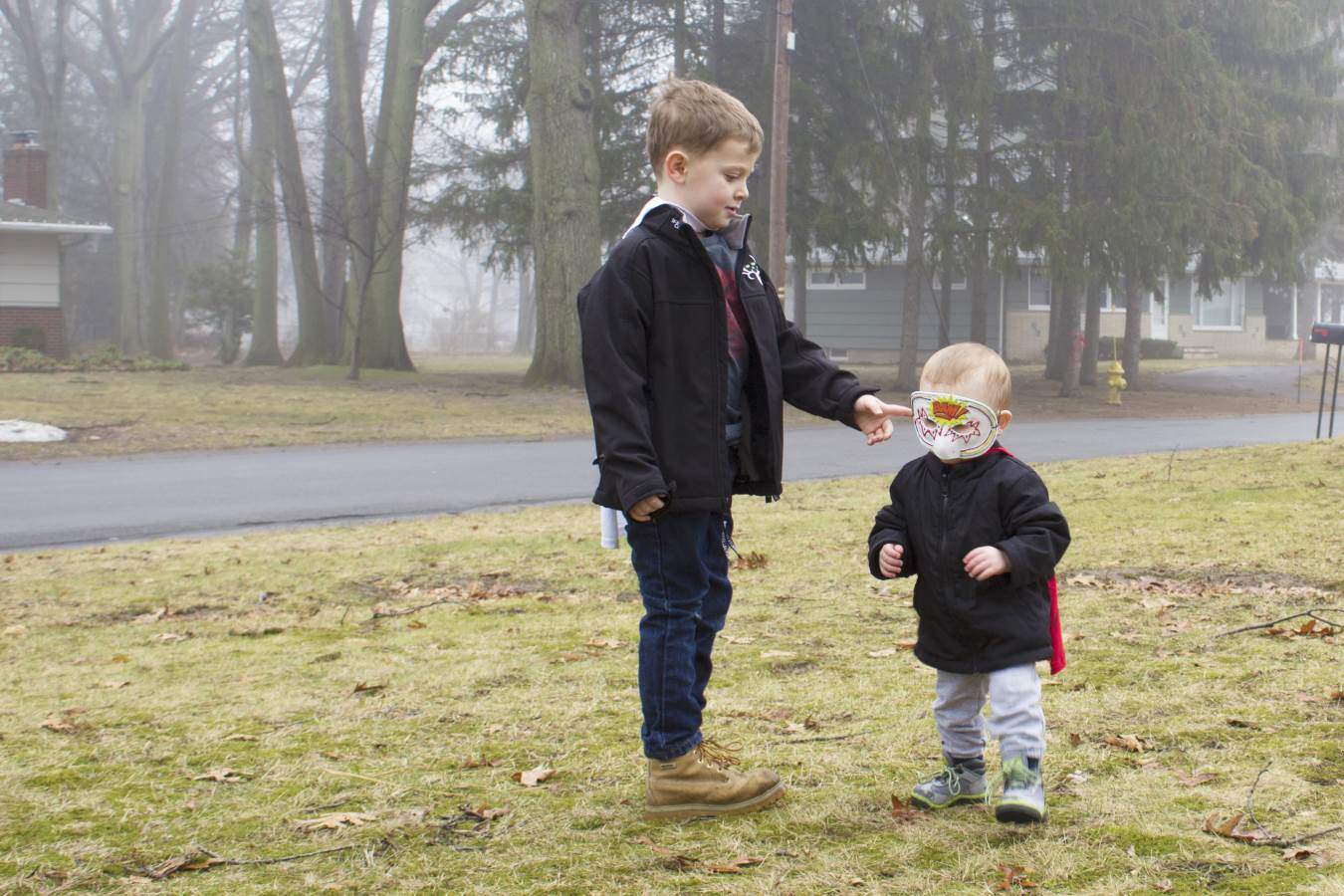
When our masks and capes were completely dry, we took advantage of a warm-ish January day to squeeze in a little outside superhero play! The boys had a lot of fun running through our yard, setting ‘dinosaur traps’, and poking a dead caterpillar with sticks. We’ve added our special capes and masks to our dress-up cupboard in the playroom, until the next time Underwear Man and Ladybug Boy have an adventure to go on!
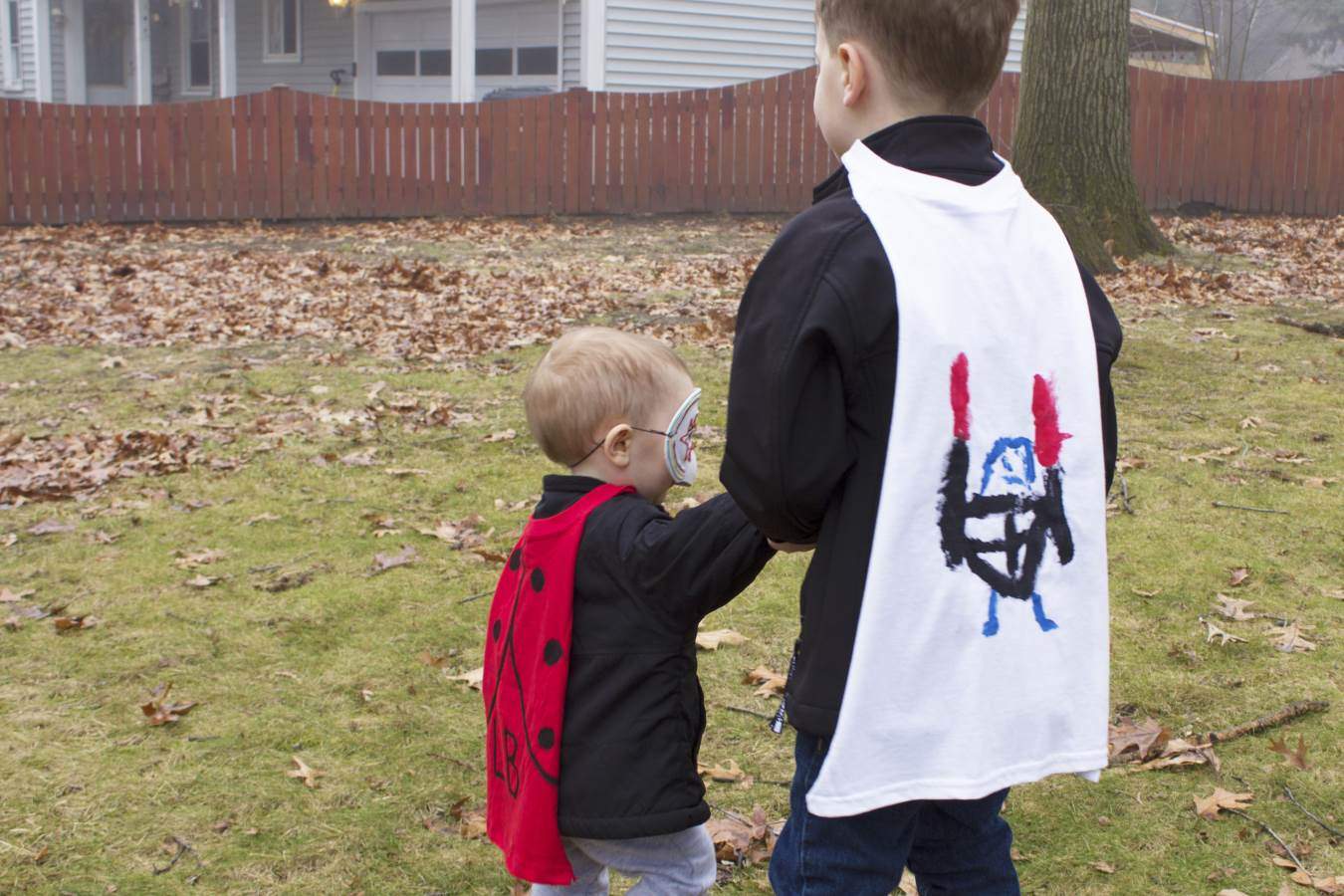
Do your kids love superheroes too? What kind of superhero would they choose to become? Let me know in the comments!
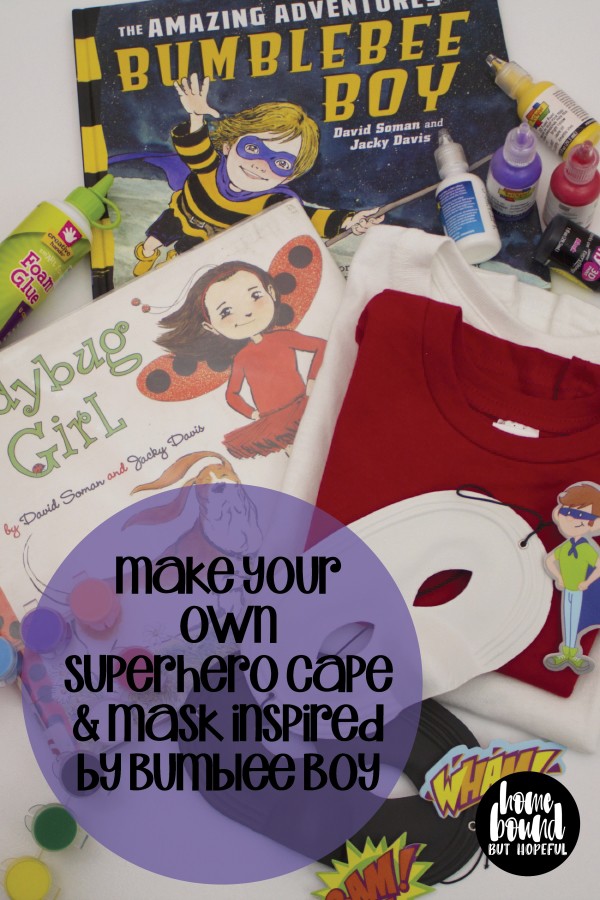
Some great ideas for dramatic play are right here, and costume fun is collected here!
If you’re looking for other great activities inspired by children’s literature, this is for you!And don’t forget to scroll down for the Ladybug Girl Craft Link Up! Lots of great ideas from other creative bloggers.





-
My Color Is Rainbow + Art For All Ages
Anyone who knows me ‘in real life’ or has been following my social media feeds for any stretch of time knows that I am a huge proponent of diversity and teaching tolerance. So when I was presented with the chance to review the new book from author Agnes Hsu and illustrator Yuliya Gwilym, My Color Is Rainbow, I jumped at the chance! The story of Little White Arch, and his quest to find his color is a sweet and entertaining read perfect for sharing with children.
The illustrations are bright, vibrant, and energetic. Gwilym’s screen prints use flat shapes of solid color with sketchy black details, set against a stark white backdrop. The intense colors pop, and the vibe is a combination of both retro and modern. The images stretch across the pages, filled with quirky characters for kids to discover at each reading. Even with the limited color palette and minimal use of lines, the creatures Little White Arch encounters are clearly depicted with loud personalities. (Um, hello, blue unicorn. I kind of love you!)
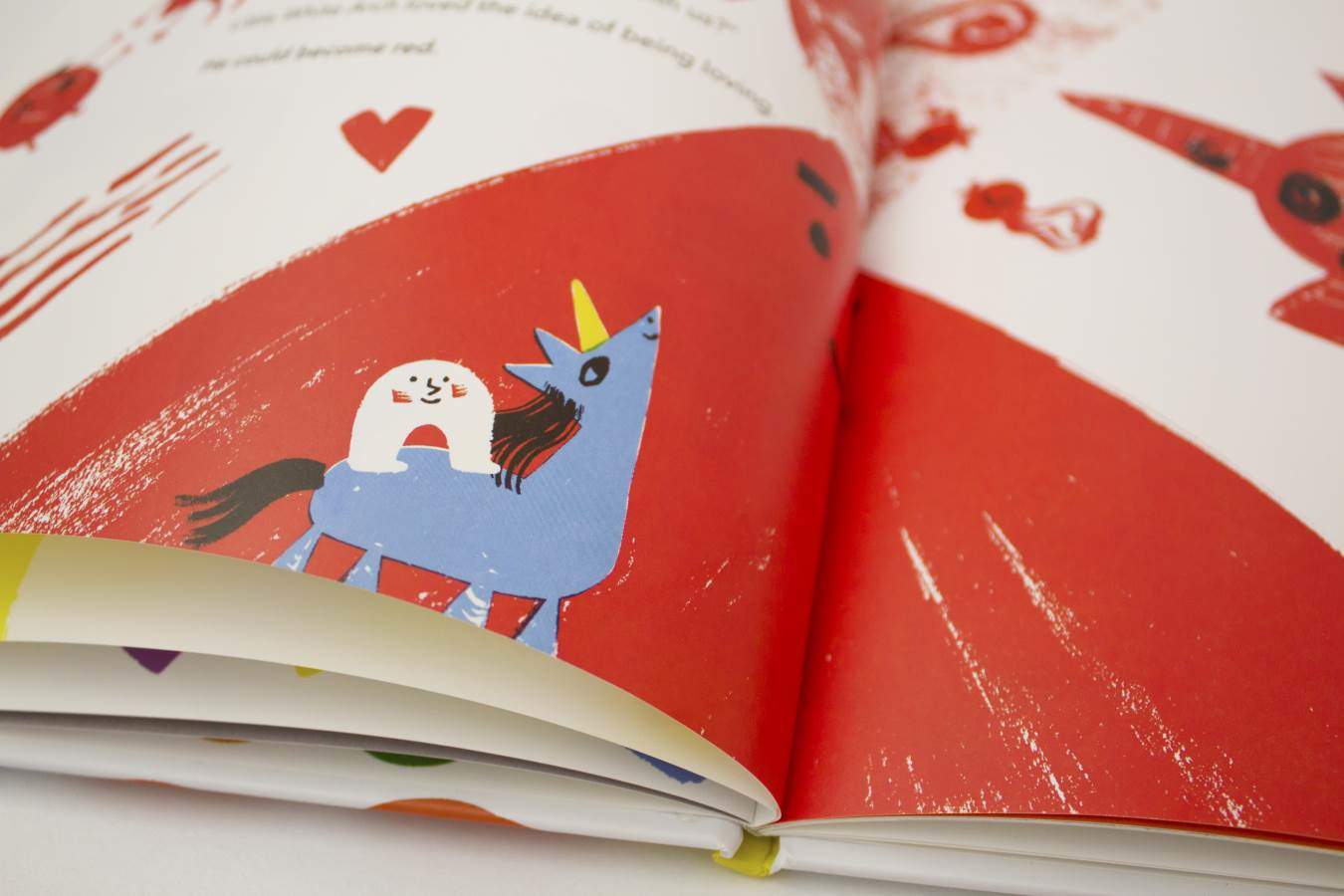
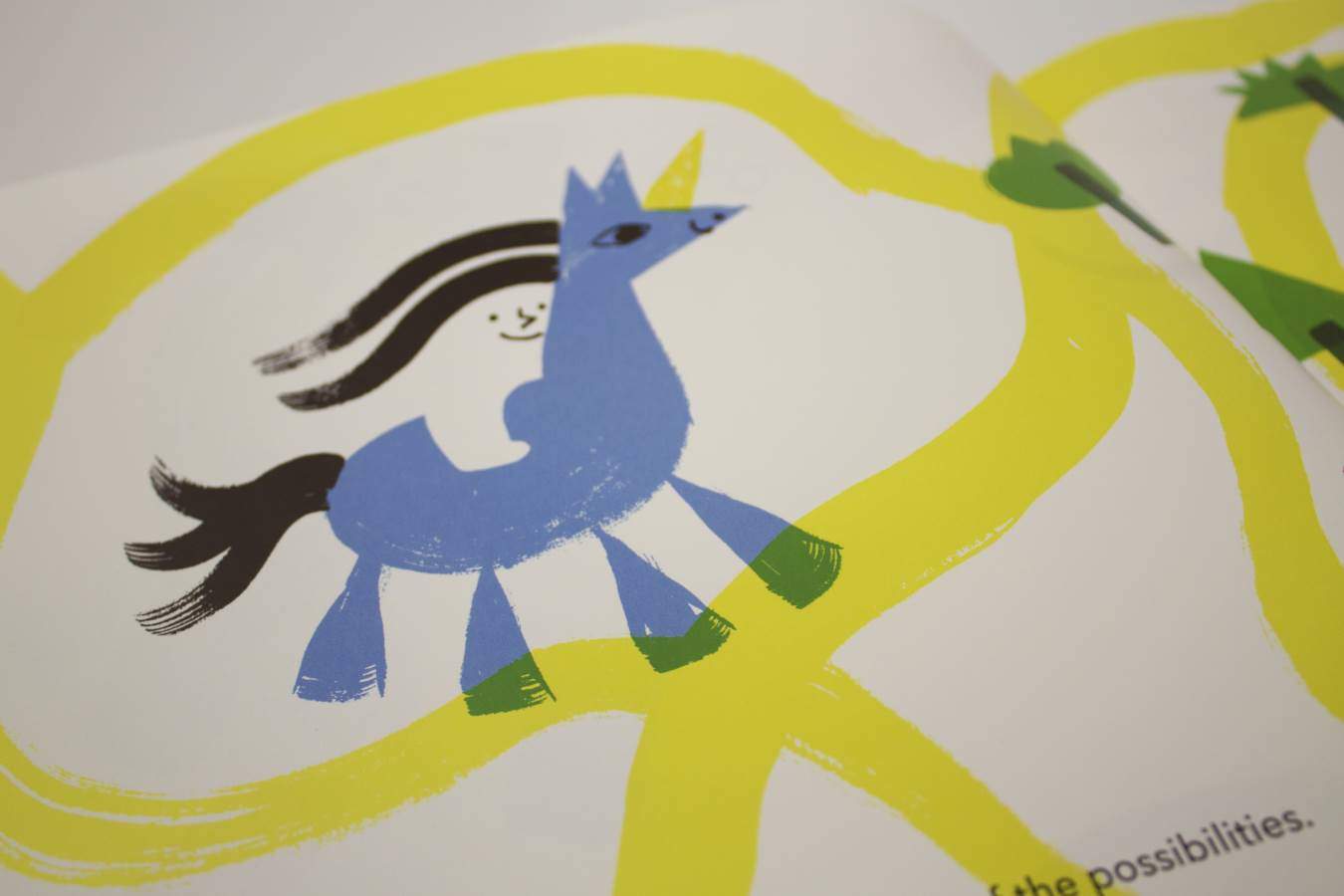
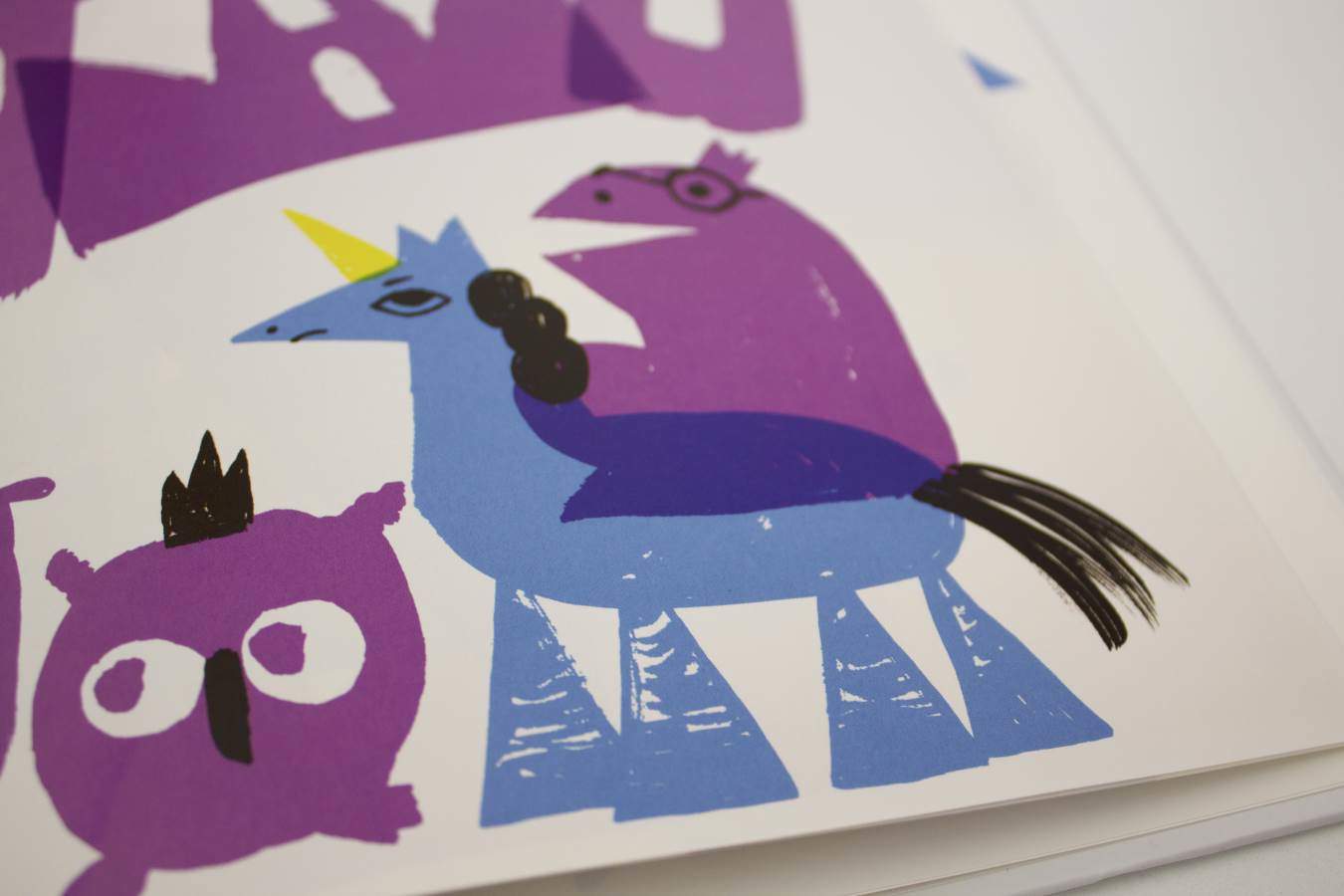
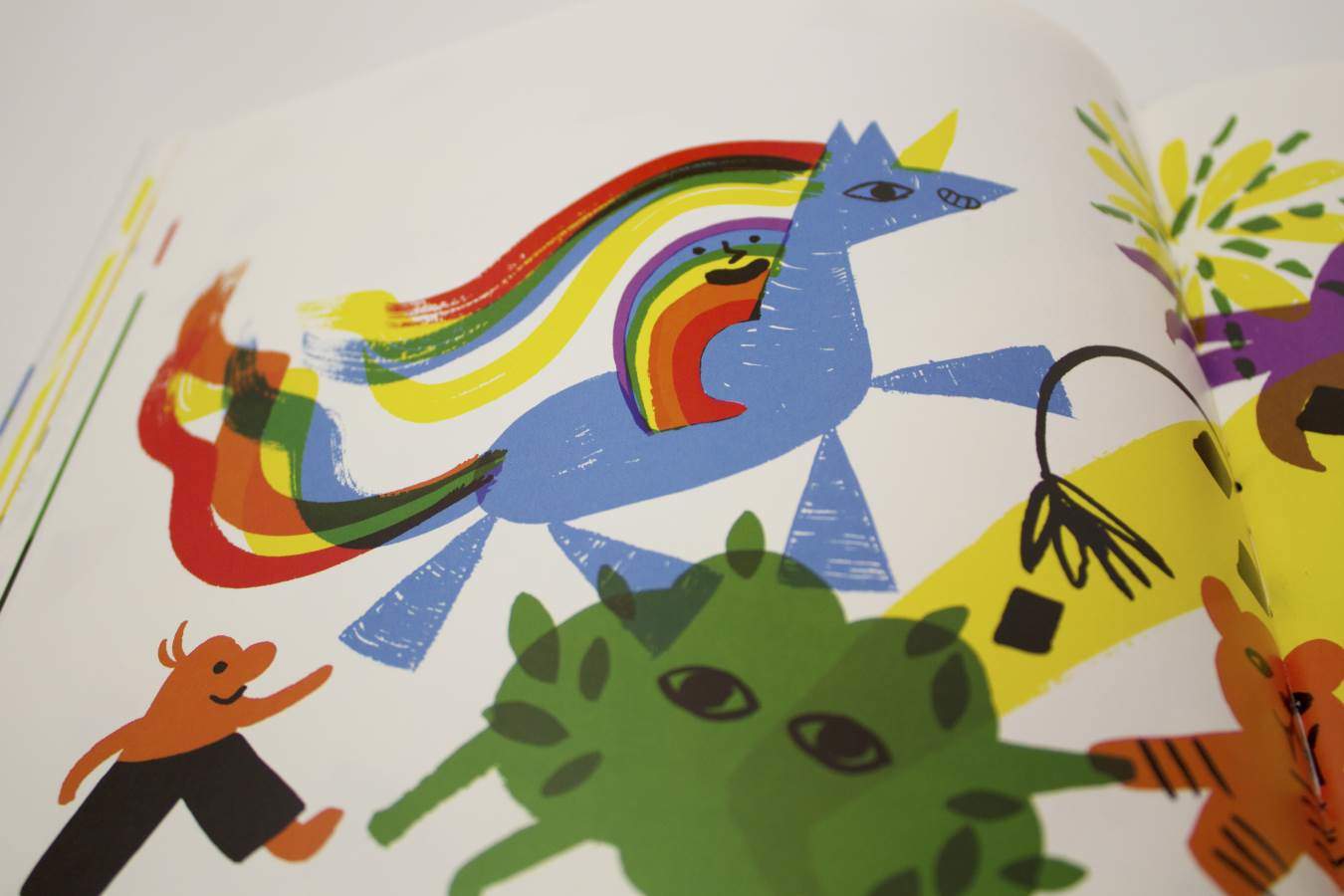
Little White Arch sets out to discover his color, and learns from those he meets along the way that he has characteristics of all the colors within him. His color truly is rainbow. After watching this weekend’s demonstrations, and seeing the strength & solidarity of those who marched worldwide in support of so many, I can think of no better book to spark a conversation with children about the need for inclusion & tolerance than My Color Is Rainbow. It’s the perfect stepping stone for an open chat about the diversity that exists within each of us, and the need to embrace the differences among us all.
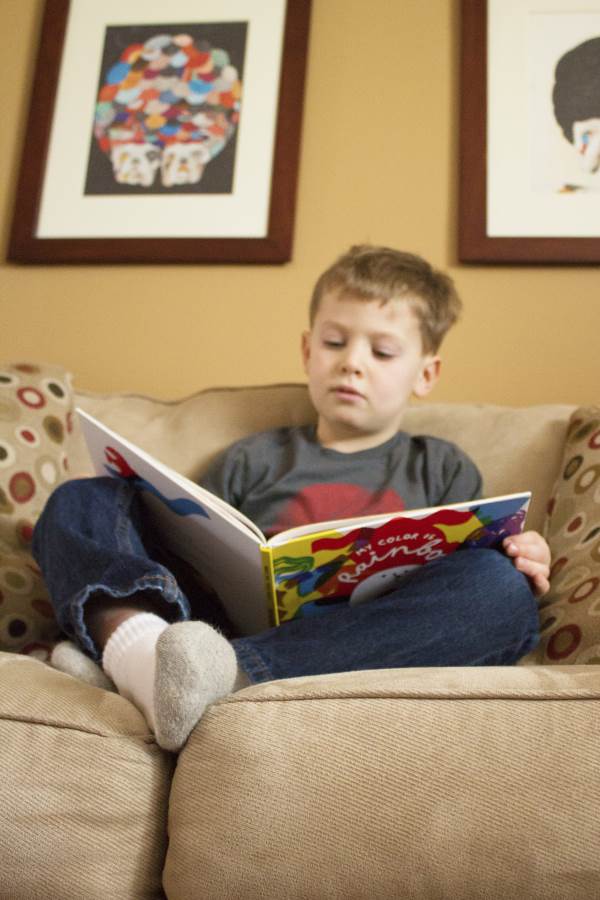
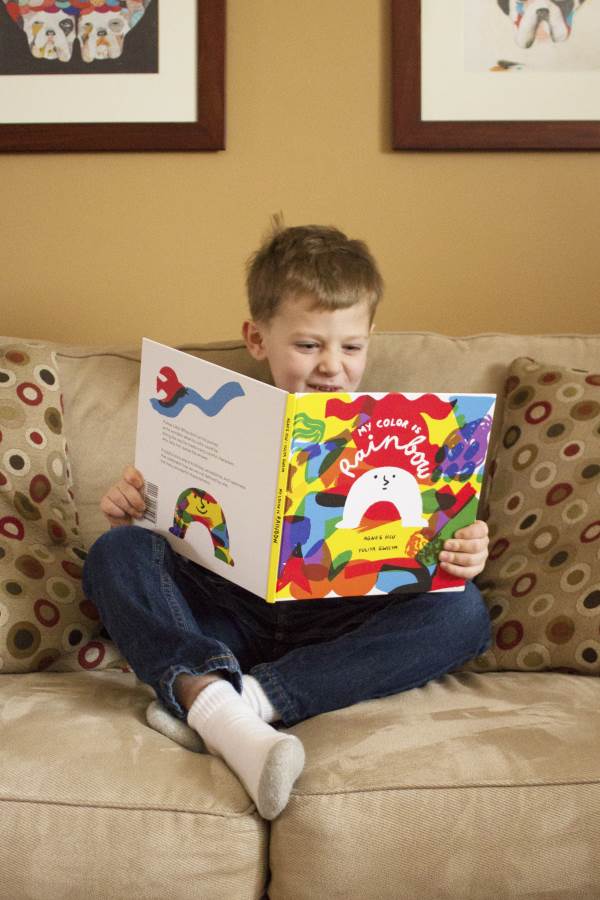
I read My Color Is Rainbow with both of my kiddos, and those gorgeous colors inspired us to get a little creative. Although I tend to focus more on #thebigone when we’re doing crafts, since #thelittleone is still a bit limited in his abilities, I decided that in the spirit of inclusion, we would do a project that all ages & ability levels could easily partake in… with maybe a little bit of help from a grown up if needed. We created our own versions of the book cover, playing with paints in every color of the rainbow in the process. (Spoiler alert, they turned out awesome!)
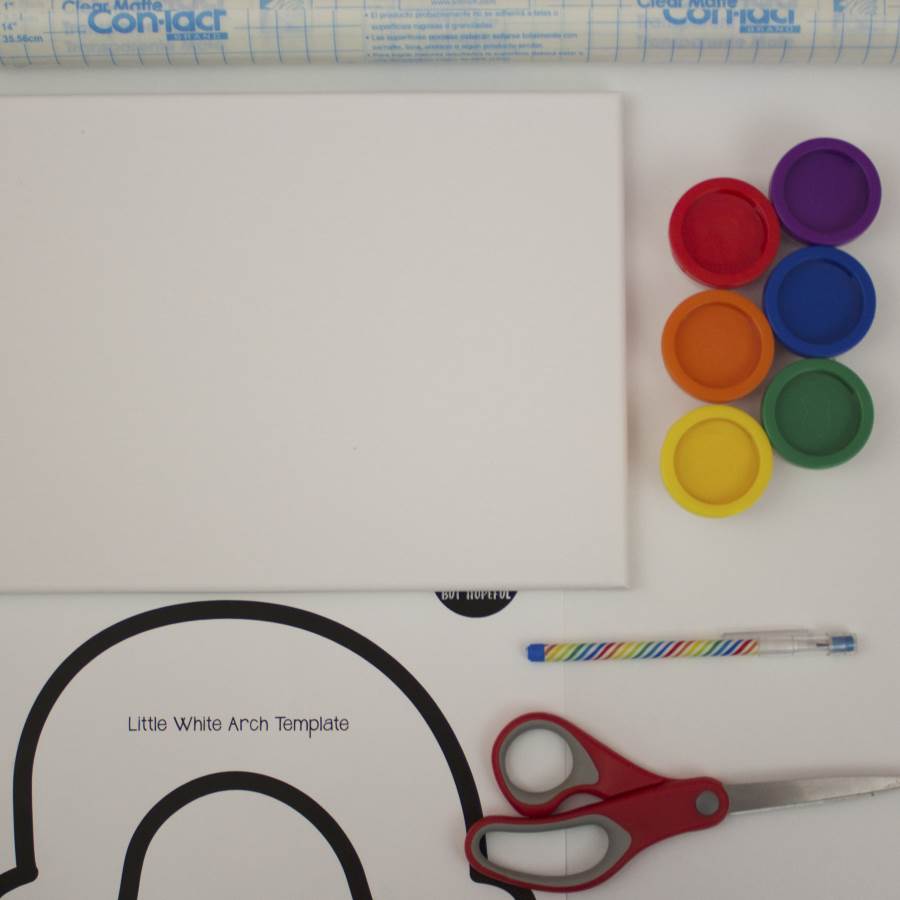
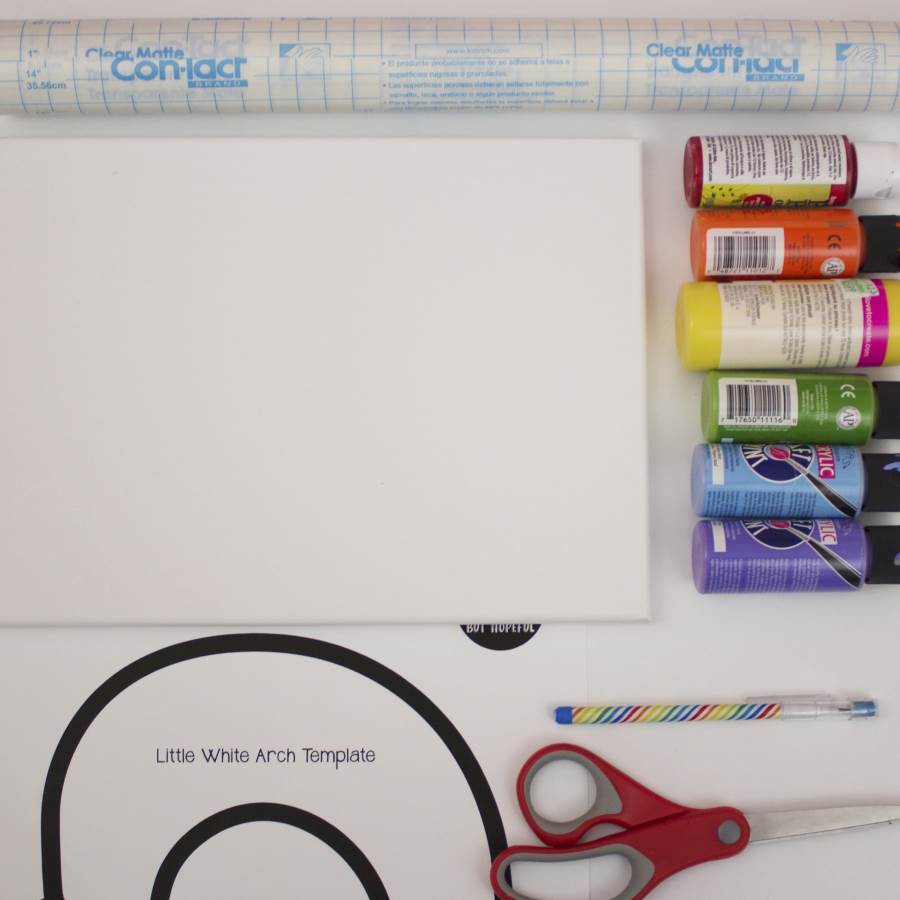
You Will Need:
Paints We chose red, orange, yellow, green, blue, and purple, just like a rainbow. You could easily use just the primary colors (red, yellow, blue) though, and achieve the secondary ones when you mix the paint on the canvas. I used acrylic craft paints for #thebigone and washable finger paints for #thelittleone.
Canvas Or paper, to create your masterpieces on. (We used 9″ x 12″ canvases because I knew #thebigone would want to hang these in his room when finished).
Paintbrushes Optional- fingerpaints obviously just need fingers!
Contact paper
Printable Arch Template and pencil to trace Optional
Black marker/paint For Little White Arch’s face.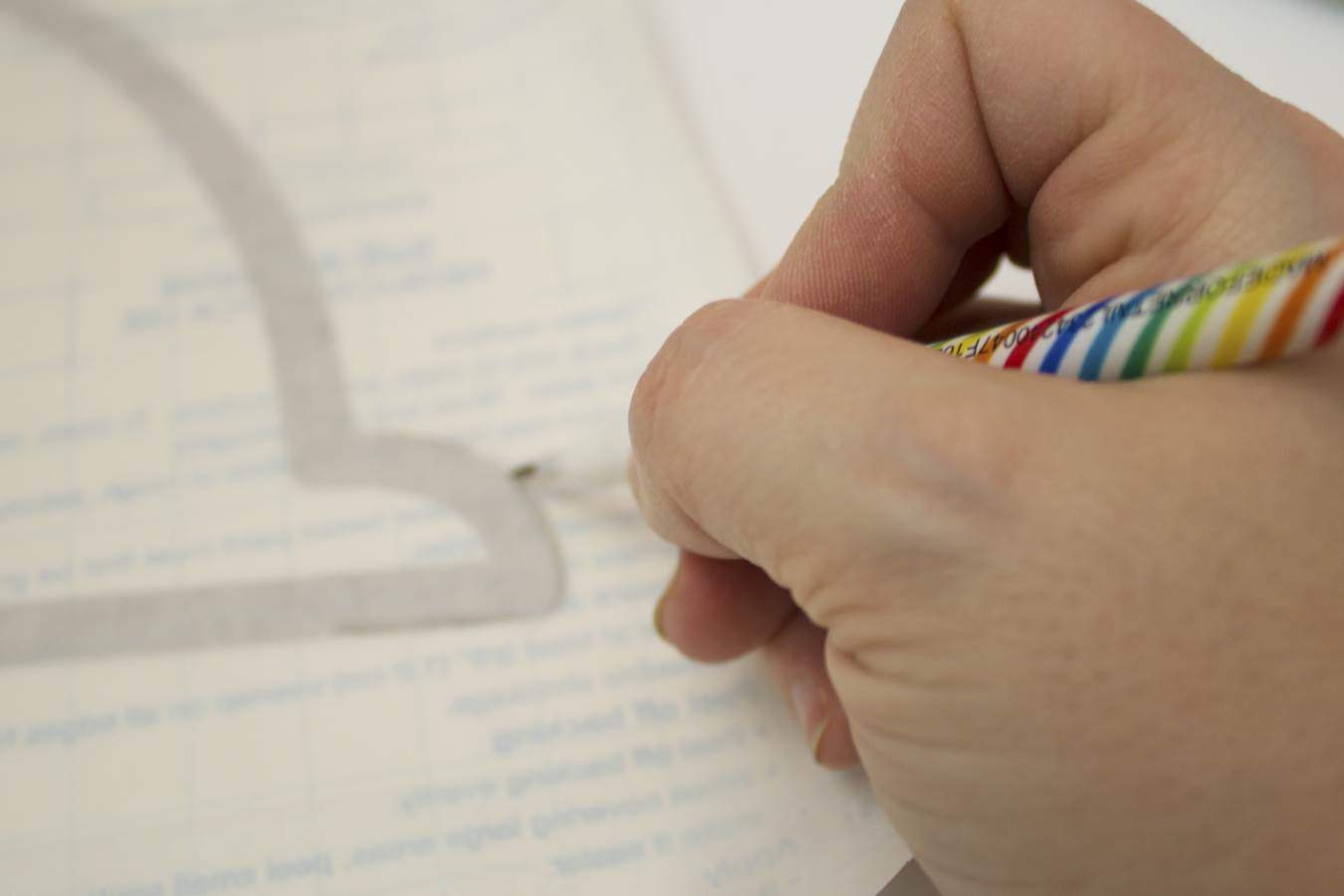
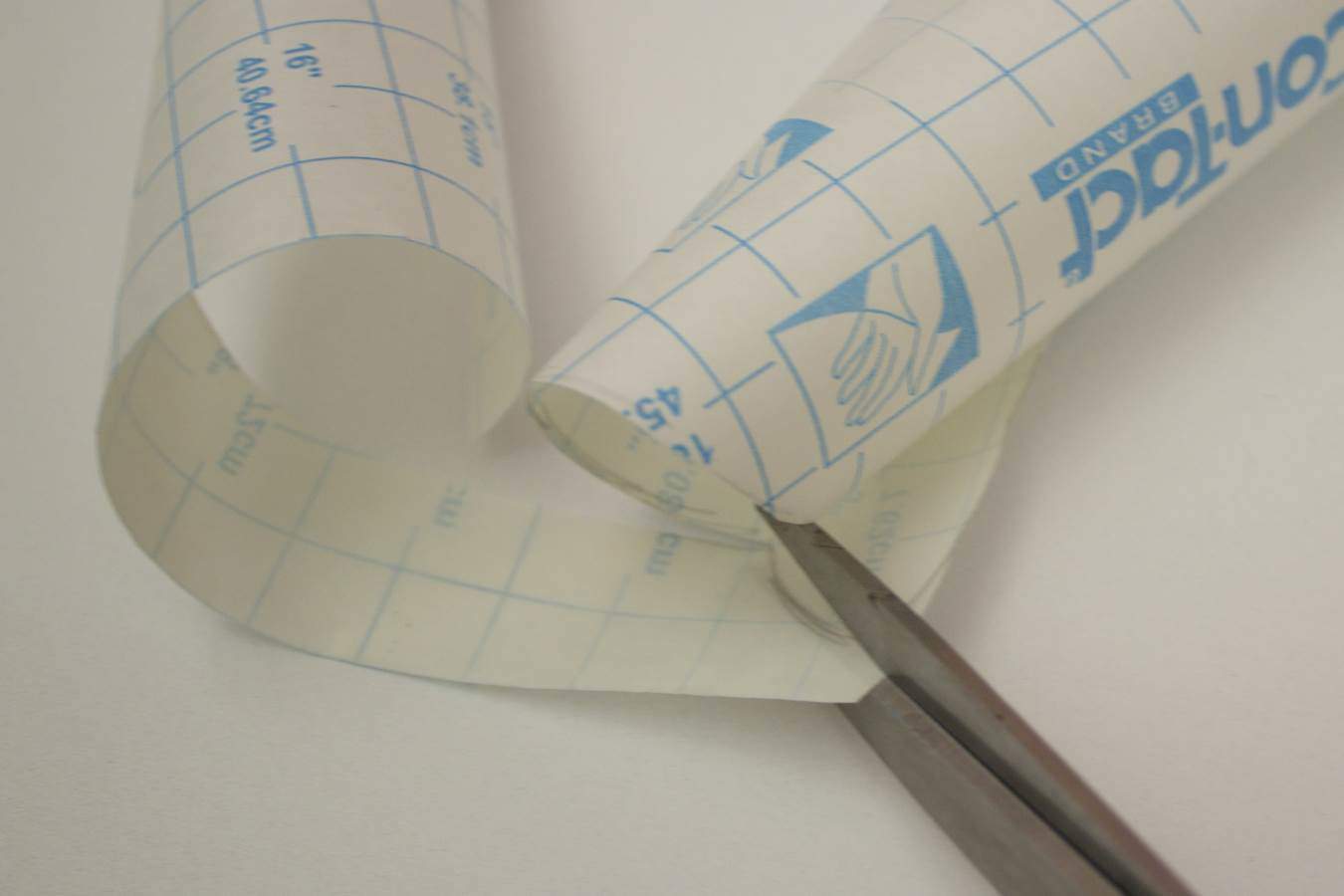
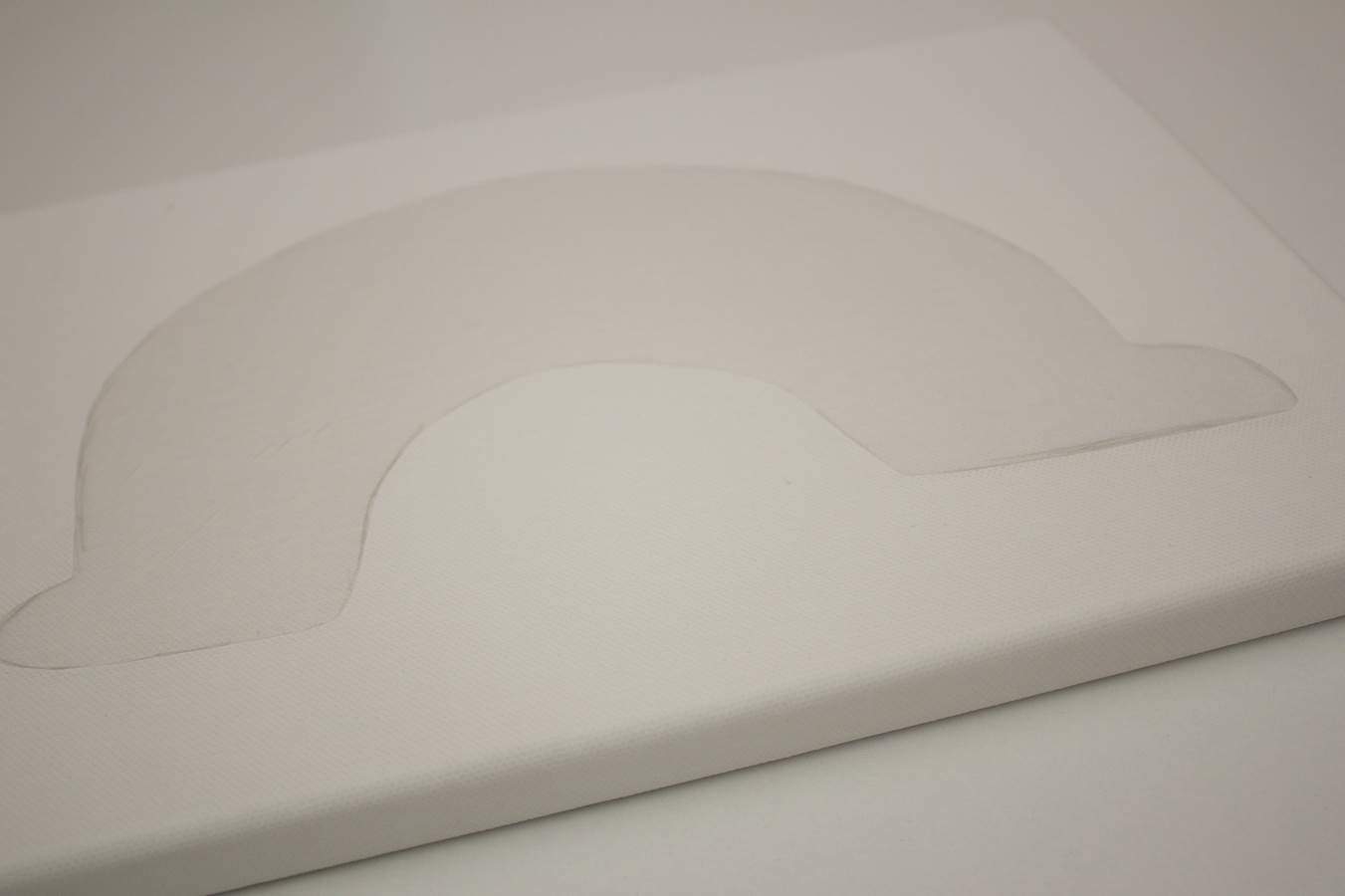
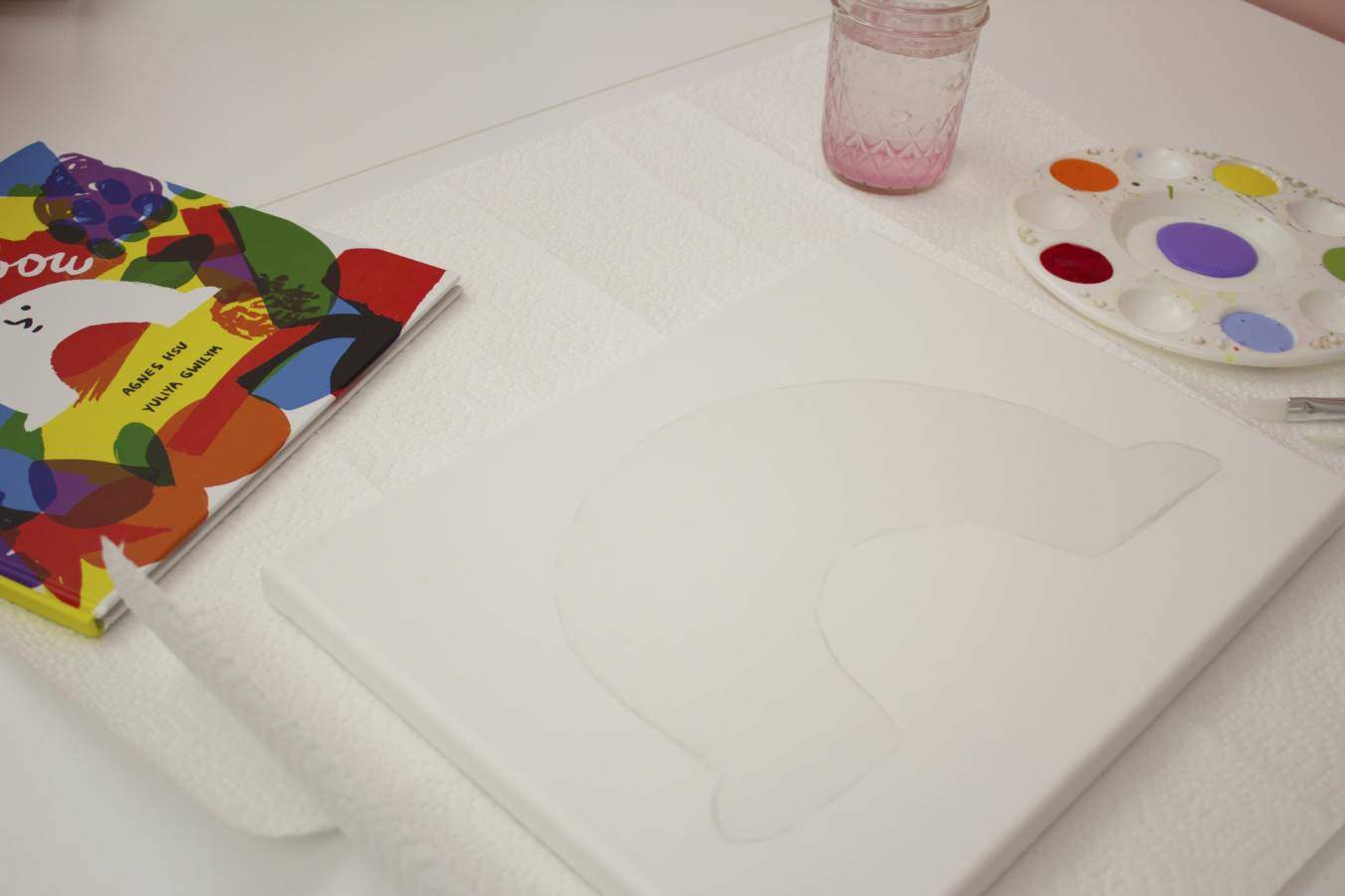
We got started by setting up our canvases. I used the printable arch template that I created to trace Little White Arch’s shape onto contact paper. Then I cut out the arch and stuck that into the middle of each canvas. You can easily free hand your arch as well, but I know some people feel less crafty than others, so I created the printable to help.
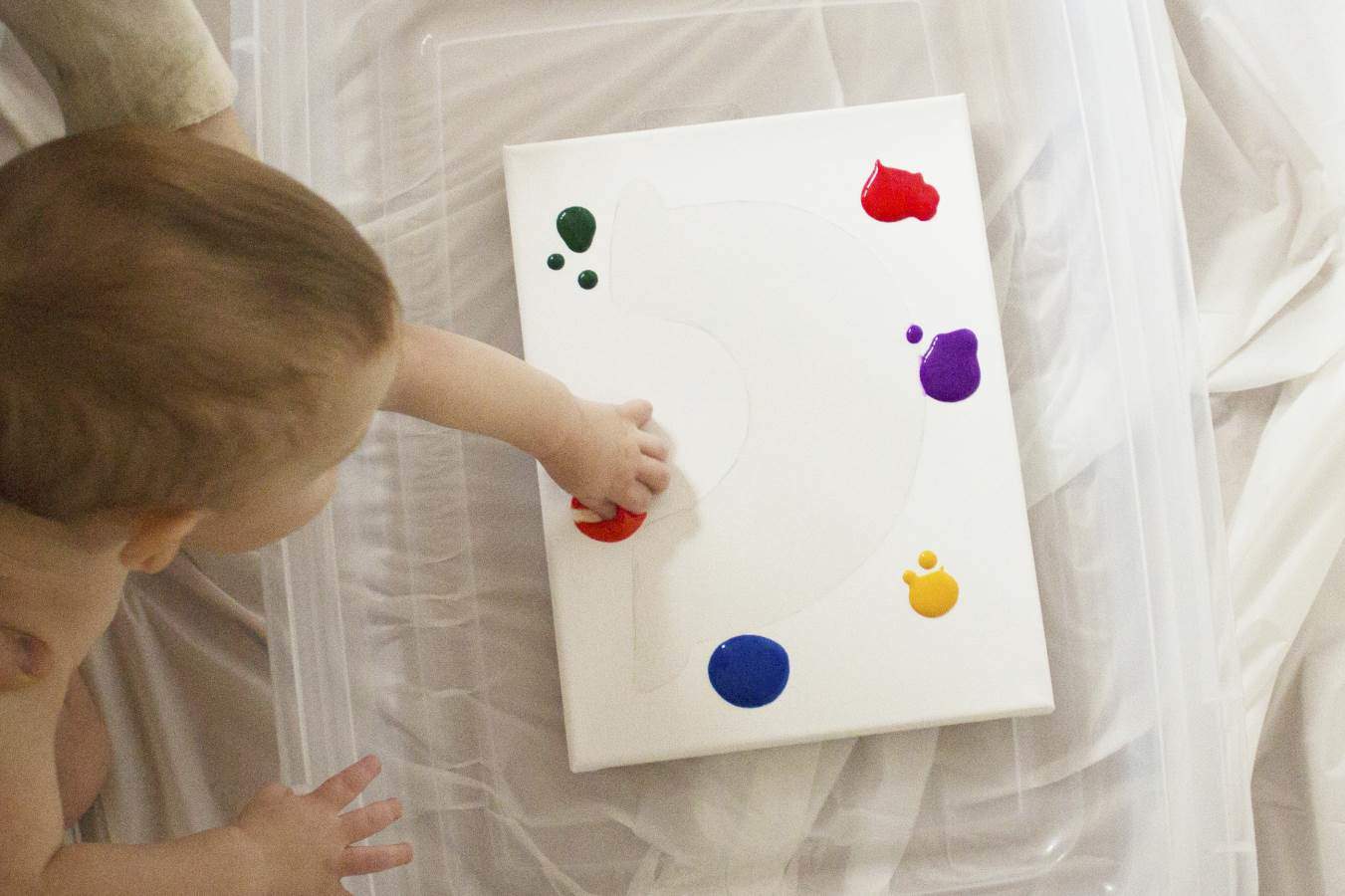
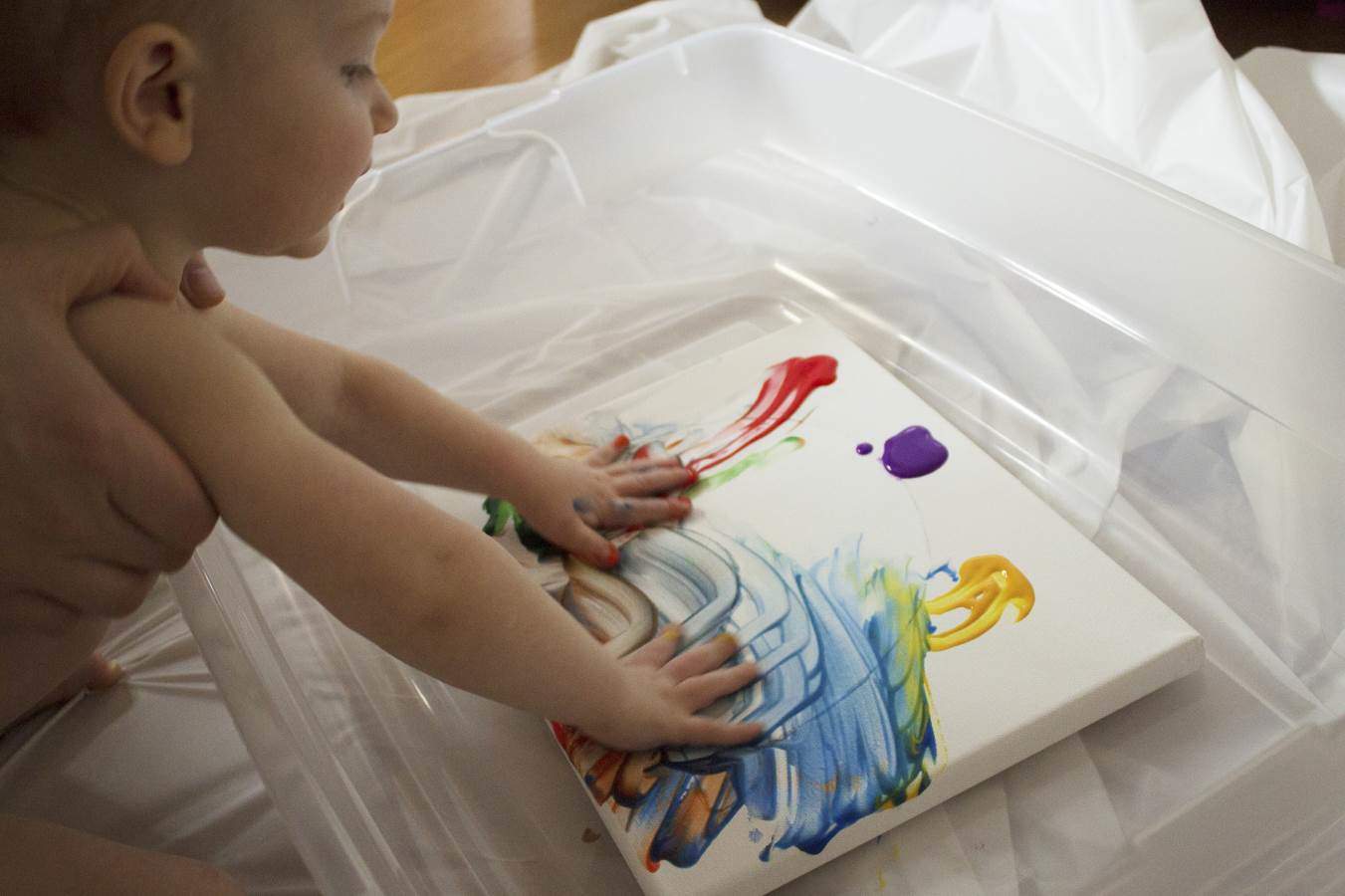
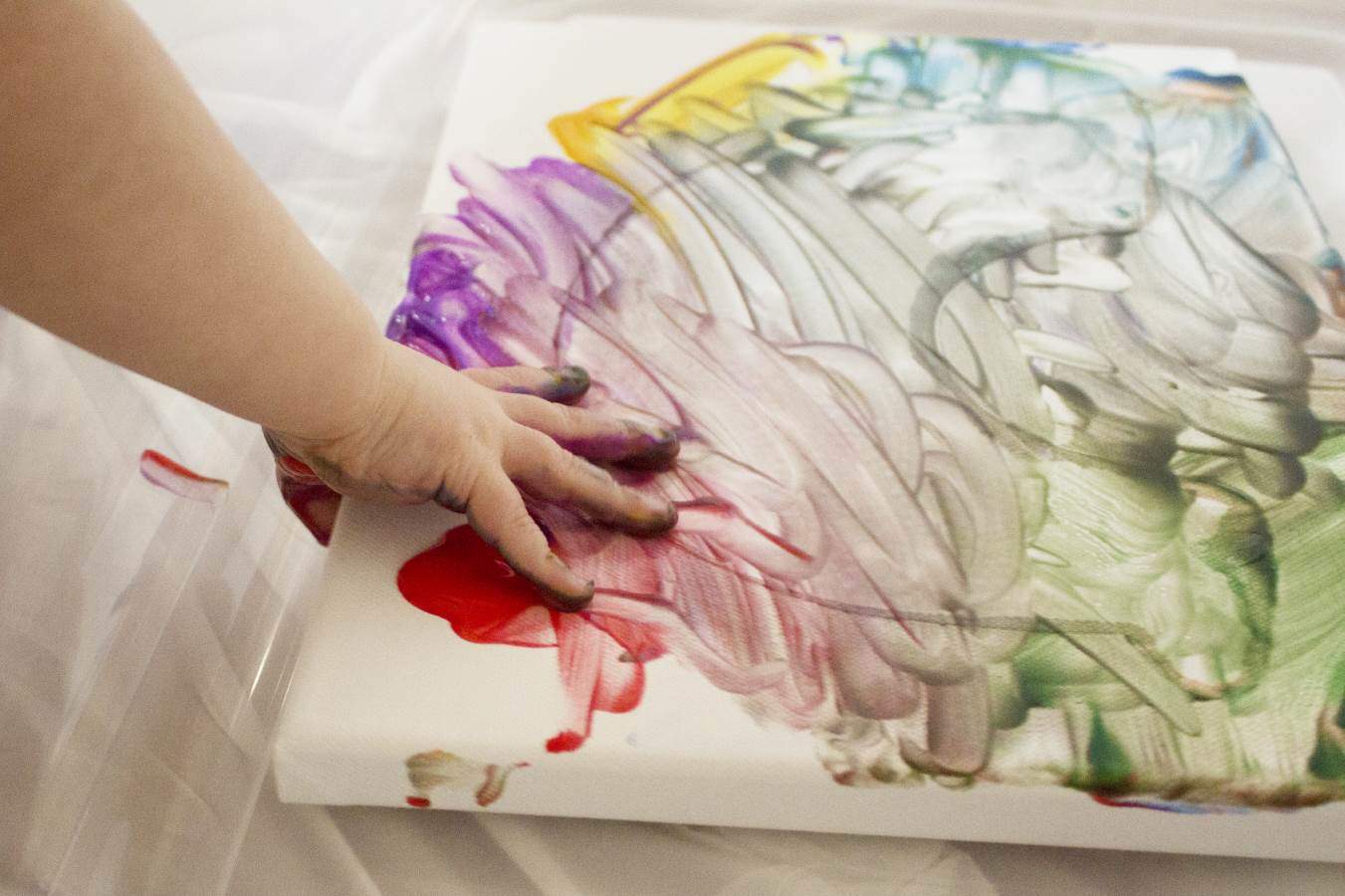
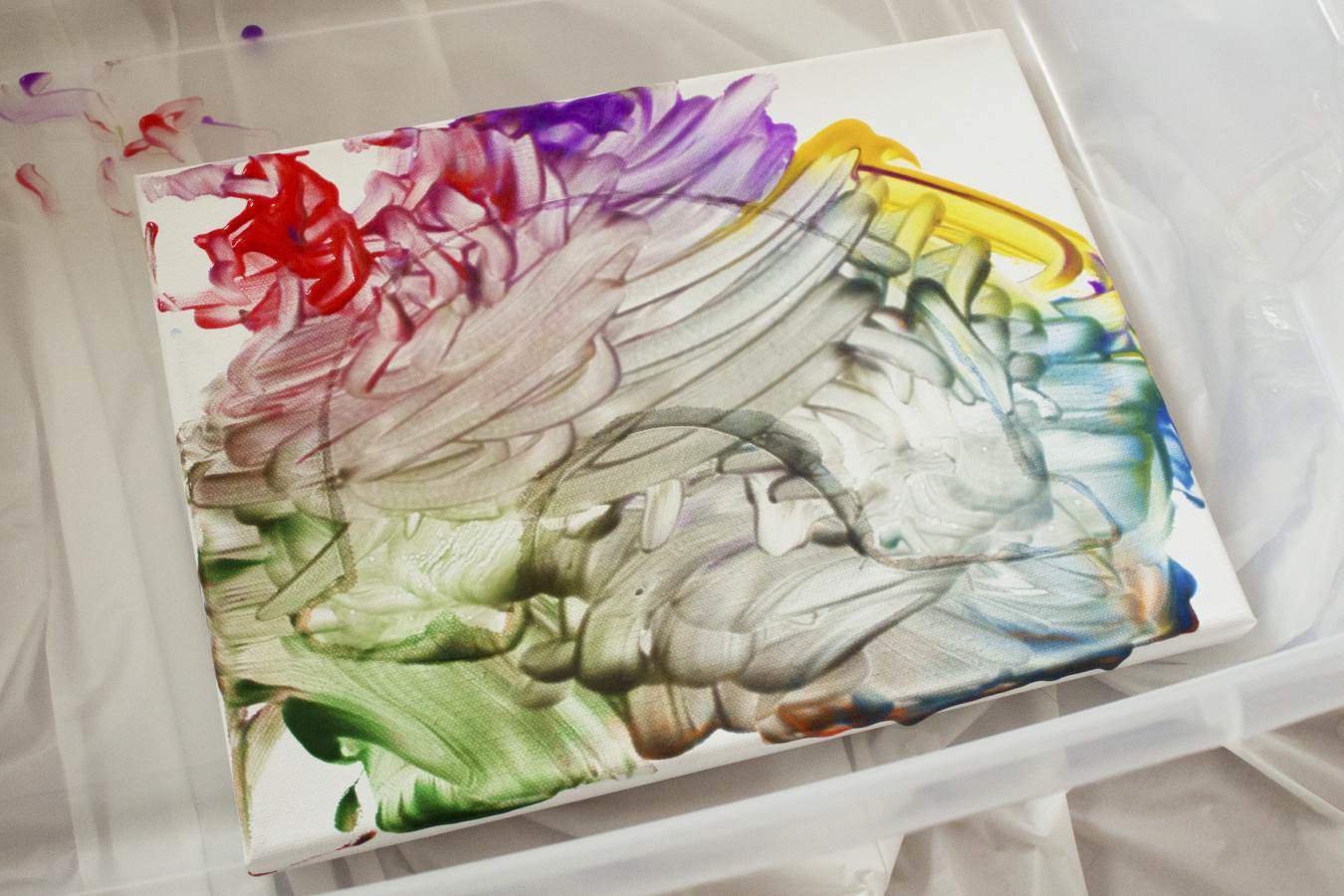
I prepped #thelittleone’s canvas by adding globs of each color of finger paint to a separate part of the canvas around the arch. Then we stripped him to his diaper and let him at it. He loved getting in there and smearing all the paint around with his fingers. (We have him do messy projects like this inside a shallow plastic bin, in hopes of at least slightly containing the mess). The longer you let the little guys finger paint, the ‘muddier’ their colors will likely become, so keep that in mine while you’re working. When he was finished, I peeled up the contact paper and set the canvas aside to dry.
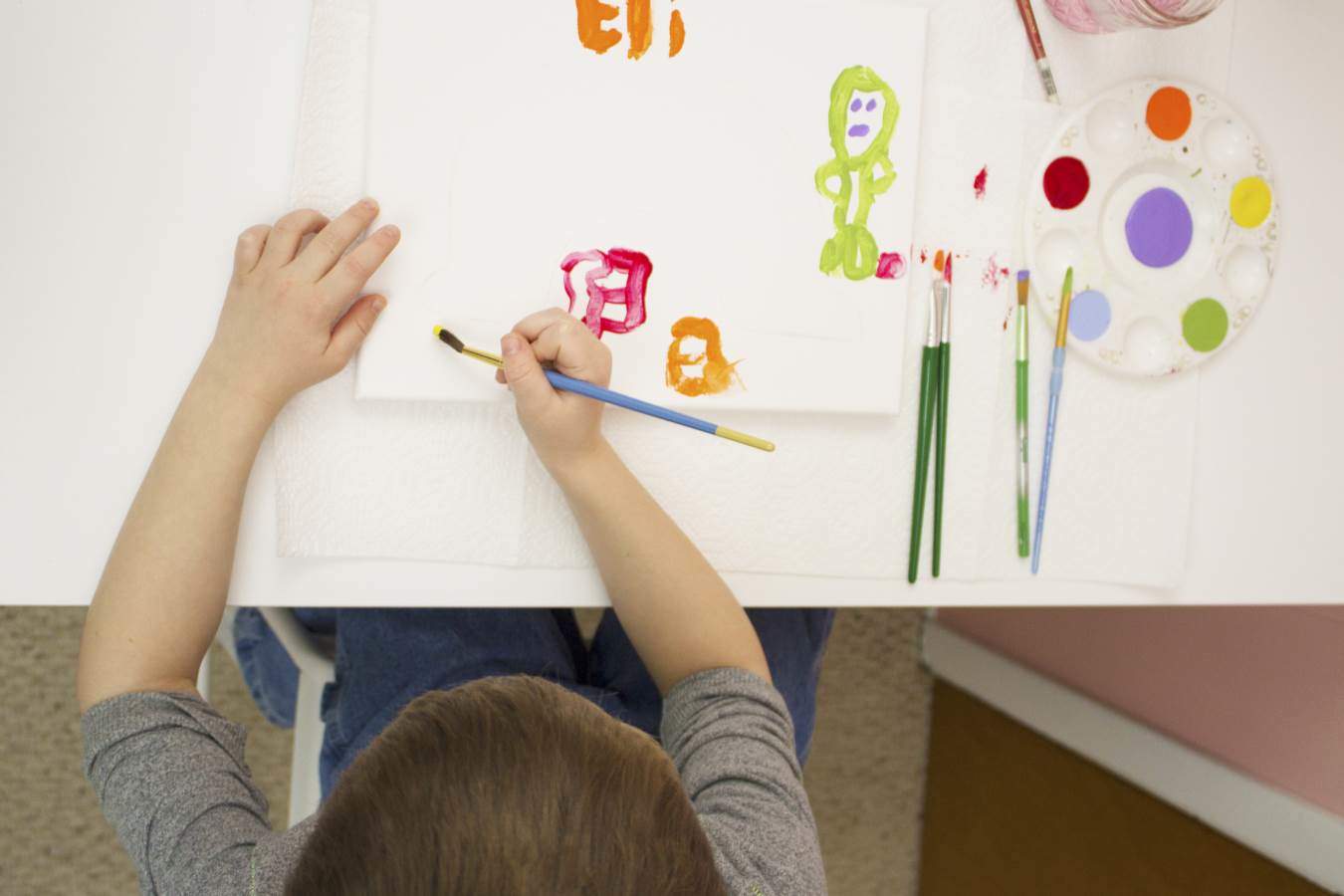
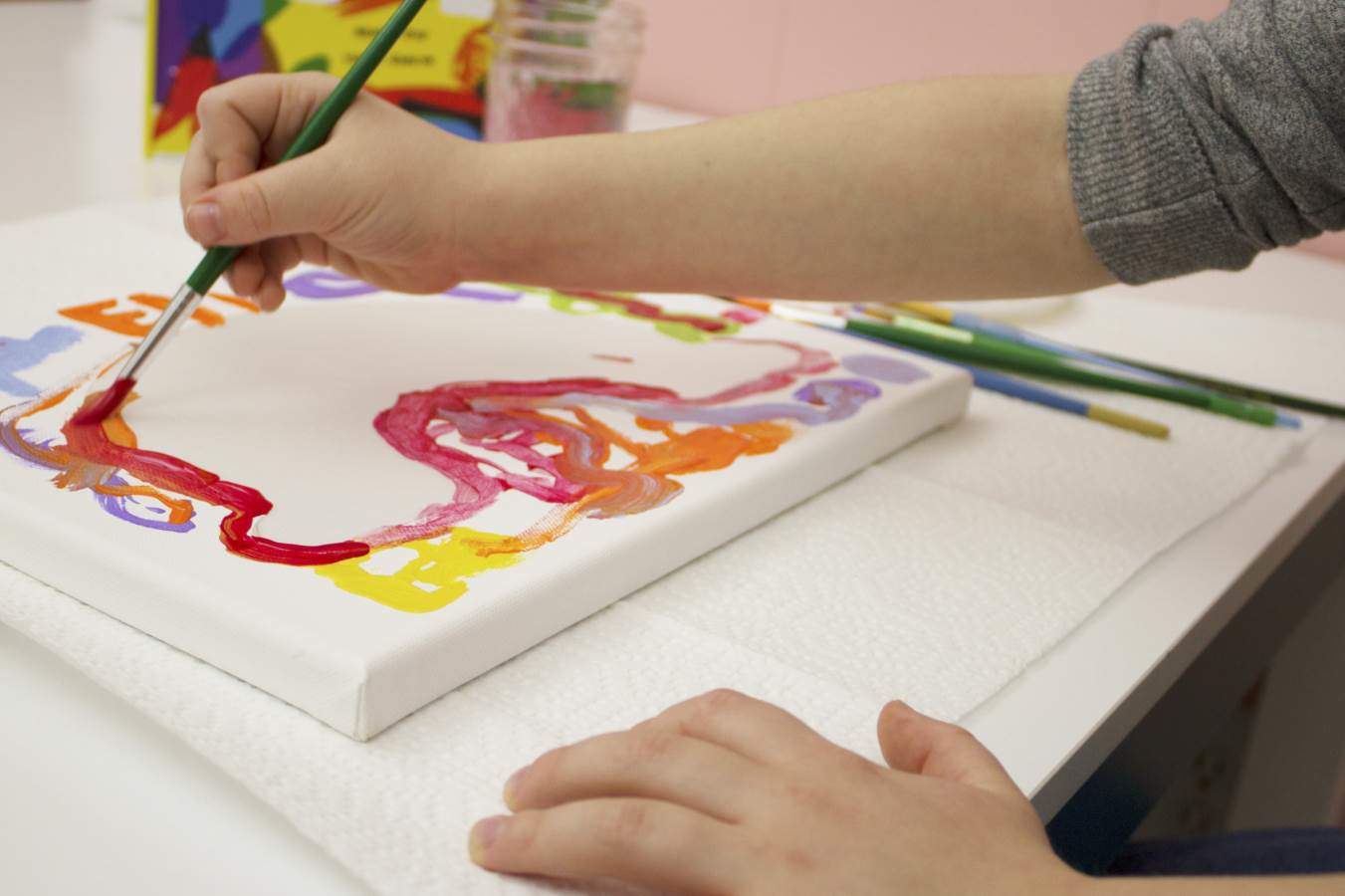
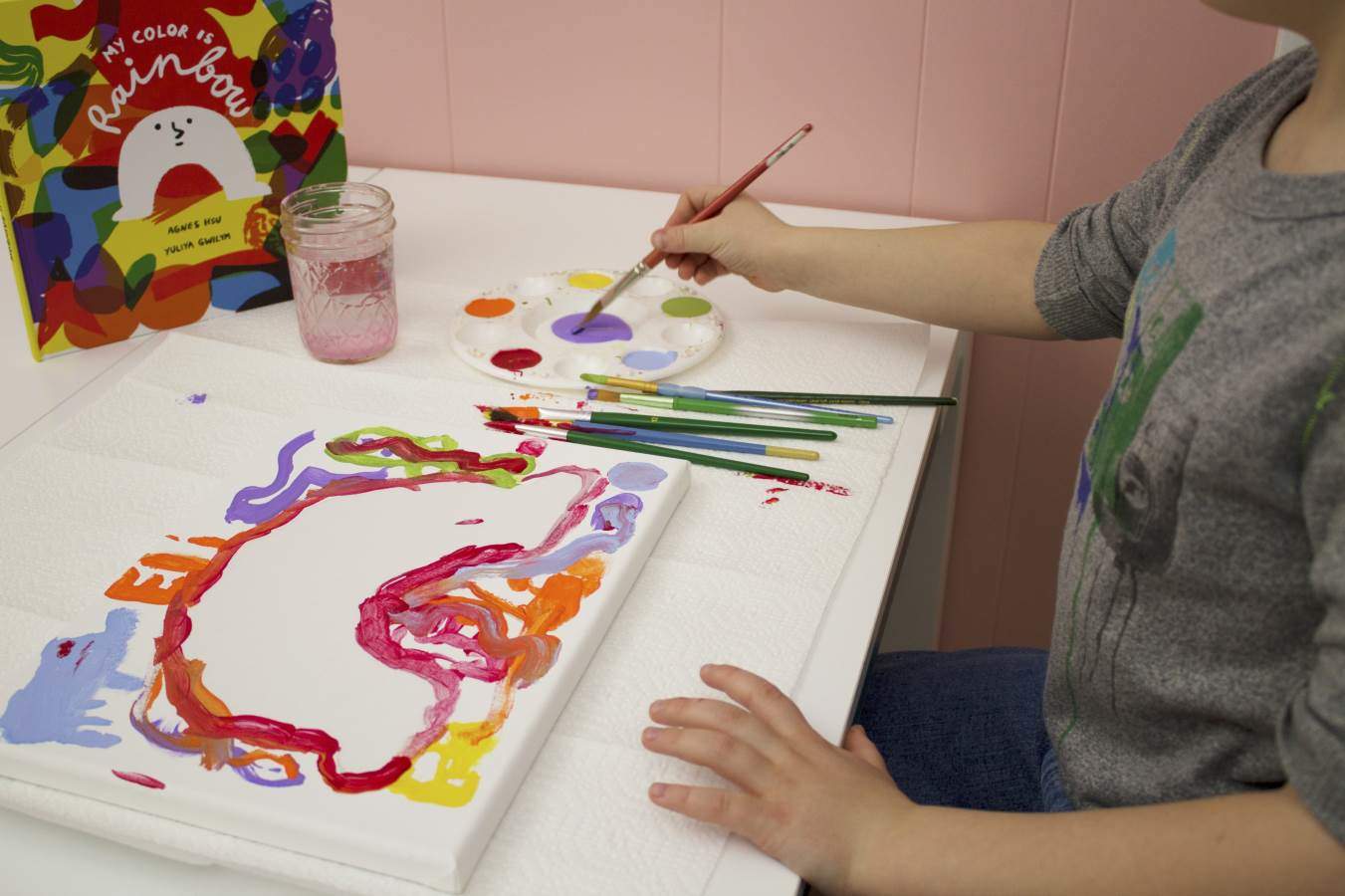
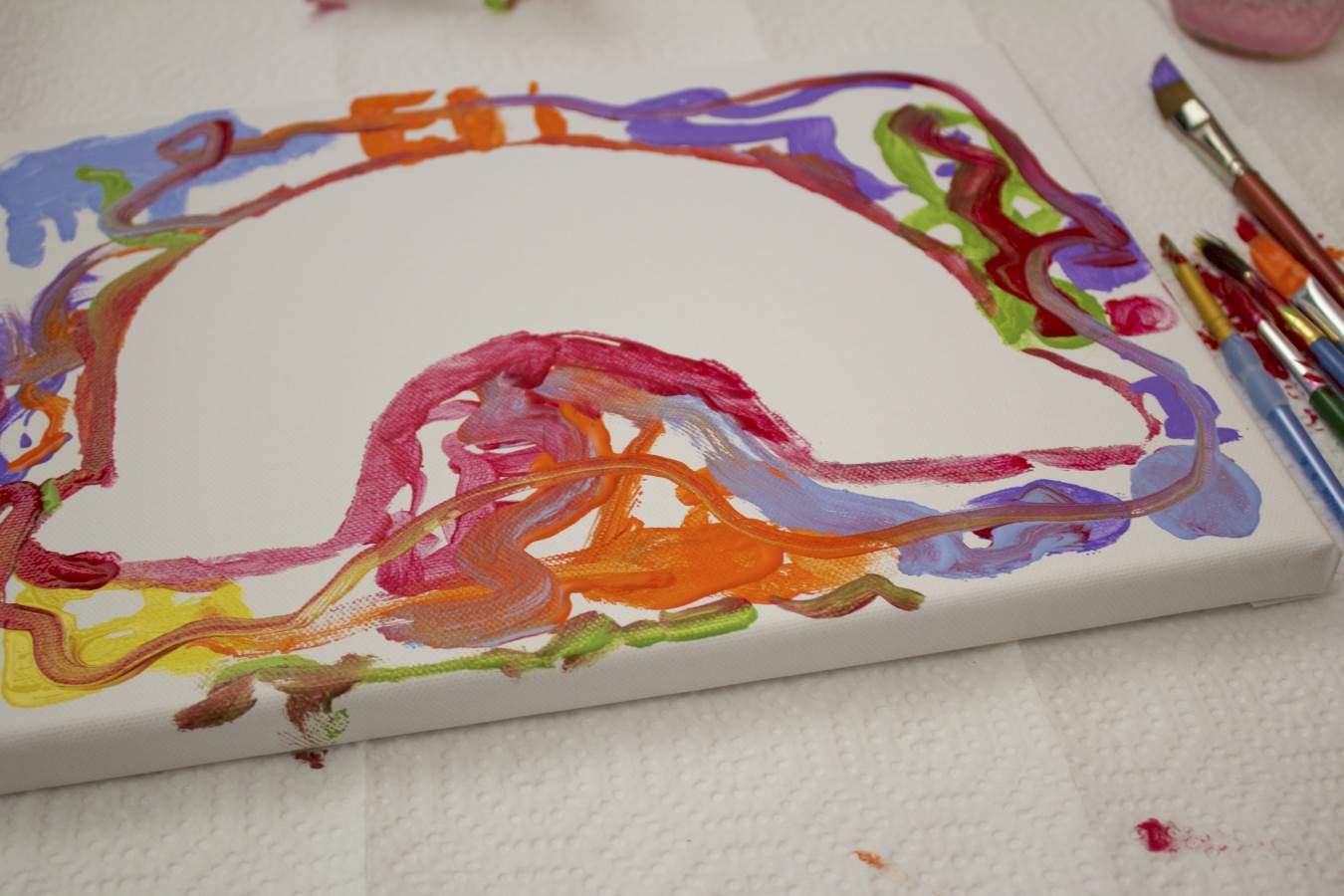
#thebigone’s project was completed in much the same way. Since he is older, I instead gave him a small palette of acrylic craft paints in each of the colors, and multiple brushes. He spent quite a bit of time painting, and really was interested in the way he could mix the paints right on the canvas. When he had finished his painting, I peeled up the contact paper and set his canvas aside to dry.
When the paint on both canvases had dried completely, #thebigone used a black permanent marker to add faces to our own Little White Arches. The canvases are beautiful, and will make a great addition to the walls in our boys’ rooms.
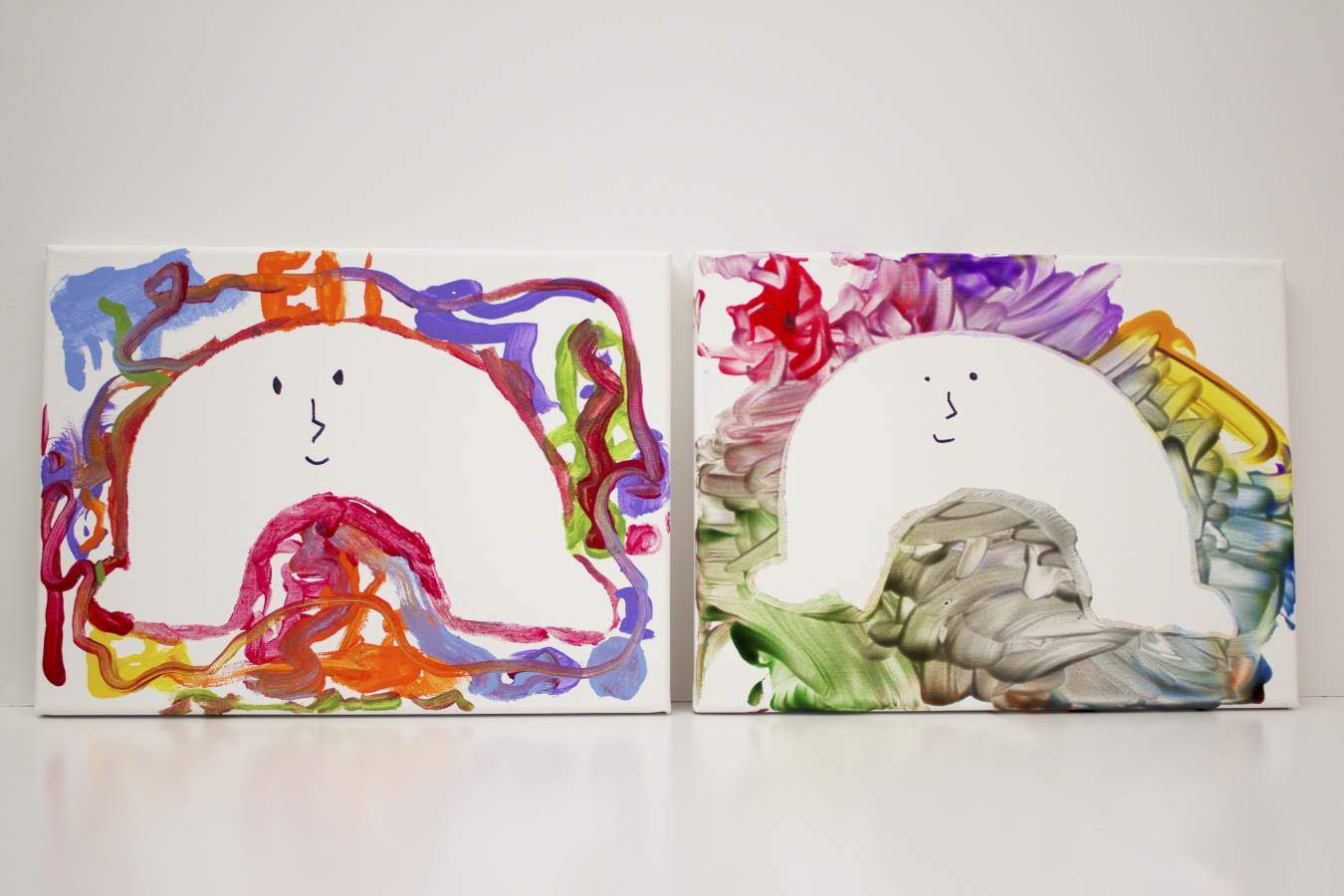
My Color Is Rainbow is available on Amazon, as well as directly from the Plaeful store. I hope your family enjoys it as much as mine has!
How do you teach your kids about kindness and tolerance? I’d love to hear about it, so please let me know in the comments below!
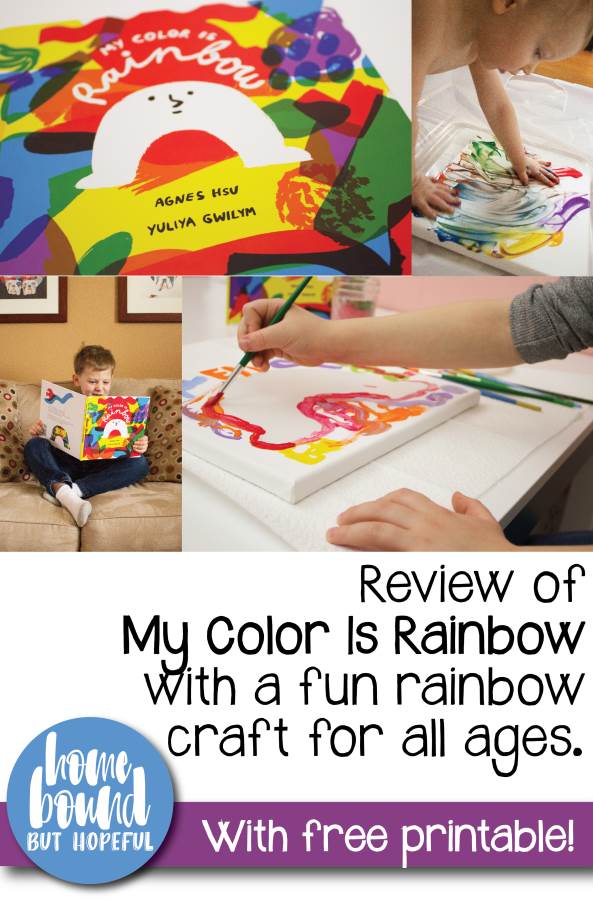
Other great book suggestions for your children can be found here.
Check out these other great ideas for arts & activities inspired by children’s literature!Disclosure: Although I received a free copy of the book for review, all opinions are my own.
Standard Disclosure: This post contains affiliate links. I may receive a commission from purchases you make through the links in this post (at no additional cost to you), which allows me to continue providing free content on the blog. -
A Leopard Can’t Change… [Leopardpox! & Arthur’s Chicken Pox]
Earlier this week, I shared a fun craft to accompany Goldie Locks Has Chicken Pox. We decided to stick with a pox sort of theme, although, admittedly it’s probably not the loveliest theme I could have come up with. We picked two additional books to read- one from our local public libary and another from our bookshelves. After we finished reading, I created a few printable activity sheets to accompany the books. One is geared towards kids who have not begun writing yet, and relies on drawing to build on their experience with the book. The other is perfect for young writers, providing a prompt for a sentence or two, as well as an area to illustrate their idea.
I came across Leopardpox! at our library, and loved the whimsical idea behind it, and the cheerful illustrations. Orna Landau has written the story of Sadie, a young girl who wakes up one morning with not chicken pox, but leopard pox! Her mother and brothers are tasked with trying to find a way to cure the little feisty leopard of her ailment. Omer Hoffmann’s illustrations take the reader around town with the family as they visit doctors, veterinarians, even the zoo trying to find the solution. It’s a fun read, and kids will love using the free printable to imagine what sort of pox they might wake up with one day.
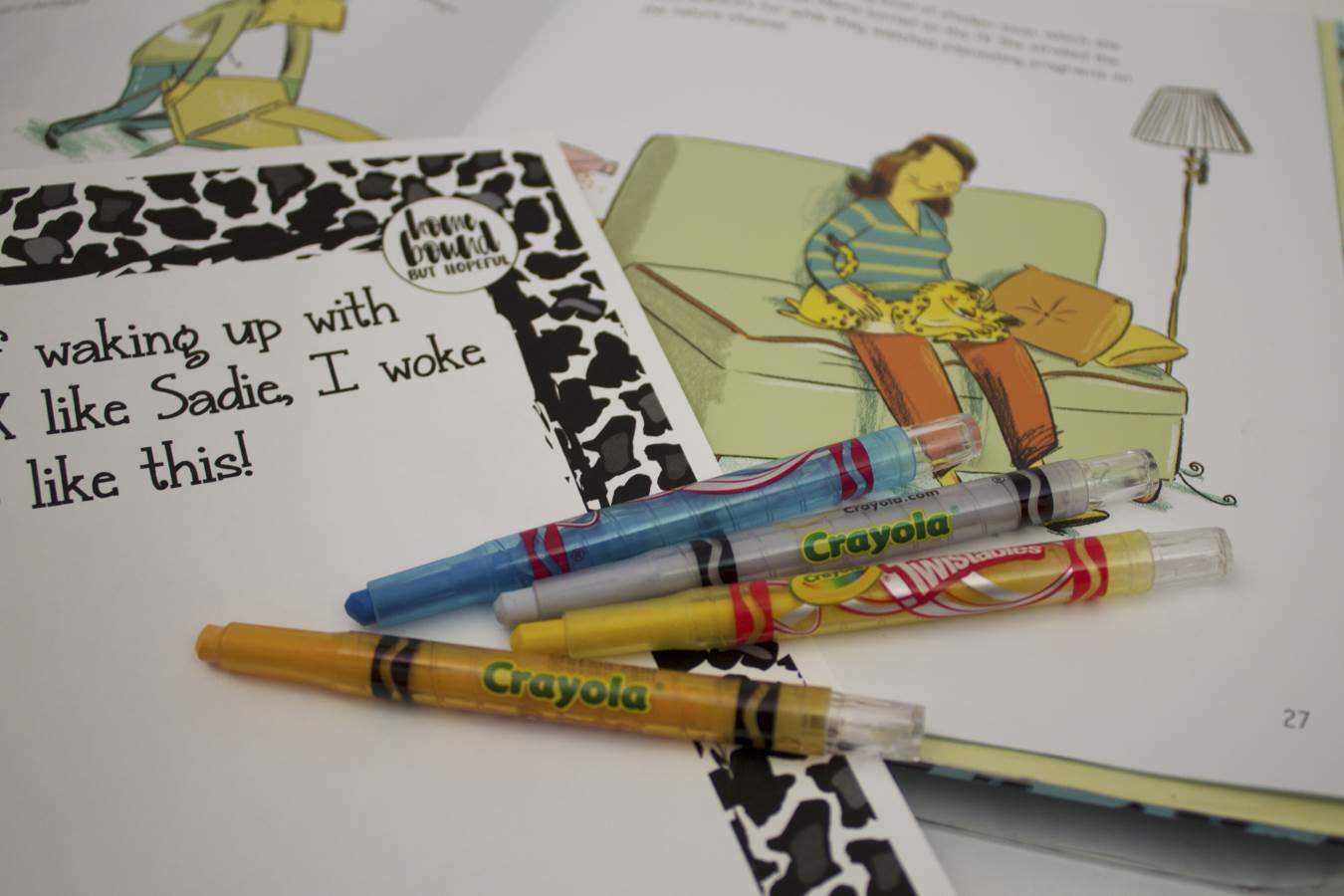
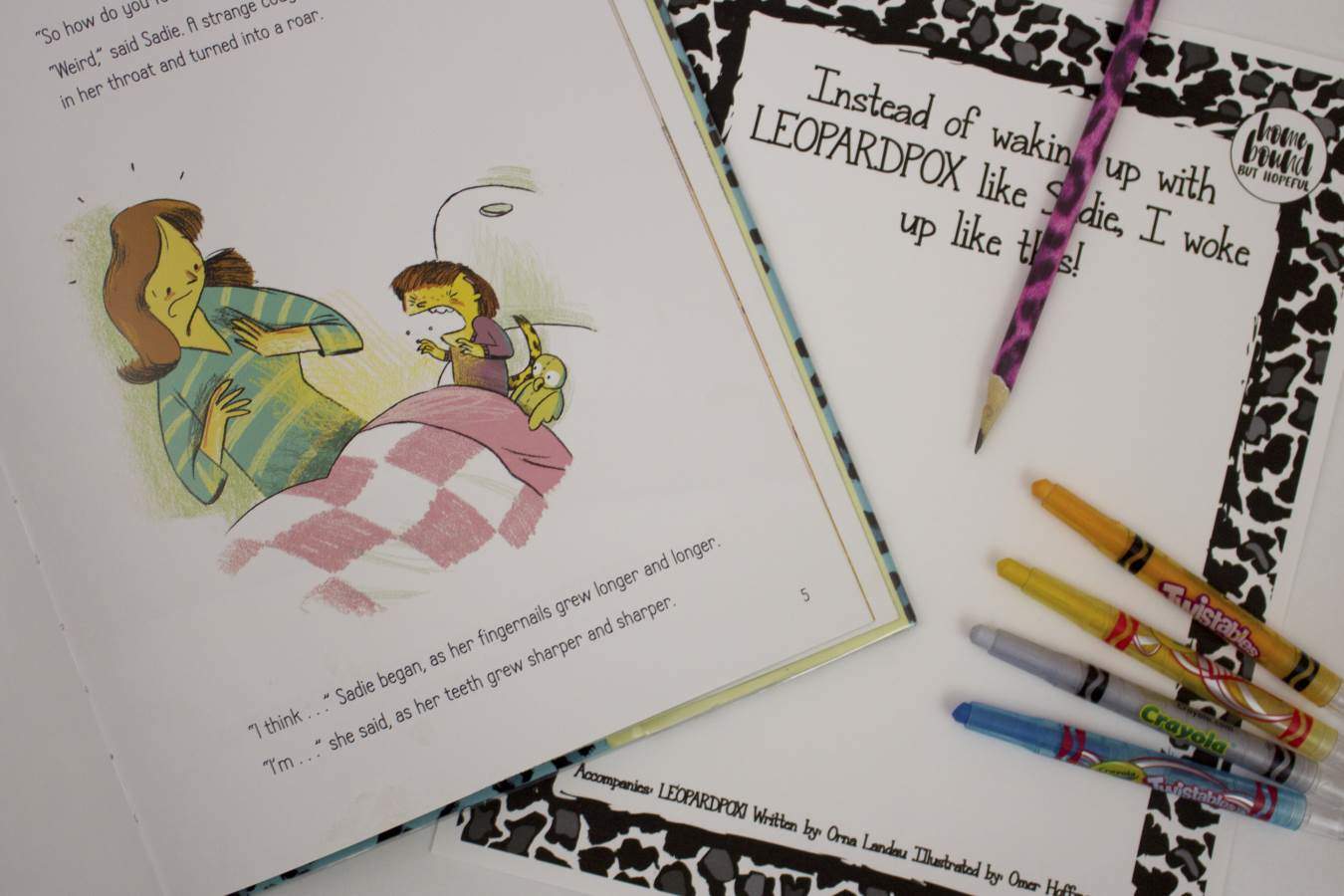
I’ve been fond of the Arthur series from Marc Brown since I was in grade school. I can remember him coming to speak at an elementary assembly, and calling my twin sister up on stage to receive an autographed drawing because at the time her goal was to become a children’s author. So, needless to say, we’ve got a fair collection of the Arthur series on our shelves, and Arthur’s Chicken Pox is one of them. It’s a cute tale of Arthur’s bout with the chicken pox, and his family’s efforts to help him feel better- all except little sister D.W. of course, who isn’t always very helpful. Young writers will enjoy using the printable to write about their experiences feeling sick, and it will provide some practice time for spelling, letter formation, and sentence structure as well.
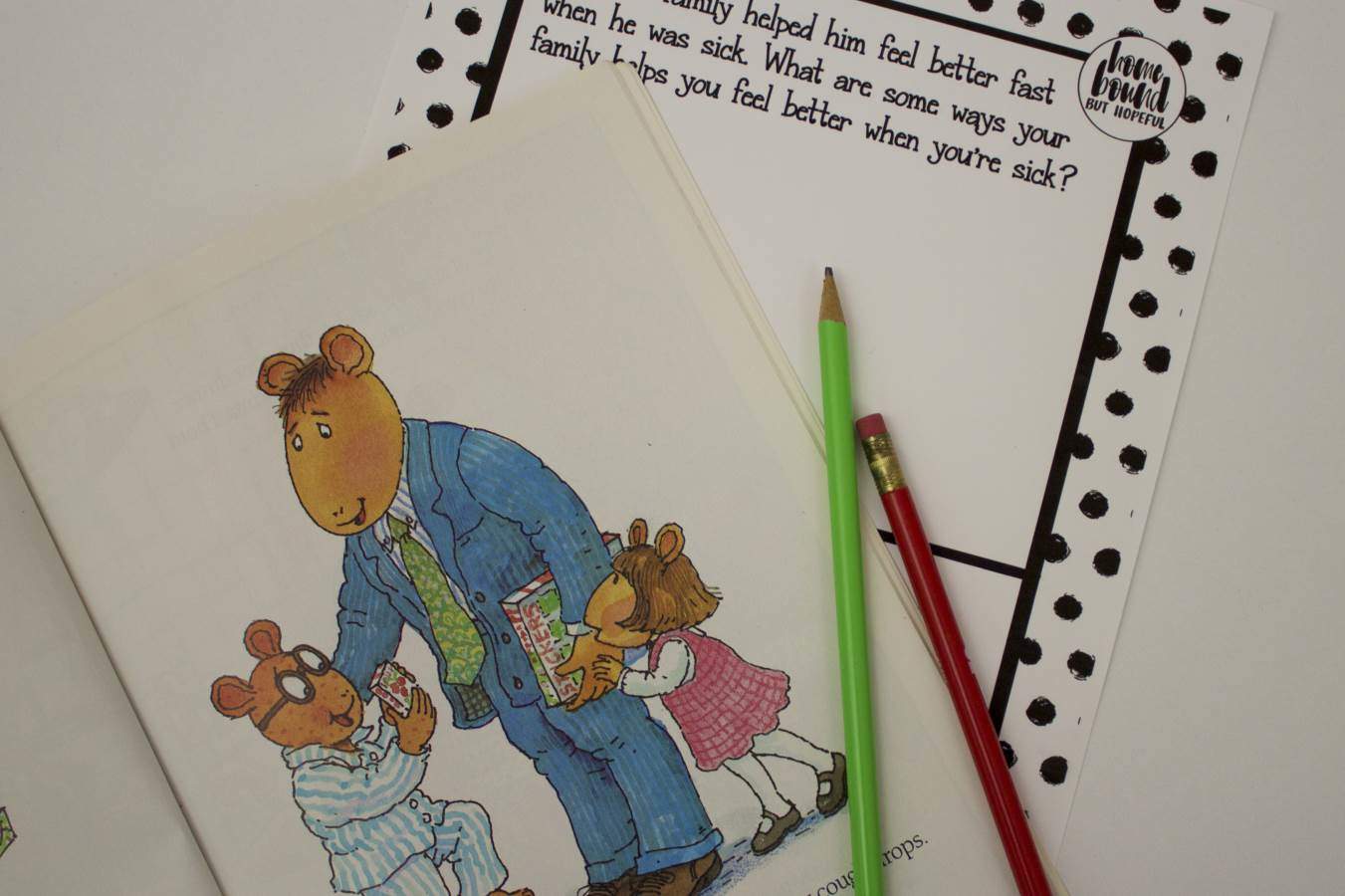
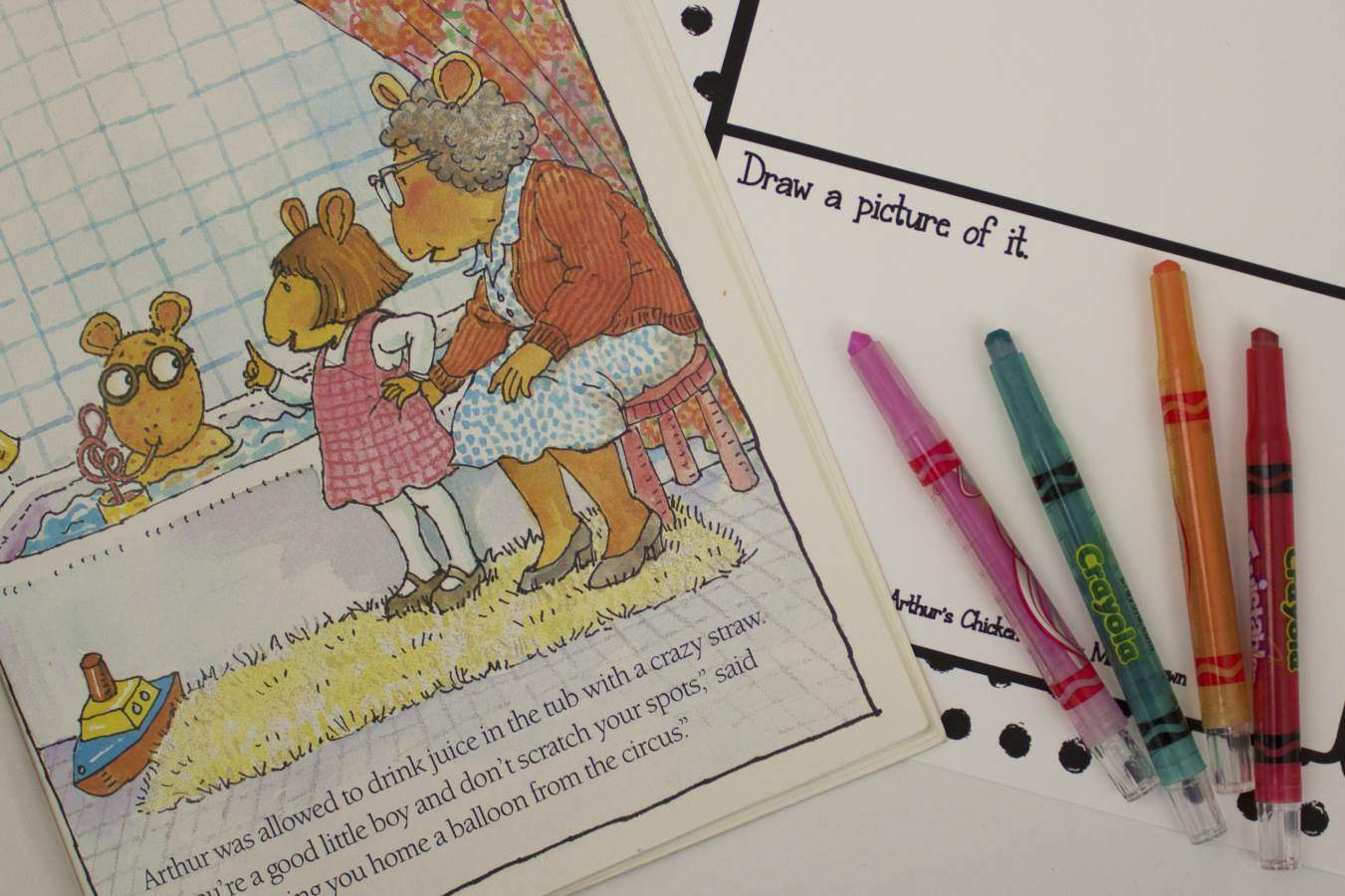
Most kids today manage to avoid the chicken pox, but you won’t have to worry about catching it from these fun books. Grab your printables and get busy reading, writing, & drawing!
Have your kids gotten the chicken pox? How did their recovery go?
![Have your kids been lucky enough to avoid the chicken pox? You don't have to worry about catching the pox from these cute books! Pair them with the free printable writing and drawing sheets to add a little education boost to your story time. [LEOPARDPOX! and Arthur's Chicken Pox]](http://www.homeboundbuthopeful.com/wp-content/uploads/2017/01/pox-pin.jpg)
We love using our favorite books as inspiration for creative projects! Check out some other ideas!
-
A Pox On Your House! [Goldie Locks Has Chicken Pox]
I came across Goldie Locks Has Chicken Pox on the kid’s books shelf at one of our local thrift stores. I fell in love with the cute, quirky illustrations, and immediately dropped it into my cart. #thebigone and I have read it many times together, and it remains one of our family favorites. (I know, I say that a lot. We have a lot of books, so of course, we have a lot of favorites!)
Erin Dealey has created a twist on a collection of classic nursery rhymes, centered around poor Goldie Locks, who has come down with a case of chicken pox. A host of fairy tale friends stop by to visit and check up on her- Red Riding Hood, Bo Peep, Henny Penny, and others. Dealey uses rhyming text to give the book a lyrical quality, which also provides some rhyming reinforcement for younger listeners, as they can guess what word will end each couplet.
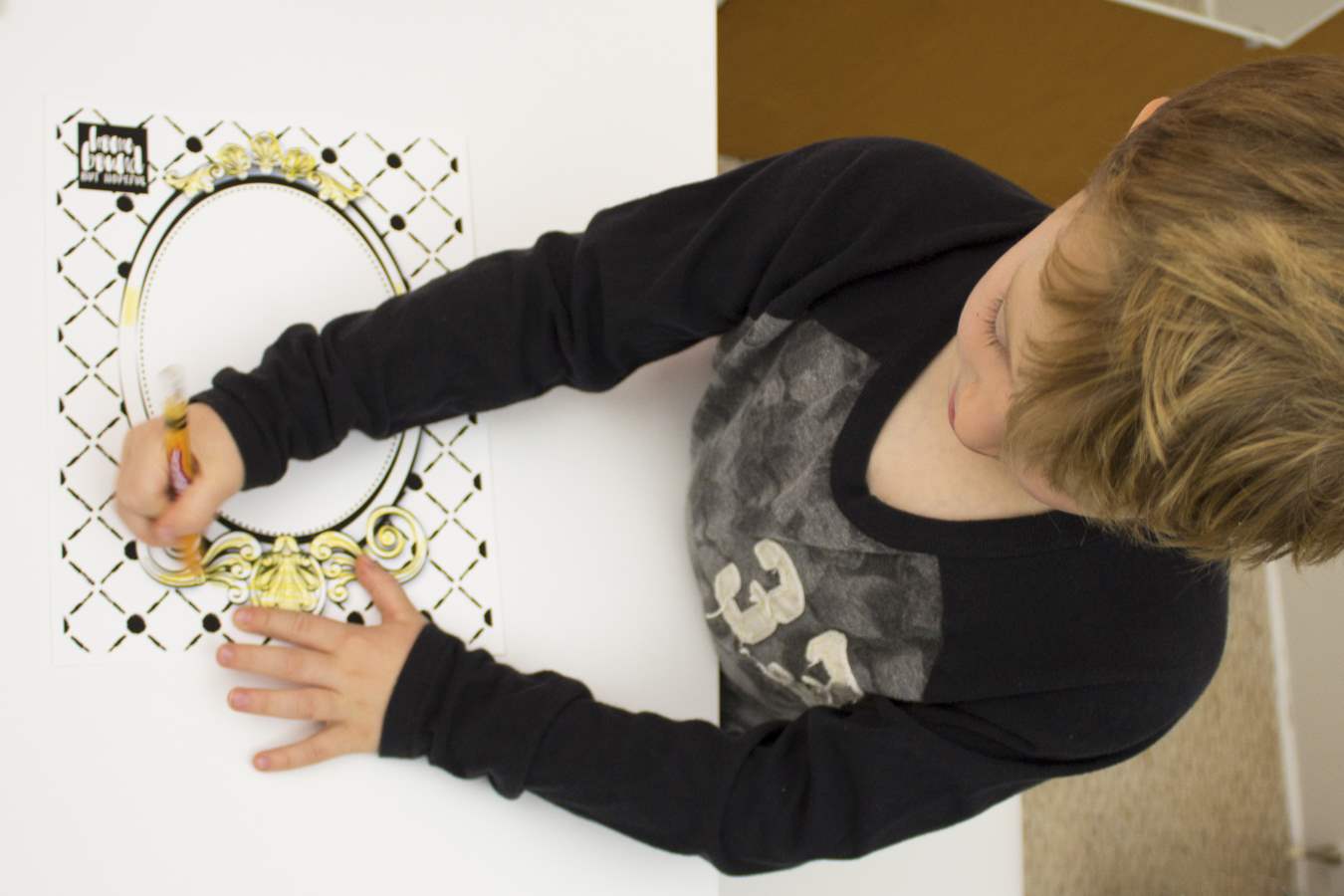
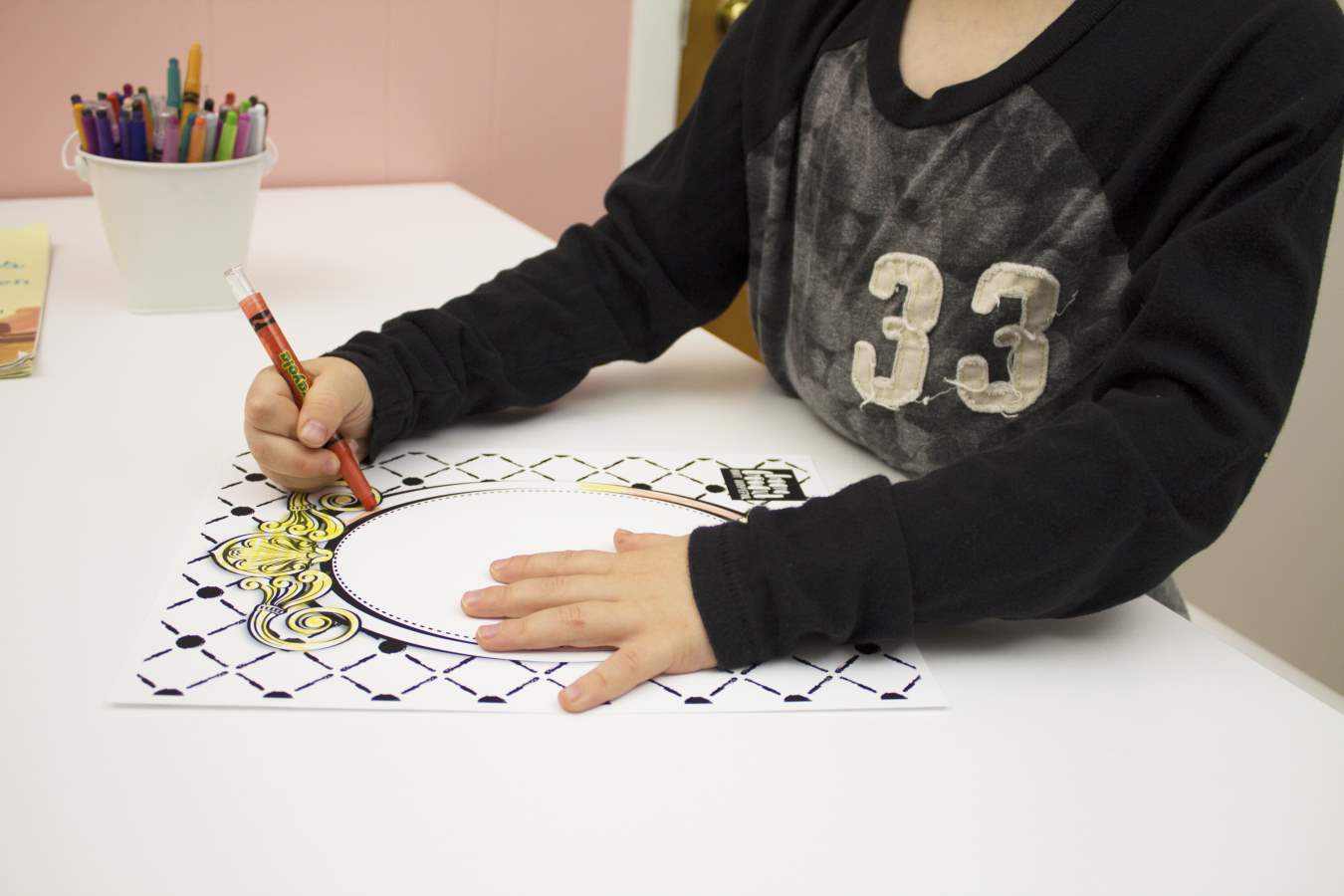
The illustrations by Hanako Wakiyama are incredible. She’s created a modern take on the classic illustrations of vintage children’s books, and the outcome is so fun to see. The color palette is warm, with touches of blue popping against the yellows, reds, and oranges. The faces of each character are full of personality and the expressions are enhanced by comical details that engage kids.
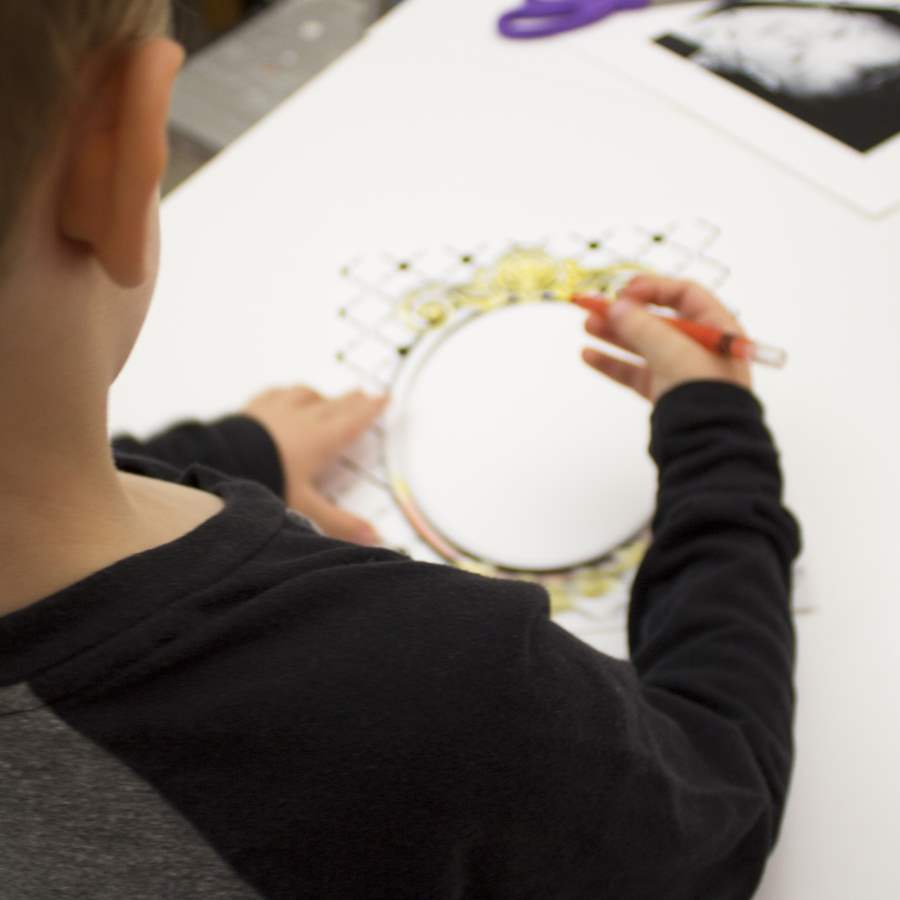
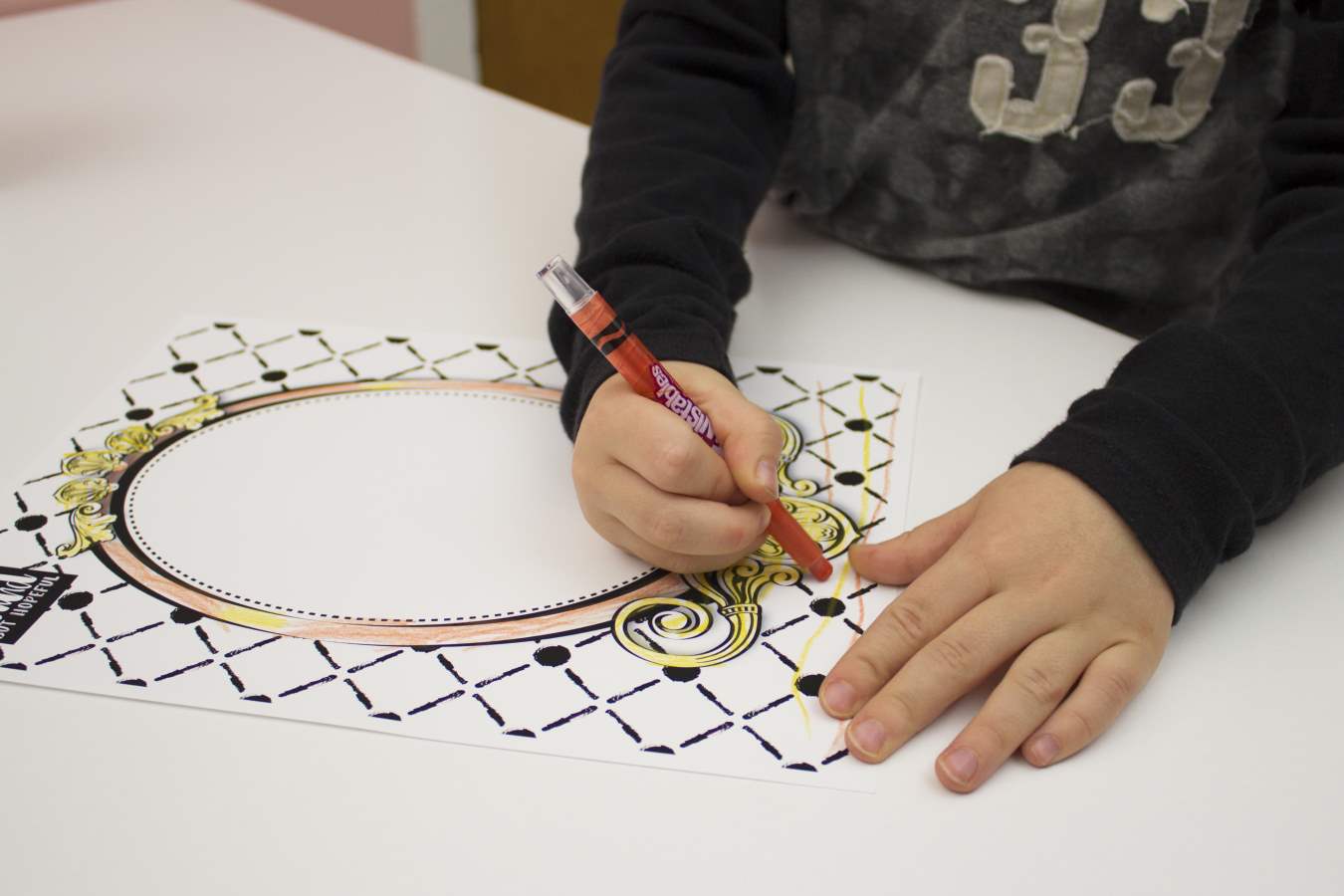
Inspired by the book’s cover, I decided to create a craft for #thebigone to give him a little taste of how he might look with chicken pox. I drew a free printable of a framed mirror, which he colored with crayons. (Markers, paint, or colored pencils would all work wonderfully as iwell). I printed a photo of #thebigone looking straight on, sized approximately 7 inches tall by 5 inches wide, and centered in the middle of my paper. (If you would prefer to skip the photo step, just make the project even more creative, and include some self-portrait work in there as well!)
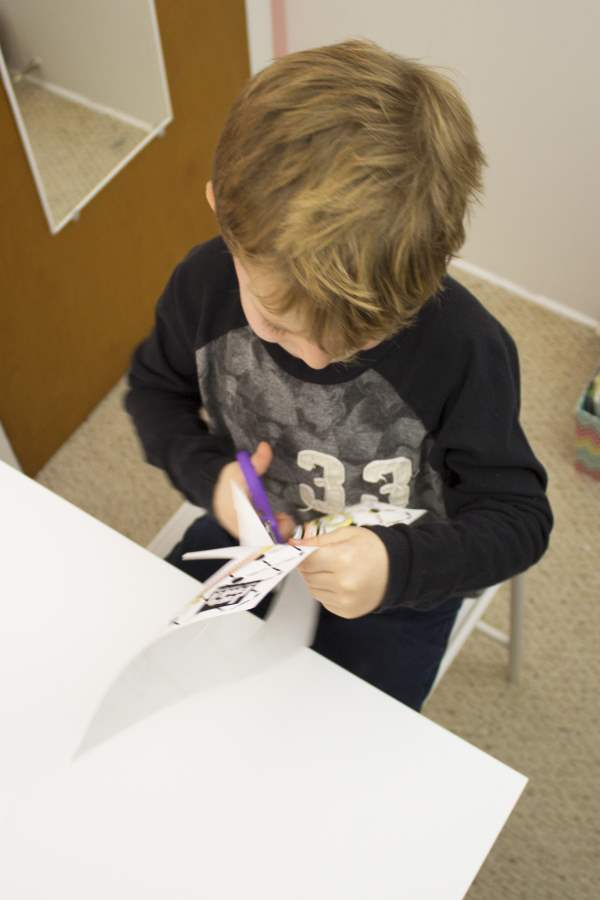
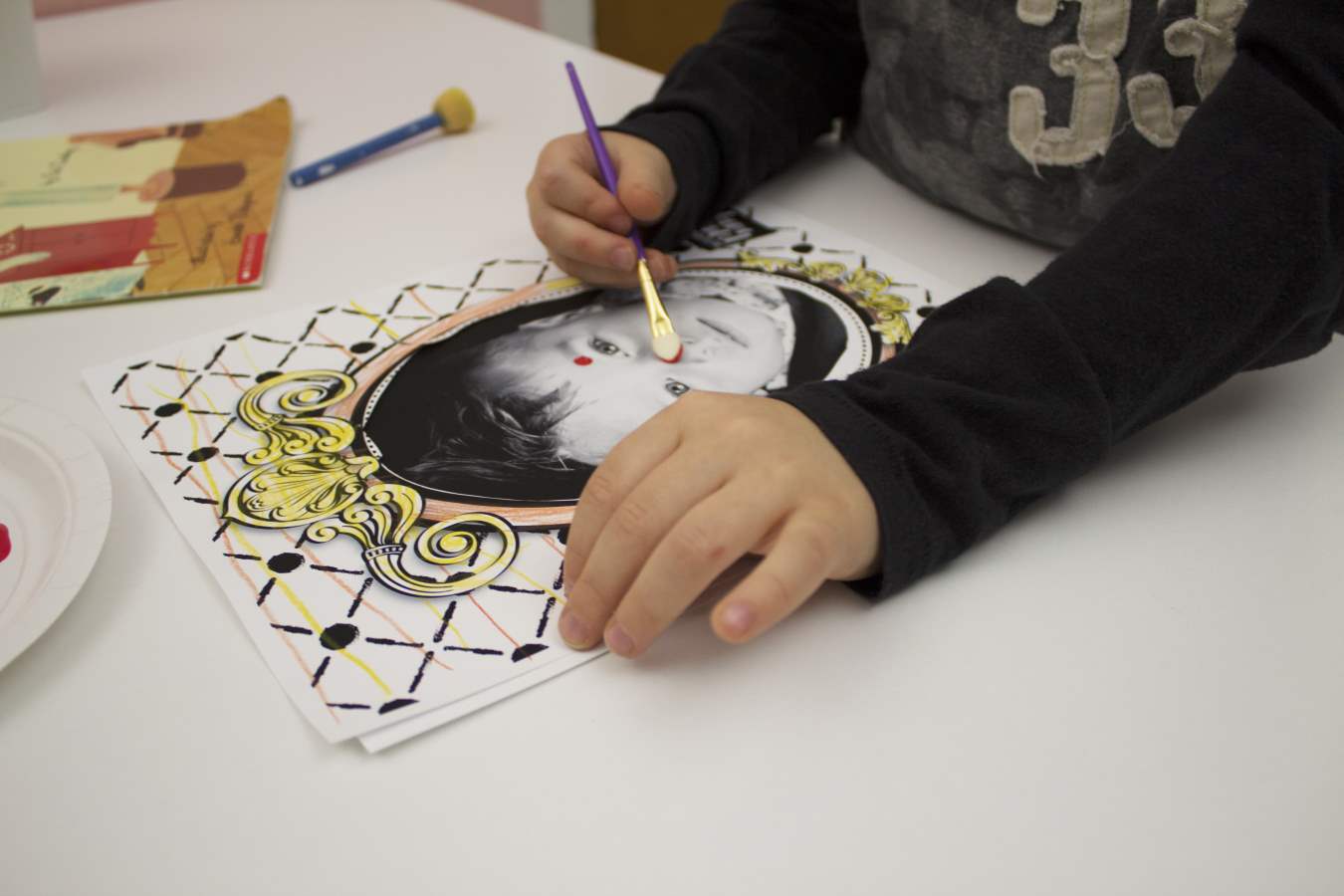
(Tangent: The photo is from a holiday photo shoot a few years ago, and he looks a little model-esque. I’m giving all the credit for that feat to our awesome photographer Tina Marie Photography, because any pictures I take of him are way less glamour shot, and way more action shot.)
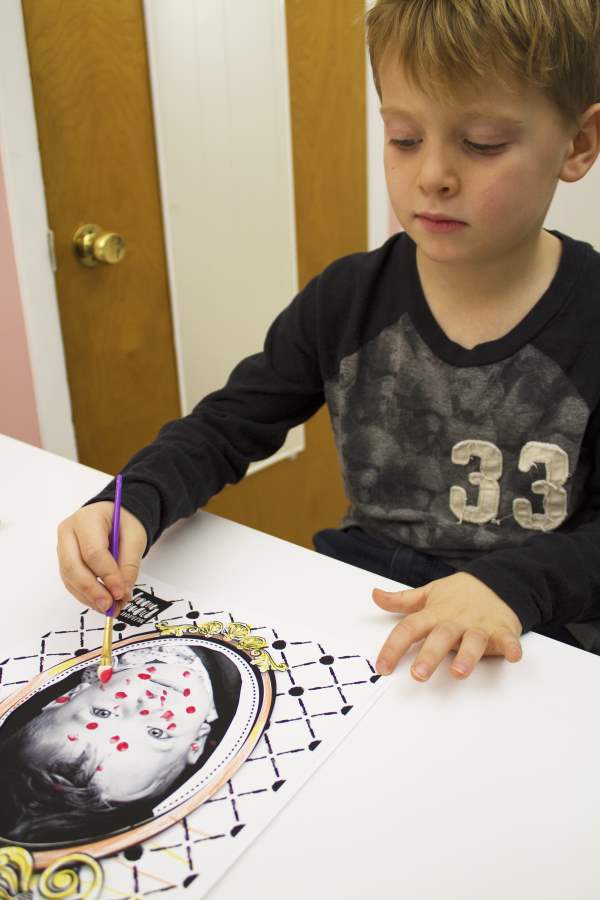
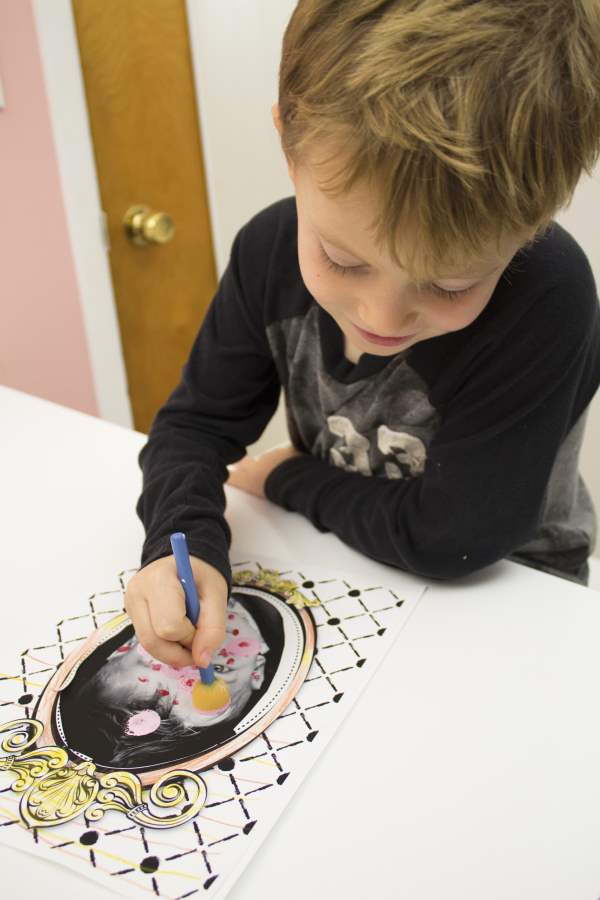
#thebigone worked on his scissor skills (which pretty much always need work) by cutting the oval from the center of the mirror printable. He glued the mirror printable onto the paper with the photograph, doing his best to get his face in the middle of the mirror. He used red paint and a small dabber to add red chicken pox all over his face. Then, he used a bigger, round sponge dabber to top some of the pox with pink paint- our version of calamine lotion. (Fingers, Q-tips, cotton balls, paintbrushes- they’d all work just as well if you don’t have dabbers handy.)
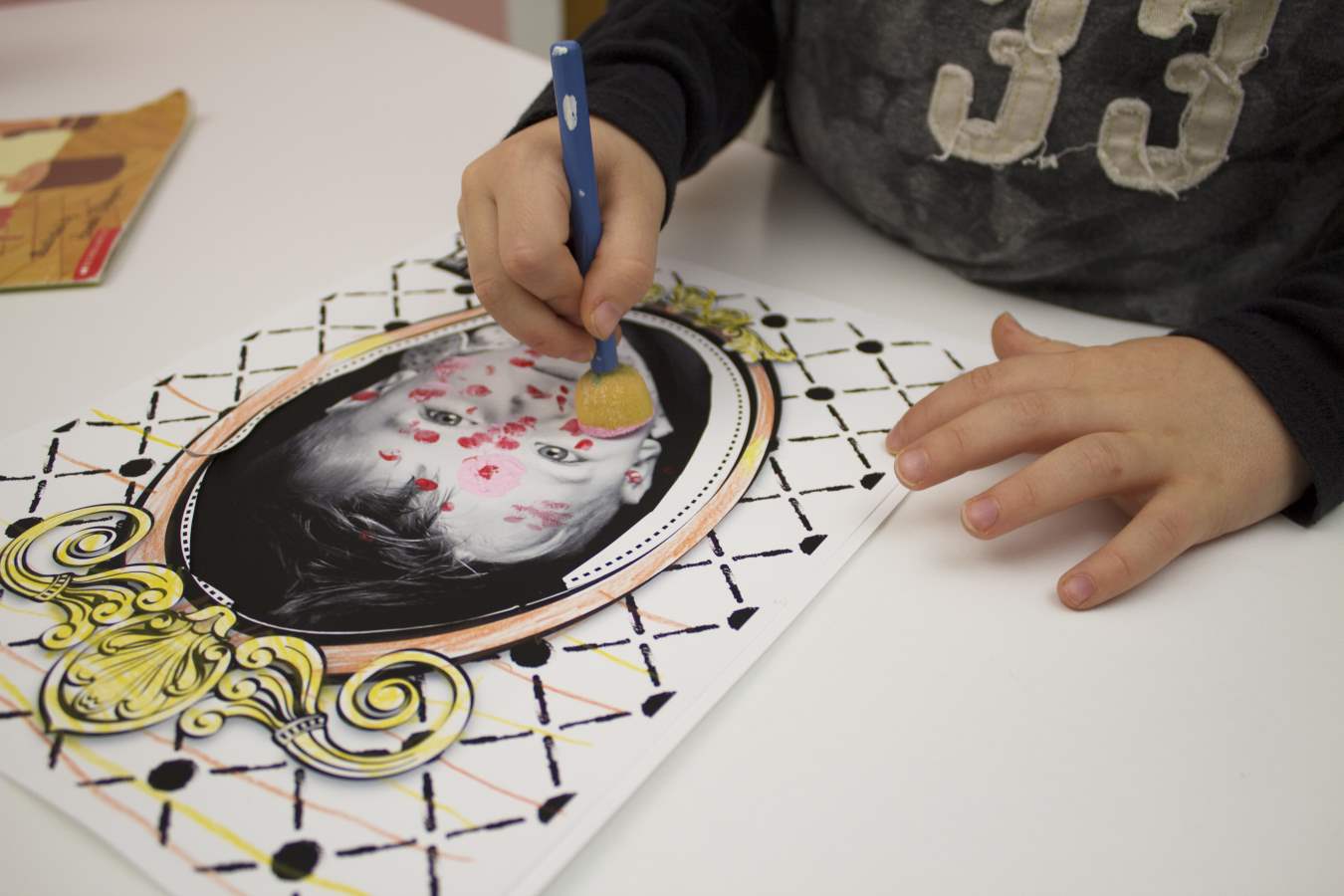
#thebigone thought this project was hysterical, and loved adding pox to his nostrils. (Pretty typical 6 year old boy). I had a lot of fun helping him with it, and I hope you and your children will also enjoy it.
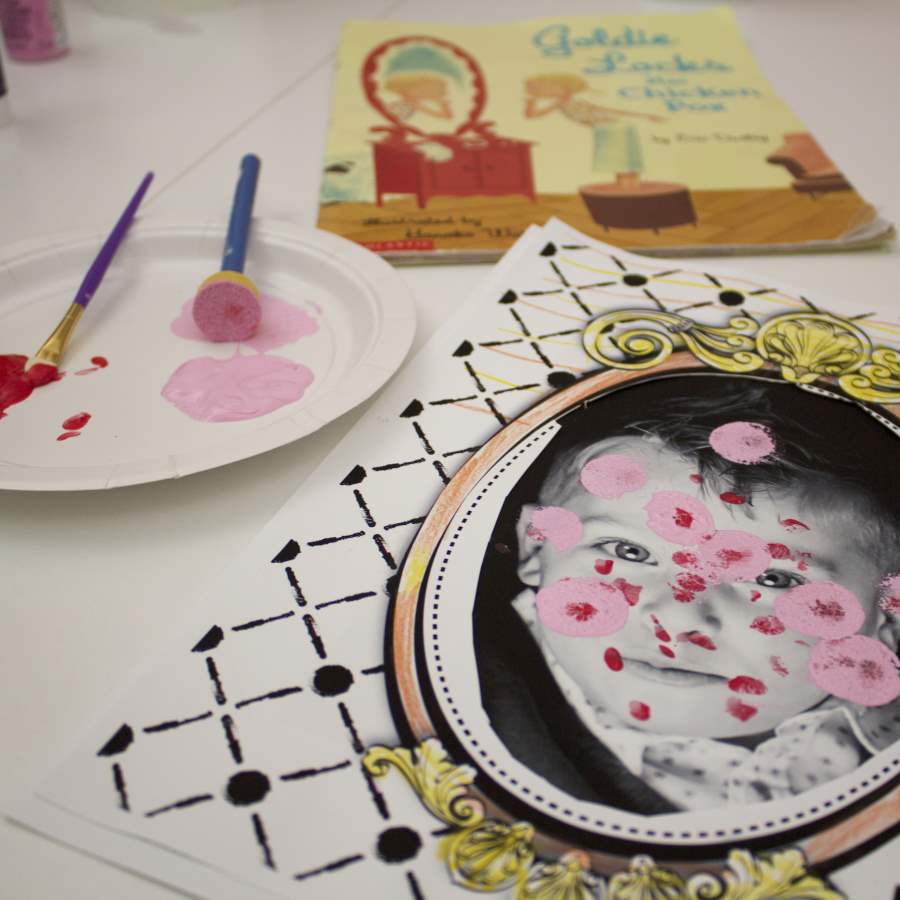
PRINTABLE
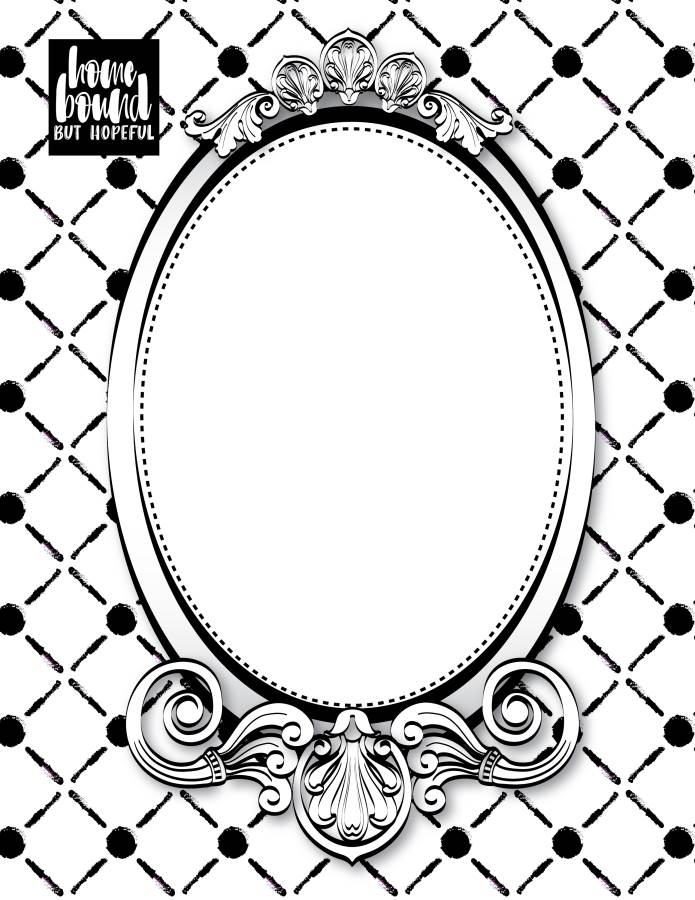
Do you have other favorite twists on nursery rhymes or fairy tales? Let me know about them in the comments!
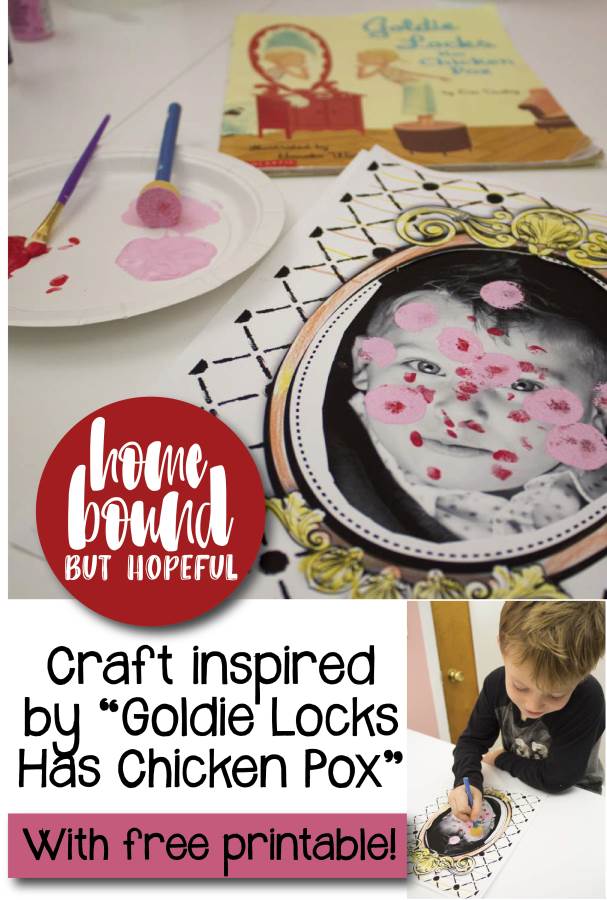
There are great ideas to build on your family’s reading experiences waiting for you here.
-
Inspiring Big Words To Celebrate Martin Luther King Jr Day
Few men in America are as well known for their roles in the Civil Rights Movement as Dr. Martin Luther King Jr. He played a pivotal role in changing the social landscape of our nation. It’s important to me that my children grow up with an understanding of his philosophy and mission. Because of that, I put together this simple story time activity to celebrate Martin Luther King Jr. day with my boys.
READING TO CELEBRATE MARTIN LUTHER KING JR. DAY
I’ve seen The Promised Land: The Life of Dr. Martin Luther King Jr.
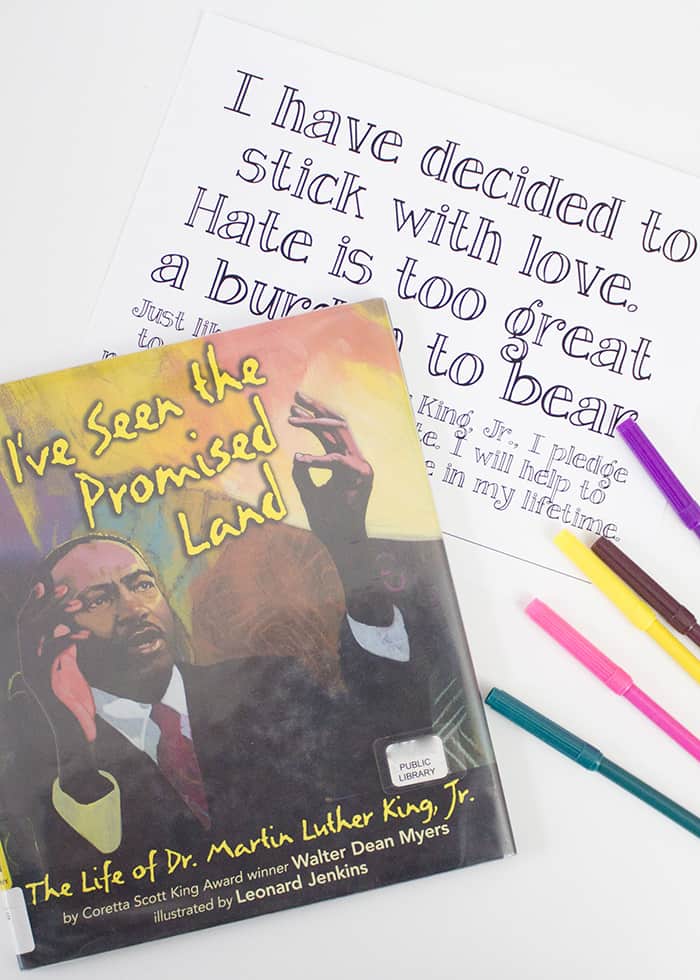
Recently, we’ve been reading some books about the civil rights leader at home to prepare for his special day. Two in particular stood out to me. I’ve Seen the Promised Land: The Life of Dr. Martin Luther King, Jr. was a new read for us. I found it while browsing the children’s section of our public library. It will surprise no one that I was initially drawn to the bright, painterly illustrations by Leonard Jenkins. The text from Walter Dean Myers is excellent. The story is informative and thorough, without being frightening for children. I particularly liked the inclusion of other prominent figures from history like Rosa Parks, Malcom X, and Mohandas Gandhi.
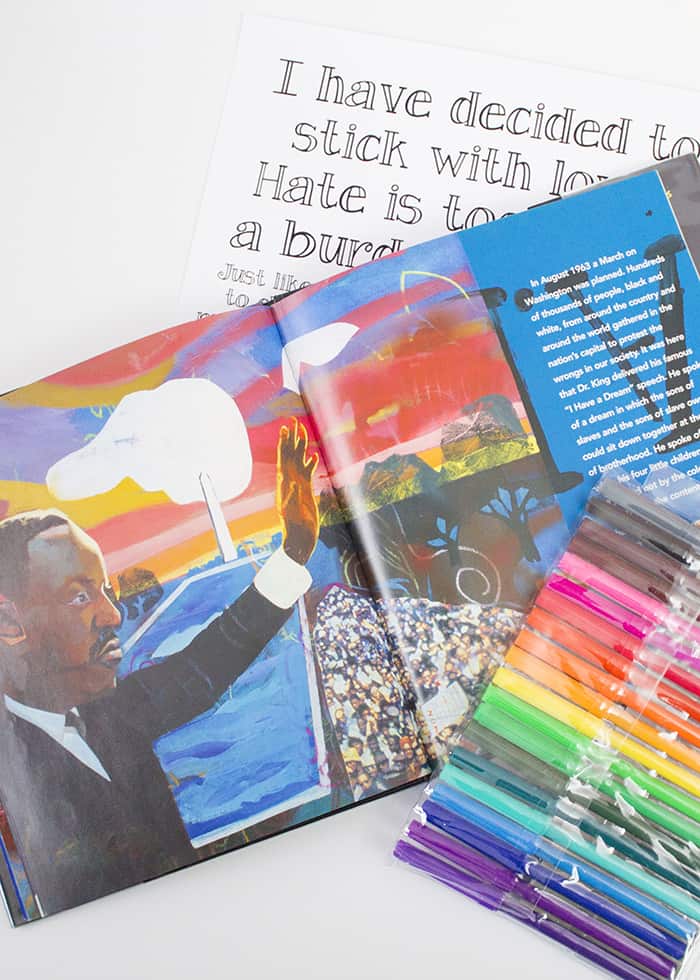
Martin’s Big words: The Life Of Dr. Martin Luther King Jr.
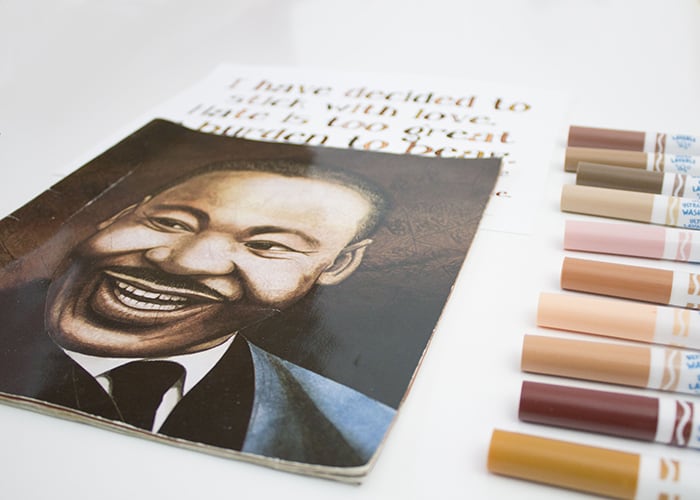
I picked up Doreen Rappaport’s Martin’s Big Words: The Life of Dr. Martin Luther King, Jr. secondhand several years ago. It is important to me that my children grow up aware of the history of our country, and the way people have been treated. I believe that knowledge is essential for the next generation to make the changes still needed. Without learning our history, we can not learn from the mistakes of the past. We read Martin’s Big Words: The Life of Dr. Martin Luther King, Jr. every year.
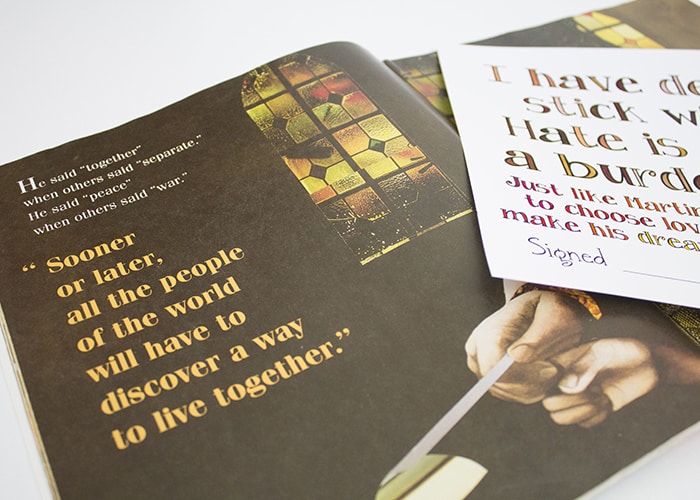
Bryan Collier’s illustrations add such life to the text. Enlarging and bolding Dr. King’s words throughout the text adds weight and gravity to their meaning. The book is a powerful read to share with young children. Including a brief account of Martin’s early childhood experience helps make the topic more relatable to a young audience. Kids are able to put themselves in young Dr. King’s shoes.
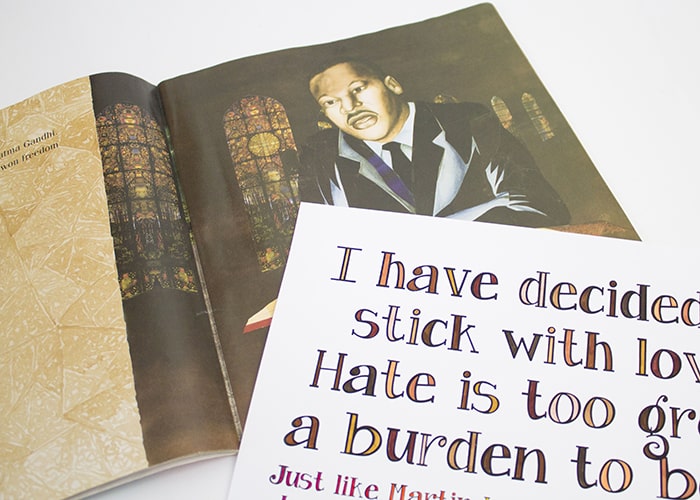
TAKING A PLEDGE TO LOVE
I was inspired by the powerful words highlighted throughout Martin’s Big Words. After reading it, I created a printable pledge. I chose a simple and clear message from Dr. King. ‘I have decided to stick with love. Hate is too great a burden to bear.’ It was important that the purpose of the promise be clear even to young children. As I wrote before, I believe many children have the false sense that the goals of Dr. King and his contemporaries are complete. They assume there is no further work to do. It’s important for them to know that choosing love over hate is something that should be done every day to help create a more tolerant world.
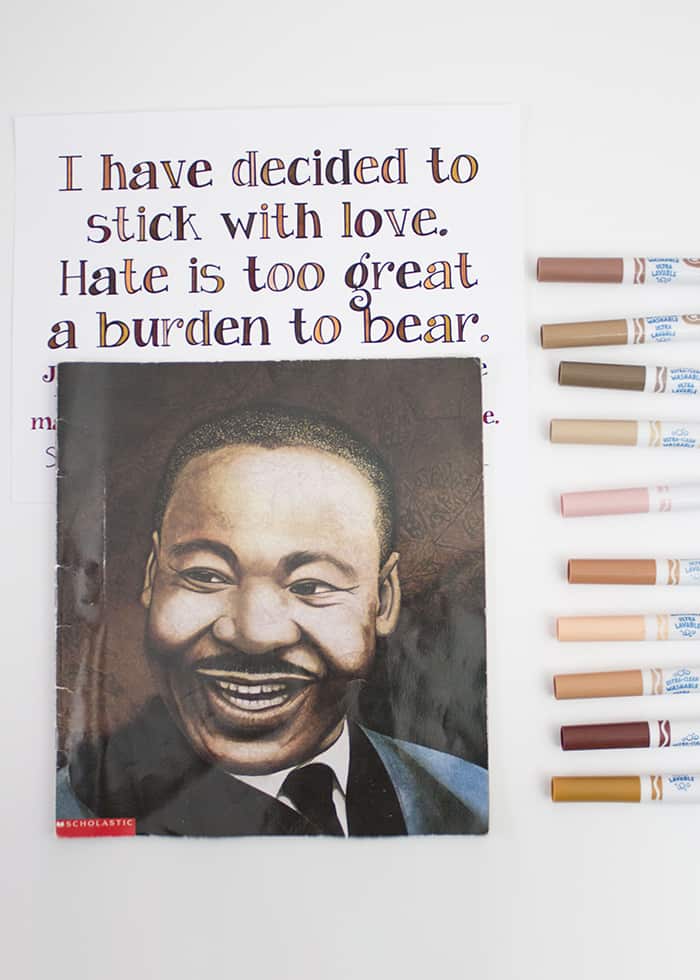
Grab your free printable below and something to add color with. We chose markers, but paint, colored pencils, or crayons would all work well too. While your kids color in the words, talk to them about their meaning. It’s a perfect time to discuss opportunities they have each day to continue the work of Dr. King by choosing love. Once colored and signed, the pledges are perfect for hanging on the fridge at home, or a classroom wall at school. Anywhere you need a little reminder to be kind and tolerant is perfect. And hey, grown ups- this isn’t just for kids. Adults can use a refresher on the values of Dr. King as well- so print a copy for yourself while you’re at it!
>>> Grab your printable pledge HERE! <<<
How does your family celebrate Martin Luther King Jr. Day? Let me know in the comments below!
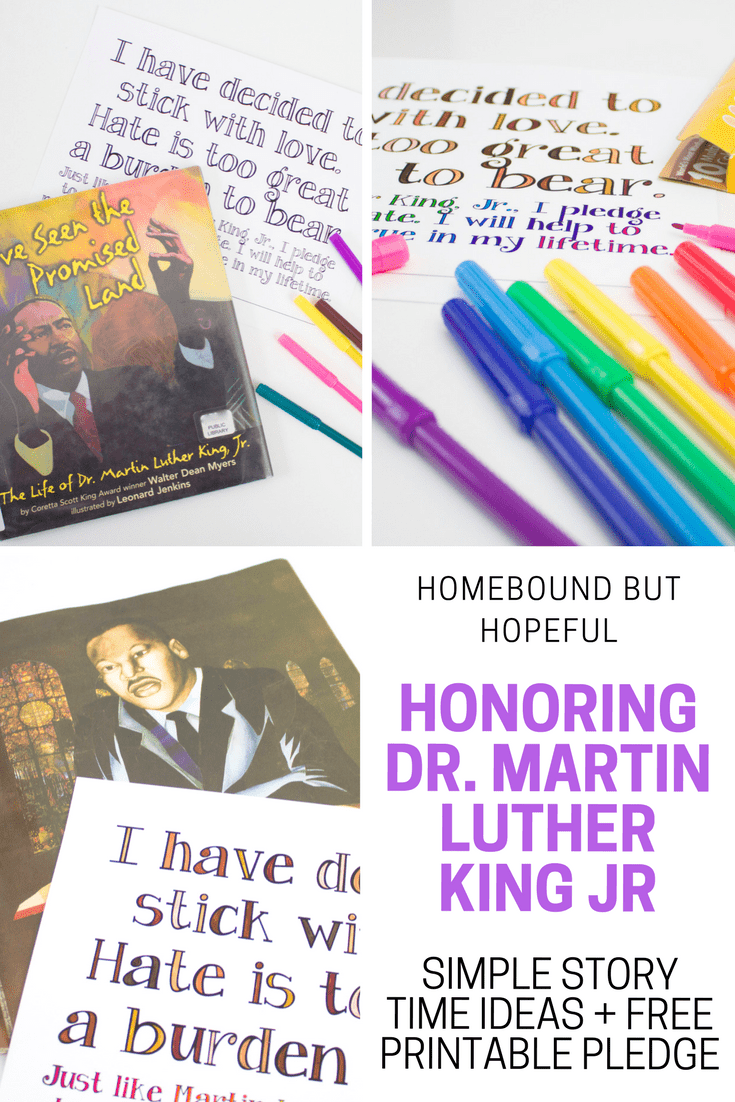
Essentials you May Need…
-
Strength and Comfort (Reading About Diversity)
‘Cause I know there is strength,
in the differences between us
And I know there is comfort,
where we overlap…
[Ani Difranco]
{Admittedly, not the most family-friendly poet/singer-songwriter. But this little snippet is just perfection for me this week}.I’ve been mulling over Dr. Martin Luther King, Jr. Day as it approaches, questioning how I would address it here on the blog, and at home as well. #thebigone and I have done different projects together in the past, and he’s always had books about Dr. King, so while it isn’t a foreign topic for discussion, something about it this year just seems much more substantial. Addressing race following a very dramatic & divisive presidential election, and in the midst of the Black Lives Matter movement seems almost too much, too important for a blog this new & little to try to tackle.
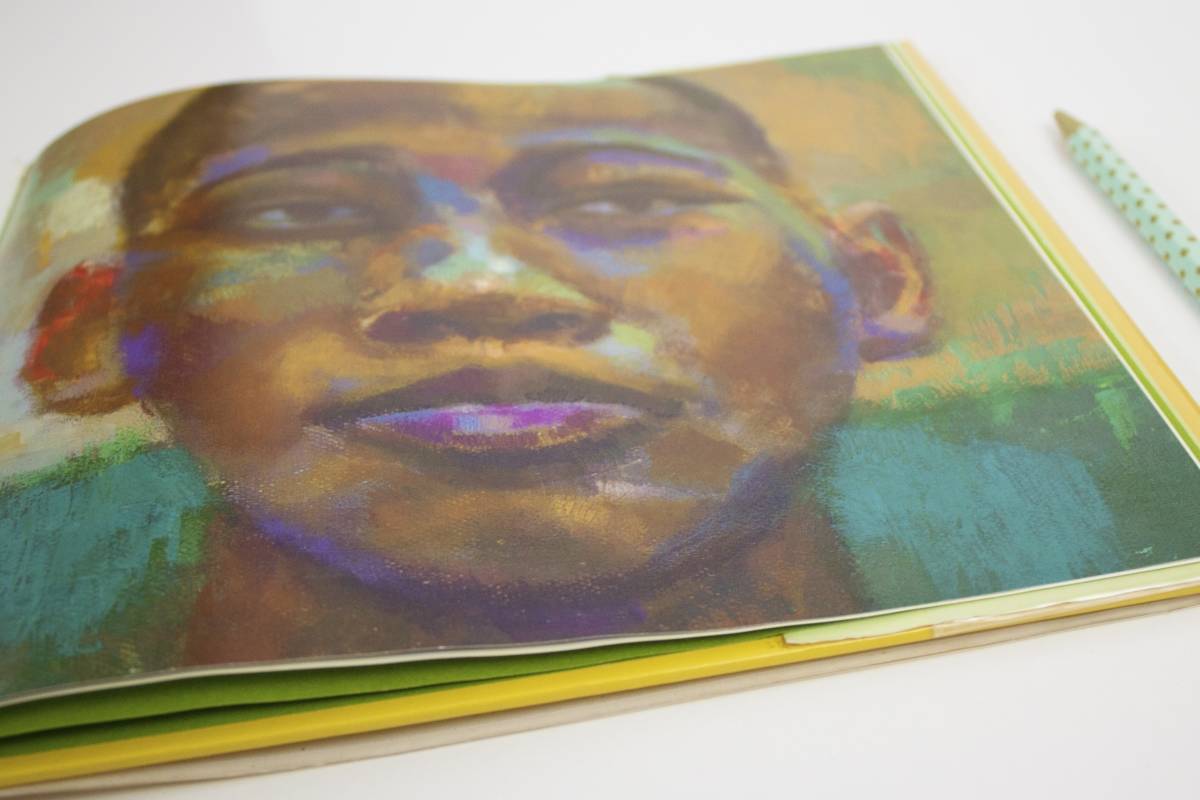
So I made a conscious choice. I’m not tackling all of it. I’m choosing to focus on a portion of Dr. King’s message instead, in a way I hope is relevant and relatable for all kids. I am not sure that #thebigone truly understands that the mission Dr. King was working towards has not truly been achieved- I think for him, and many other children today, they see Dr. King and Rosa Parks and the other revolutionaries as history- goal accomplished, protest over, time marches on. I know that for many, that is not the experience they live today, and I wanted to find a way to try to help kids begin to comprehend that, in a way that isn’t frightening, as I know many are already afraid enough.
I found two absolutely beautiful books that chronicle young friendships in the segregated south decades ago. The Other Side, written by Jacqueline Woodson and illustrated by E. B. Lewis, tells the story of Clover, a young black girl, and Annie, a neighboring white girl, who dare to cross the fence that divides the 2 sections of their southern town. Deborah Wiles’ Freedom Summer, with illustrations from Jerome Lagarrigue, is set shortly after the passage of the Civil Rights Act of 1964. It relays the summer friendship of Joe and John Henry, and their struggles to make sense of the changes that seem to be coming very slowly to their town.
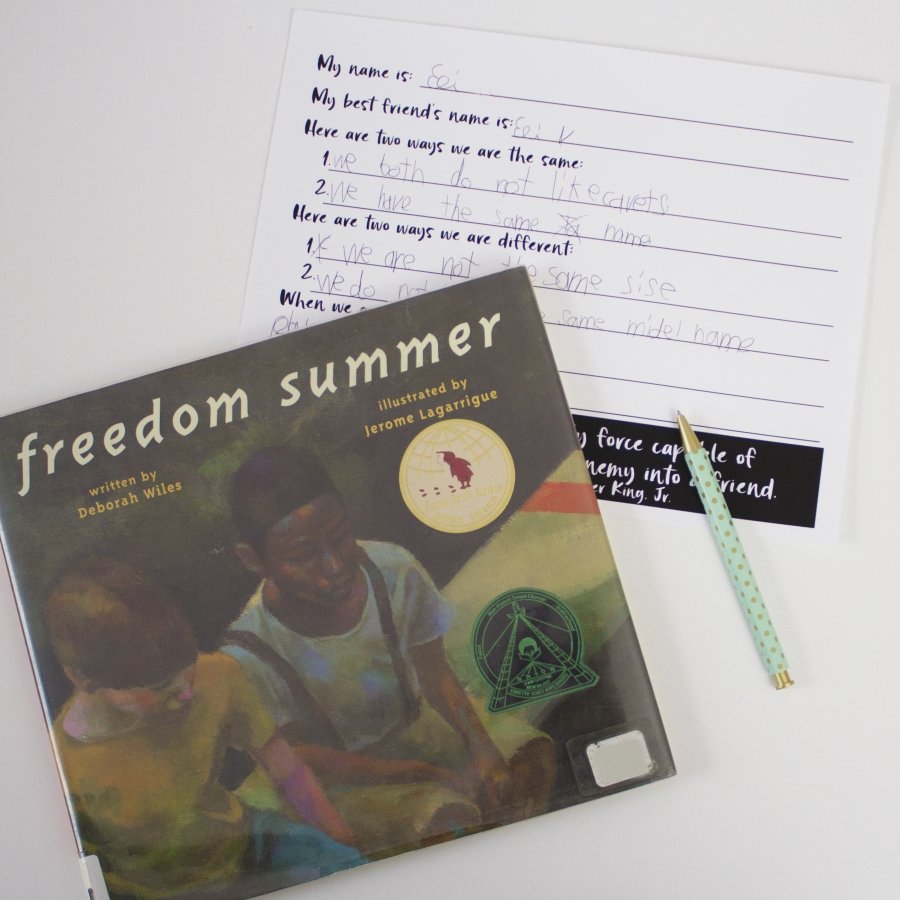
Each book uses clear, plain language to relay the emotions of the circumstances, in a way that children will understand. The authors work to depict the similarities between each pair of friends, and their affection for each other (in spite of the obvious race difference) is evident. I love the fact that both the similarities and disparities are plainly addressed… I often hear people talking in terms of race as being ‘colorblind’ and ‘not seeing color.’ I understand the intention behind these phrases, and certainly can appreciate the thought. But I don’t see the problem with seeing color. It’s there, it exists- so why can’t we identify and value diversity? We can celebrate our heritages, as long as we remember the importance of being respectful towards and learning from the other cultures around us.
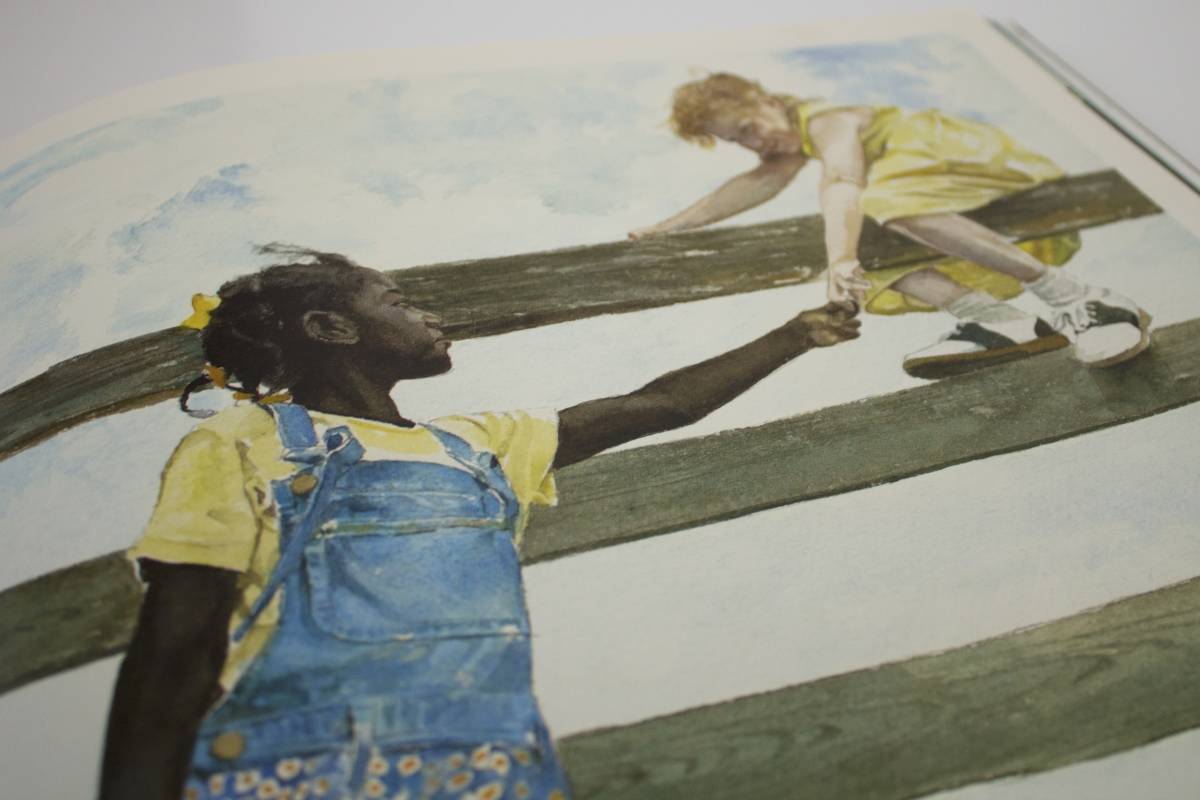
Because I’m never one to pass up the chance to sneak a little learning of some kind into whatever books we’ve been reading, I put together a very simple printable writing sheet. It’s perfect for getting kids thinking a bit about their own friendships, and the ways in which they and their friends are both different and alike. I did include a quote from Dr. King on the page, since he was the inspiration for this lesson, but it is not overtly specific to the upcoming holiday, making it a perfect printable to pull out at any point in the year when a little tolerance may need to be learned.
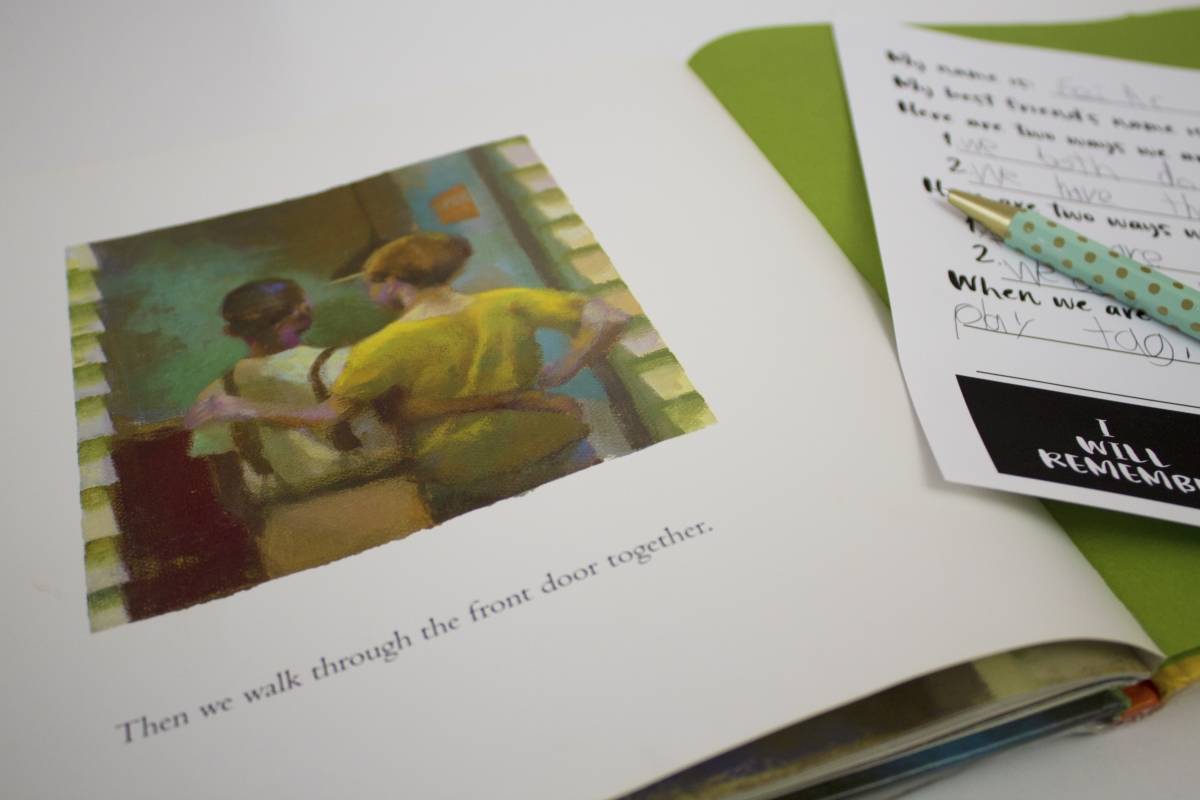
Below, you will see the two books referenced above, that we read at our house this week. There are certainly many other quality options in children’s literature to pair with this activity, and I’m including some others in the list as well.
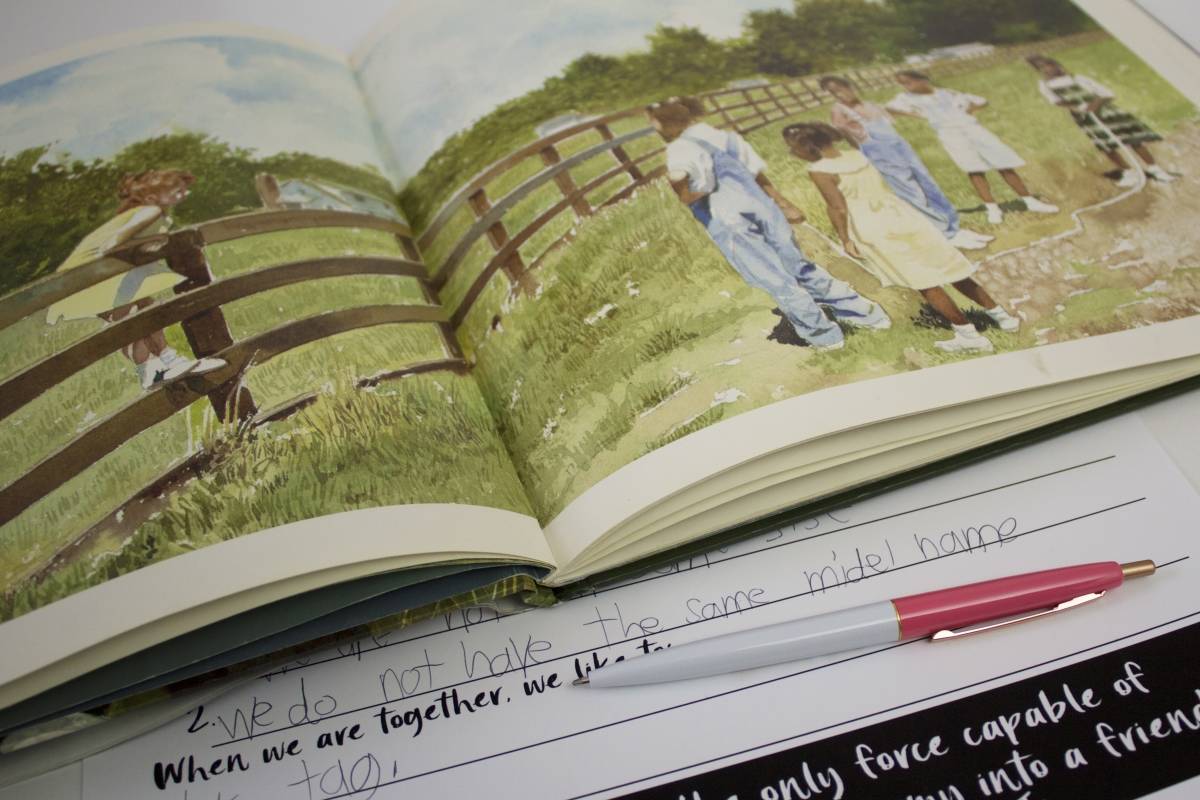
Do you have a special way you honor Dr. Martin Luther King, Jr. in January, or throughout the year? How about a favorite book to teach your family about diversity & acceptance? I’d love to hear about it in the comments!
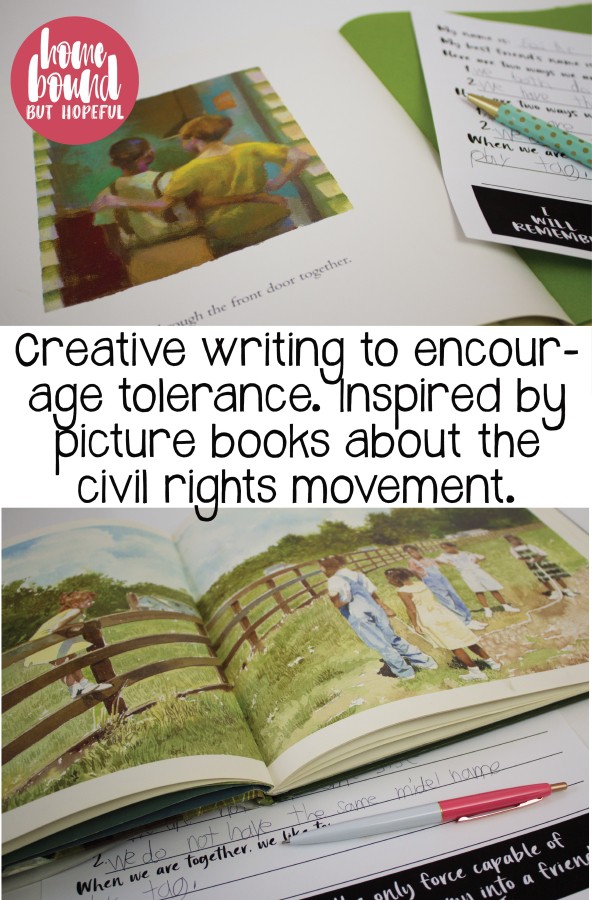
Looking for some other ideas about using picture books to learn & create? They’re always right here!
-
Cut It Out! Creating Art Inspired by OHora
As I mentioned earlier this week, we’ve been big fans of the illustrative work of Zachariah OHora ever since we read Wolfie the Bunny for the first time as a family. I love the way he uses an extremely restricted color palette in conjunction with dark textural lines to create so much personality and detail in his work. In addition to just creating some really stunning images for us to look at, OHora has also created an artistic style that feels more ‘do-able’ for kids that some other styles might. #thebigone and I read through a few books illustrated by OHora recently, and took some time to concentrate on the artwork- we noted the simple shapes of color, and the dark lines added on top, and decided it might be a fun project to create some similar masterpieces of our own.

No Fits, Nilson! is a charming little story about Nilson who, like many of our children, is learning to control his tendency towards temper tantrums and fits. This one had #thebigone giggling a lot, and he read it several times, even asking my husband and I to read it to him. (Very unusual lately, as our slightly snobby new reader really prefers ‘non-baby’ chapter books a lot of days).
My Cousin Momo was also a hit at our house, featuring a flying squirrel who doesn’t always fit in with his peers. There’s been a bit of chatter lately about fitting in, and being like everyone else, because apparently first grade is a ‘must-fit-in’ sort of place at times, so My Cousin Momo was a great choice for our family at this time.
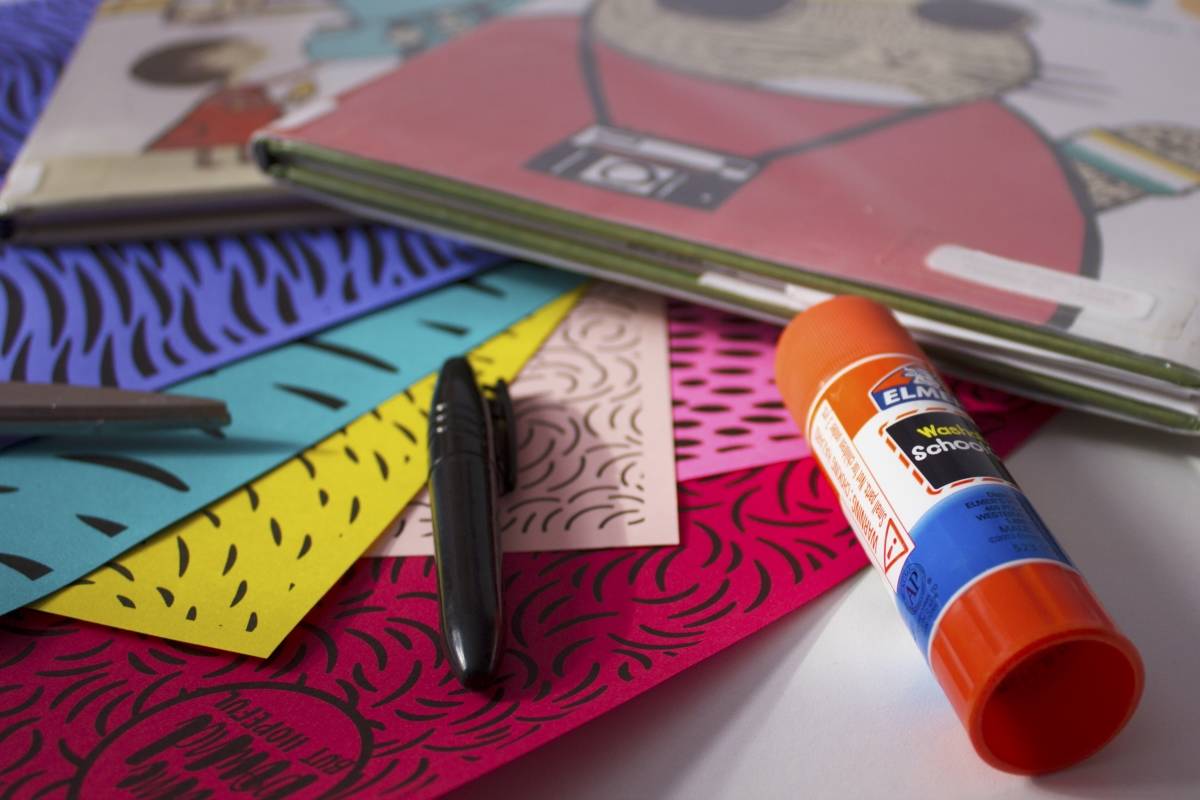
I created 6 different printable patterns to use for this project, and you’ll find links for them towards the end of this post. I chose to print them on colored paper, to make sure I got nice even, flat colors throughout, similar to OHora’s distinctive style. You could always just print them onto white paper and add color yourselves with crayons, markers, or paint if you preferred. We chose to use colors similar to thos Ohora typically uses, but this is another area that has some room for interpretation and experimentation- what colors would your children prefer to use?
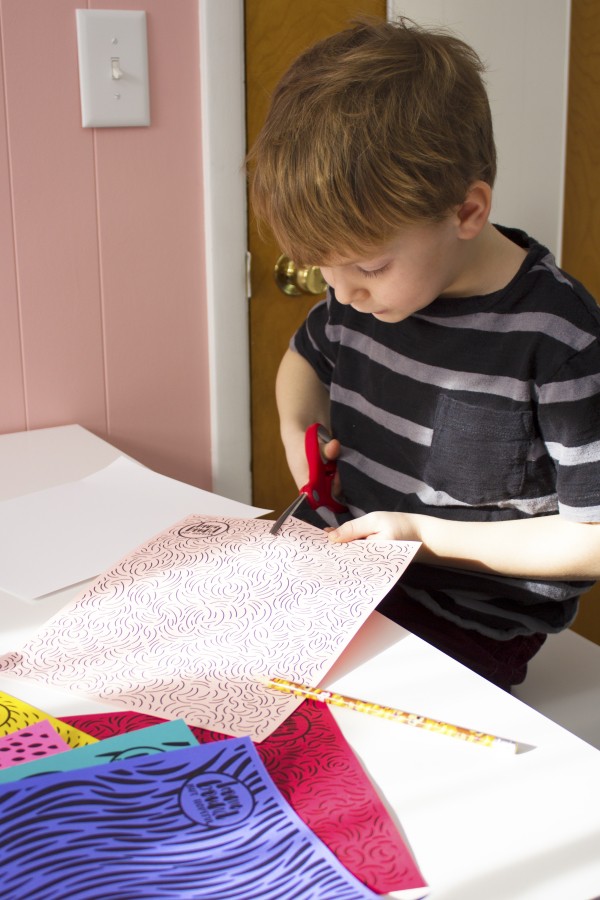
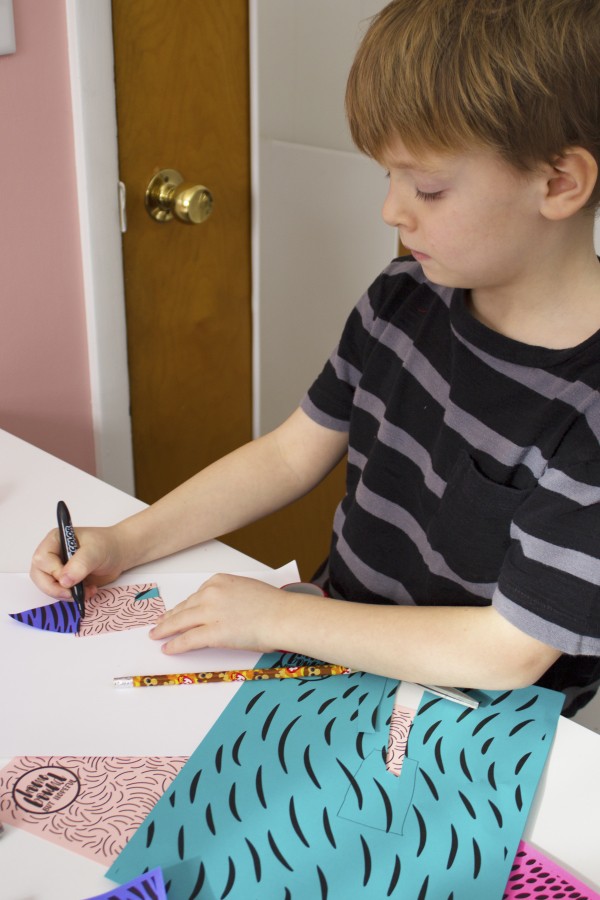
#thebigone took some time to work on his scissor skills with this, which we’ve found to be challenging for him, no matter how often he uses scissors. He was given free reign to cut out shapes from the patterned paper to create a picture. After he was happy with his cutting (several shapes took a few tries, as well as a few helpful bits of advice from me), he glued them down to a white paper to create his larger image. (He decided he wanted to make a house, in case you can’t tell). Using a heavy black marker, he added some additional black lines and thickened up some of the pre-printed texture to finalize his masterpiece. (I let him use a Sharpie, it basically made his day. You don’t have to, but if you want to make your 6 year old feel very mature, tell them you trust them to draw with the permanent marker. It’s the little things, people.)
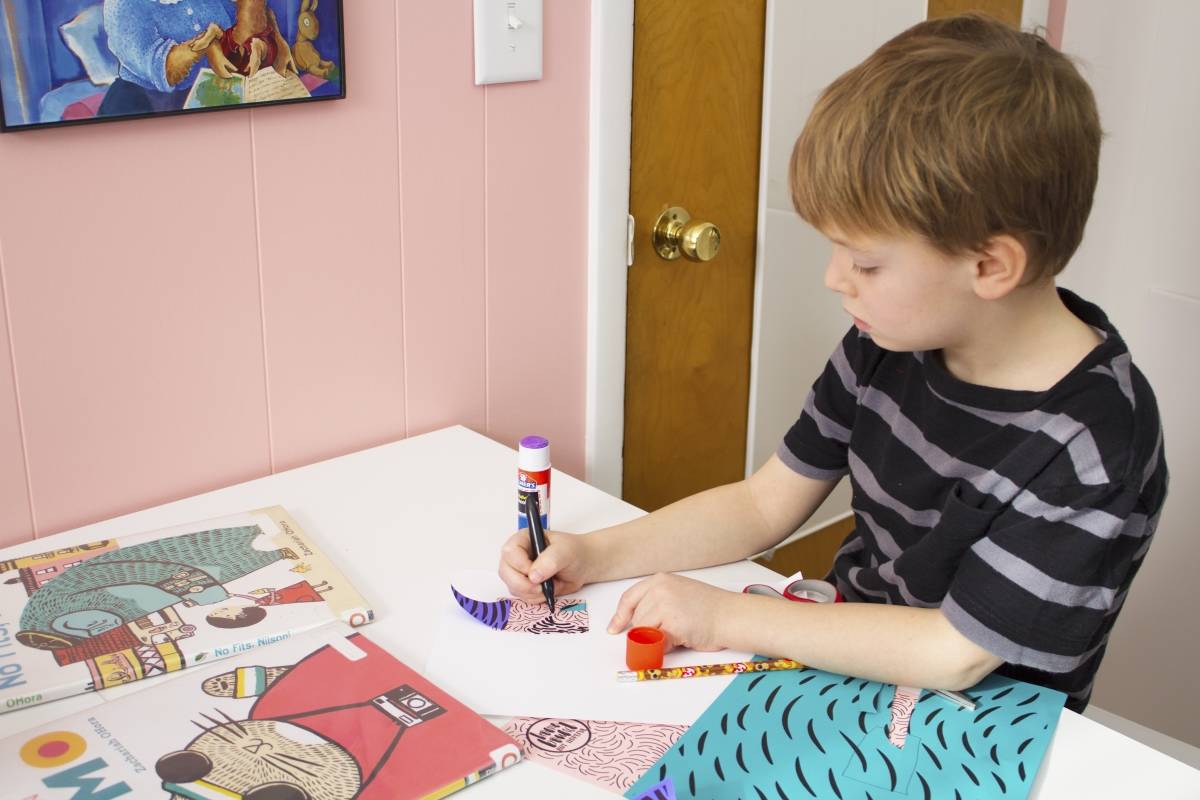
We had a lot of fun putting this project together, and hope that you enjoy it as much as we did. Be sure to grab your free printables below, and tag us on social media if you also decide to create a picture inspired by Zacharia OHora!
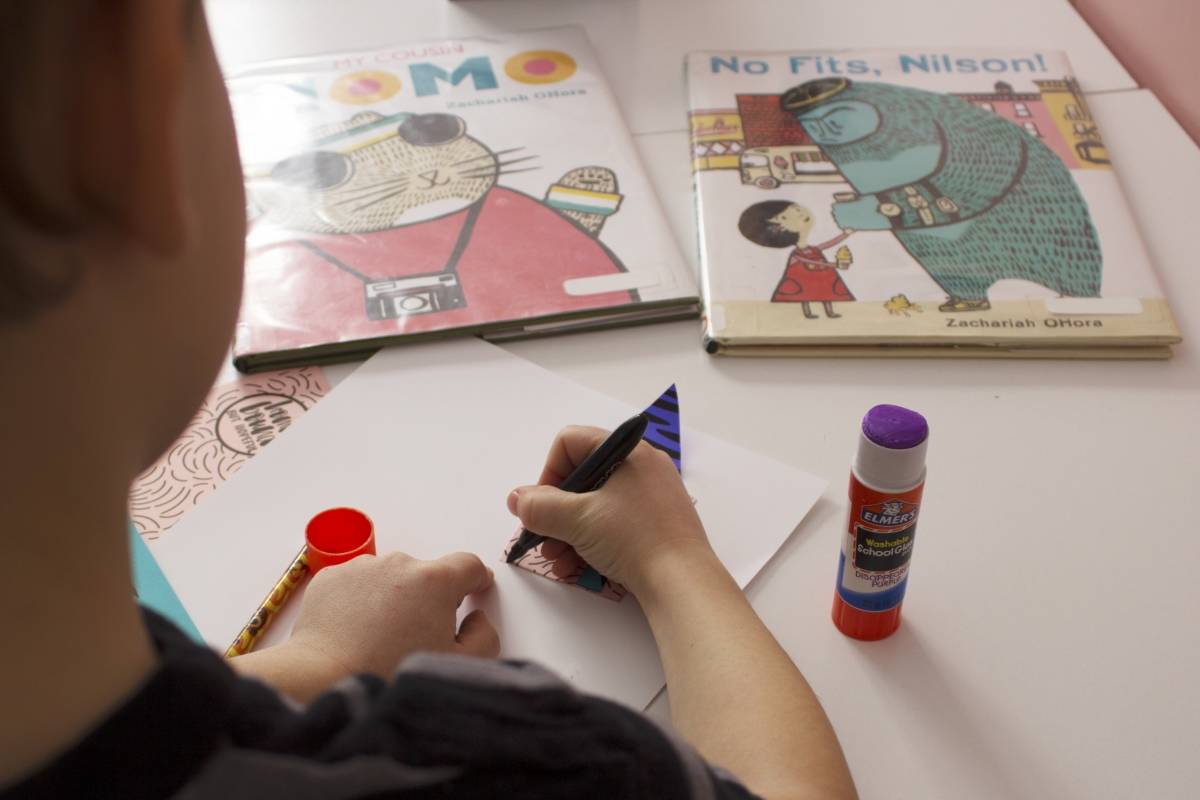
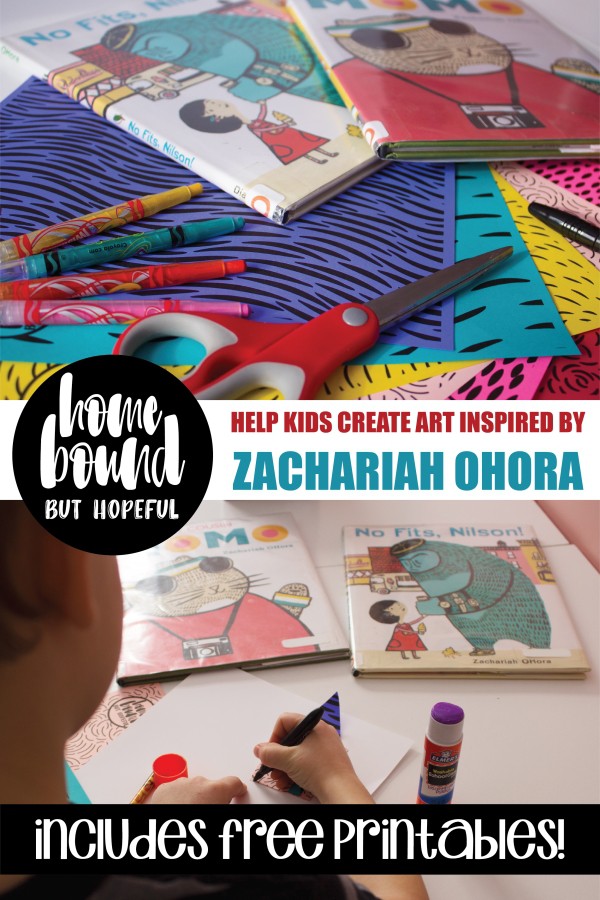
Lots of other fun ideas inspired by popular children’s literature are here!
Need more ideas for art projects for your family? I’ve got you covered!
-
He’s Going To Eat Us All Up! (Fine Motor Fun with Wolfie The Bunny)
Until I become an (admittedly, slightly-neurotic) mom, I had never considered how much went into helping a child grow up to become a successful writer. I’m not talking about writing in the creative, lyrical sense, but more in the practical sense. The fine motor coordination and skill, as well as the muscle strength required to form letters efficiently and legibly is actually a bit mind-boggling when you think about it. I’ve done a bit of reading on the importance of giving children a strong writing foundation from the beginning (The Write Start: A Guide to Nurturing Writing at Every Stage, from Scribbling to Forming Letters and Writing Stories is a personal favorite), as those strengths will give kids a boost up at all stages of learning, elementary through high school, and beyond.
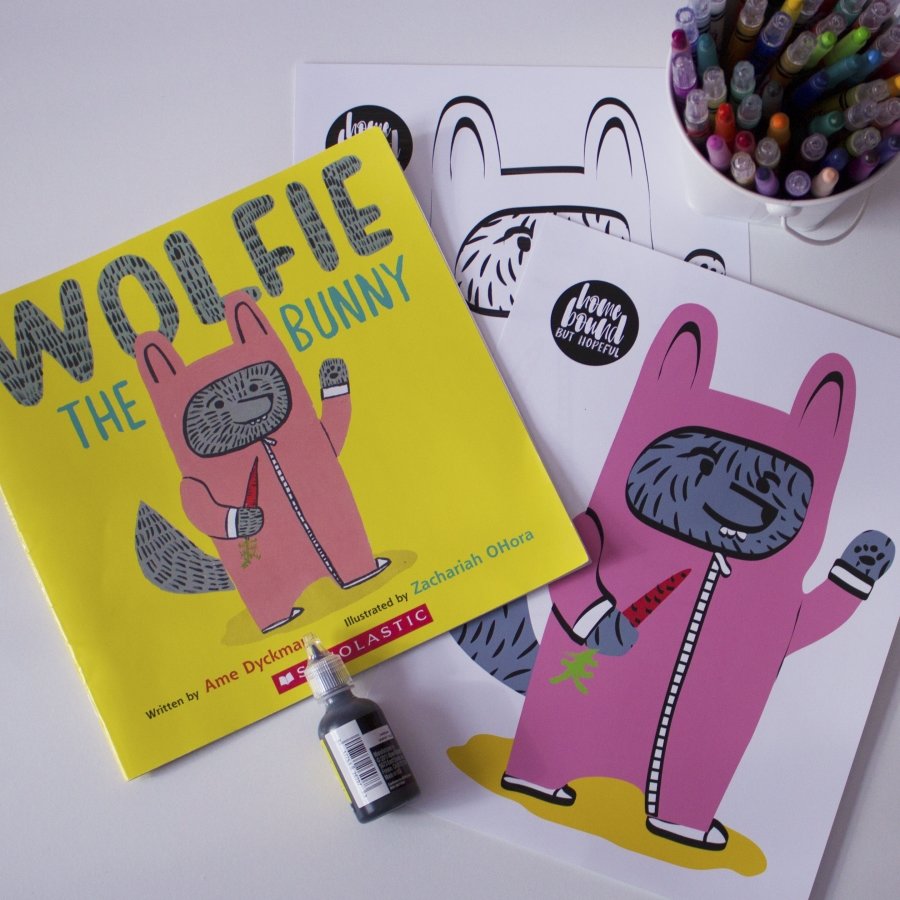
I like to find ways to work on fine motor skills and writing work with #thebigone that don’t always look like that’s what we’re working on. He’s in first grade, so writing is a big part of his day at school. Some days, he loves the idea of writing & illustrating his own stories and books, and other days, asking him to add one item to the grocery list is an overwhelming task. On those particular days, I like to give him a chance to try something that is beneficial, but that he really loves and feels nothing like school to him.
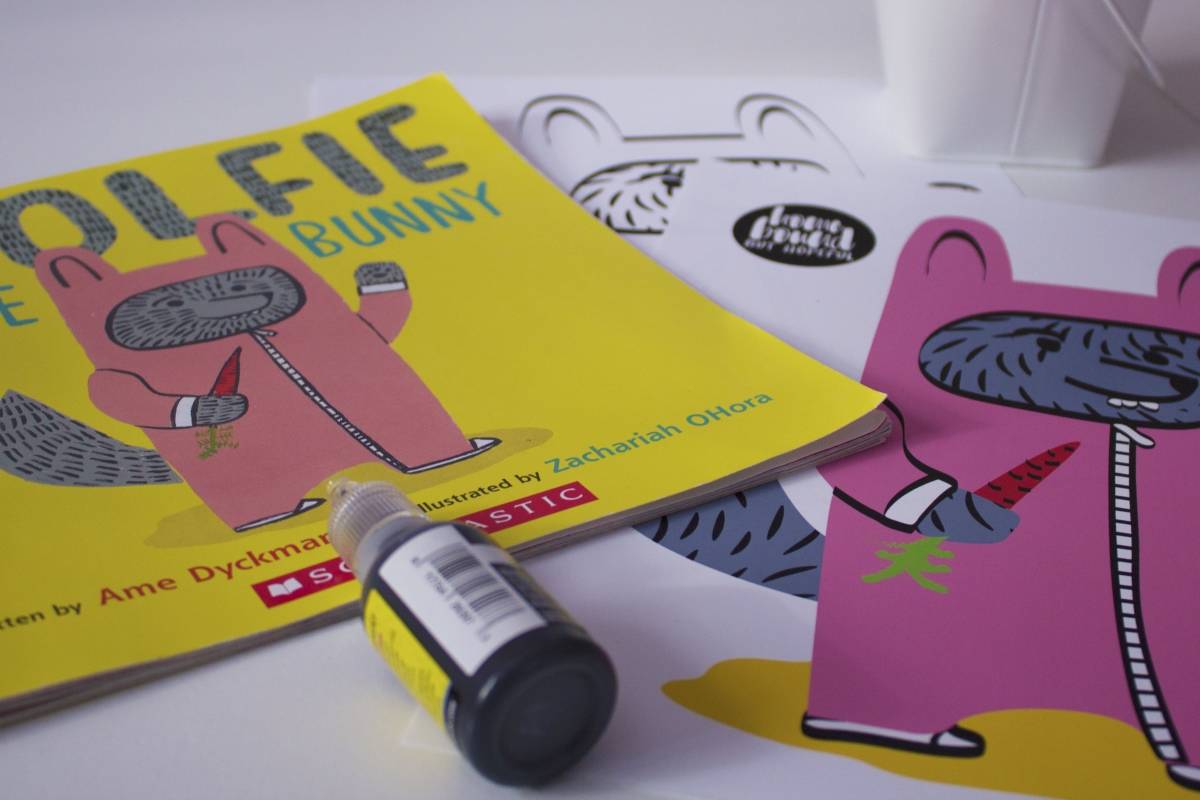
Since he was rather young, one of #thebigone’s favorite art supplies has been any kind of puffy paint or glitter glue. You name it, we have covered it in the stuff- pumpkins at Halloween, paper mache bunnies at Easter, wooden birdhouses in the summer… If you can stick glitter glue to it, chances are we have over the last 3 or 4 years. I never minded the activities though, because 1. he loved it, and 2. squeezing those bottles is a fabulous way to strengthen hands and fingers for the tasks associated with writing.
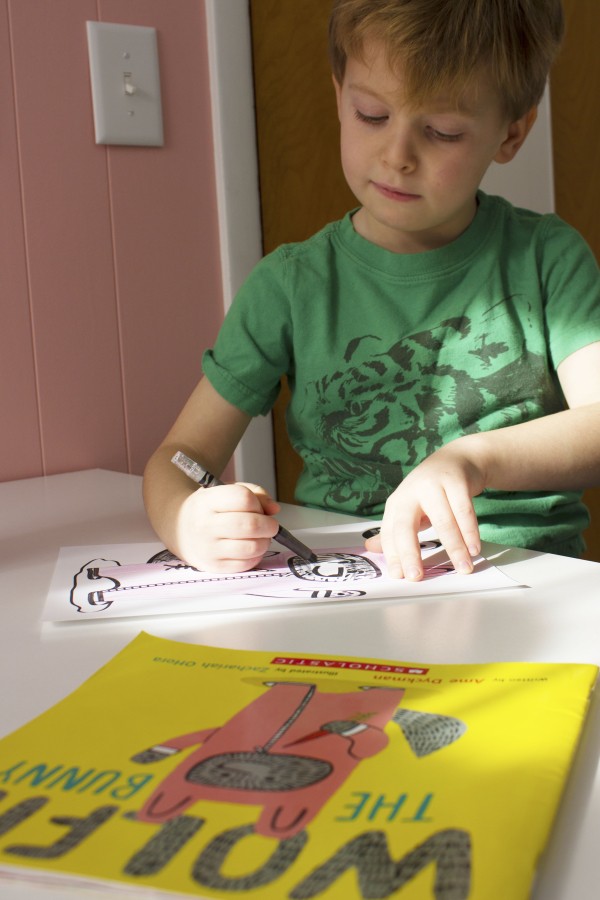
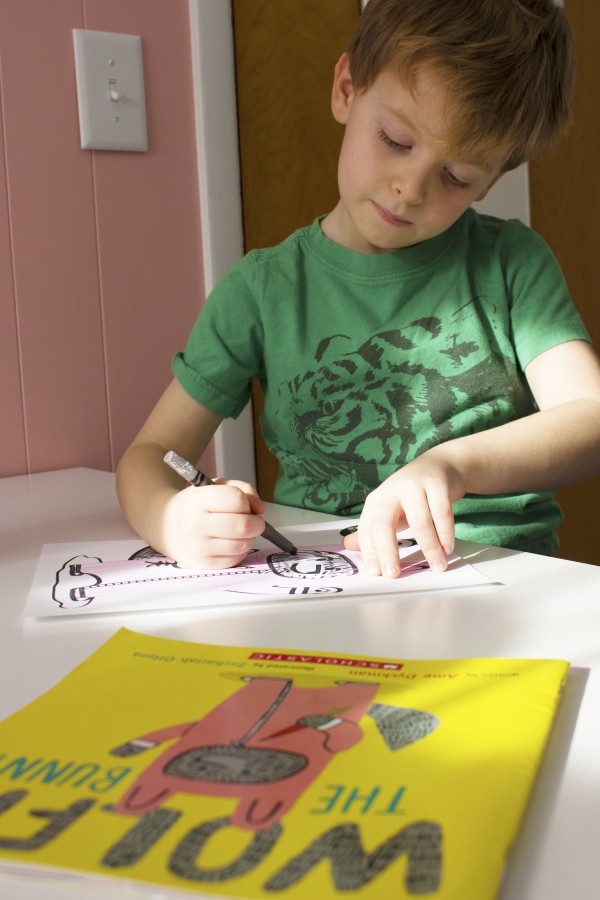
Since I wanted to give #thebigone a little time to work on his hand strength at home this week, I put together a quick and simple activity to use some puffy paint based on one of the books we love. Wolfie the Bunny has been a family favorite since we first purchased it. As always, I was drawn to it initially because of the unique illustrative style. I LOVE the whimsical, bright colors of Zacharia OHora’s artwork, and the dark, textural detail he adds to the flat shapes of color. OHora is skilled at expressing personality in faces with little color detail, and relatively simple lines, and it’s fun to see the characters come to life through his art. Written by Ame Dyckman, the story itself is amusing and sweet without being cliche or boring. The tale of a younger sibing who isn’t quite what Dot bargained for, it is the perfect book for our house, where #thelittleone joined us last year. #thebigone had a surprisingly easy transition to big brotherhood, and we are grateful for it, but this book provides us a chance to talk now and then about the way parents may seem to act when a new baby enters the family.
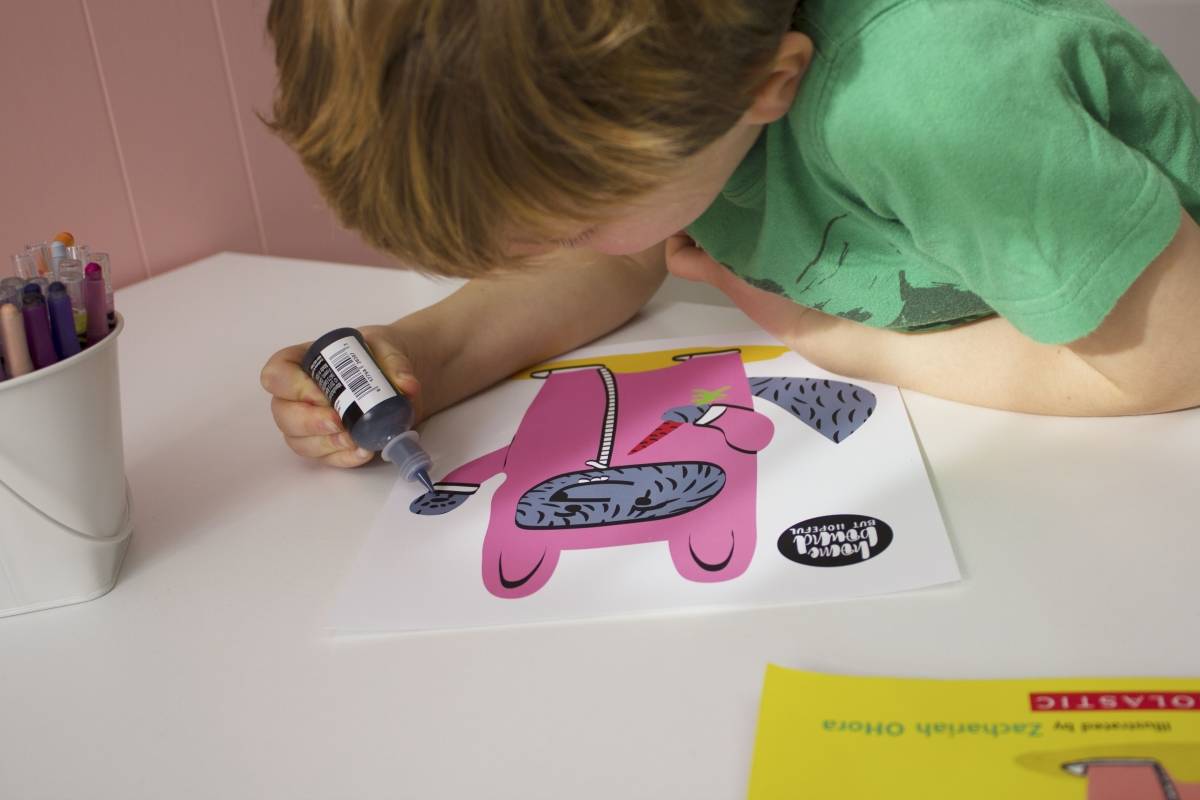
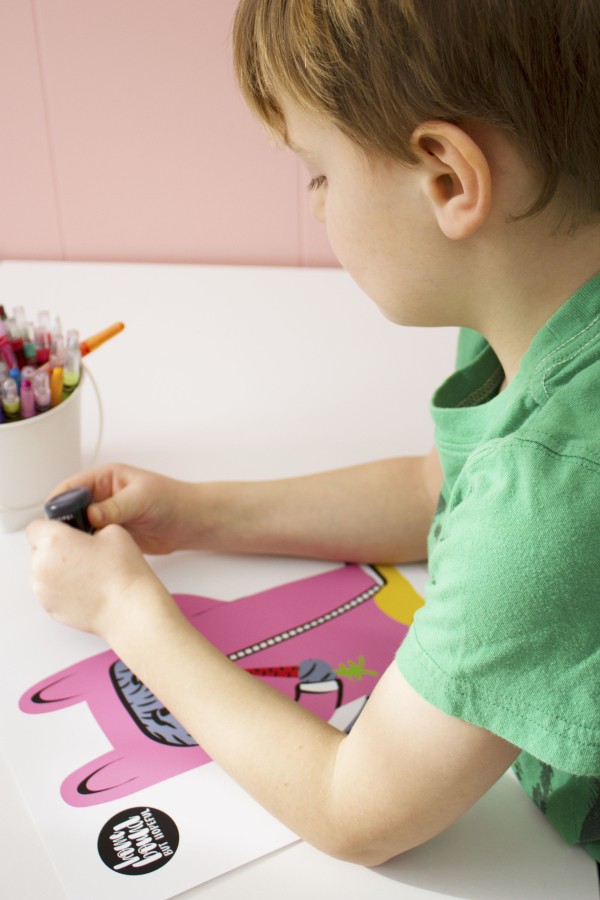
Inspired by OHora’s use of varying lines to create texture and interest, I created a free printable to encourage some fine motor work that doesn’t feel like work. I have included 2 free printable options for you to choose from. One is an entirely black and white illustration I created of Wolfie, perfect for kids to color before moving on to the squeezing task. The second option shows Wolfie in full color, great for days when you don’t have as much time, or if you happen to have a very reluctant colorer (#thebigone has some stubborn days, I can relate). When ready, your kids can use glitter glue or puffy paint to add dimension (while strengthening those hands & fingers) to whatever lines they would like. You could also use just plain school glue if you wanted- it won’t add color, since it dries clear, but would still add some dimension, and give hands that beneficial work out.
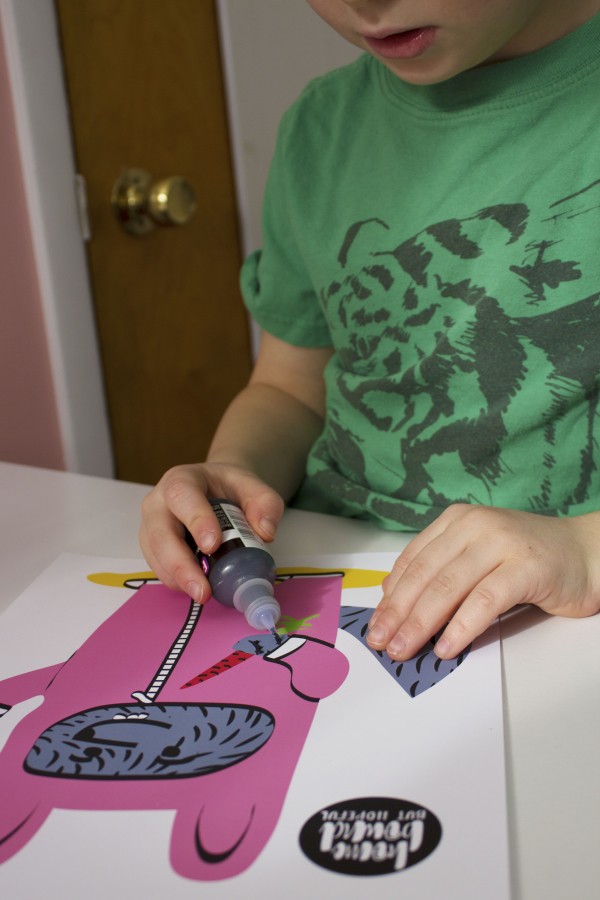
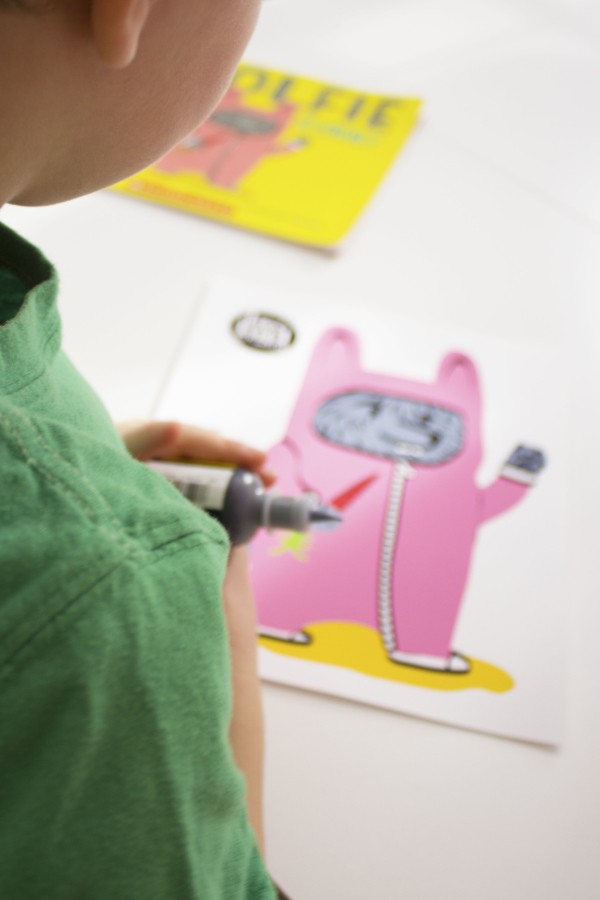
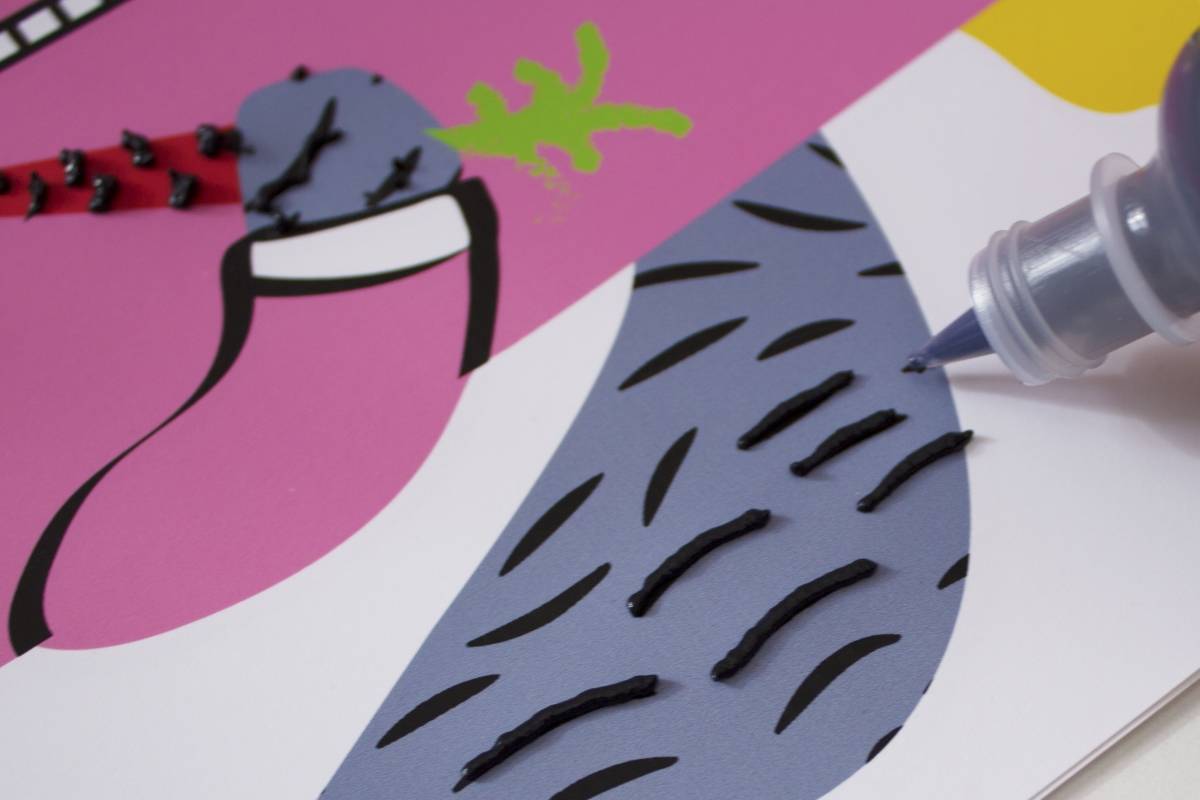
PRINTABLES!
What are your favorite ways to help kids develop the basic skills they need to come strong writers? I would love to hear about them, so please let me know in the comments below!
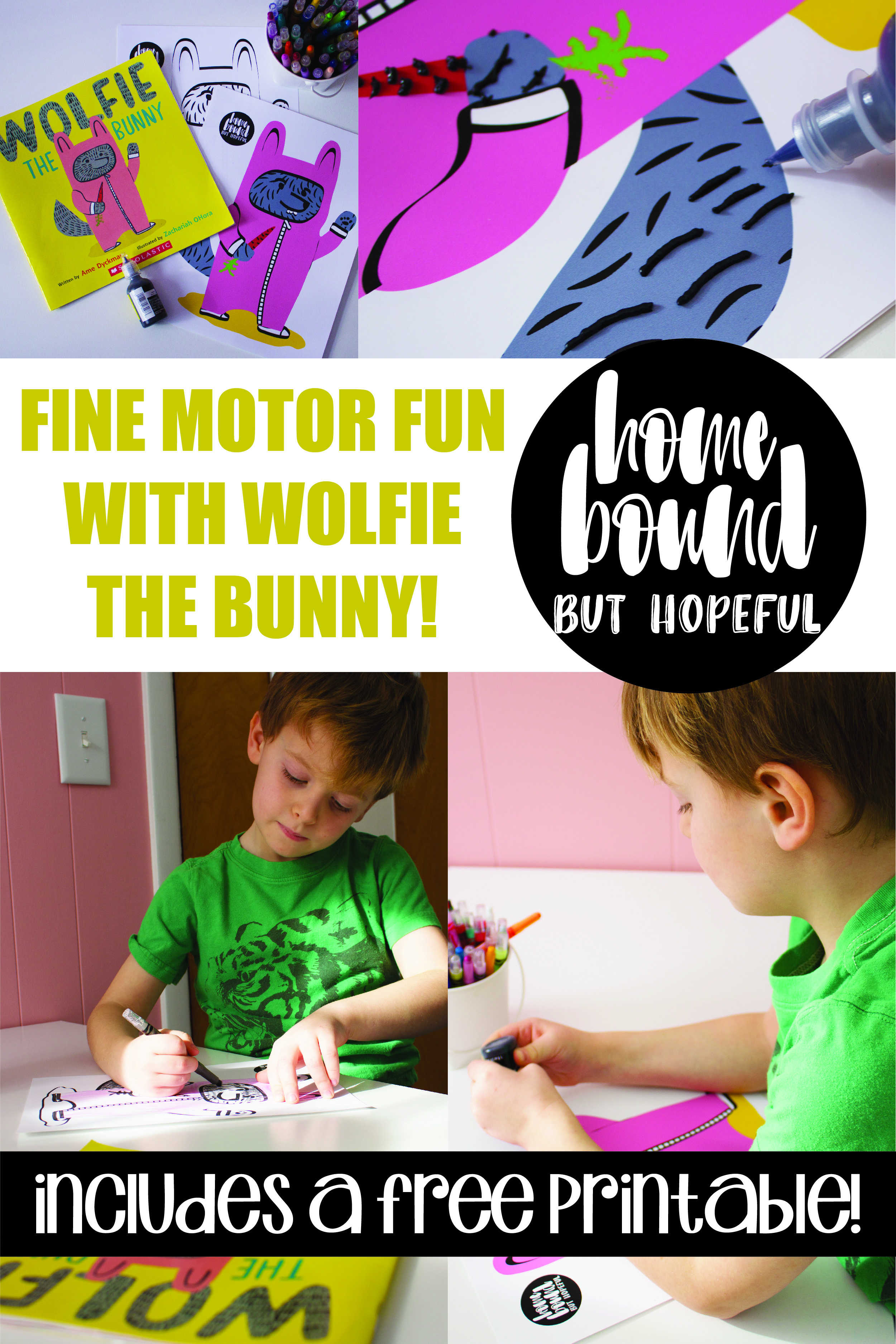
More fun ideas inspired by picture books, perfect for bookworms of all ages- enjoy!
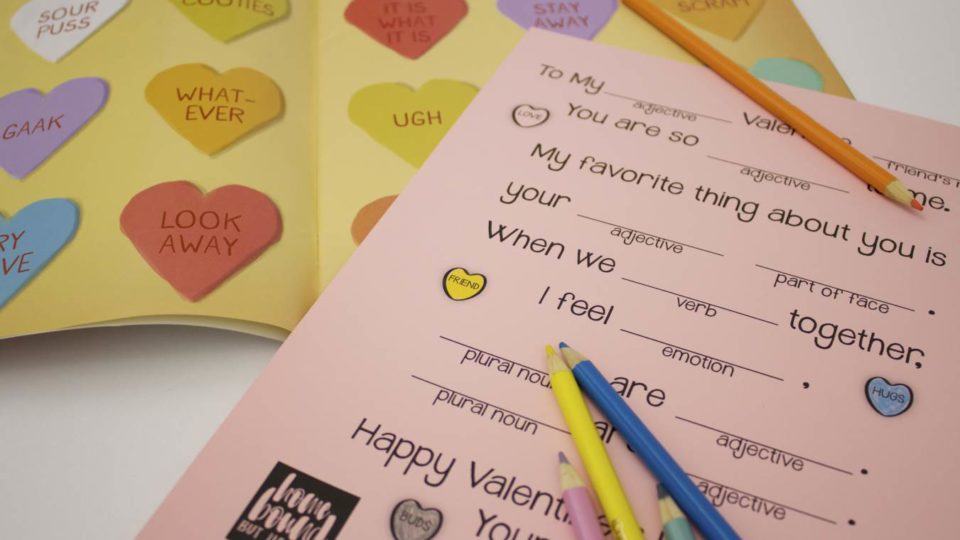
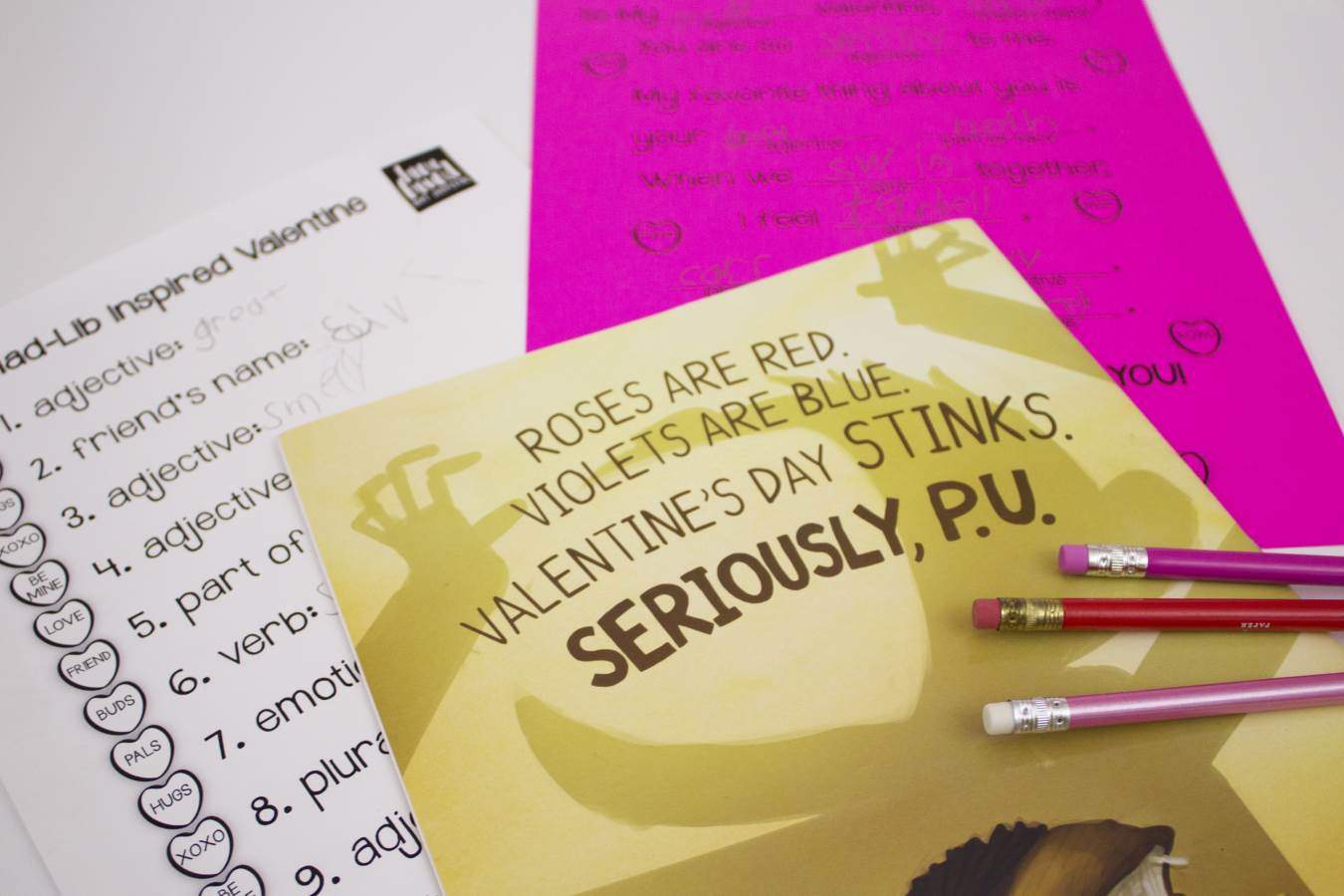
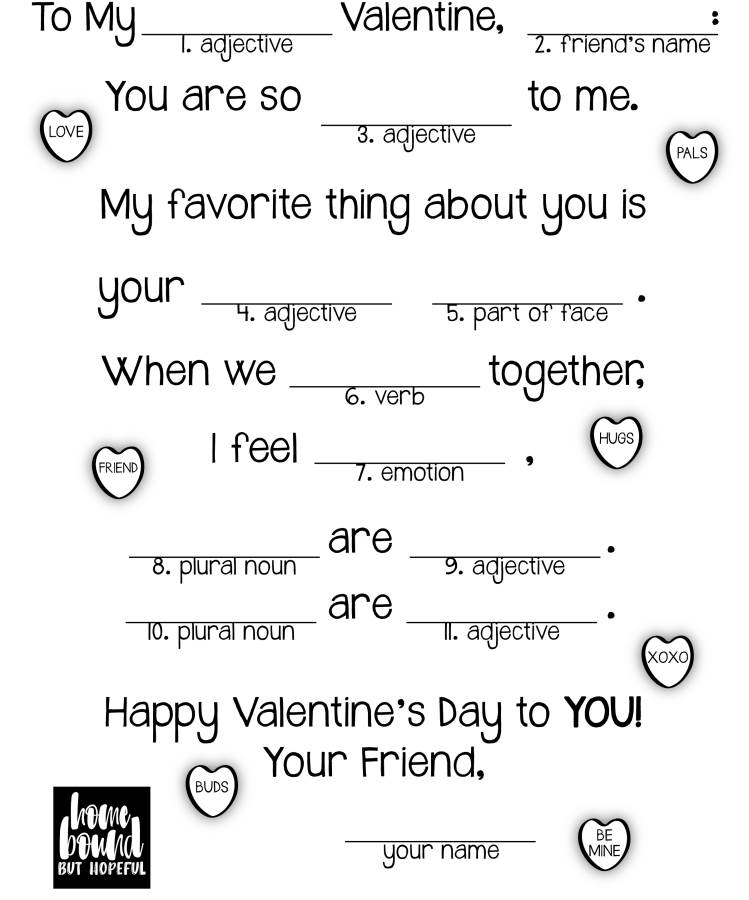
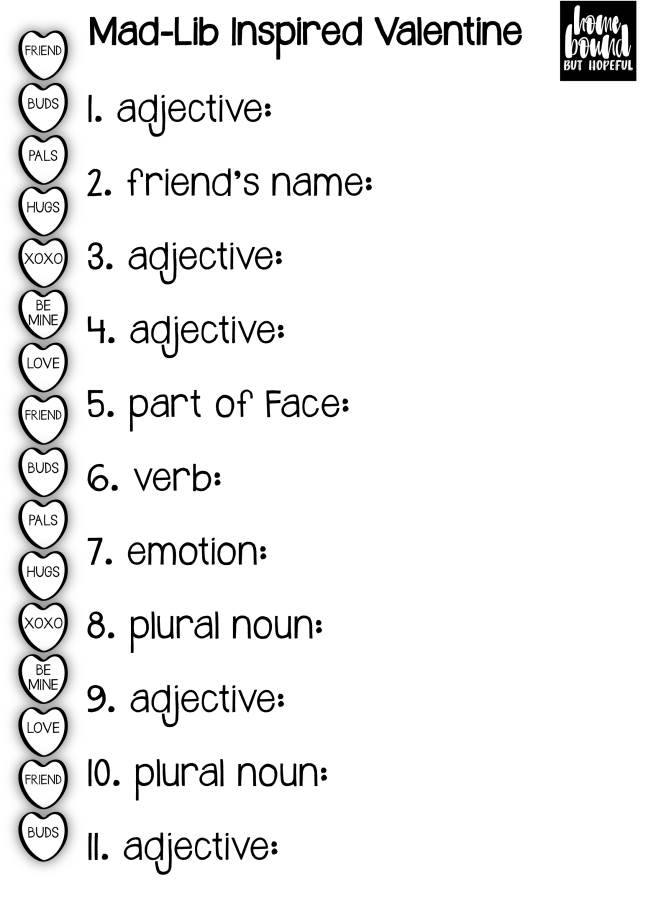





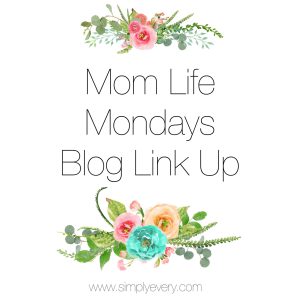
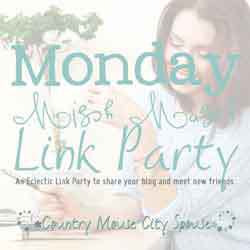
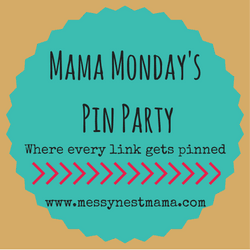

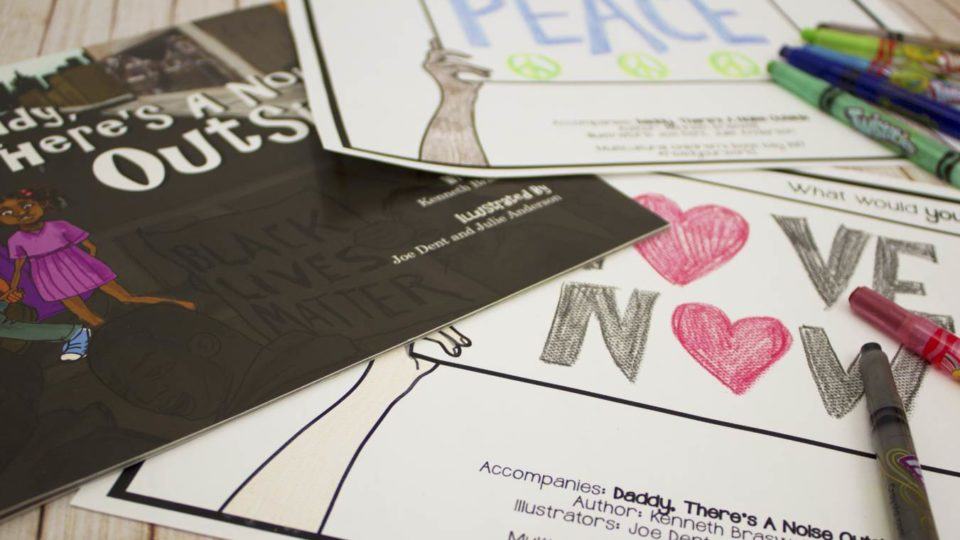
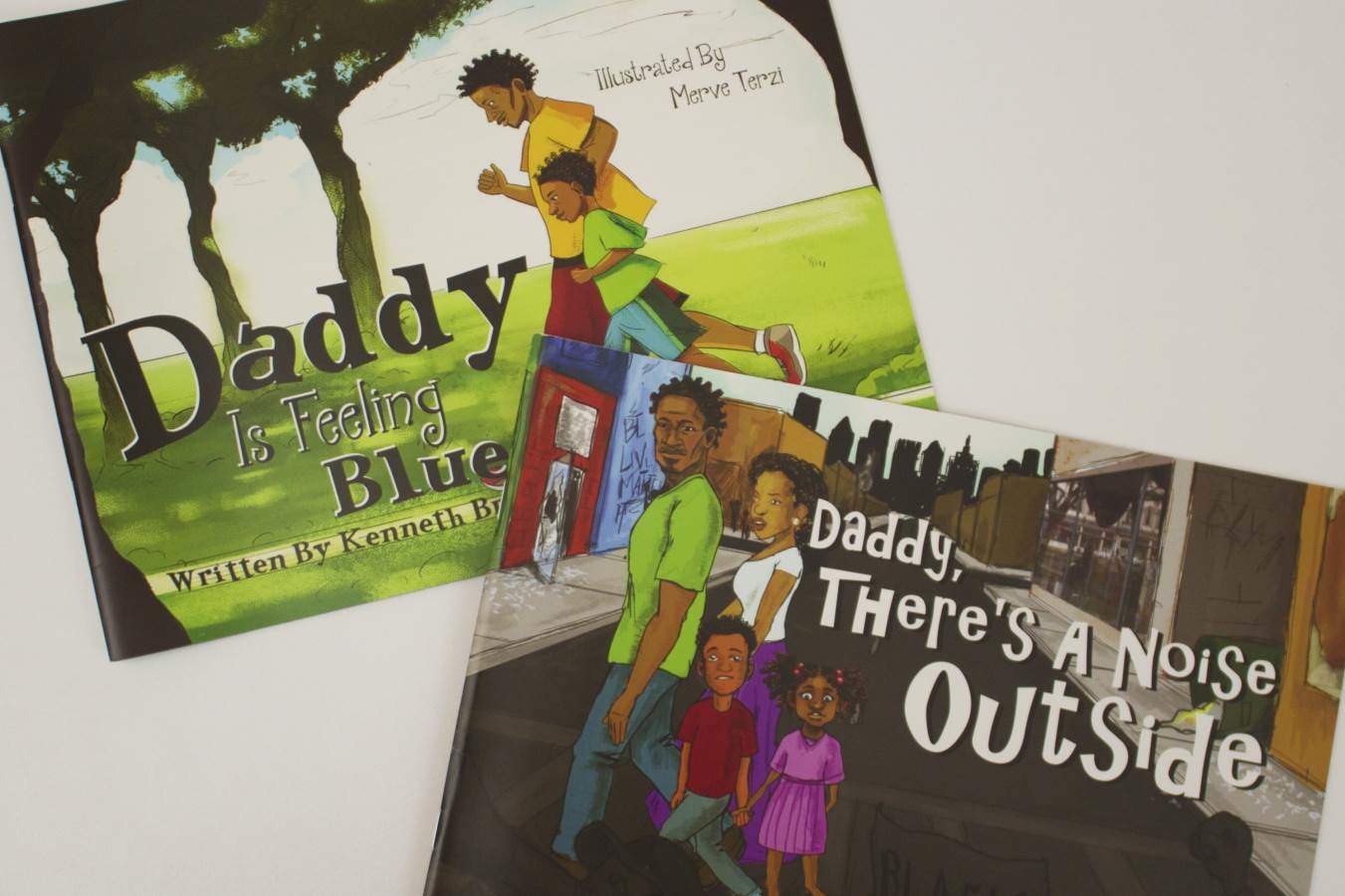


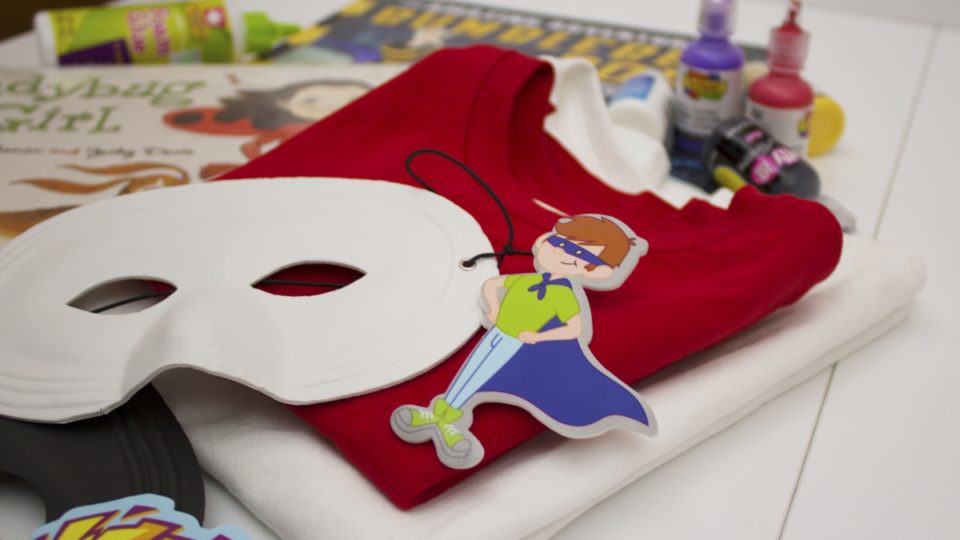
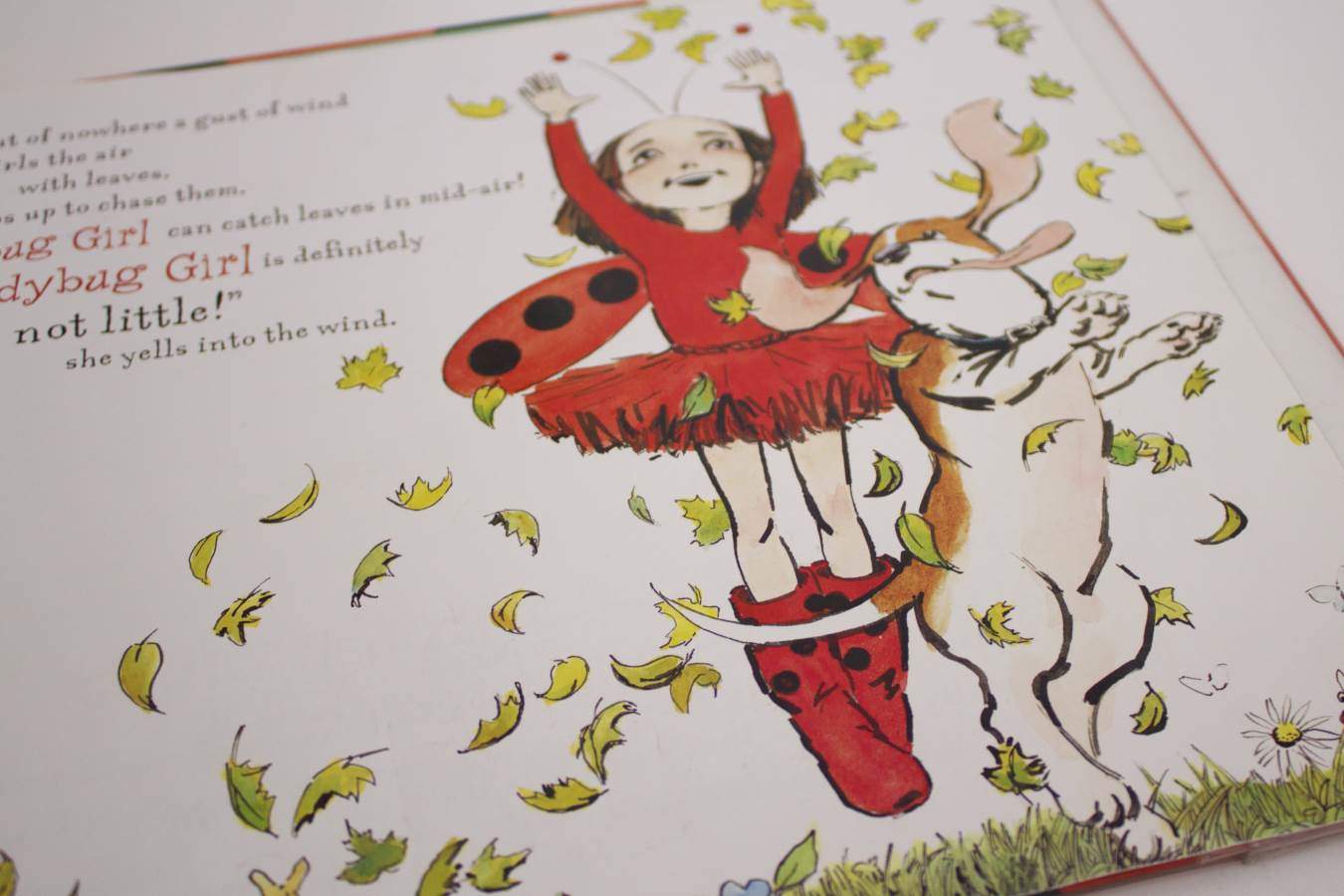
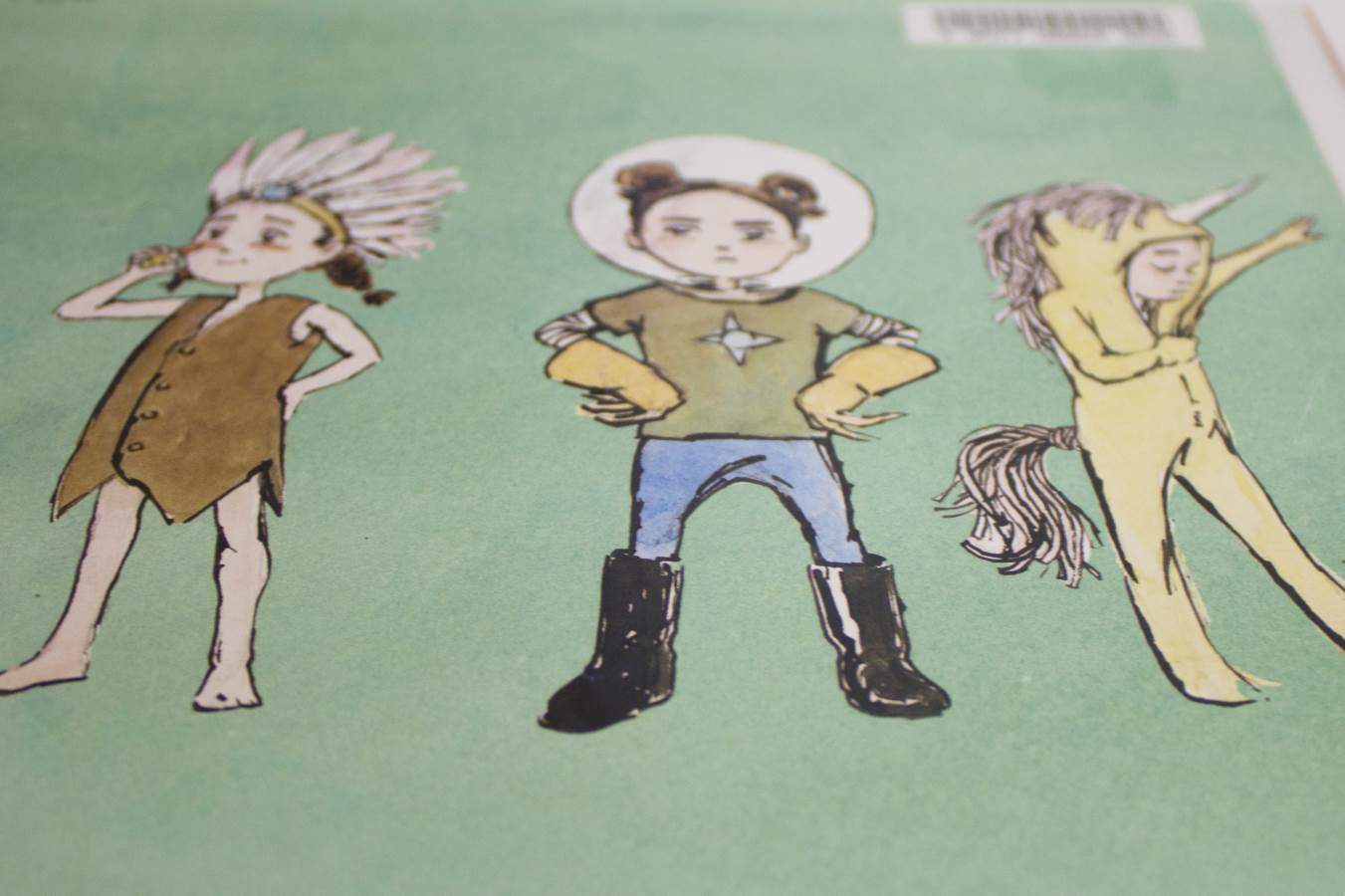
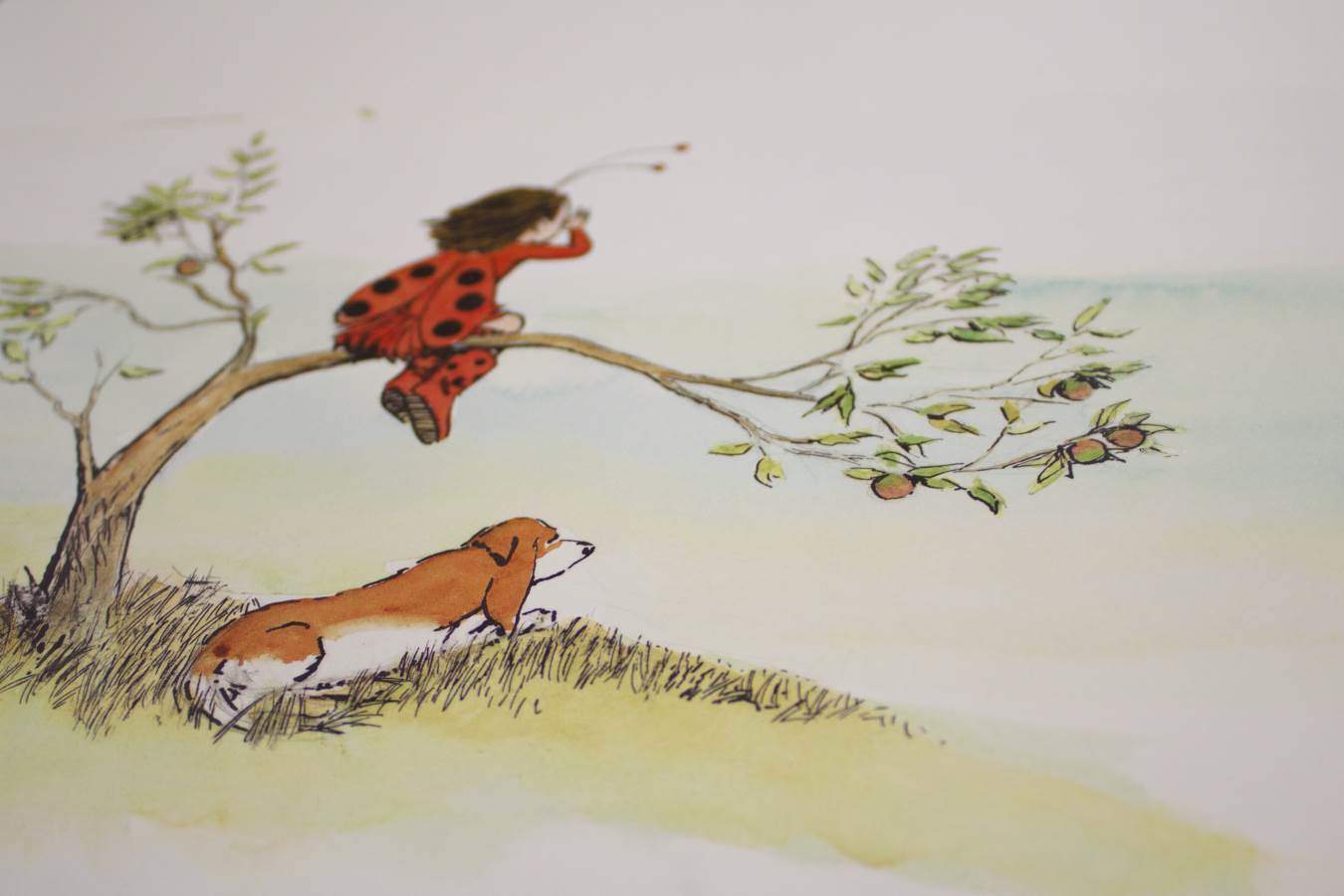



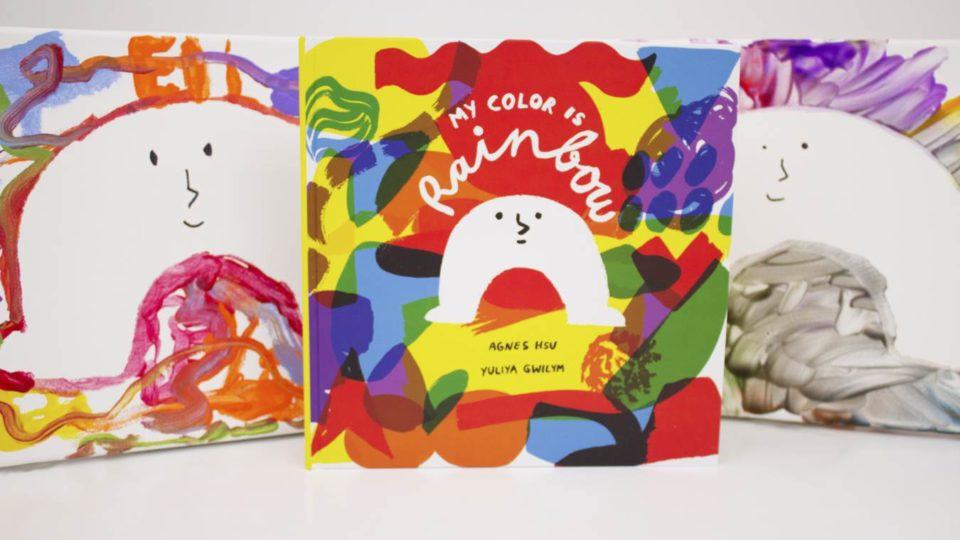
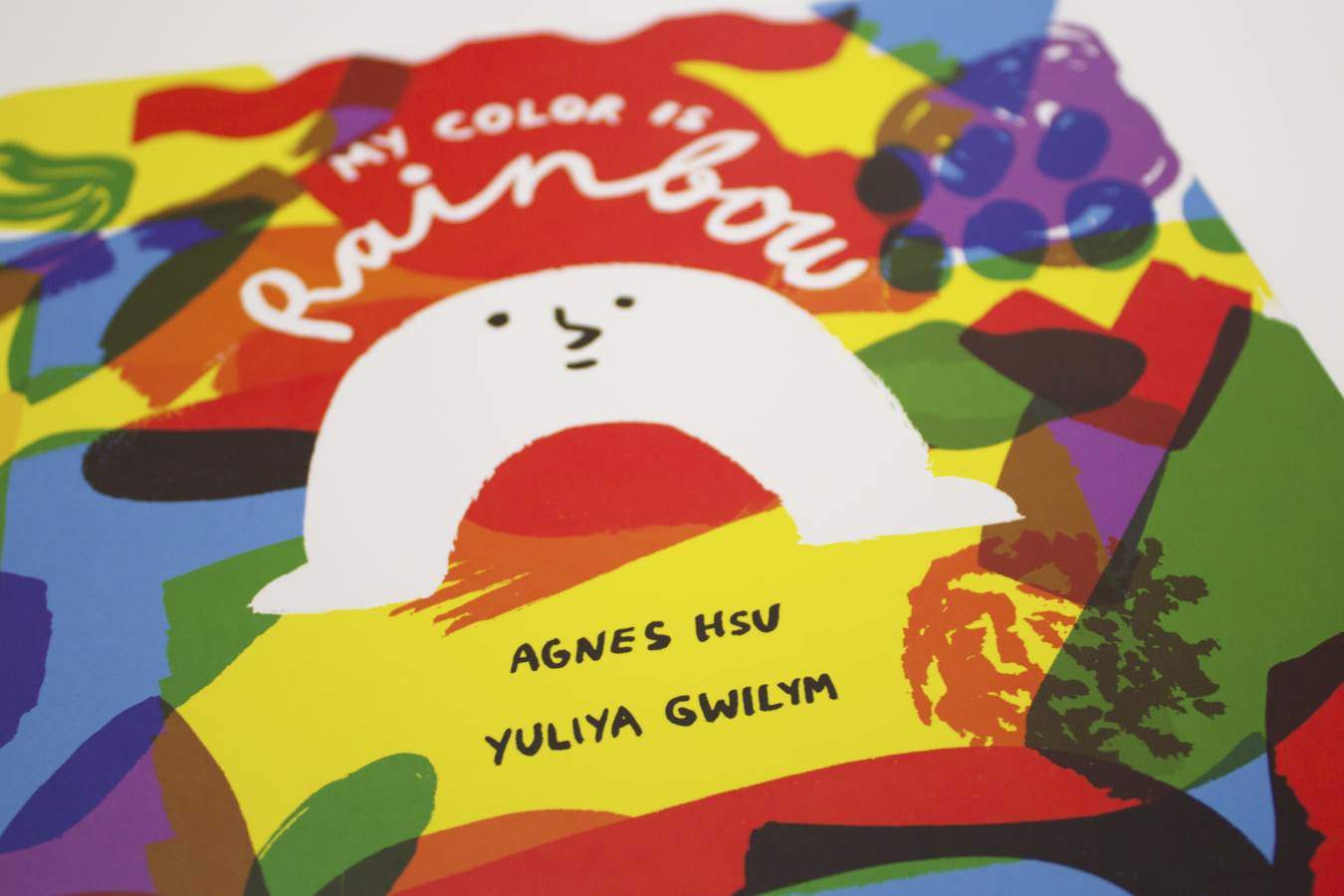
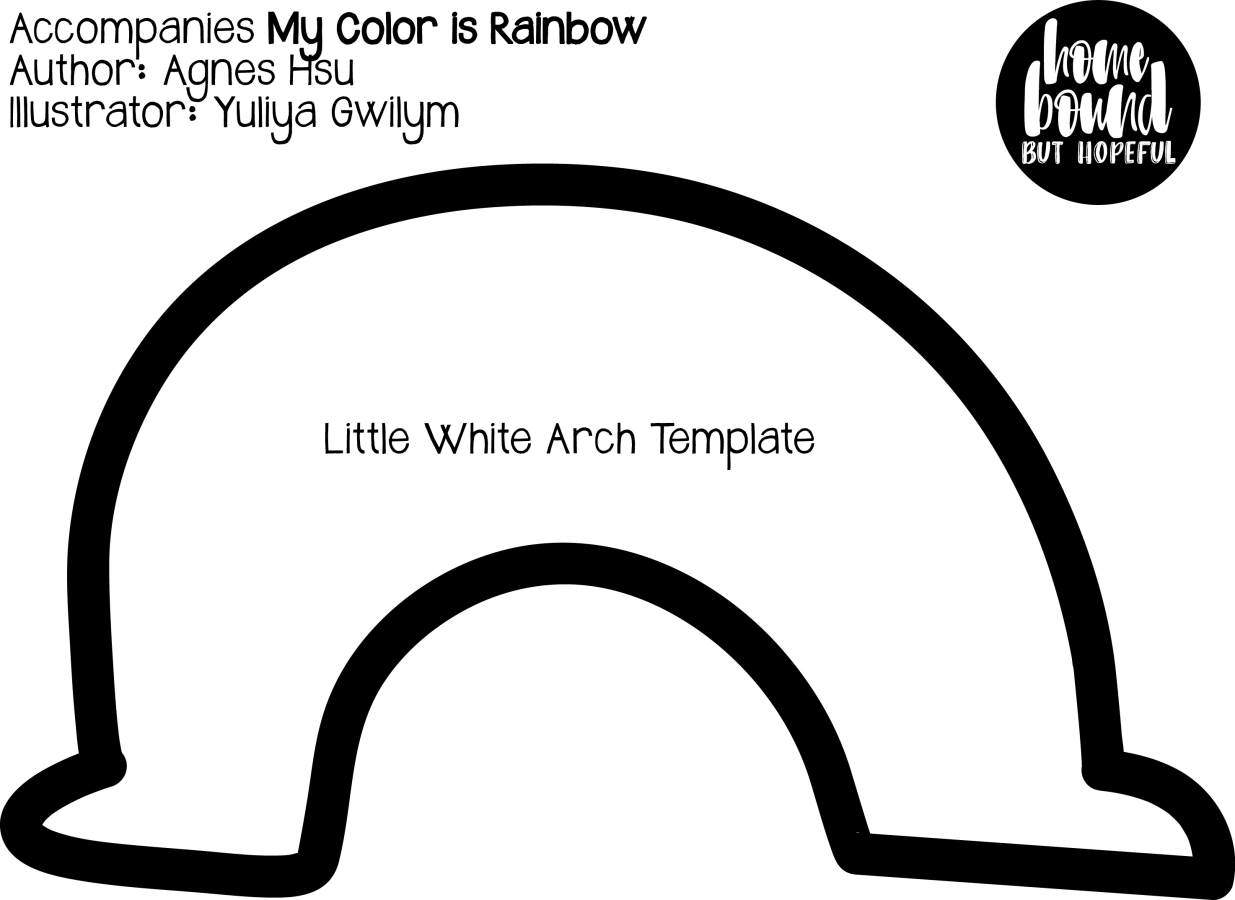
![A Leopard Can’t Change… [Leopardpox! & Arthur’s Chicken Pox]](https://www.homeboundbuthopeful.com/wp-content/uploads/2017/01/IMG_8273-960x540.jpg)
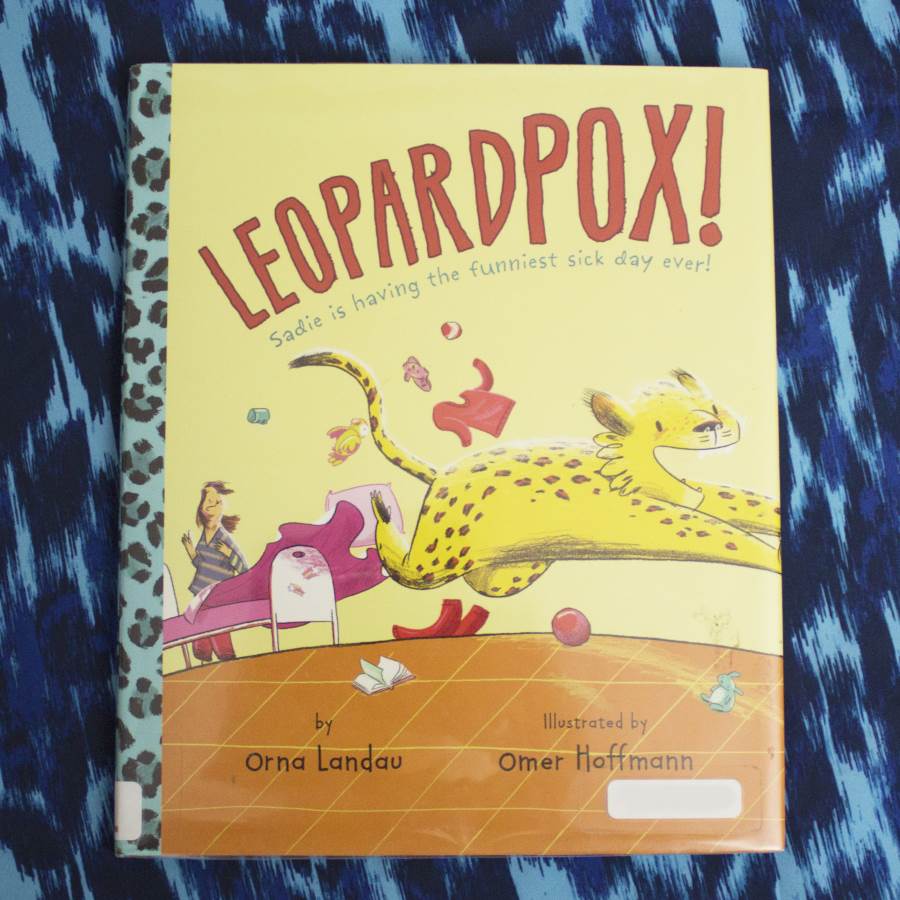
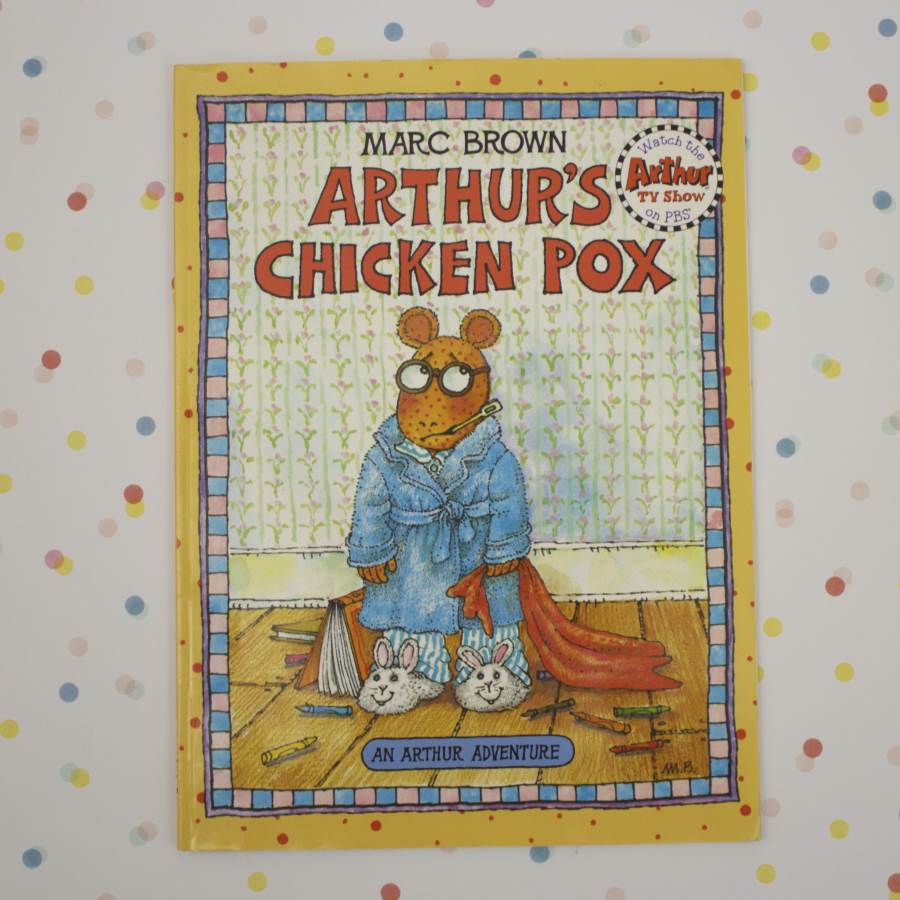
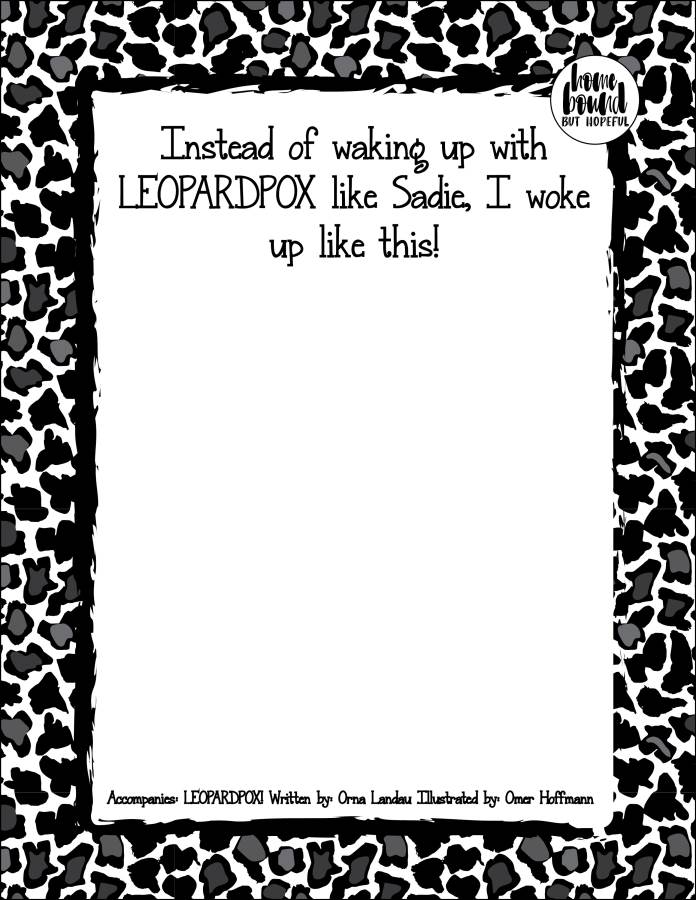
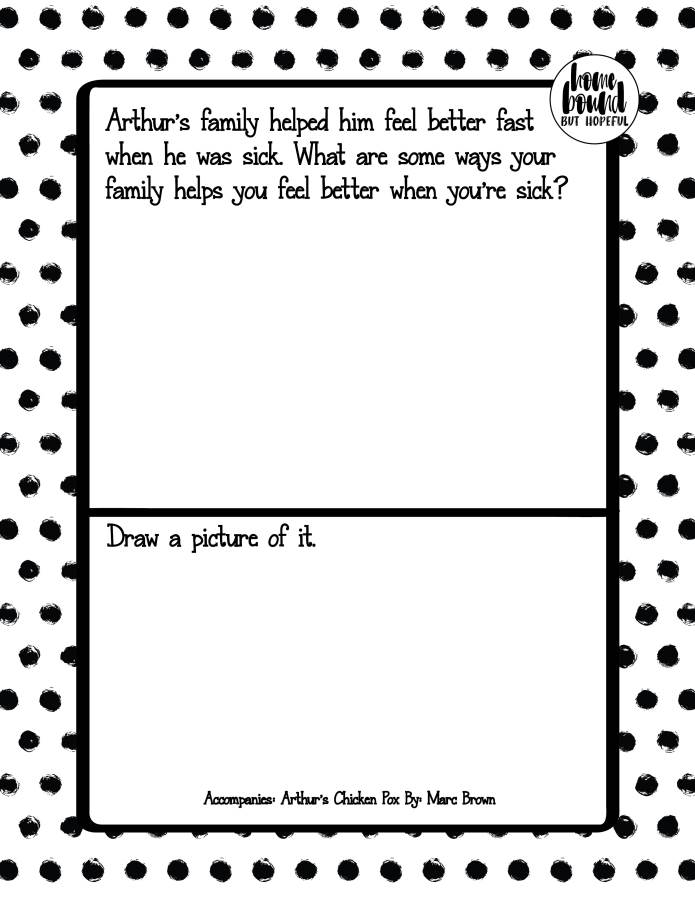



![A Pox On Your House! [Goldie Locks Has Chicken Pox]](https://www.homeboundbuthopeful.com/wp-content/uploads/2017/01/IMG_6584-960x540.jpg)
